Posts Tagged: new hampshire wildlife
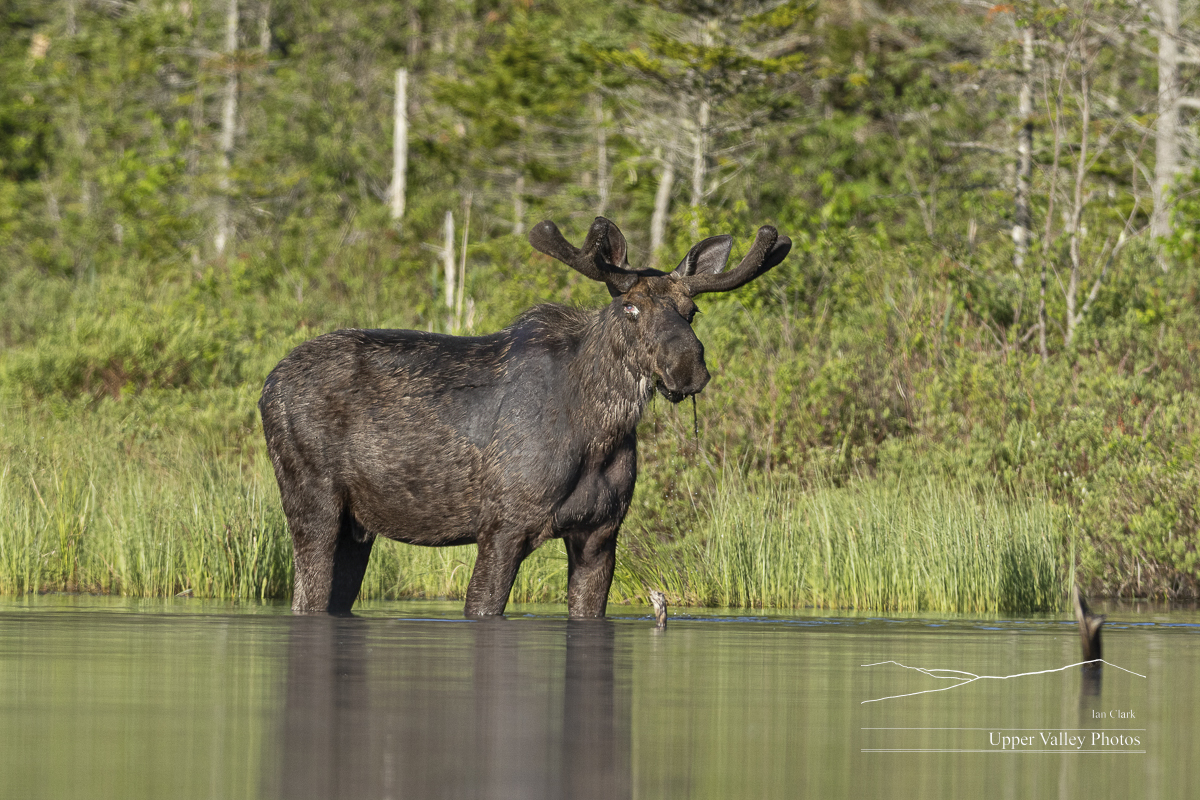
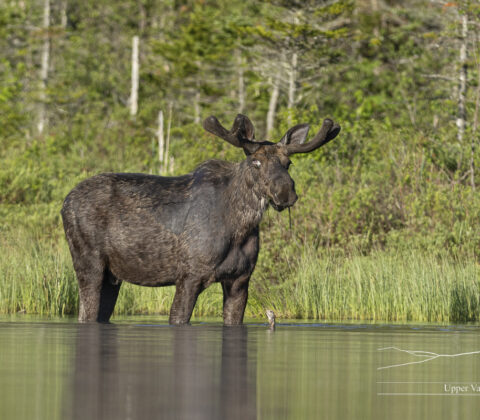
An Update on the Loons’ Ponds
The weather has kept me from getting out the last few days. The Westons should have chicks by now, the Middletons are due momentarily and the Eastons will be on their nest another couple weeks. Let’s see what else has been happening.
The Tenney Memorial Library will host me for my slideshow, An Uncommon Look at the Common Loon on Sunday, June 23, at 2:00 p.m. Free and open to the public.
Before we get to the ponds, take a look at what my game camera caught. This camera was set up in my blind watching one one of the fox dens. Guess I’m glad I took that morning off.
There’s less activity around the ponds. Most songbirds are on their nests or feeding chicks and not out and about to be photographed.
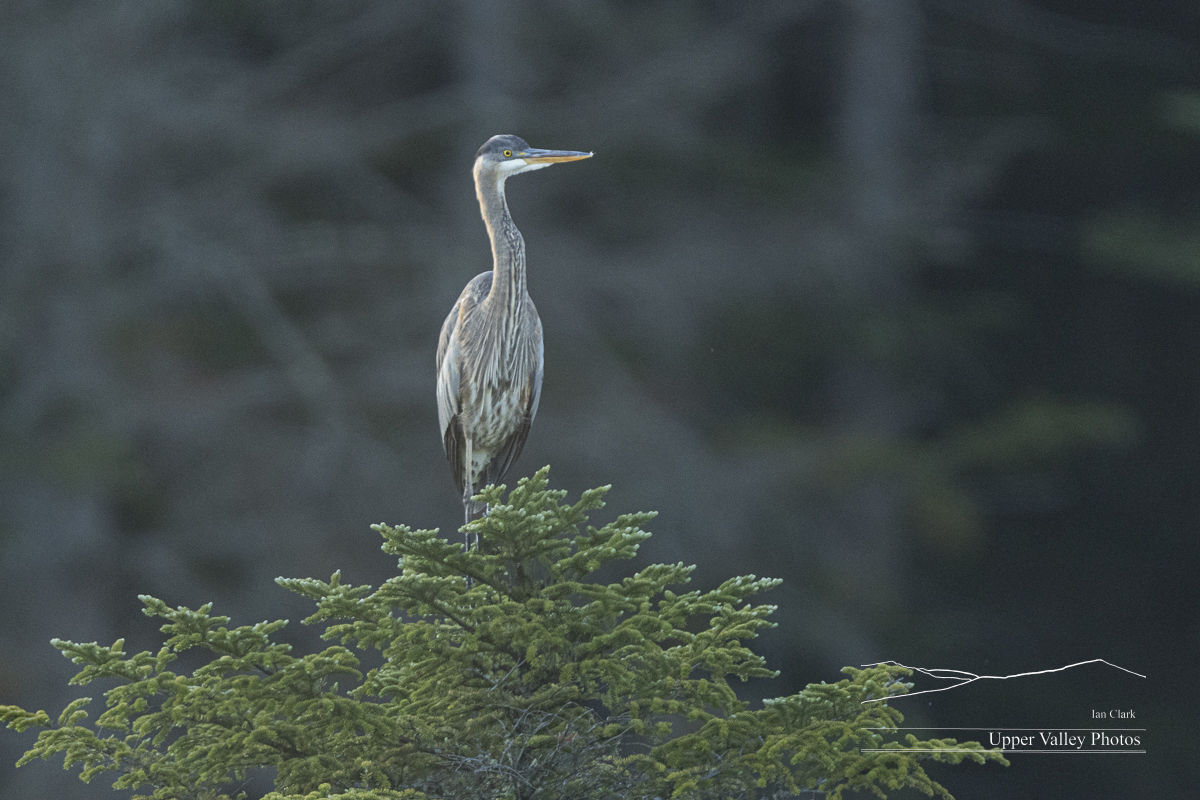
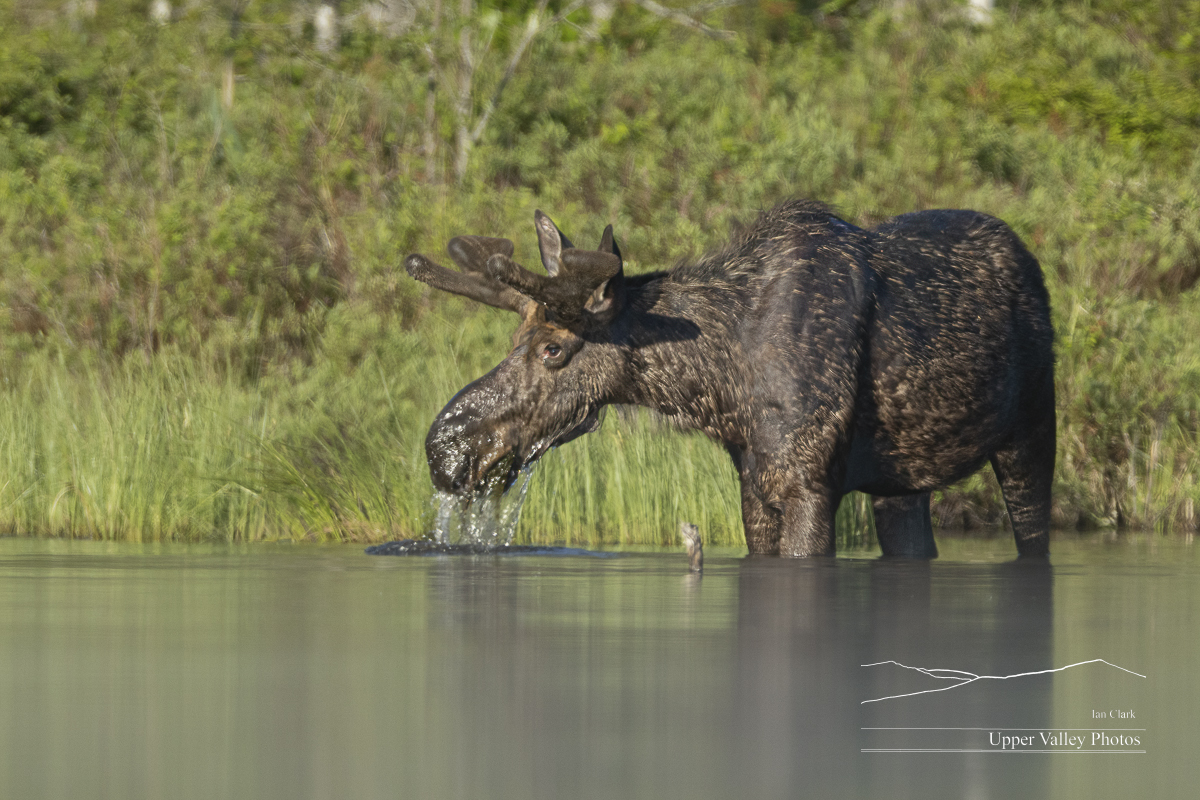

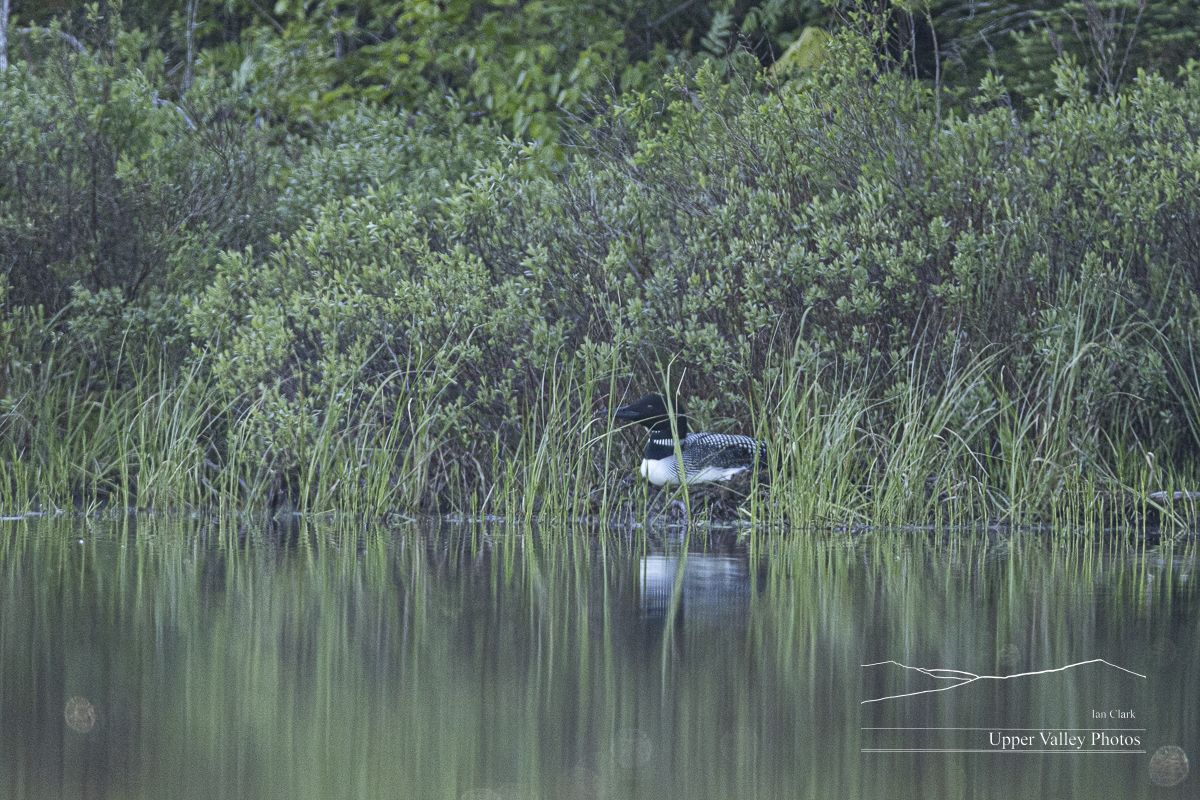
The resident osprey was interested in fishing in the relatively shallow water near the loons’ nest. The off-duty loon seemed to be moving out of the way for the osprey to dive. Professional courtesy or just not wanting to be nearby when the osprey dove? The osprey finally caught breakfast well down the pond.
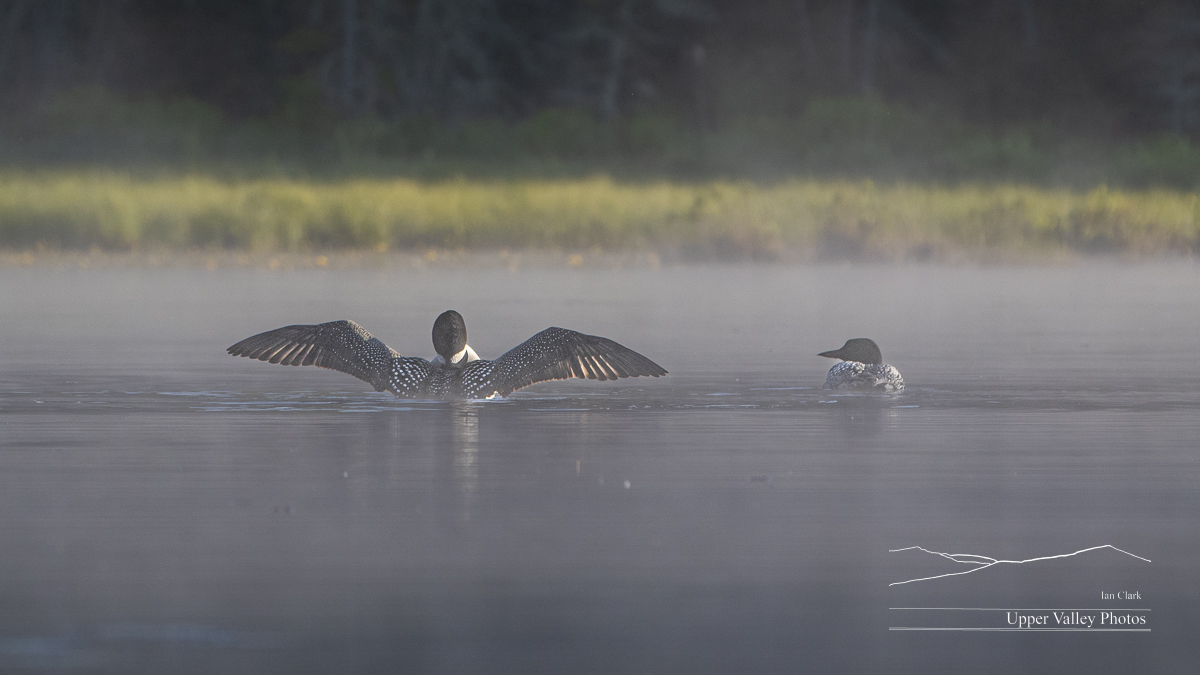
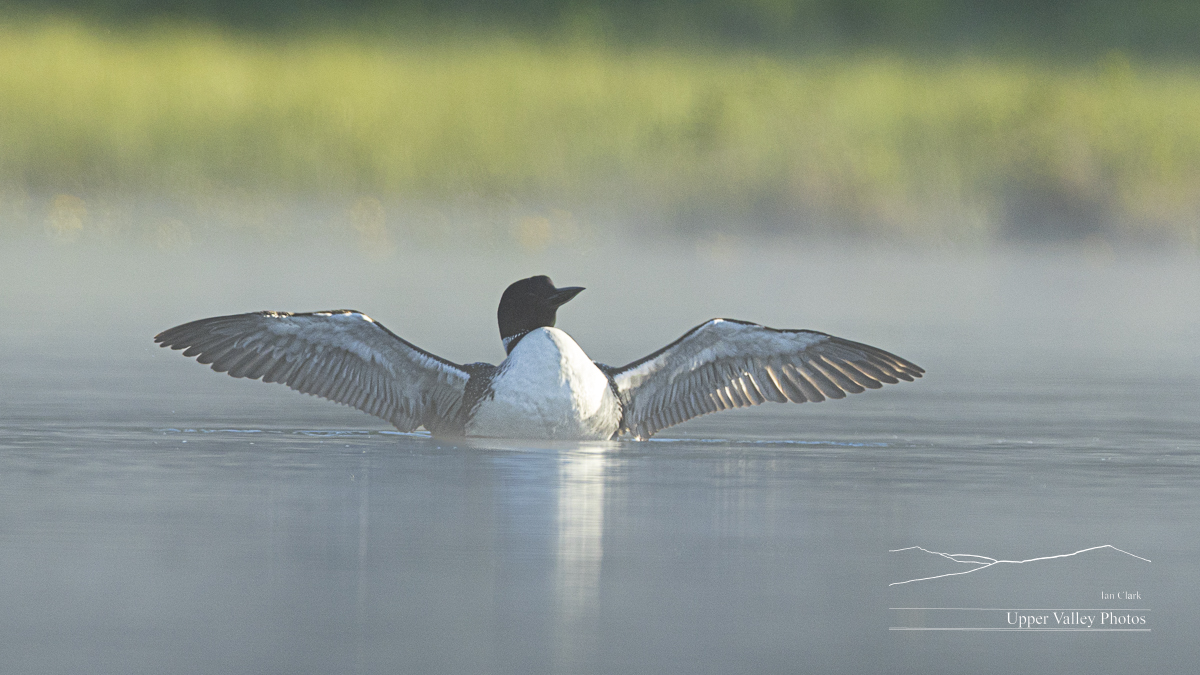
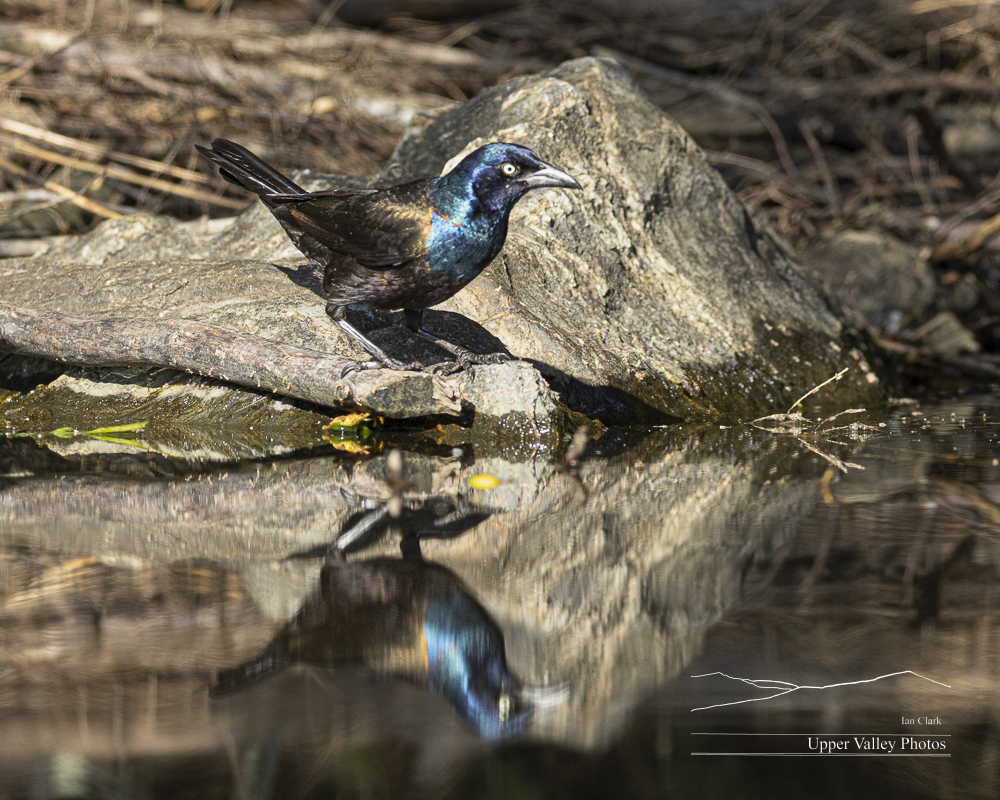
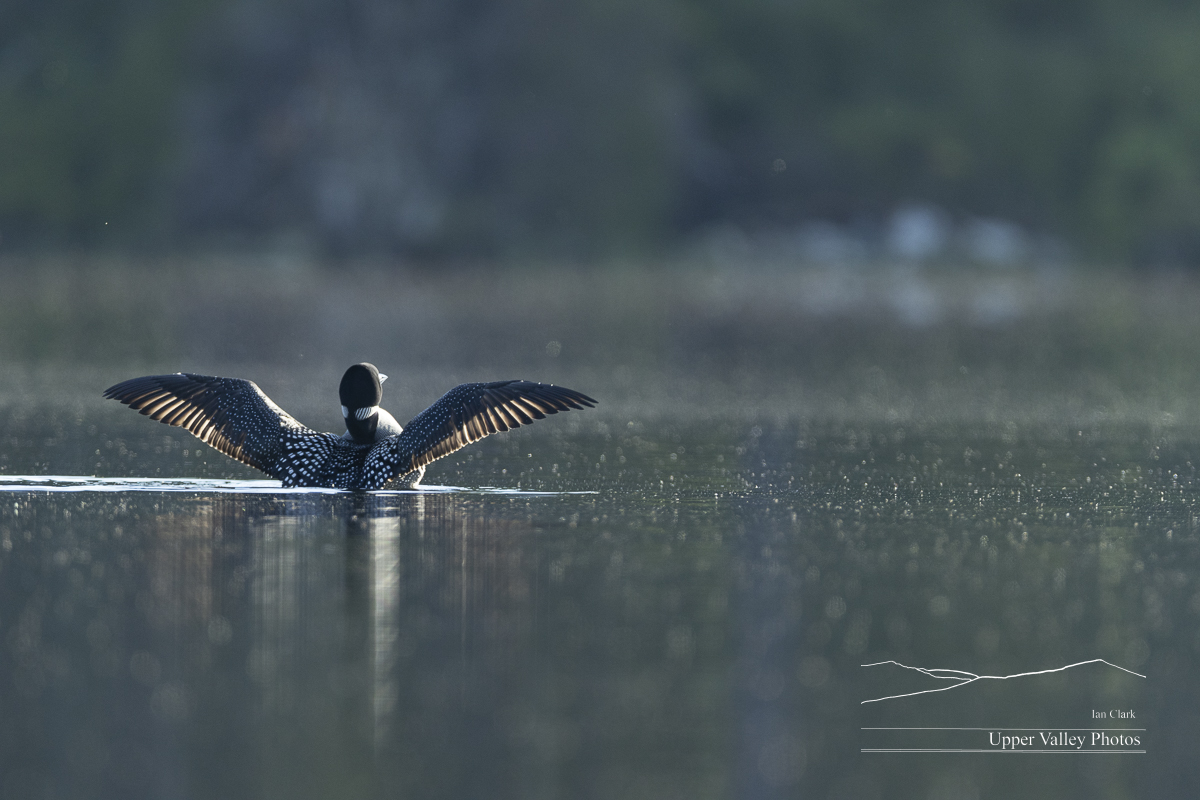
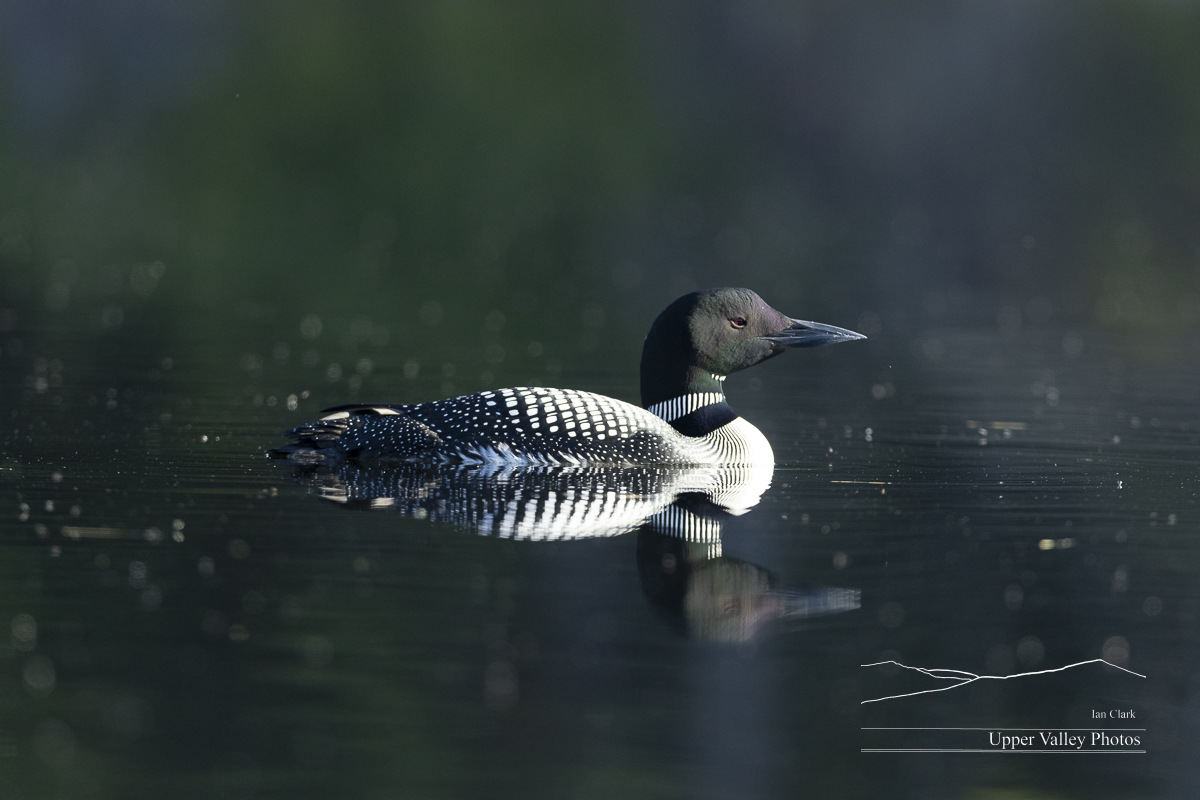
I’ll be out to check on the chicks as soon as the weather breaks. Check back soon to see how they’re doing.
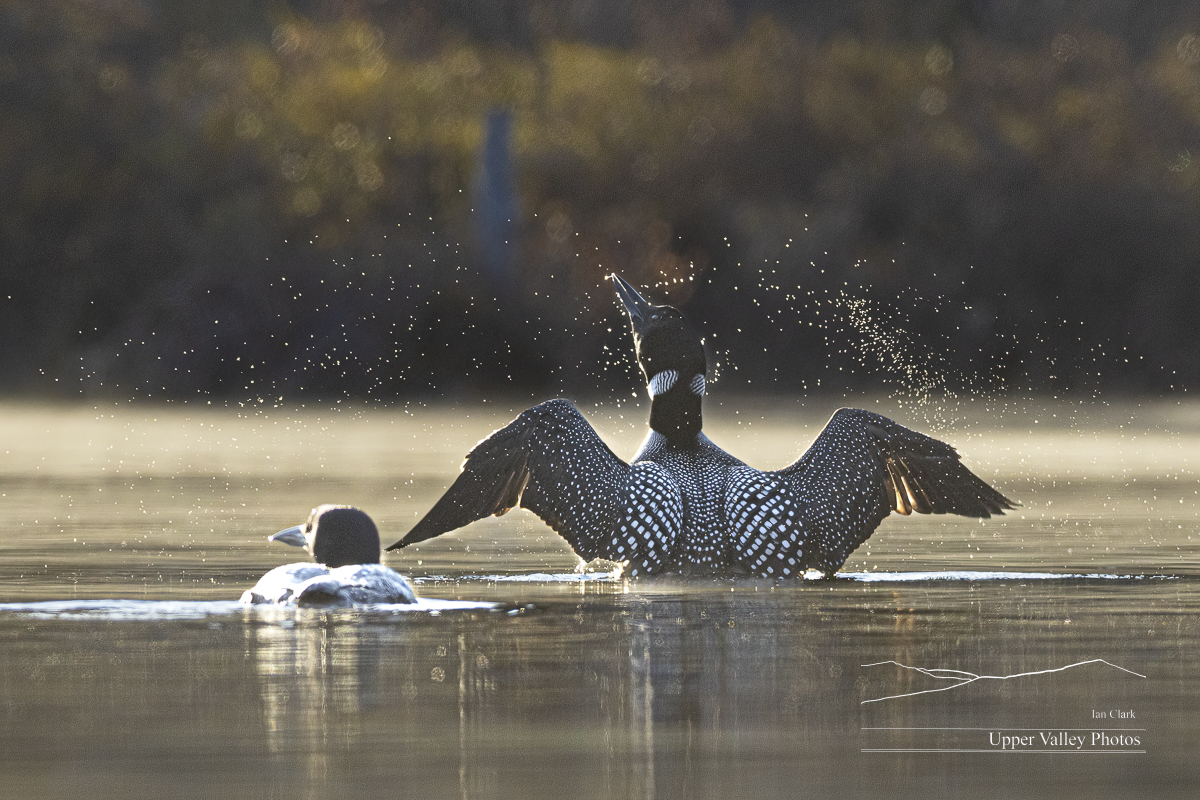

Catching Up with the Usual Suspects
I’ve been able to get out a few times to visit two of the loons’ ponds. The loons are out and about, along with the full cast of the usual suspects.
The Vermont Institute of Natural Science in Quechee is hosting my exhibit of loon prints through the end of July. There will be a reception where I show my slideshow, An Uncommon Look at the Common Loon, on Saturday, May 11 at 3 p.m. There are more details at https://vinsweb.org/event/artist-exhibition-ian-clark/ and https://www.facebook.com/events/454025283855444.
And, I’ll be presenting An Uncommon Loon again at the Lakes Region Art Association Gallery in Laconia, NH at 6 p.m. on May 20. The talk hasn’t been posted on their site yet, but details about the Association are at https://lraanh.org/.
Do you have critters around? While I do a lot of scouting on my own, tips for finding critters are always appreciated. I’m always looking for mammals, if you’ve got bobcats, coyotes, fishers or bears that show up more than once, I’d love a chance to photograph them. I’m also looking for owls, woodpecker nests and scarlet tanagers along with rarer species that may not visit feeders regularly. Places where I can come and go early in the morning or late in the evening without disturbing you or the critters are best.
And now, the critters. Here’s a skunk that doesn’t seem to appreciate my trail camera.
Last Friday, I caught up with some volunteers from the Loon Preservation Committee (LPC)
as they deployed their loon nesting platform on Post Pond in Lyme, NH.
Nesting platforms have been a huge success in helping restore the loon population. The LPC put out their first platform in 1977. Since then LPC volunteers and staff have floated loon nesting rafts on New Hampshire lakes 1,685 times – not including this year. Nesting loon pairs have used these rafts 917 times, and hatched 976 chicks on the platforms – an incredible one in four chicks hatched in New Hampshire. You can learn more about LPC at www.loon.org – and check out their loon cam watching a nest in the Lakes Region at https://loon.org/looncam/. Sign up for their newsletter to keep up with New Hampshire’s loons. Vermonter’s loons get assistance from the Vermont Center for Ecostudies, check out their site, https://vtecostudies.org/
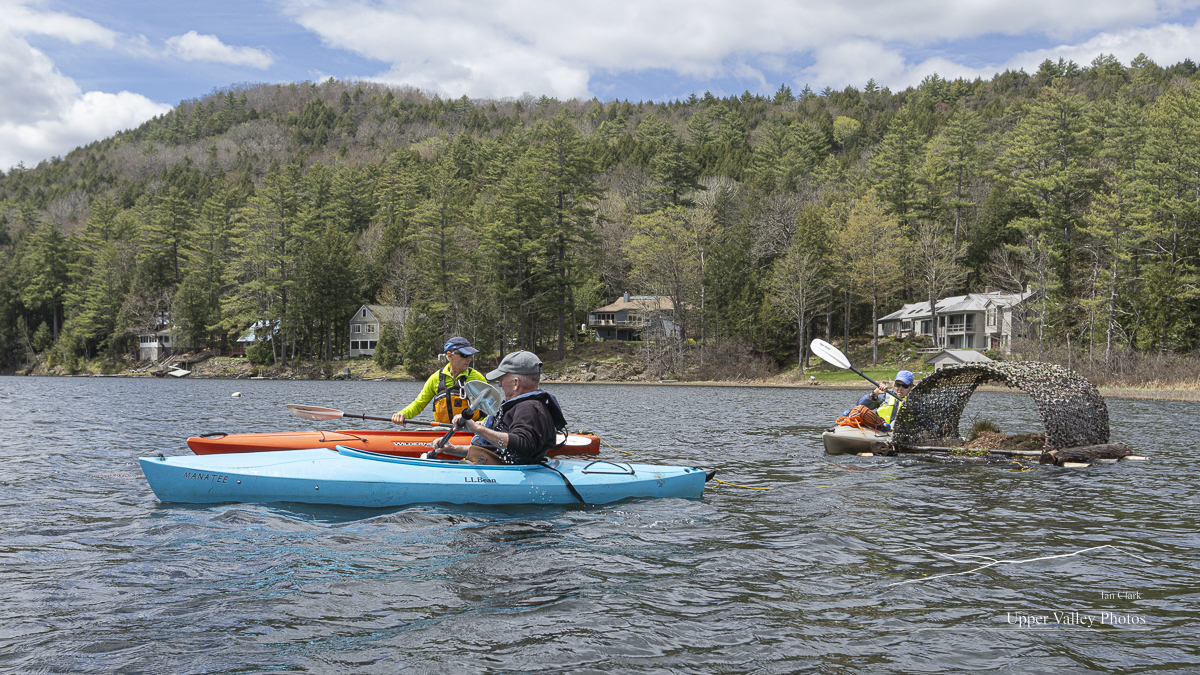
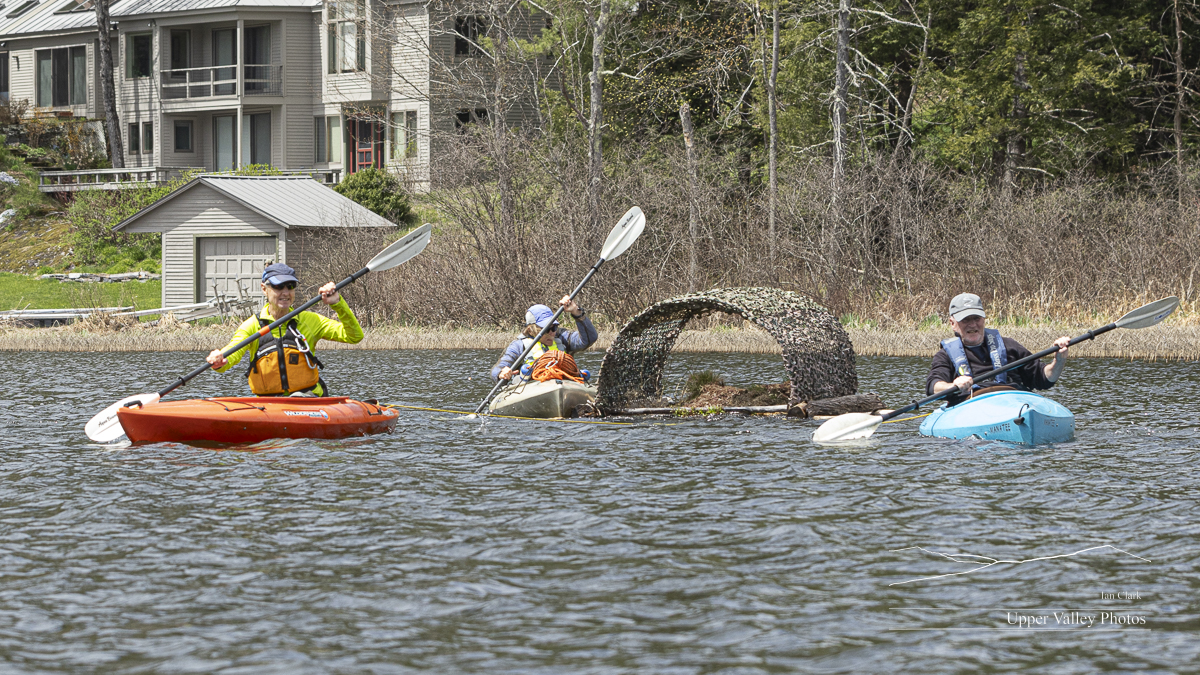
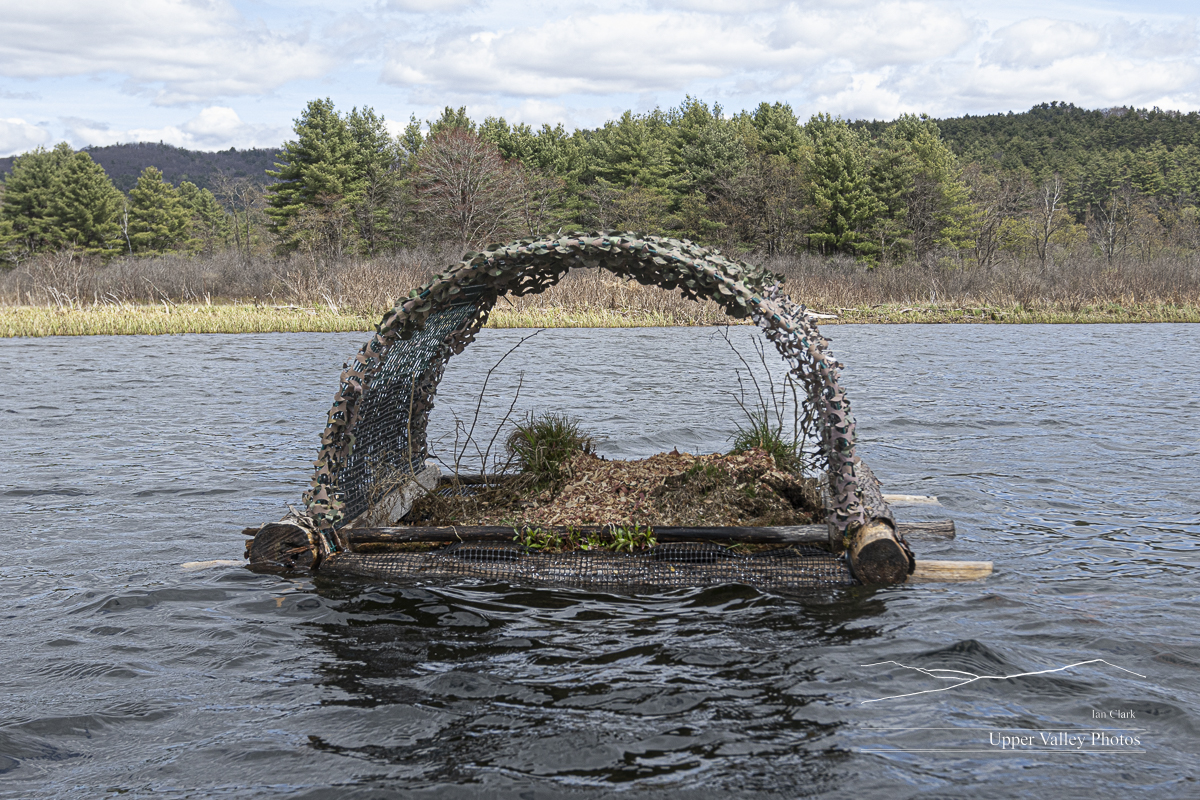
On April 23, I made it out to check in with the Westons. (For new readers, to give the loons some privacy, I named the loons on the pond to my east the Eastons. The loons to my west are the Westons, and the pond in the middle hosts the Middletons.)

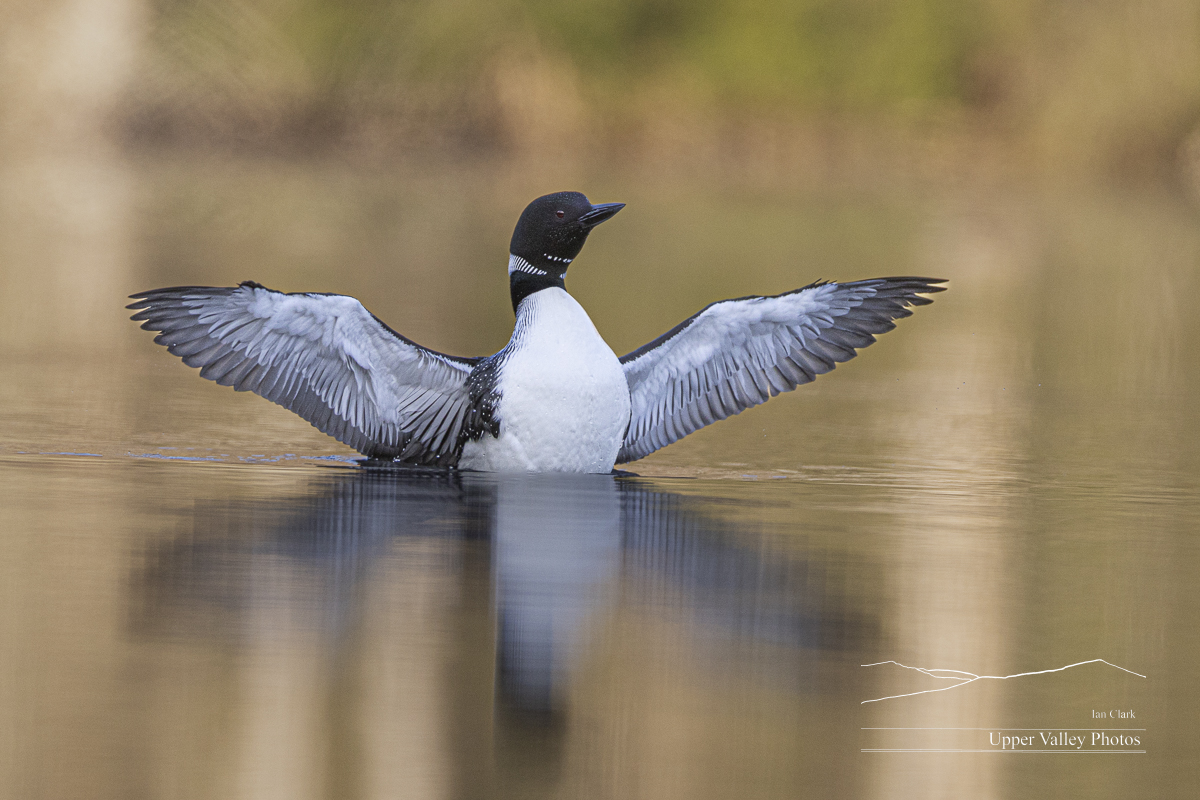
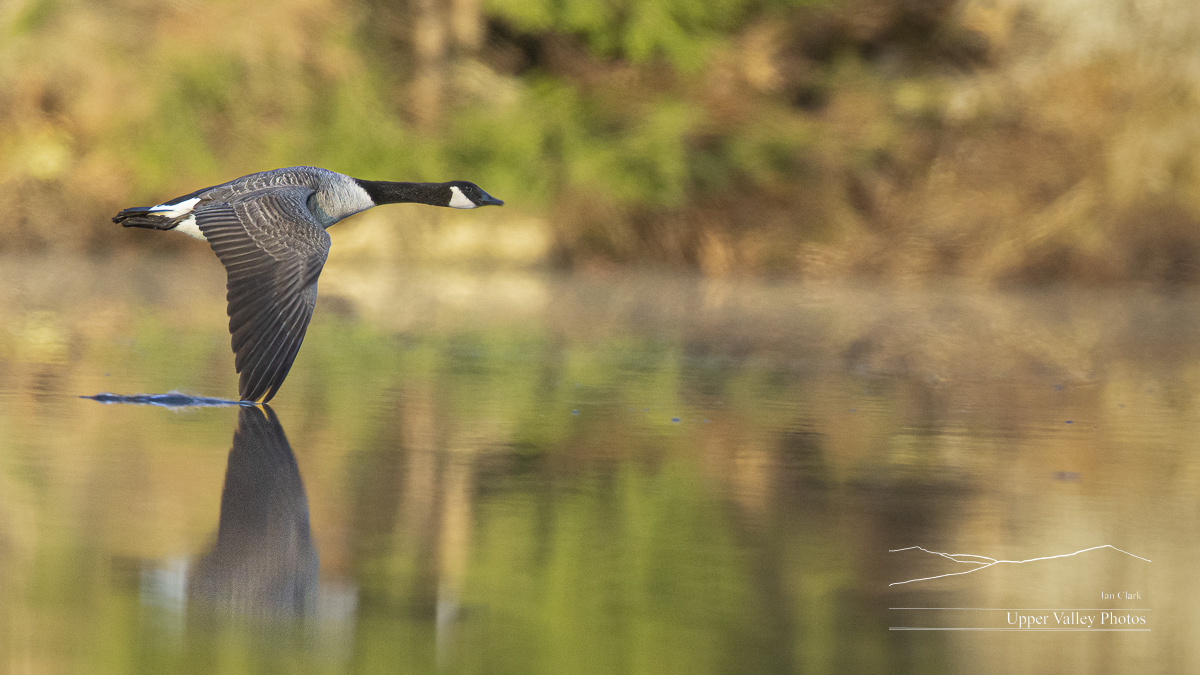
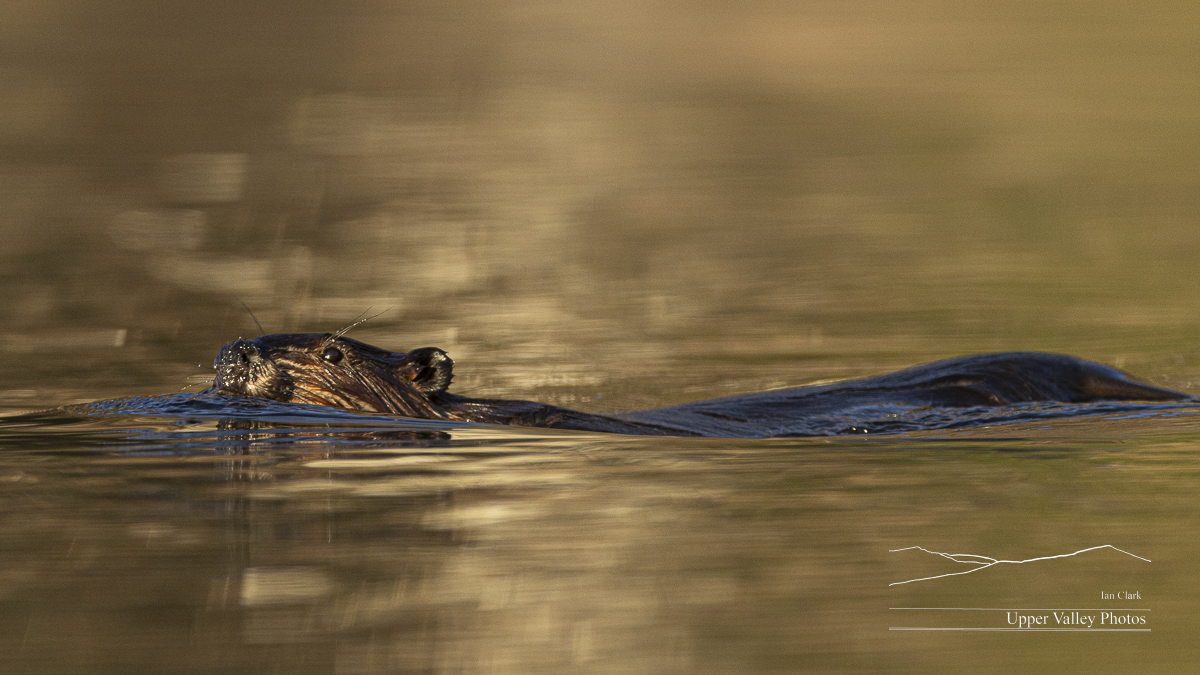
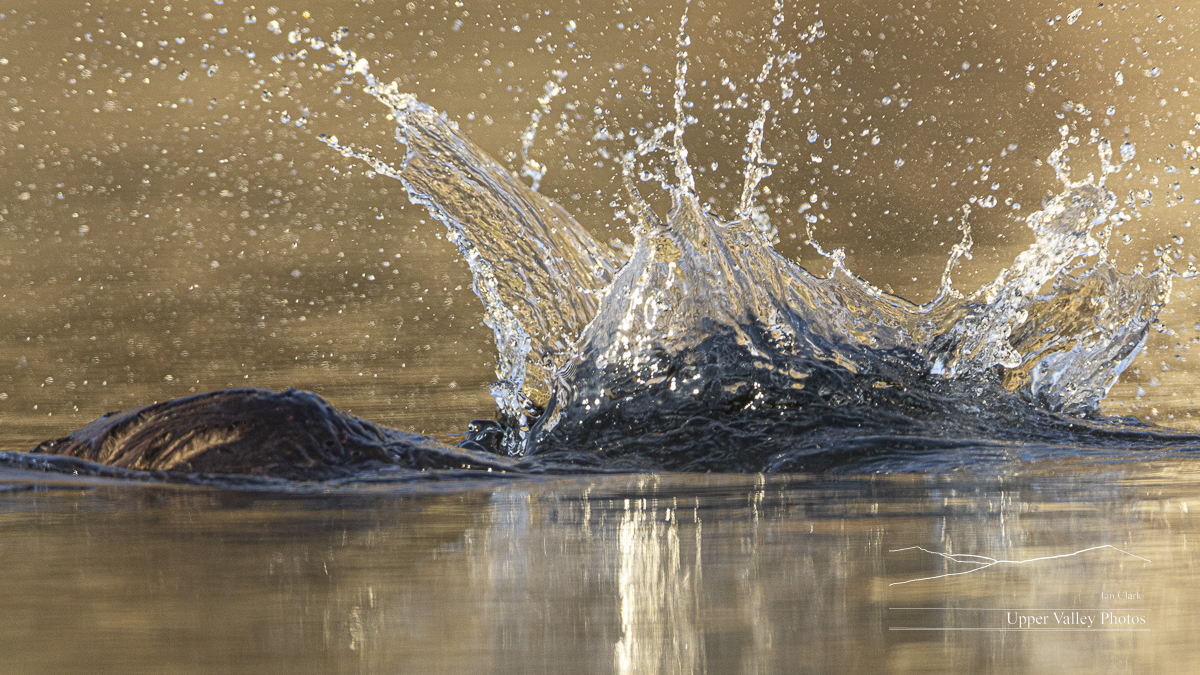
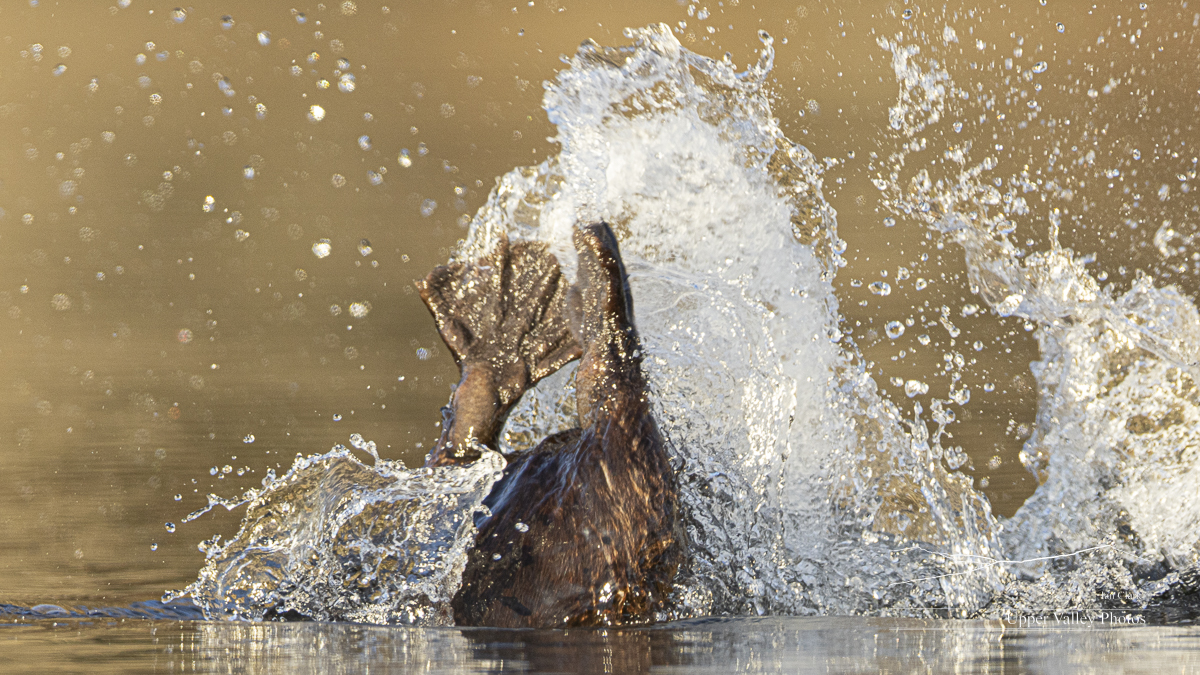
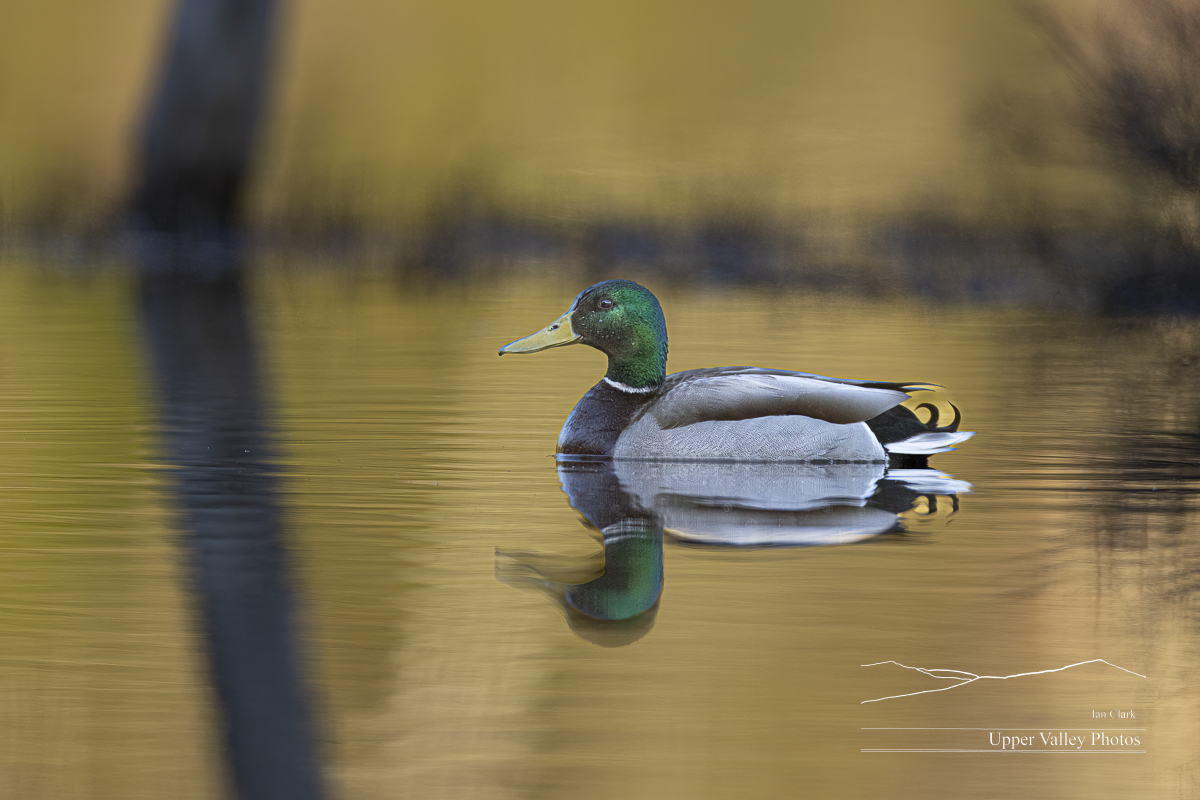
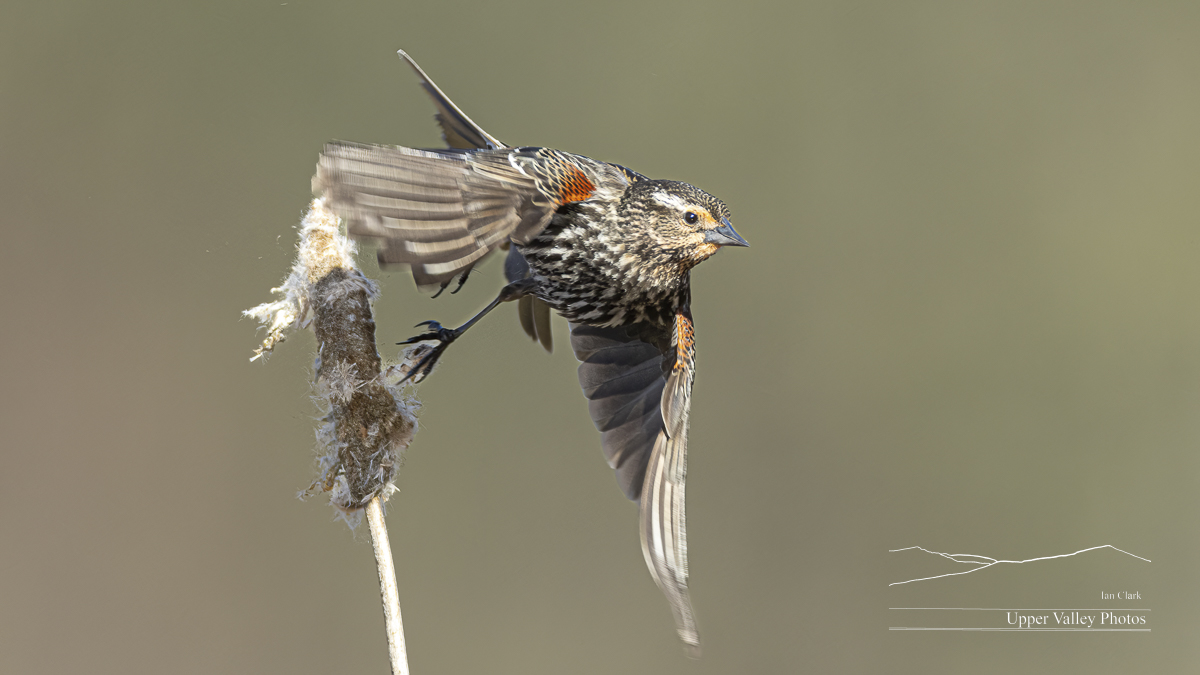
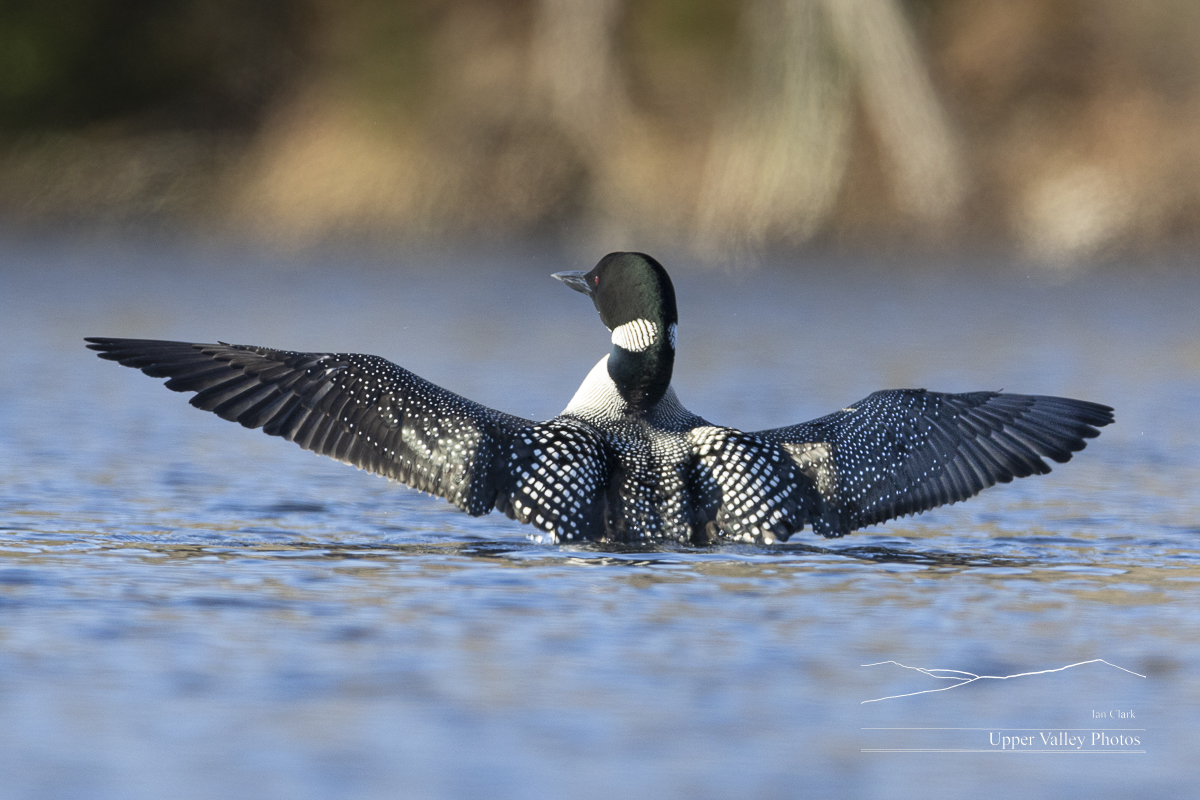
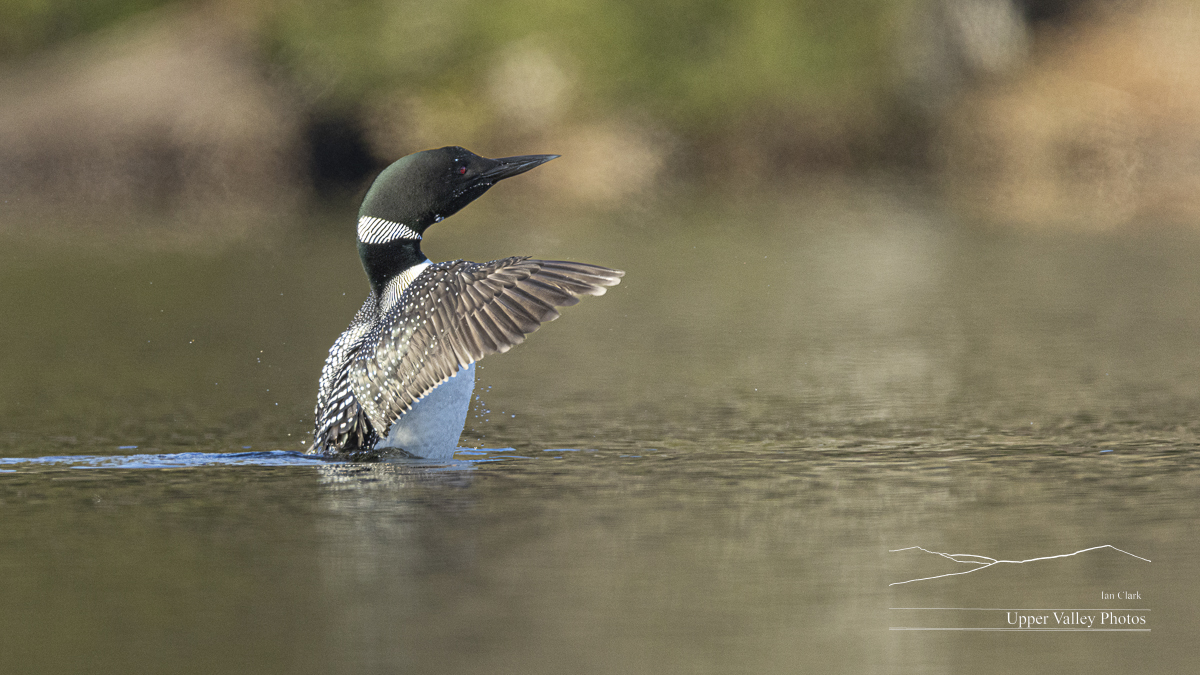
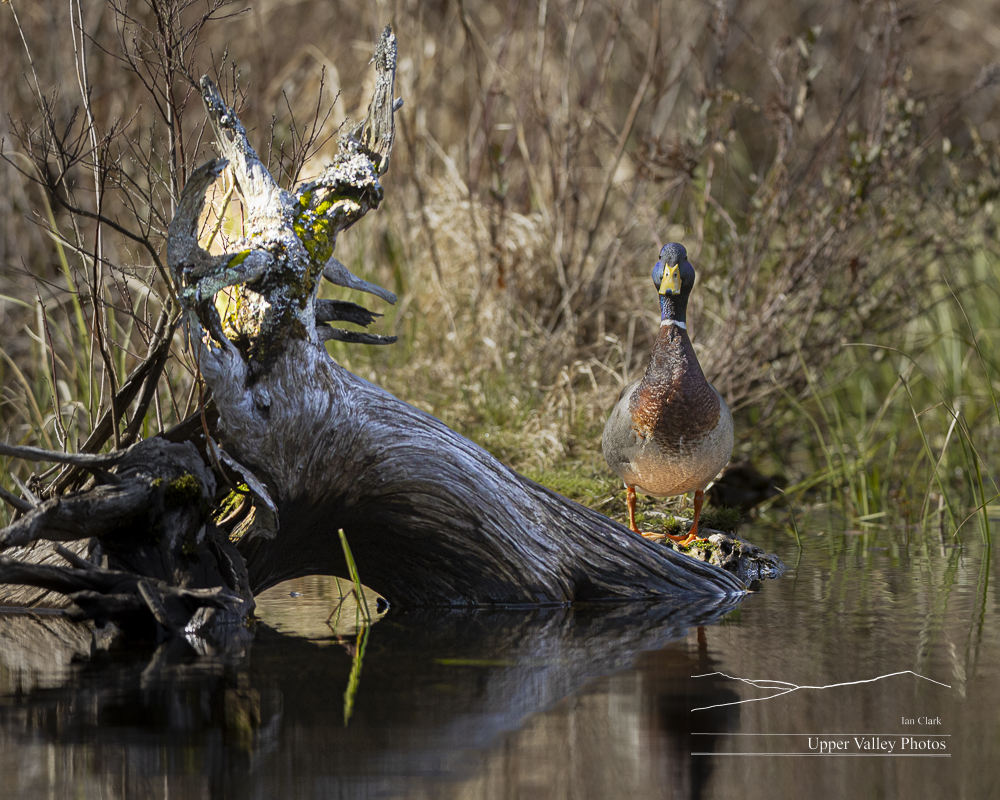
Last Friday, I visited the Middletons. They were busy foraging, apparently having to work for dinner. They were making long dives and covering lots of territory underwater. I went to see who else might be around the pond.
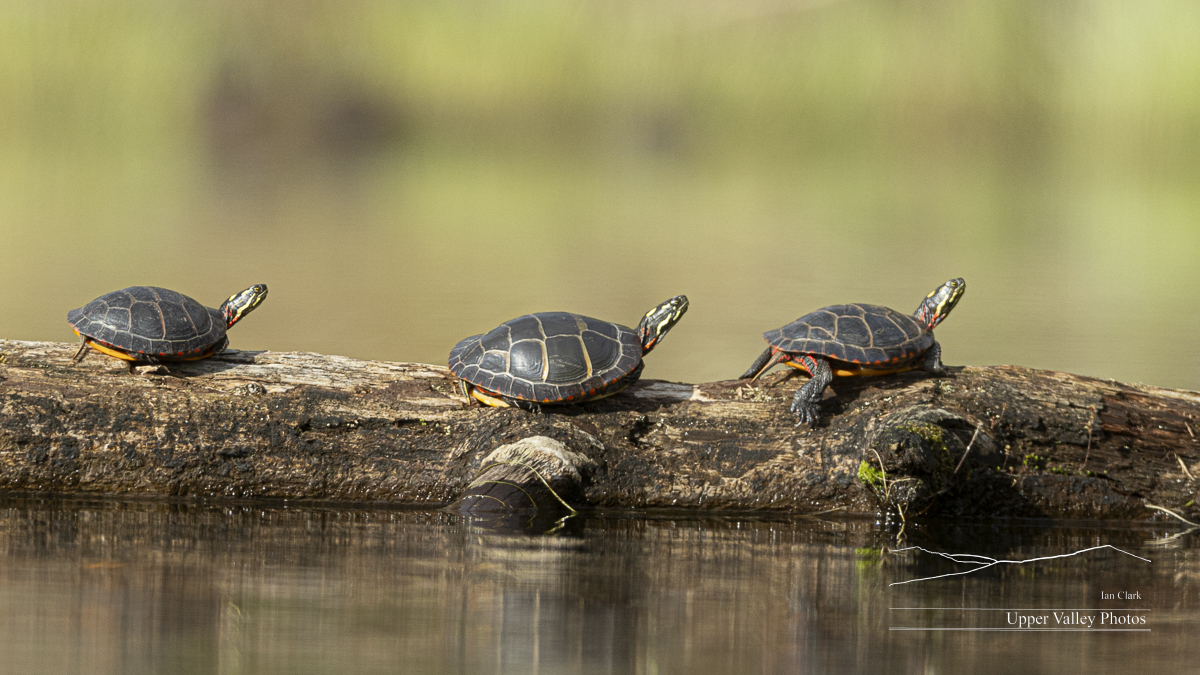
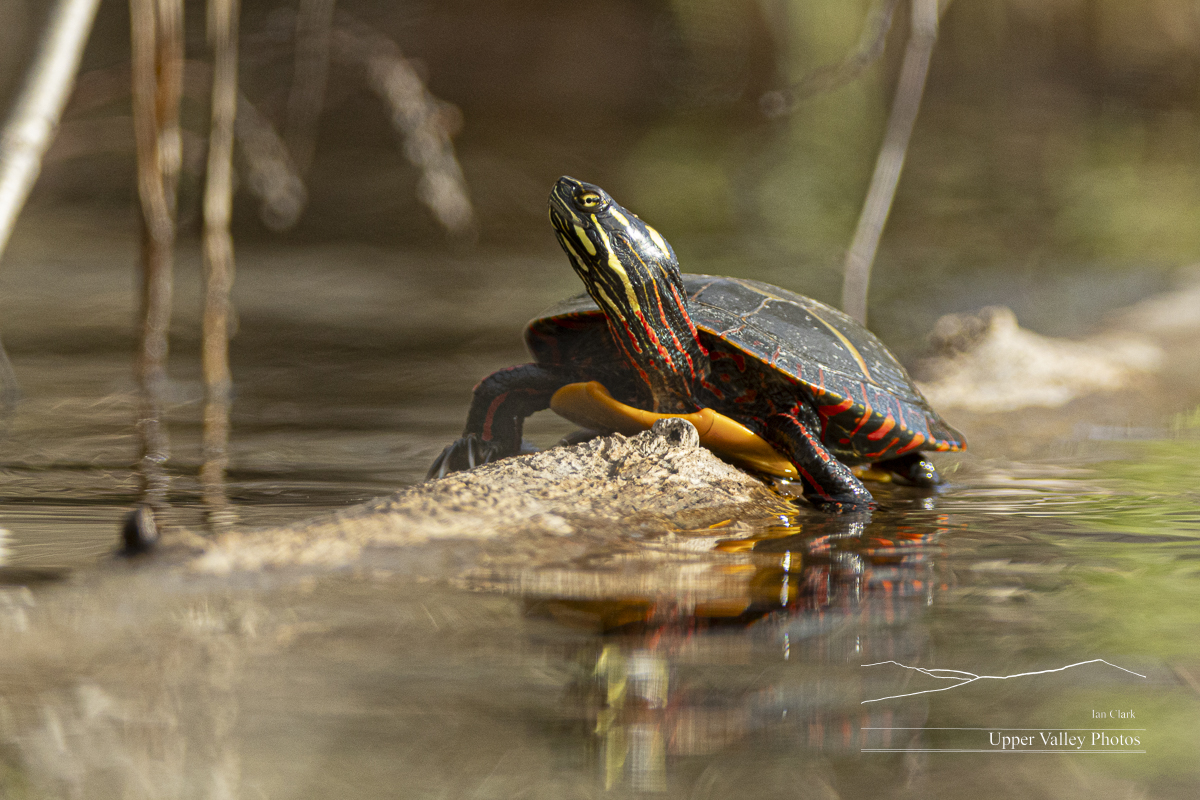
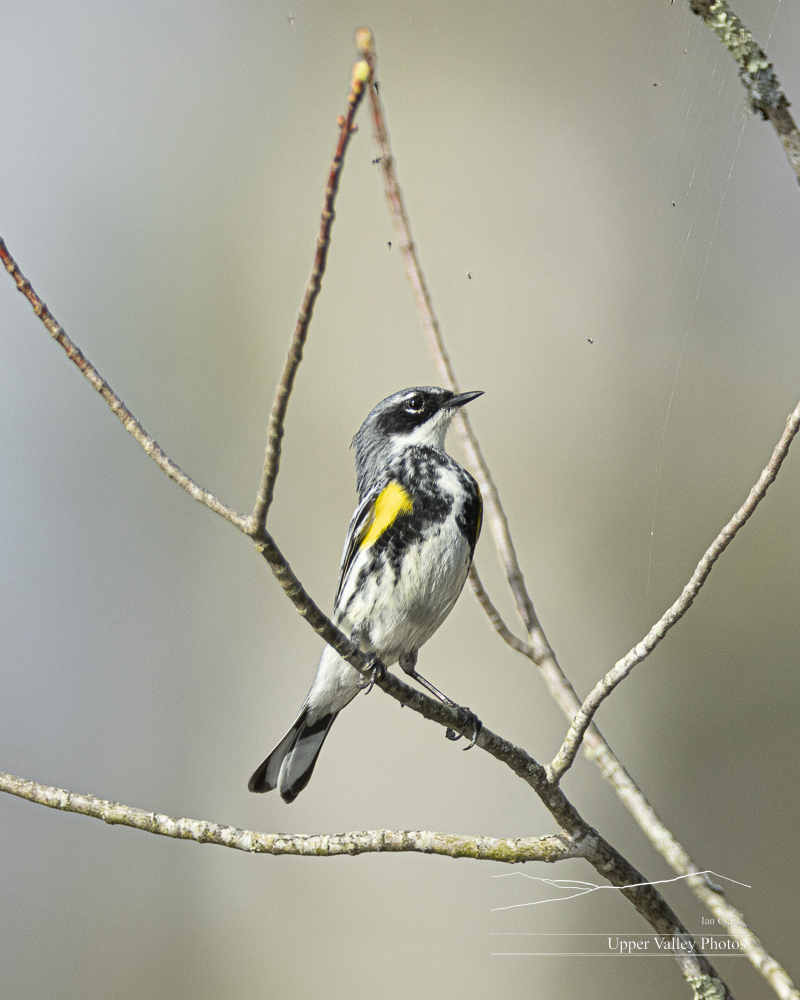
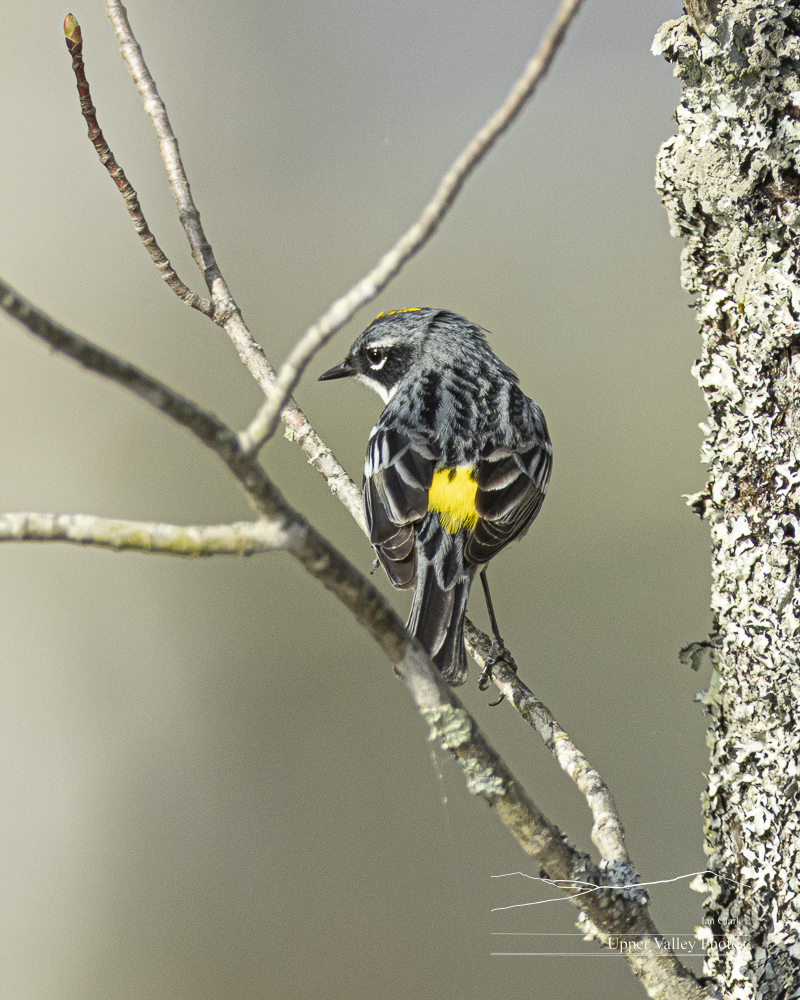
There were several pine warblers in the flock. I’ve yet to get a good photo of one. They tend to forage deep in the brush, making it hard to get an unobstructed view of them. It turns out one of my skills is photographing branches on which pine warblers were very recently perched. (My other talent is stalking heron-shaped sticks.)
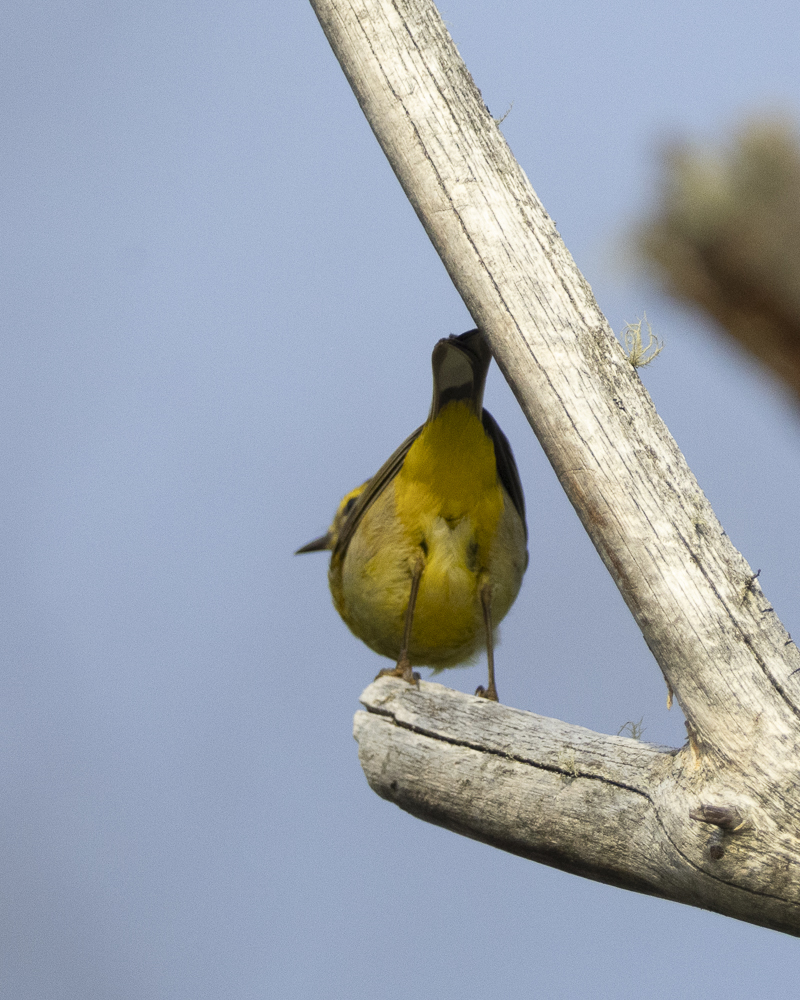
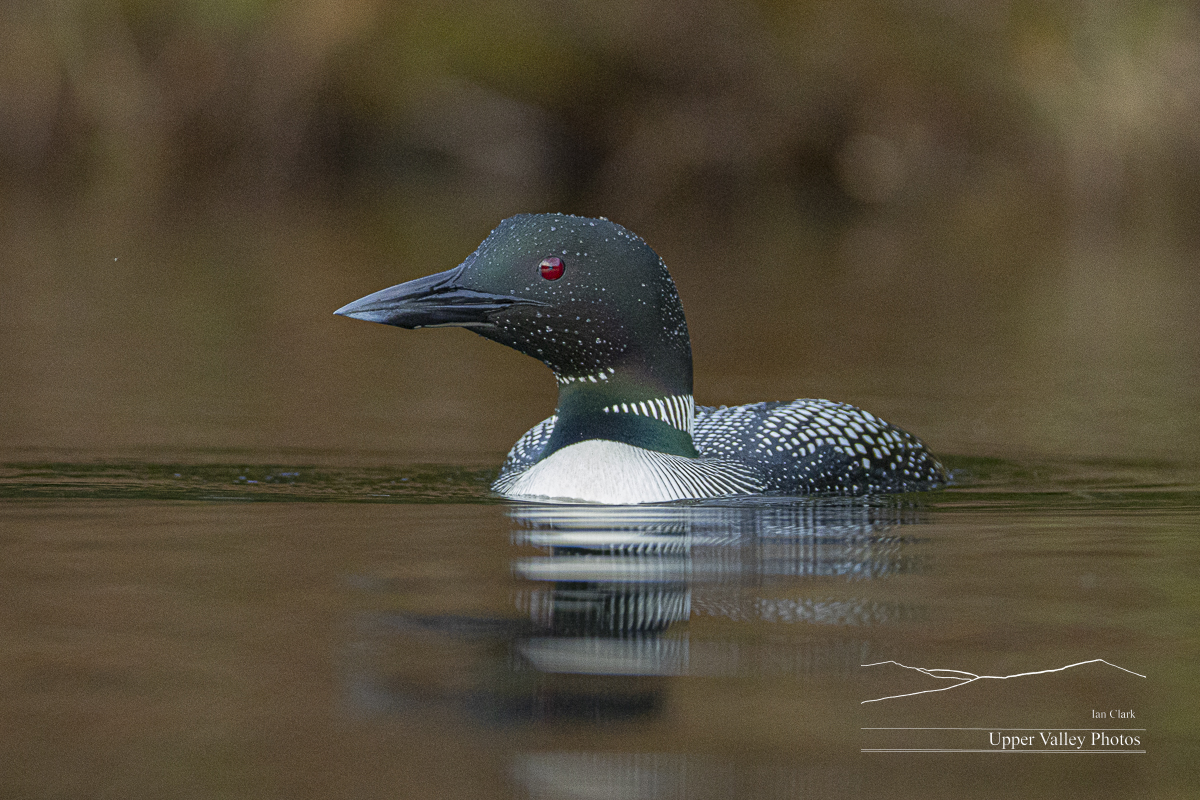
Saturday morning found me visiting the Westons once again. The weather went south rapidly and I left when it started raining.
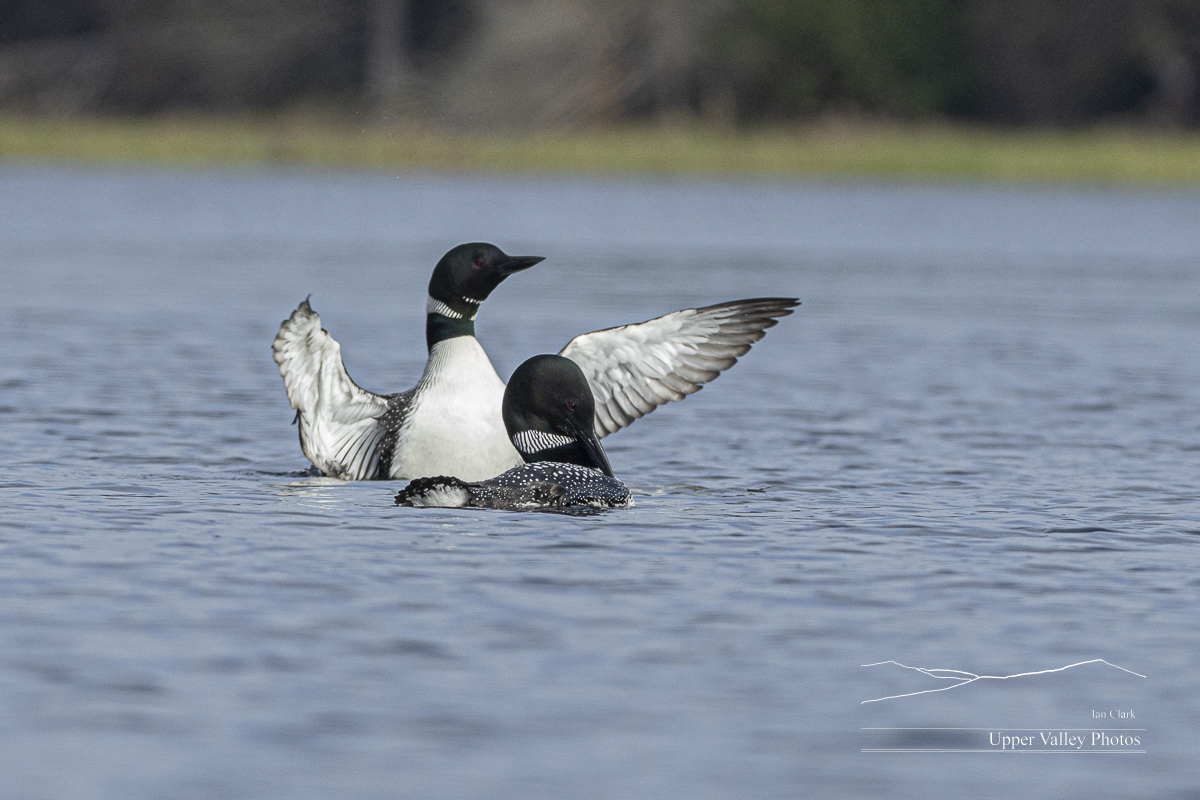
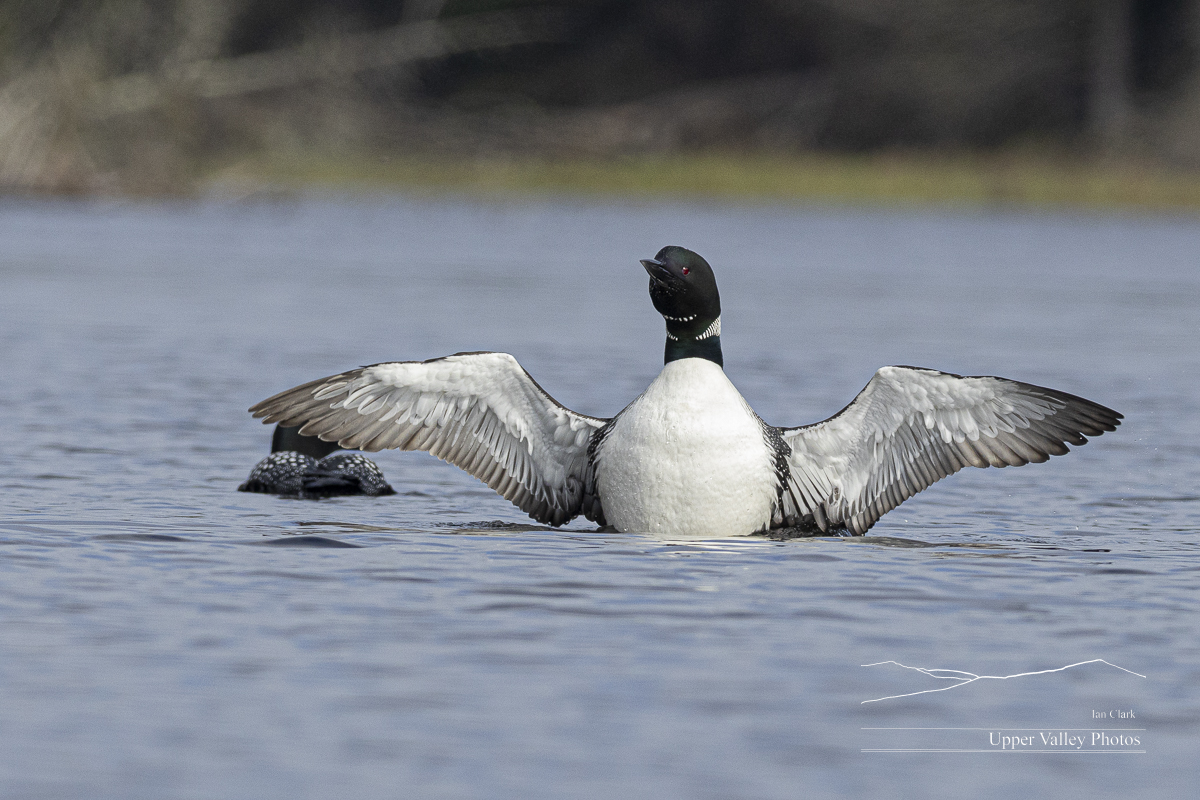
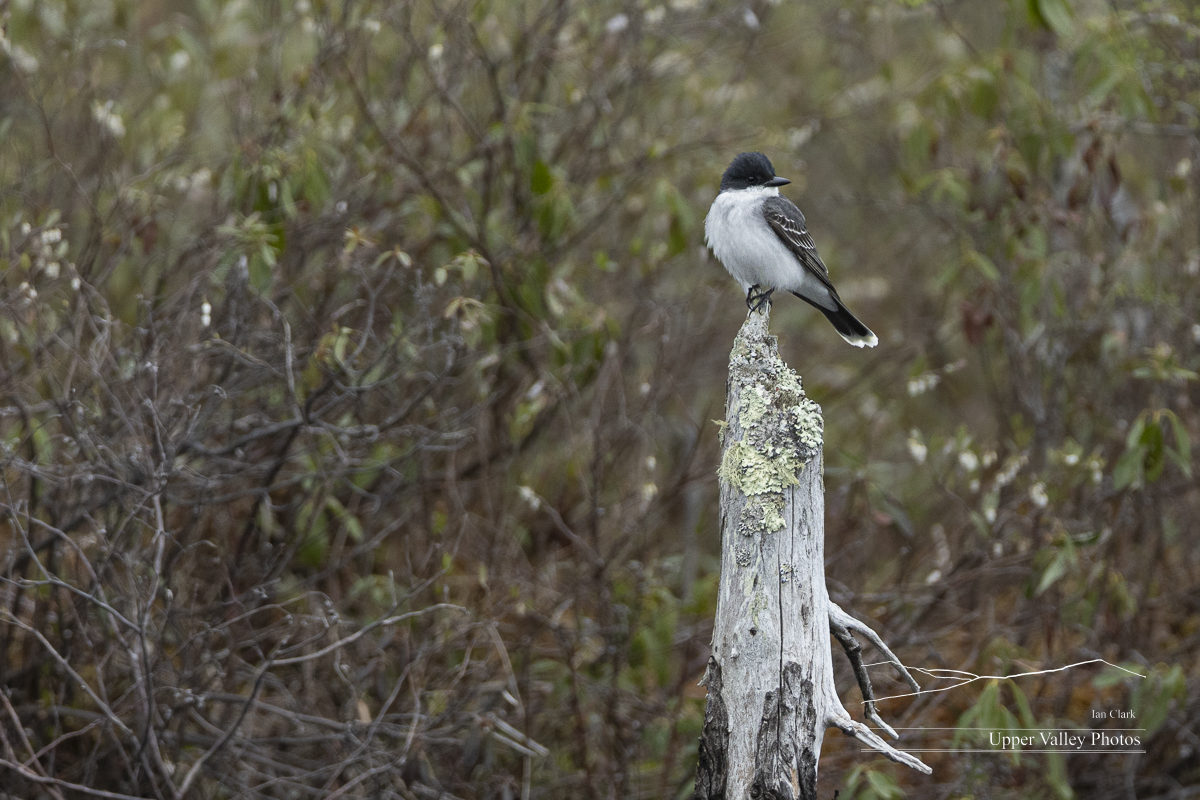
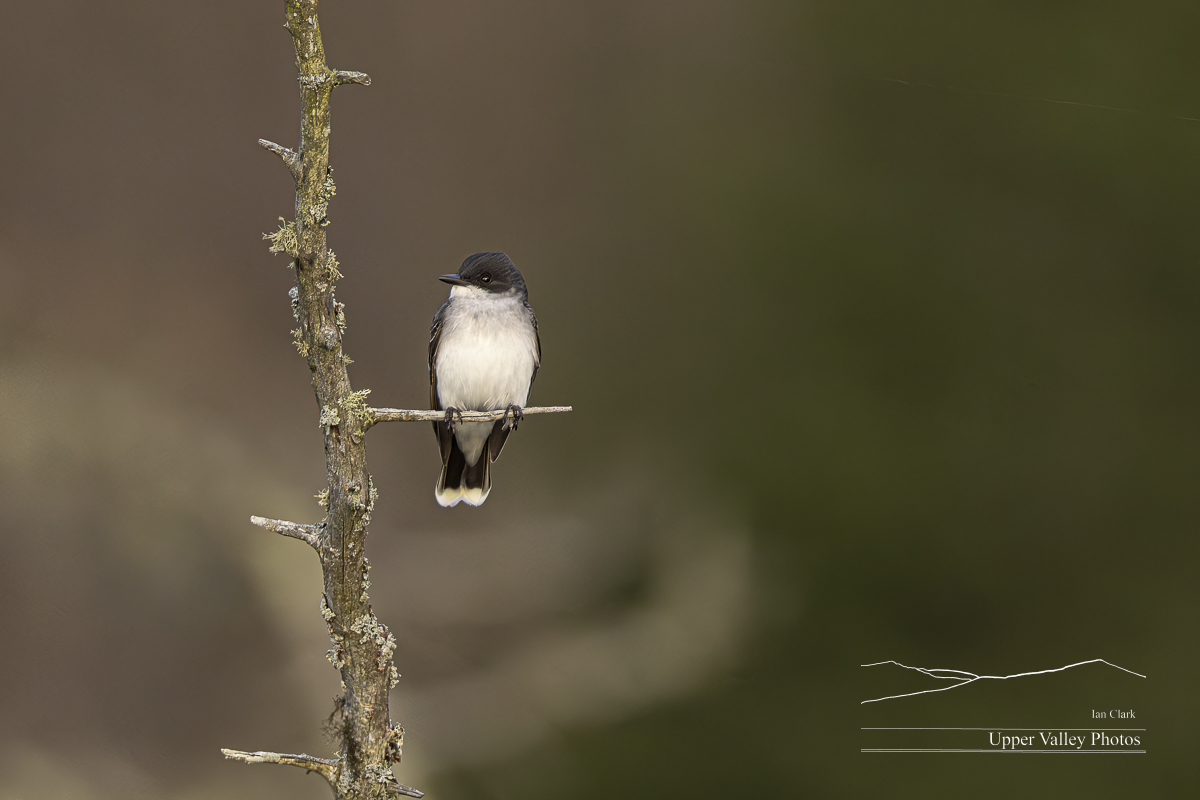
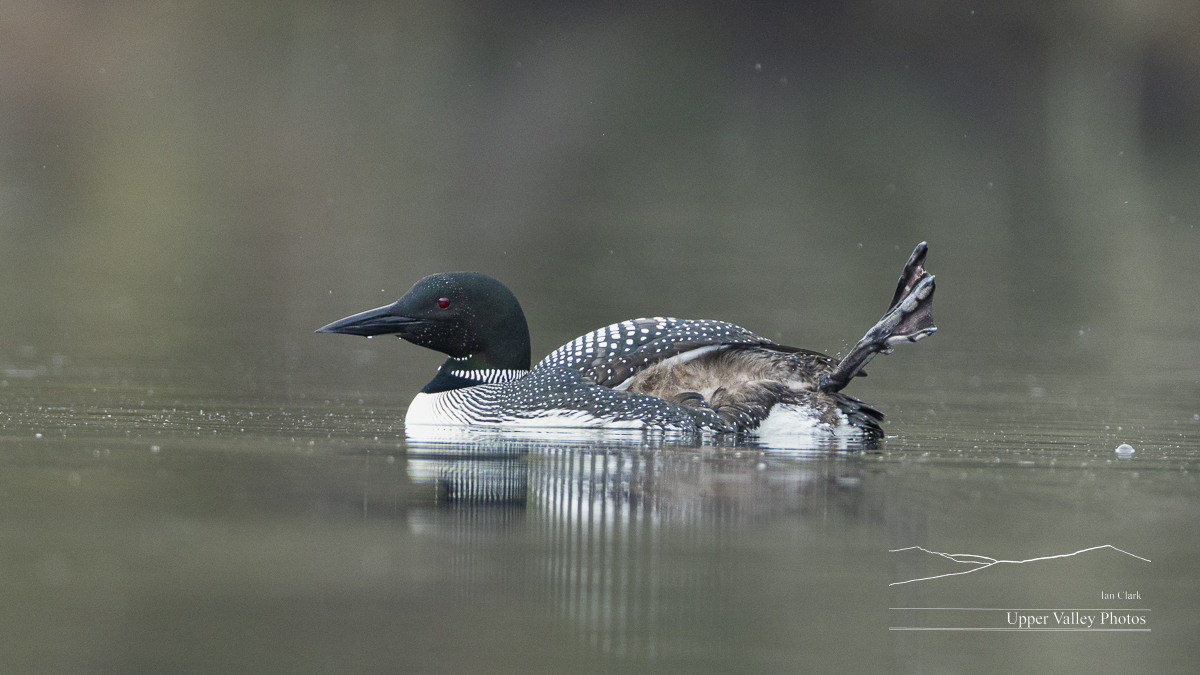
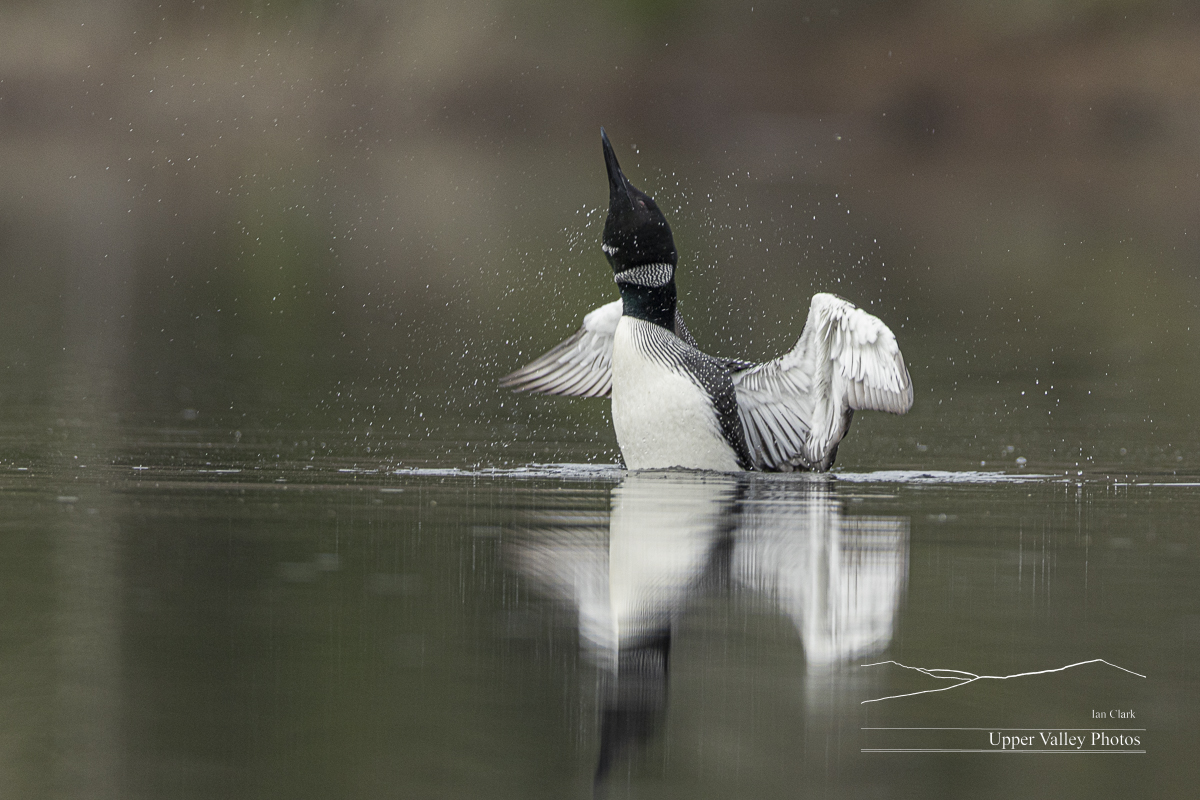
One Loon Chick Left
Thursday morning, I headed up to check on the Eastons. When I las visited, the parents weren’t on the pond and the chicks were practicing takeoffs, but couldn’t quite get airborne.
The adults usually stick around this pond until the last week of September, with the chicks departing in the first week of October. Looks like the parents took an early leave this year, with one chick following.
The chick on the pond was foraging lazily when I arrived. I watched for a time before hearing a loon calling overhead. I was expecting one of our parents to drop in to check on things, but the loon appeared to fly over.
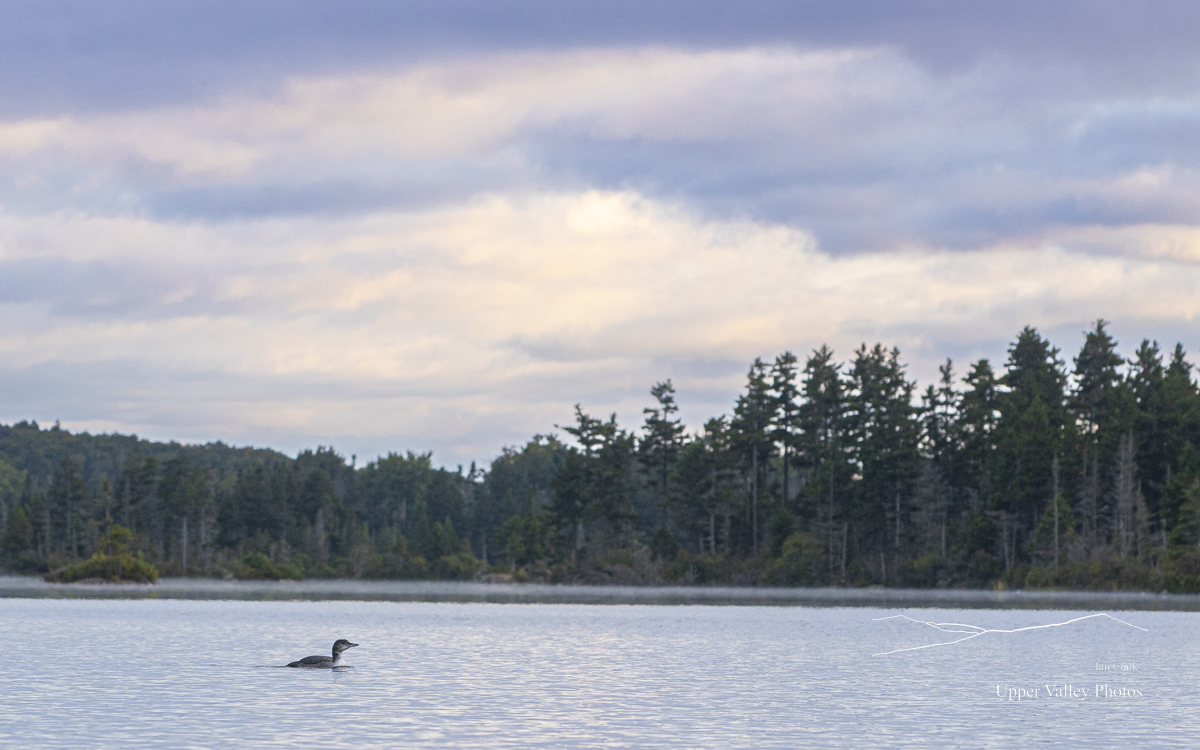
After a time, another loon was calling overhead – or maybe the same one that flew over before. Our chick tried to call. He’s first attempt sounded like someone stepped on a goose. But he quickly found his voice and yodeled.
That’s interesting for a couple reasons. First, only male loons yodel, so we know he’s a he. Second, that’s the response of an adult loon to an intruder. No longer is our chick hiding to protect himself.
The intruder landed at the far end of the pond. The exchanged wails and yodels for a time.
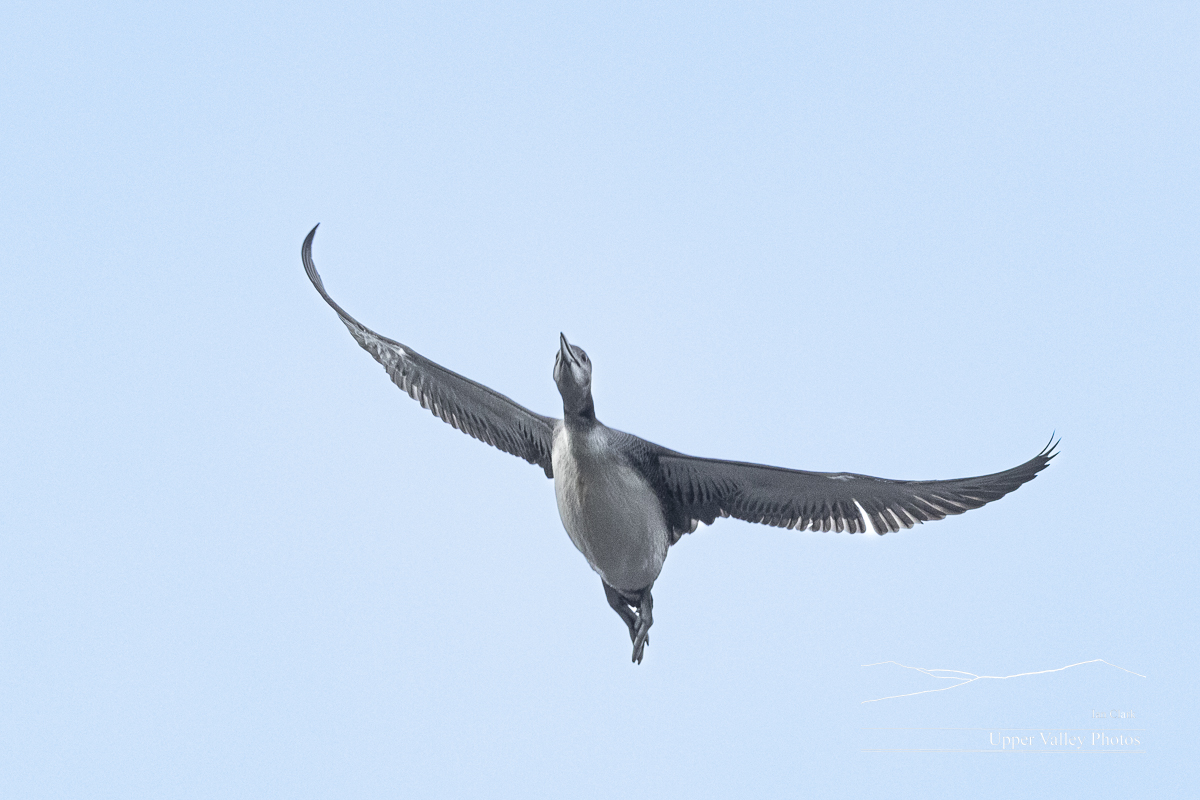
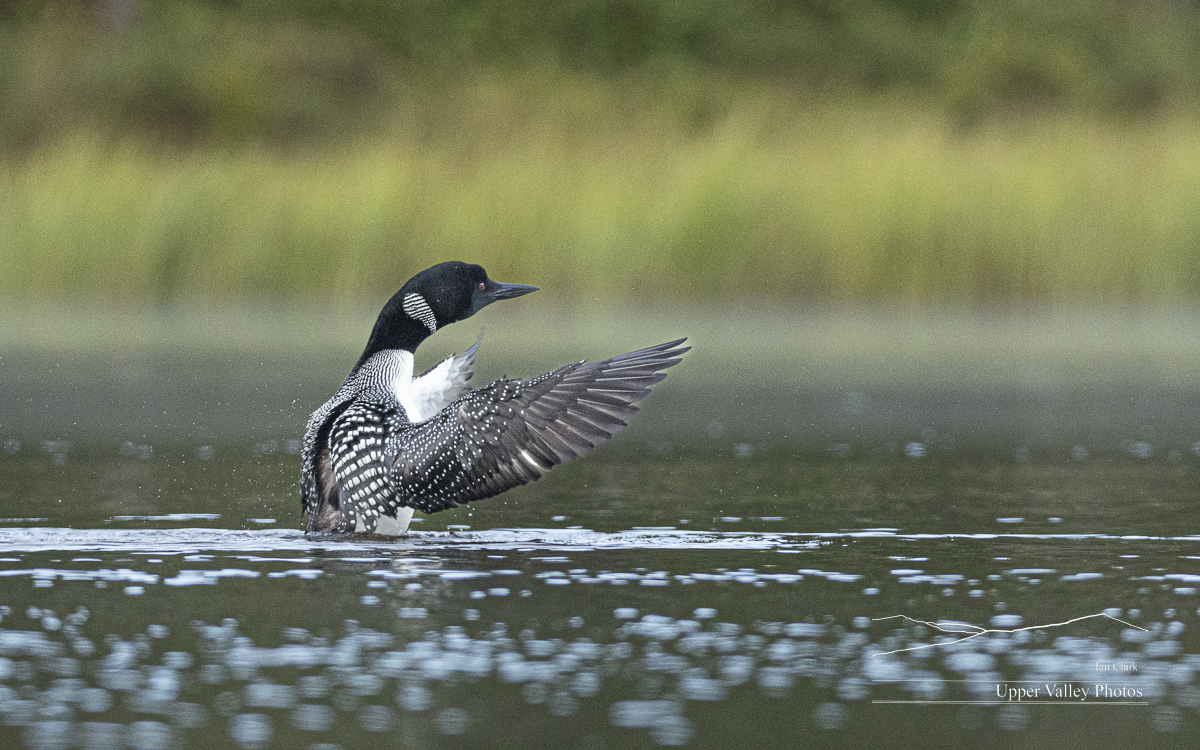
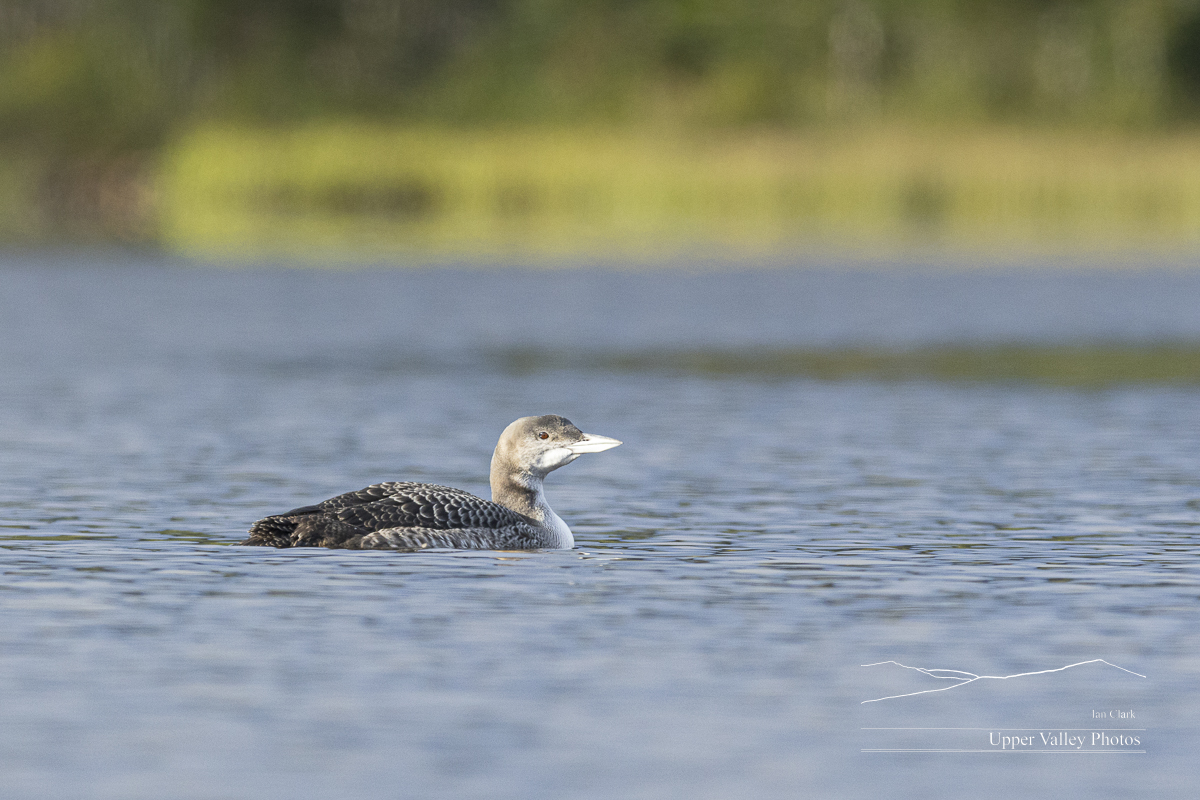
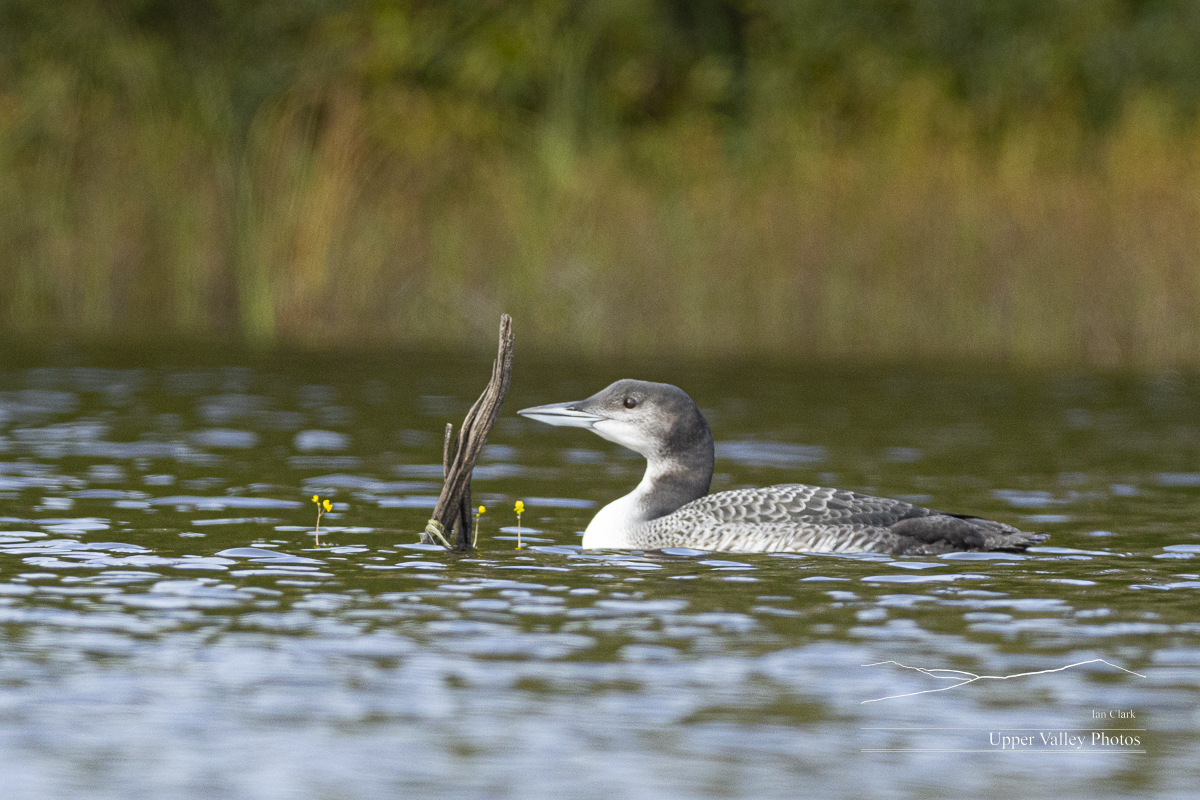
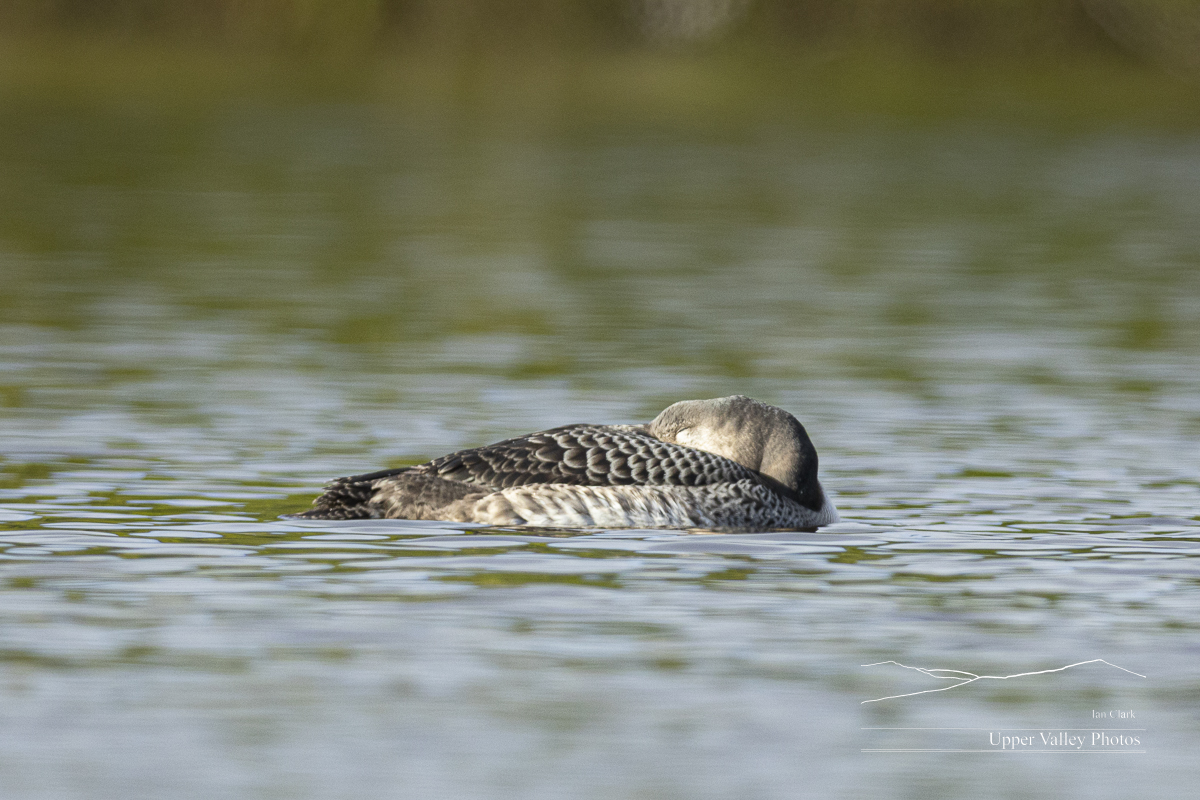
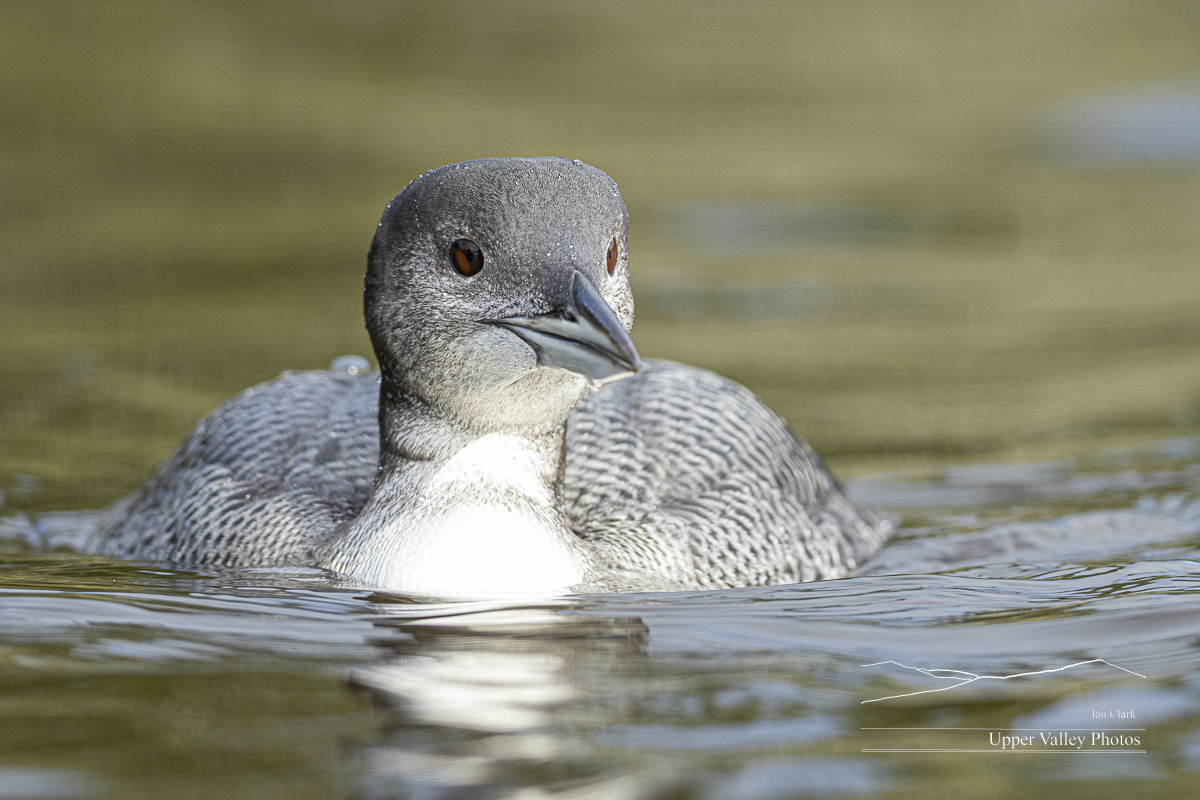
Battle for the Easton’s Pond
Sunday morning, the sky looked like there was a chance of some sunshine. I headed out to visit the Eastons. There was a light fog with hints of blue sky above when I arrived at the pond. And, it was a very pleasant 55° when I launched. The fog rapidly lifted for a beautiful morning. Our loon family was all together and the parents were both feeding the chicks.
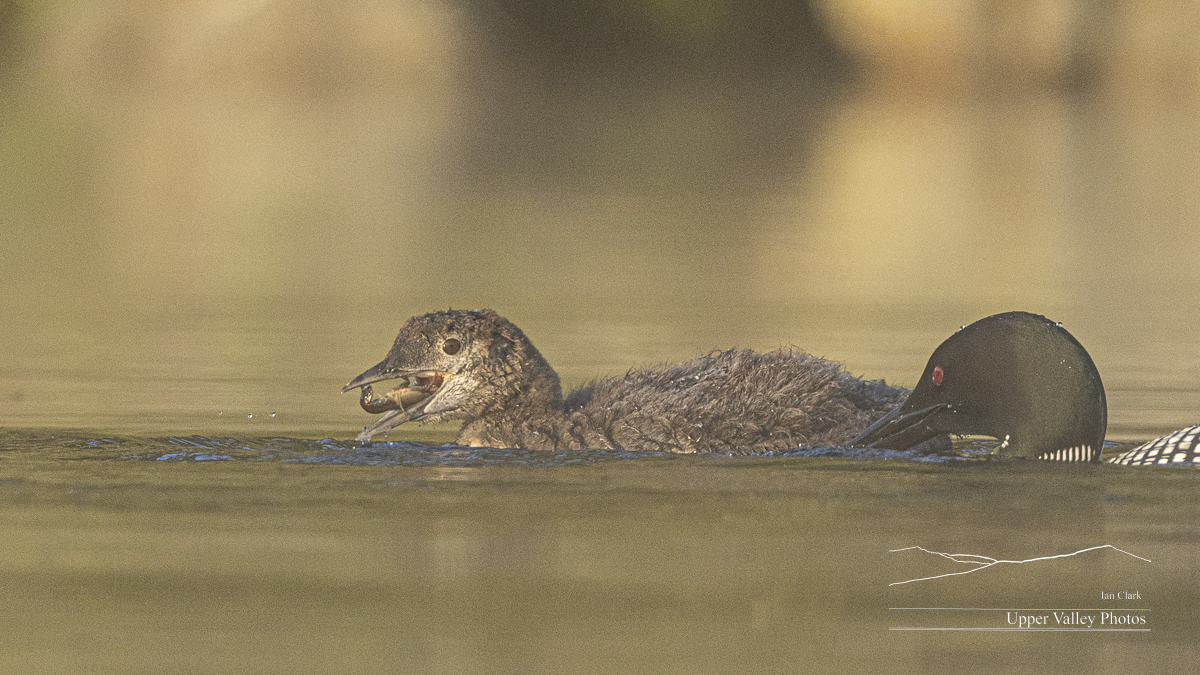
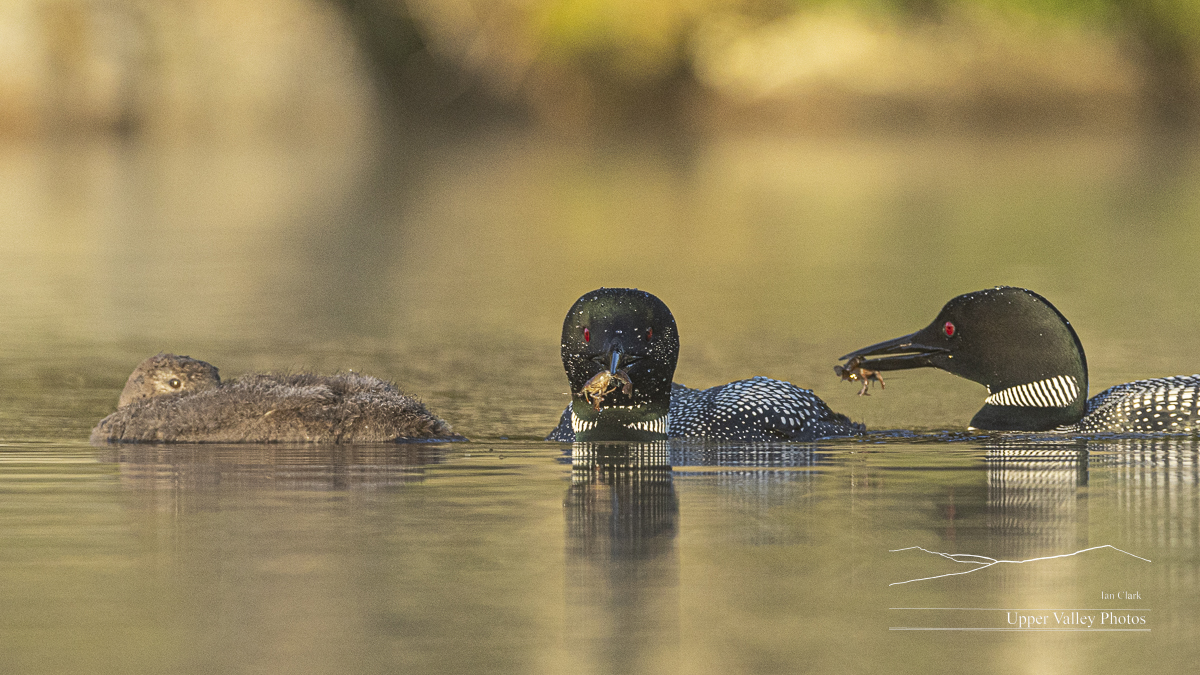
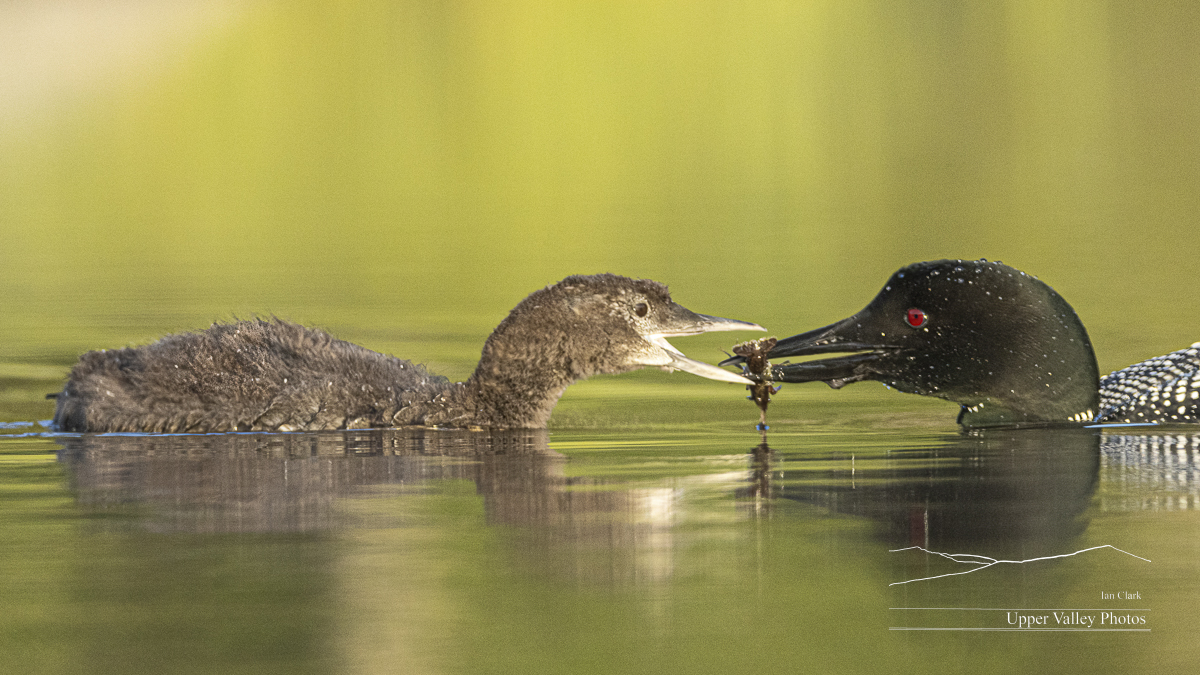
One parent went north, one went south. It wasn’t long before the one to the south sounded an alert. The one to the north went steaming down the pond at a good clip.

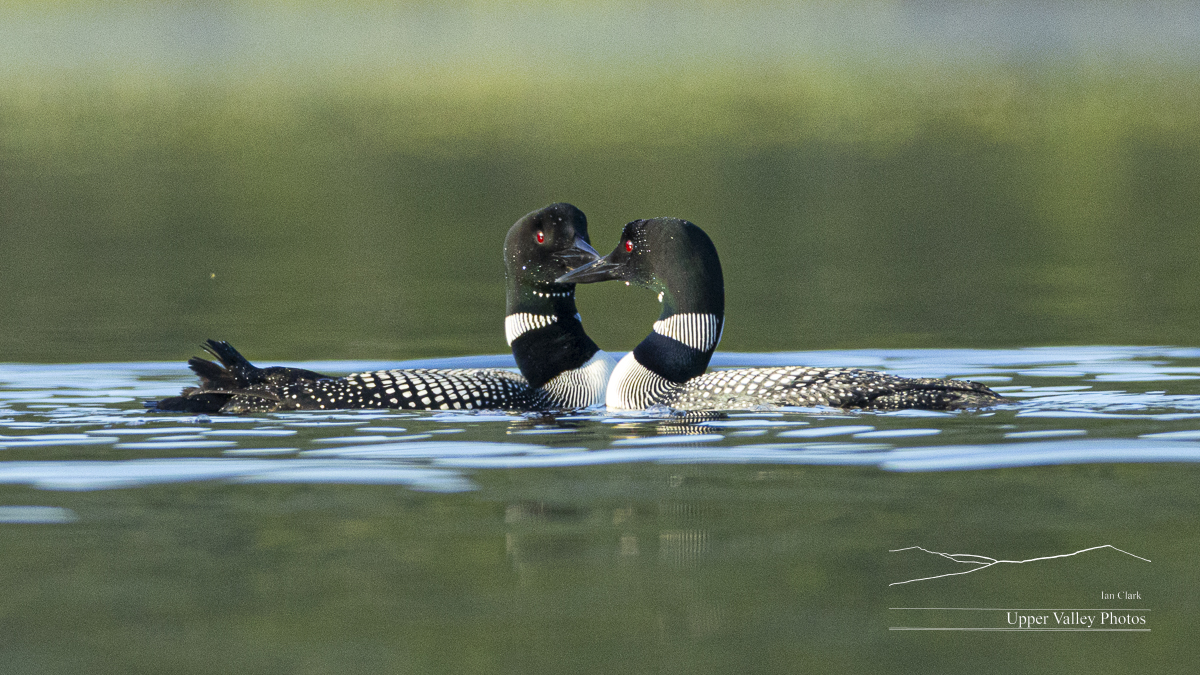
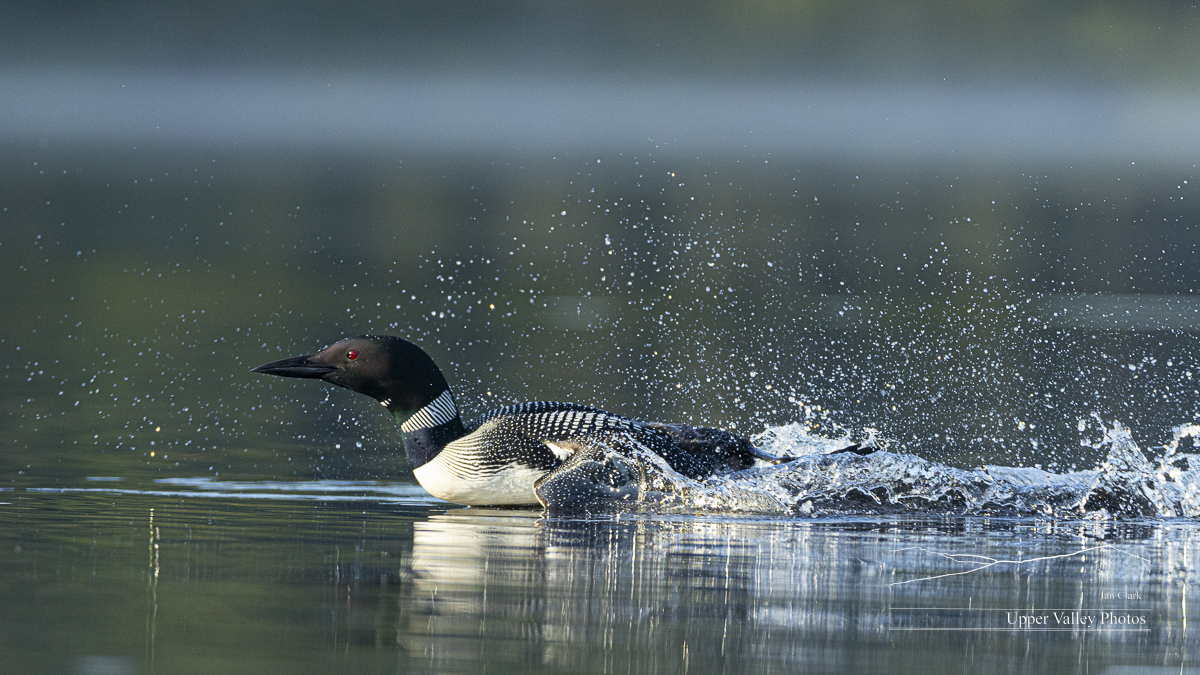
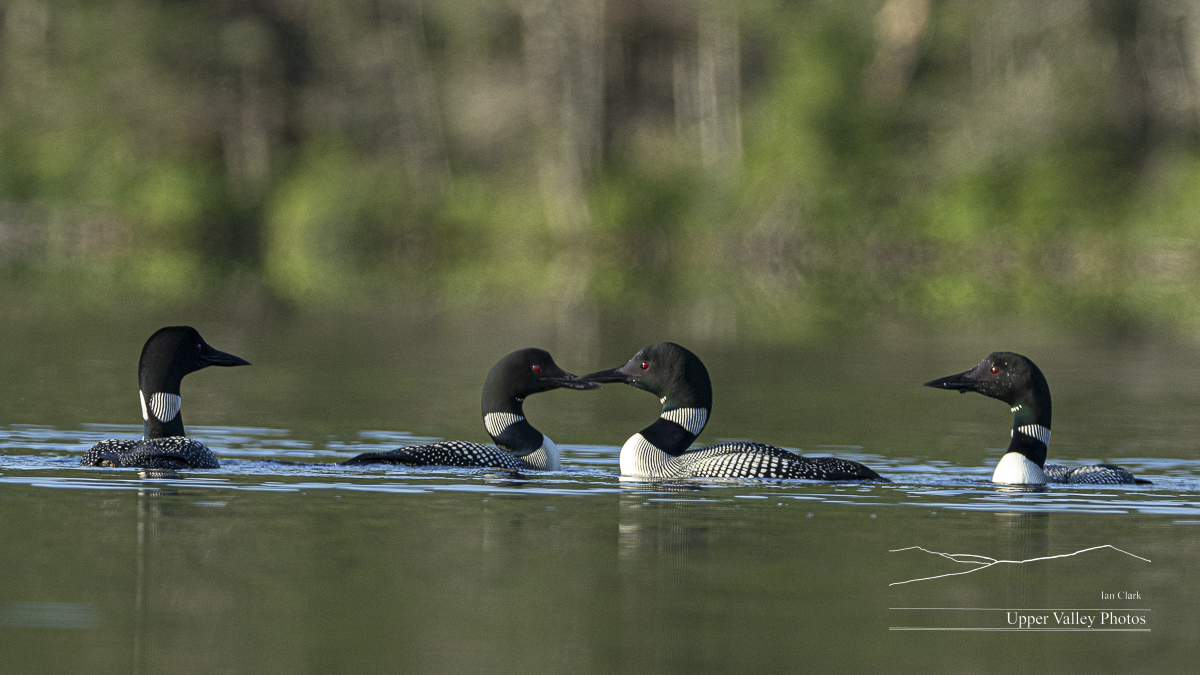
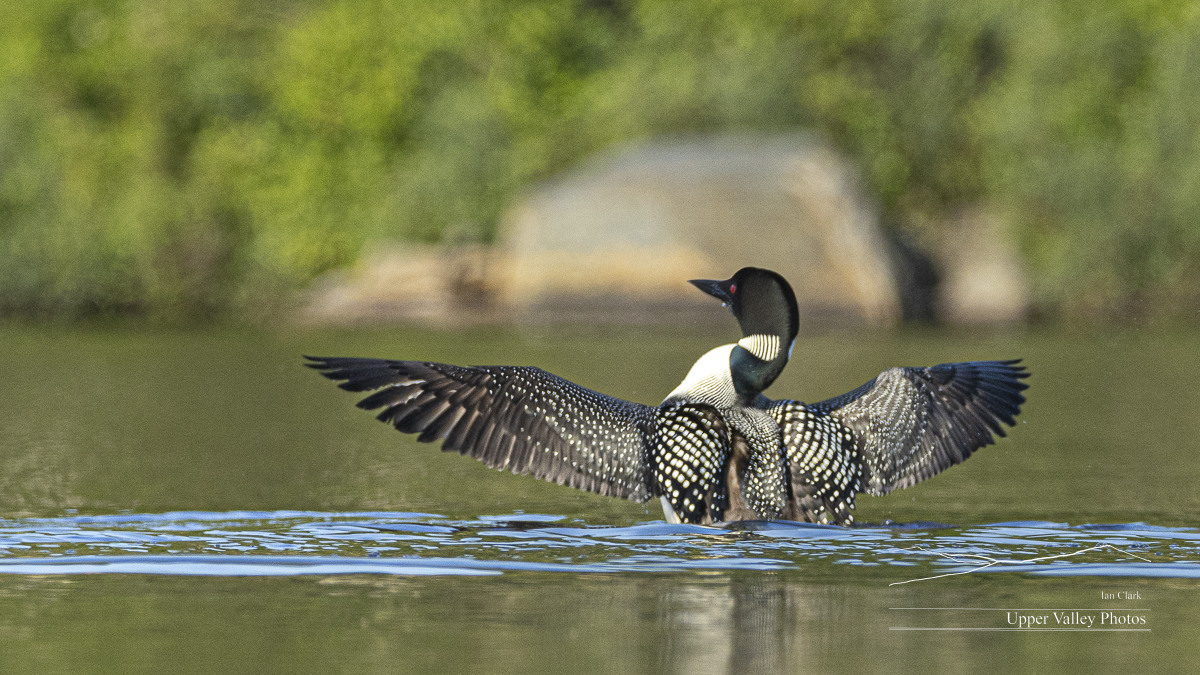

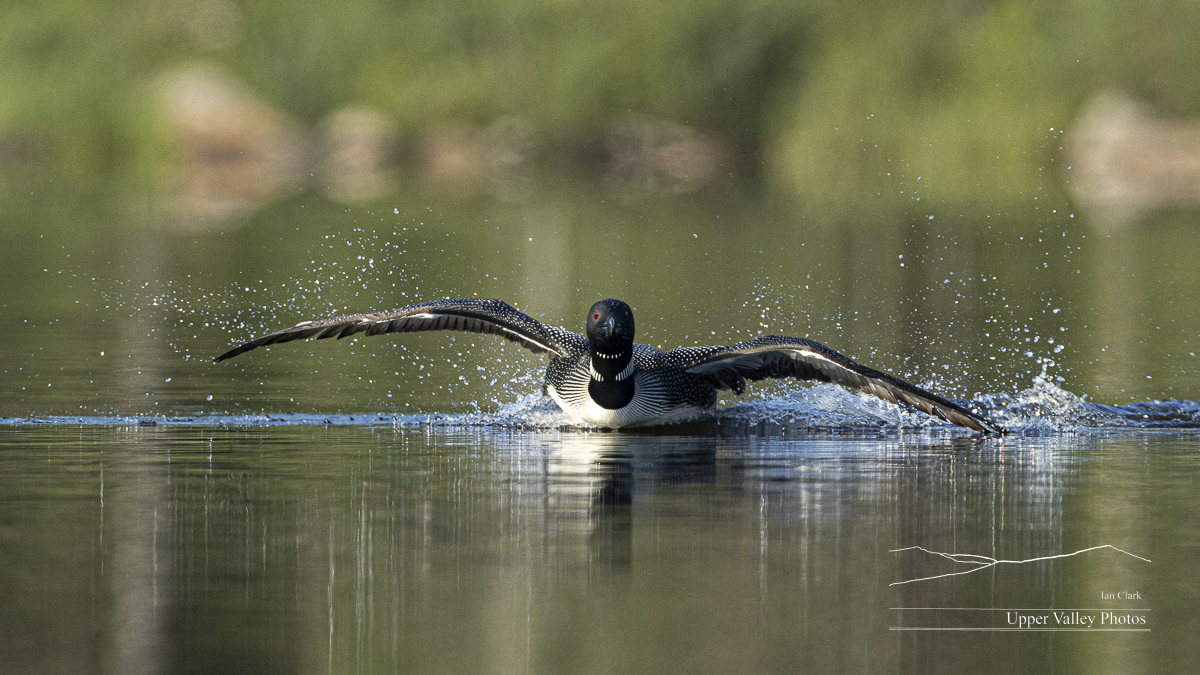
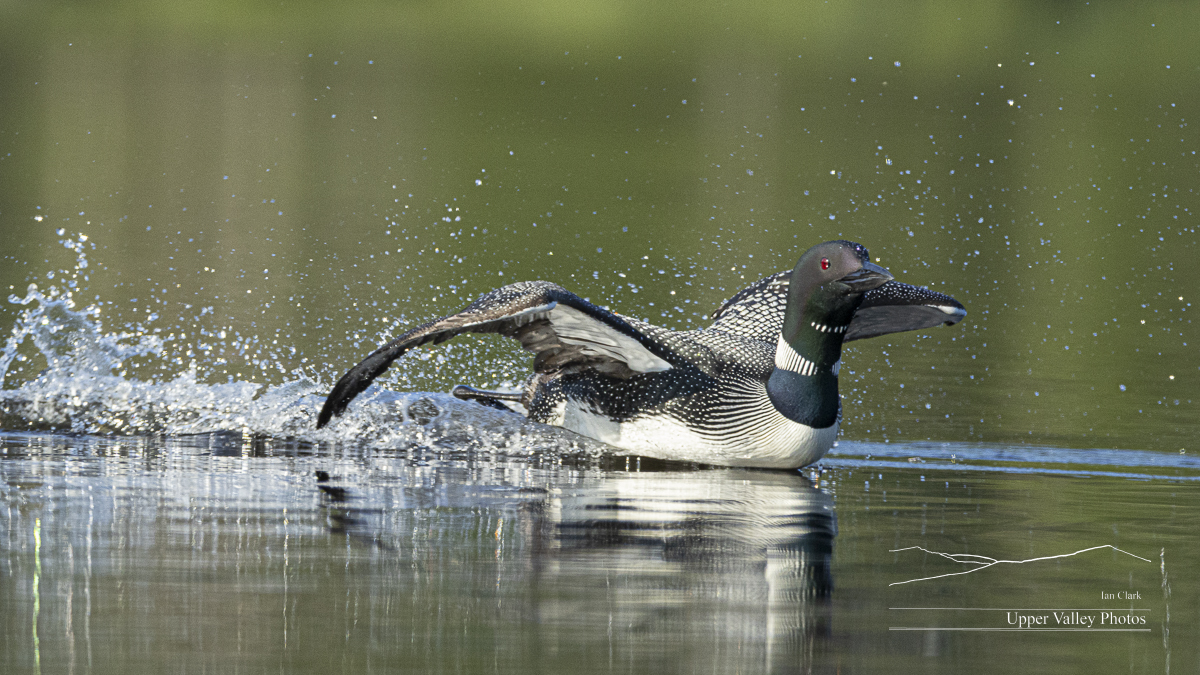
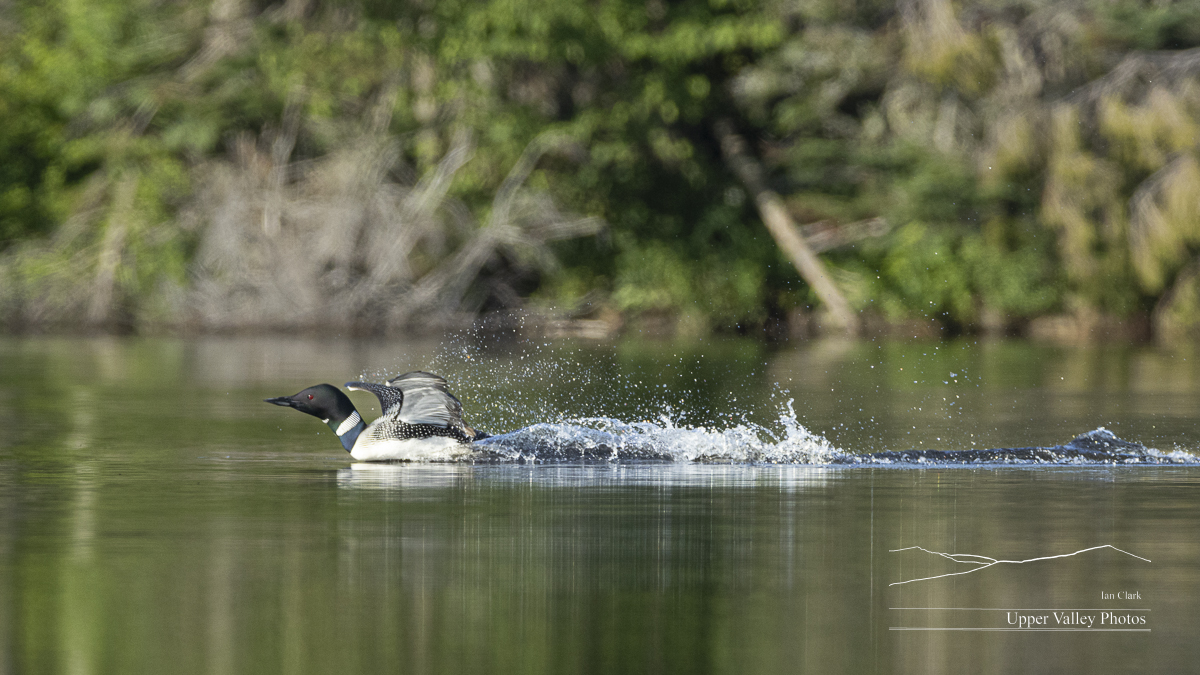
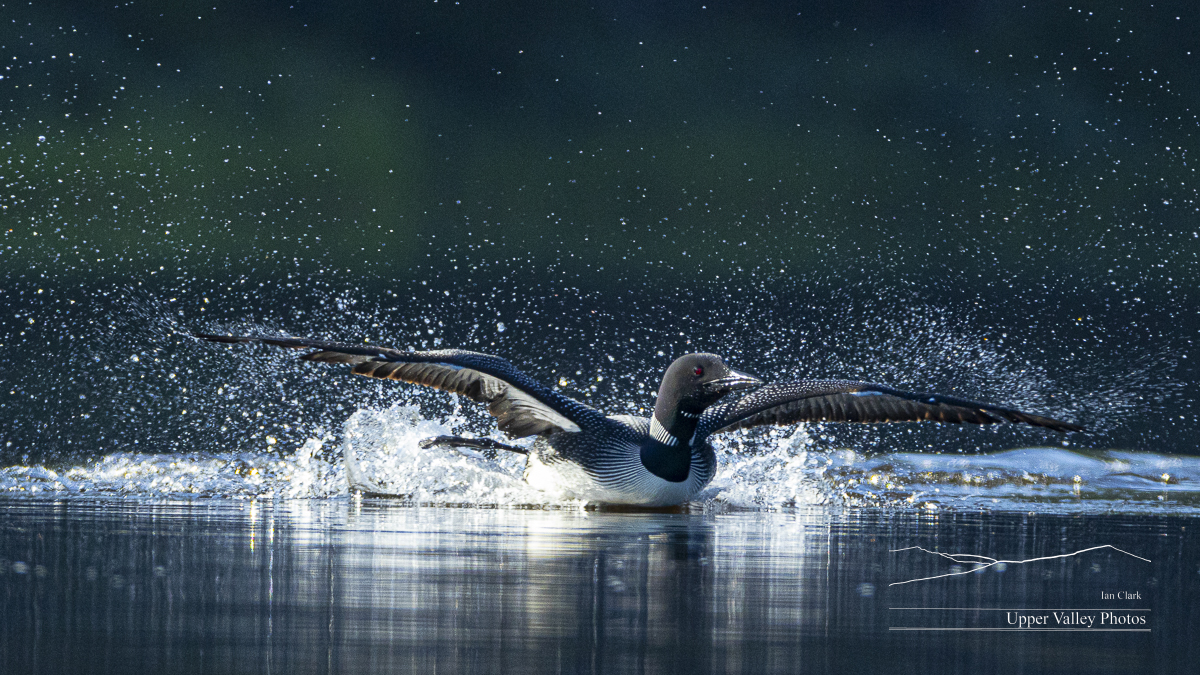
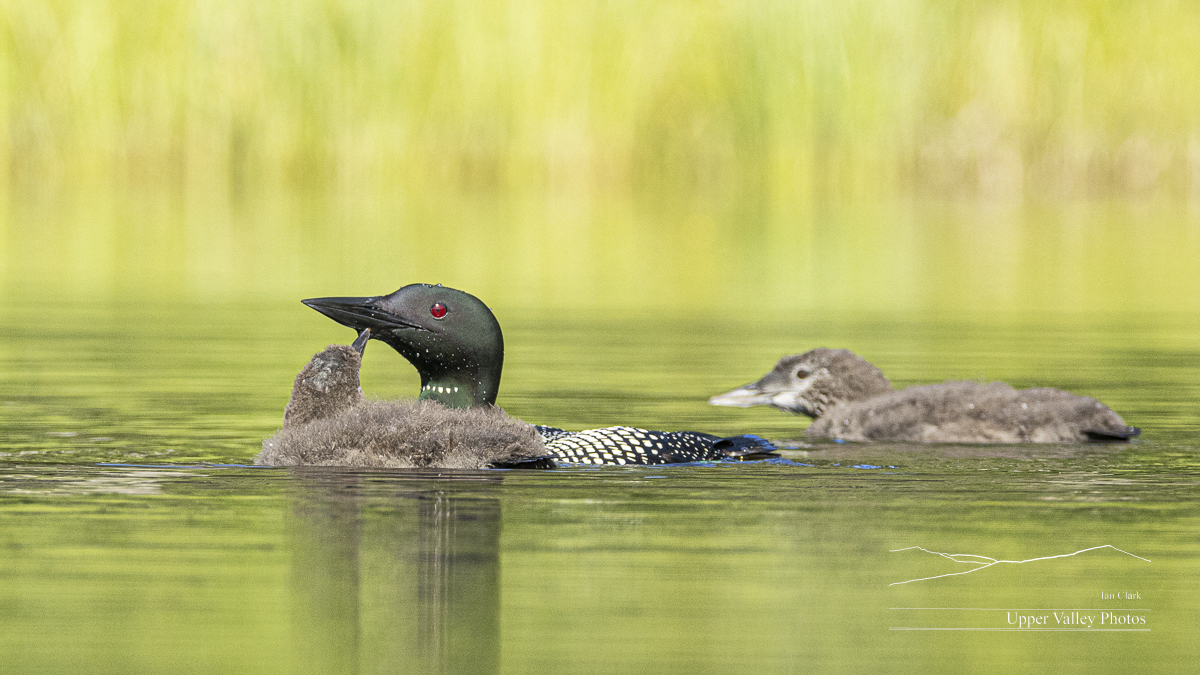
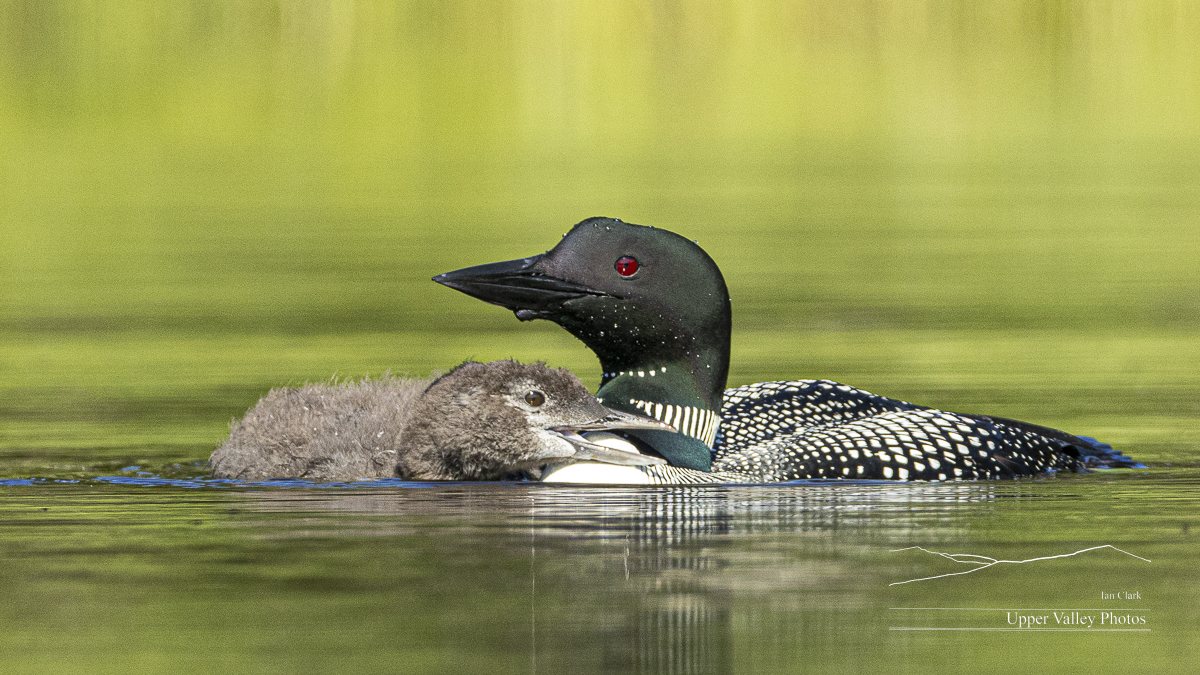
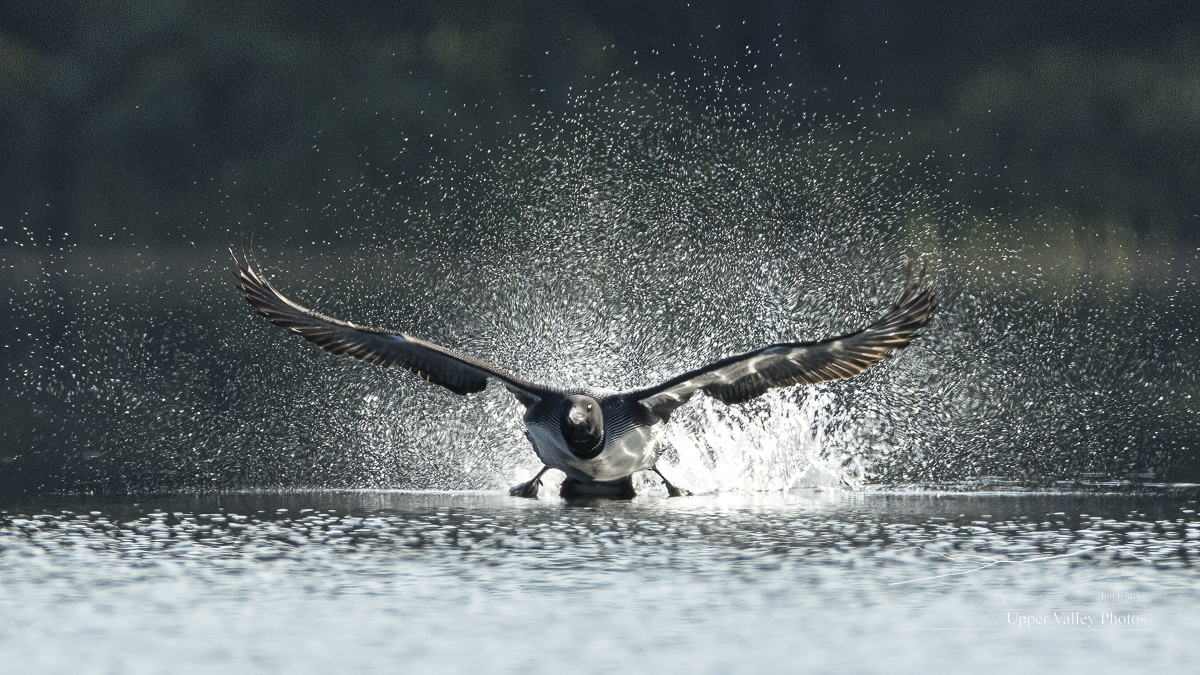
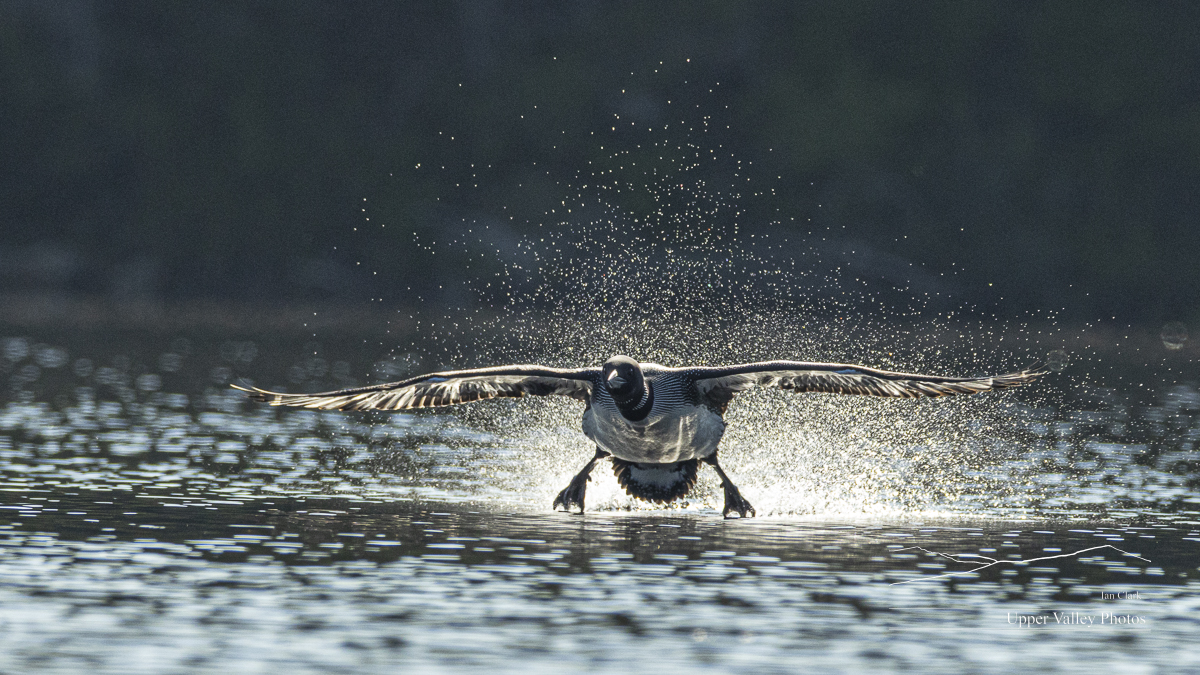
This morning, I went back up to the pond to see how the home team was making out.
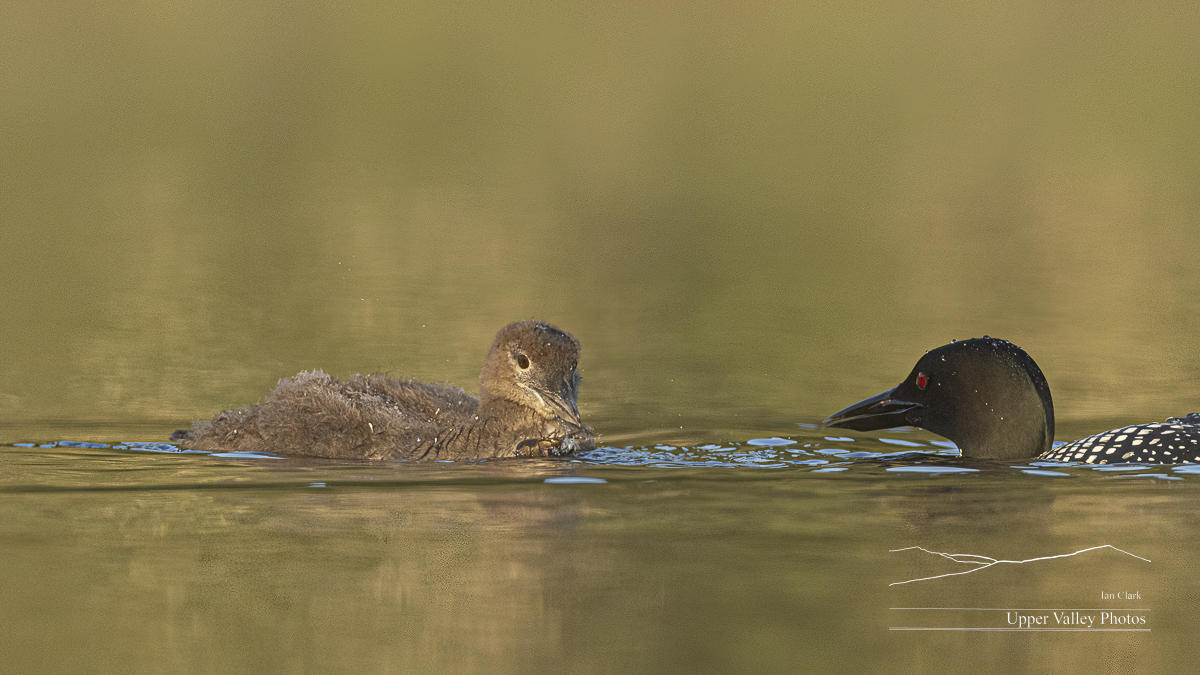
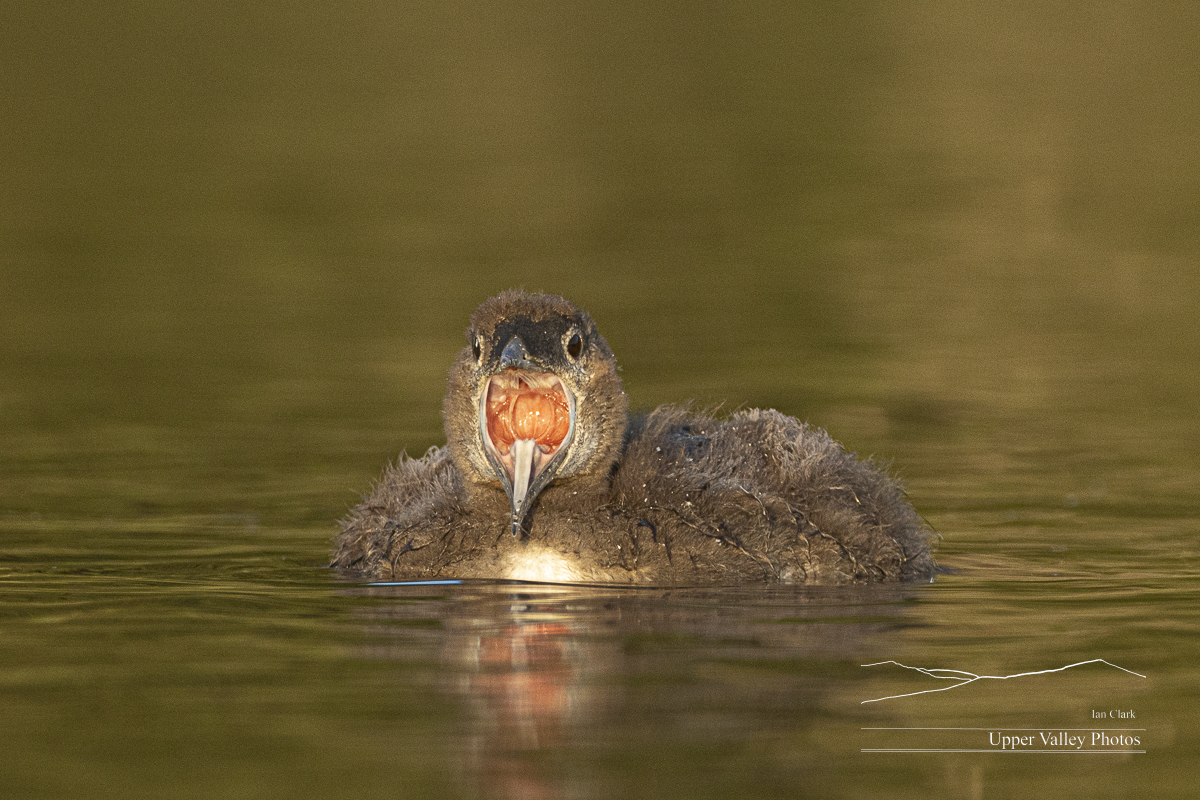
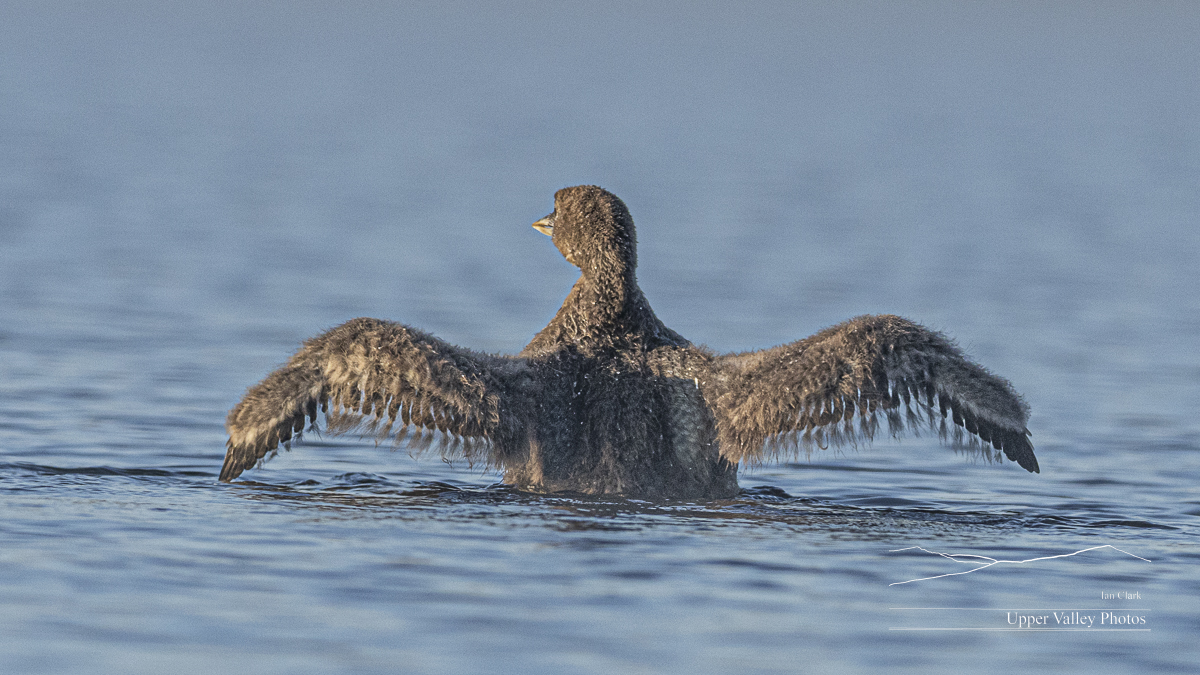
After feeding the chicks, dad headed up the pond out of sight. Shortly, I could hear yodeling. Soon, a pair of loons showed up – a wing rowing chase. They covered a lot of ground, but didn’t get close enough for photos. Some time after that, a loon flew overhead coming from that end of the pond. A second loon swam down the pond and rejoined mom who was tending the chicks.
The home team held the pond this time. But the fight probably isn’t over. One or both of the intruders are likely to return for several days or even a couple of weeks. Loons pay attention to how well a territory produces chicks. This pond has successfully raised two chicks a season for at least the last three years running. It would be a good territory to take over if the intruder can.
I’m on the road starting Thursday, I probably won’t have time to visit to see how the battle goes. I’ll get back up there to check as soon as I get back.
PS, we’re not supposed to interfere with nature. Don’t tell anyone I’m rooting for the home team.
Loon Chicks at Five Weeks
The rain let up enough for me to get out to check on all three loon families this week. And, I only got caught in a shower once.
The League of New Hampshire Craftsmen’s Fair is coming right up, August 5th through the 12th. I’ll be down there with lots of wildlife and other photos. Stop by booth 726 and say hello. All the details for the fair are here.
I visited the Middletons last night. They’re the ones that lost their chick. On the last visit, they showed signs they might be courting again. That was before the heavy rains and flooding. We were spared the worst of the flooding, but did get significant rain. A friend on the pond has kept me updated. She says the loons have had one or two intruders on the pond regularly. When I visited, the hummock where they’ve nested the last several years has been washed away, with no sign of another nesting spot. There was an intruder on the pond, with some circling and posturing but no outright fights.
This morning, the forecast was for rain and thundershowers. When I got up, there were stars visible. I headed out to check on the Westons. One of the adults and two chicks were foraging not far from the boat launch. The other adult soon came down the pond to join them. They were in shadows, I headed up the pond to see who else might be about. The rain held off until I got to the other end of the pond. I had a soggy retreat.
On Wednesday morning, the forecast was mixed and there were a couple stars between clouds when I got up. I took a chance and headed east to visit the Eastons.
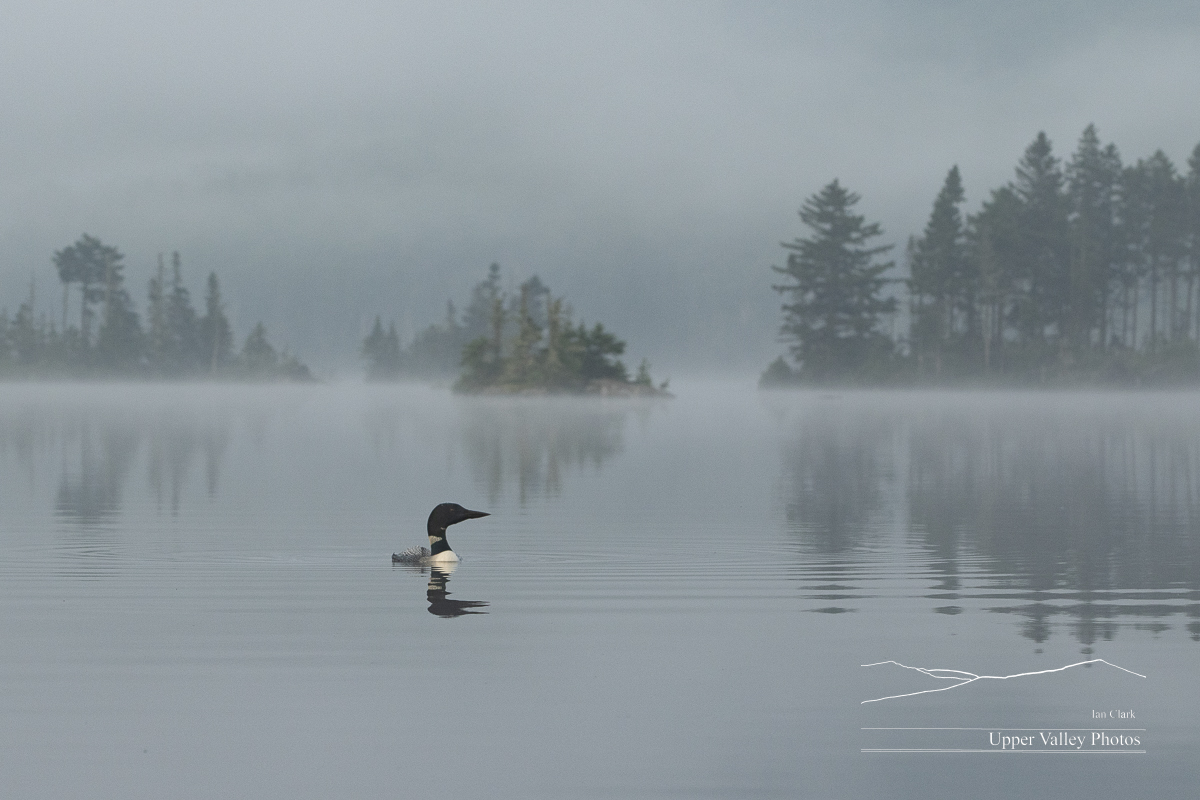
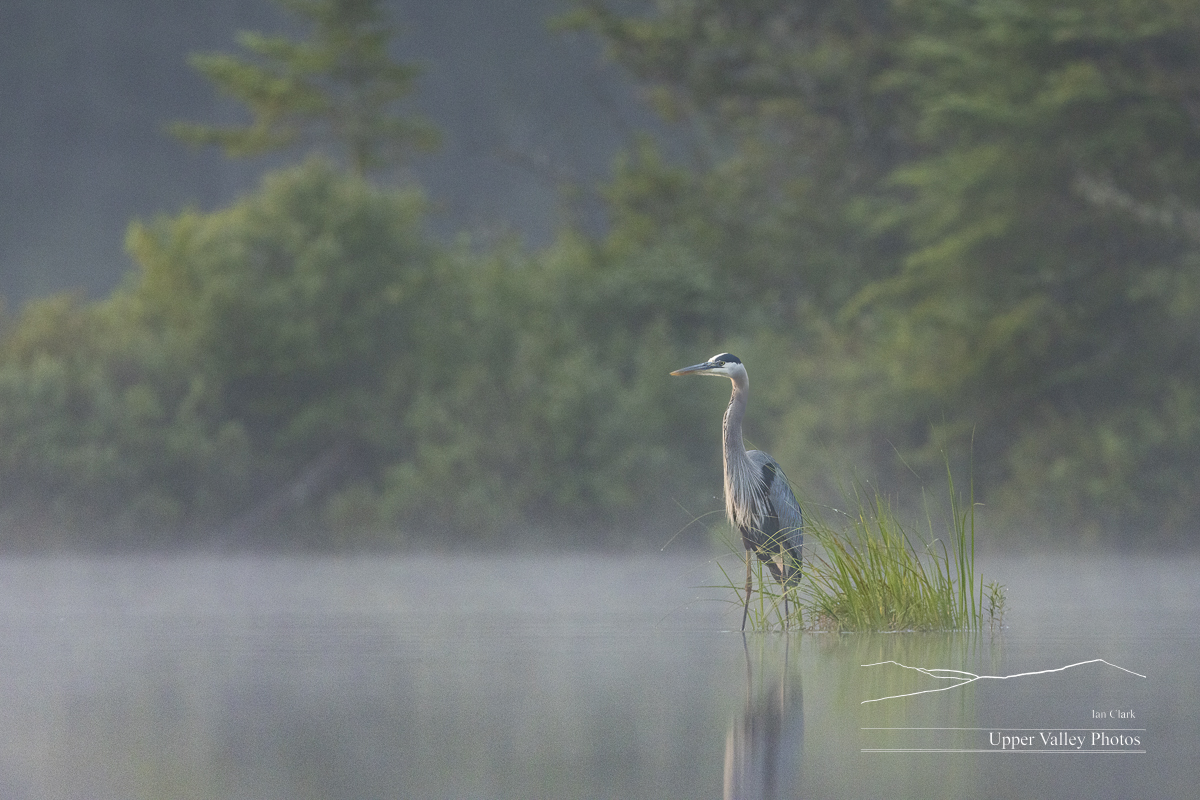

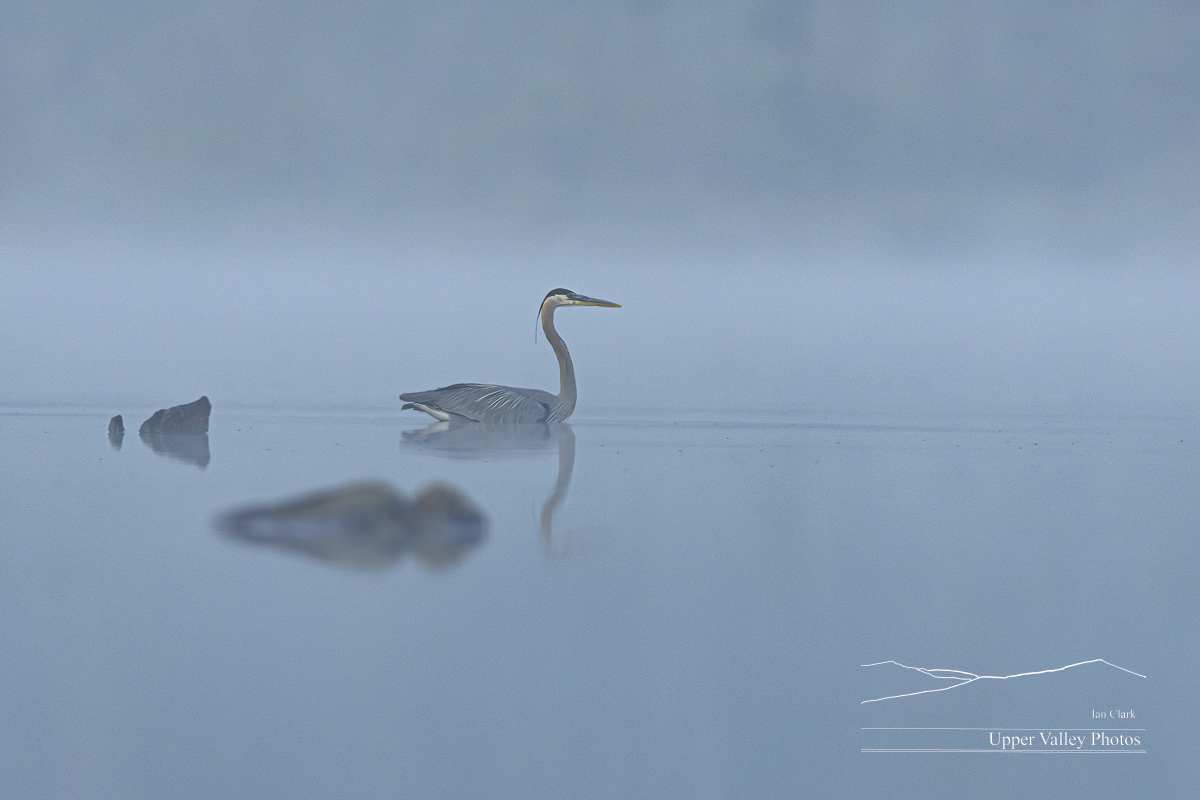
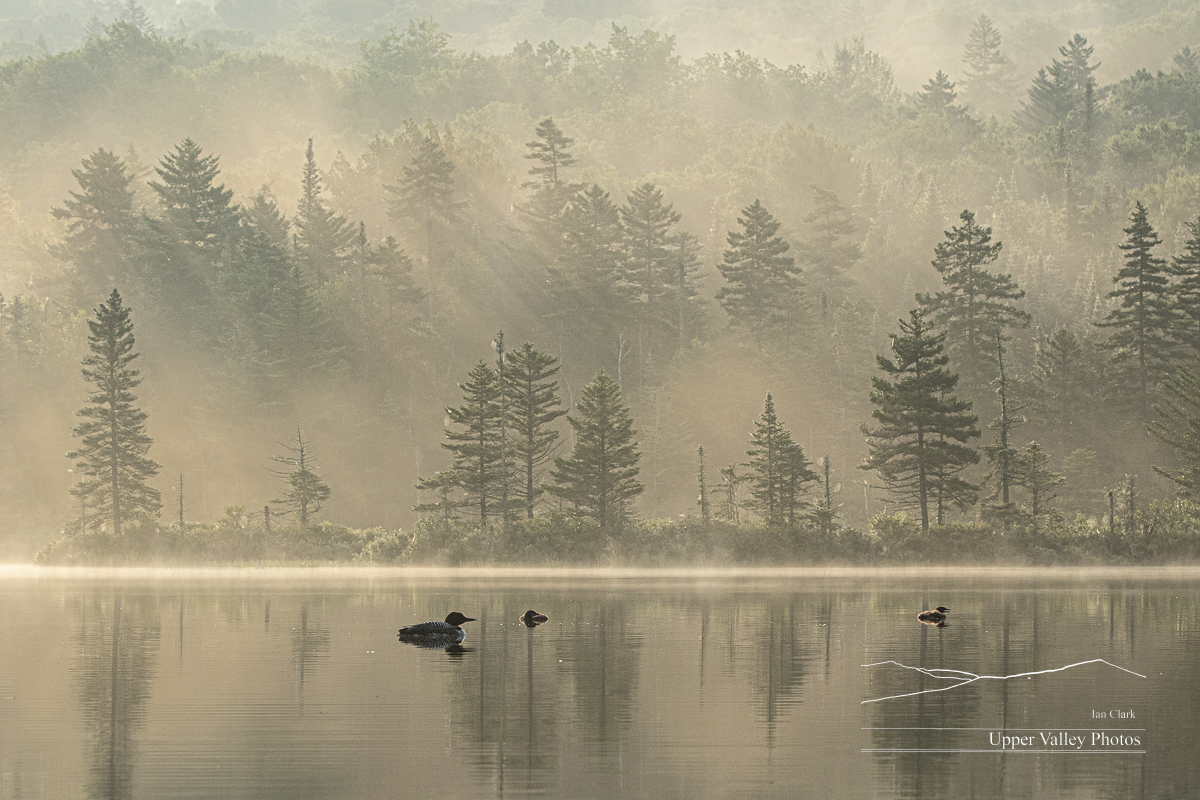
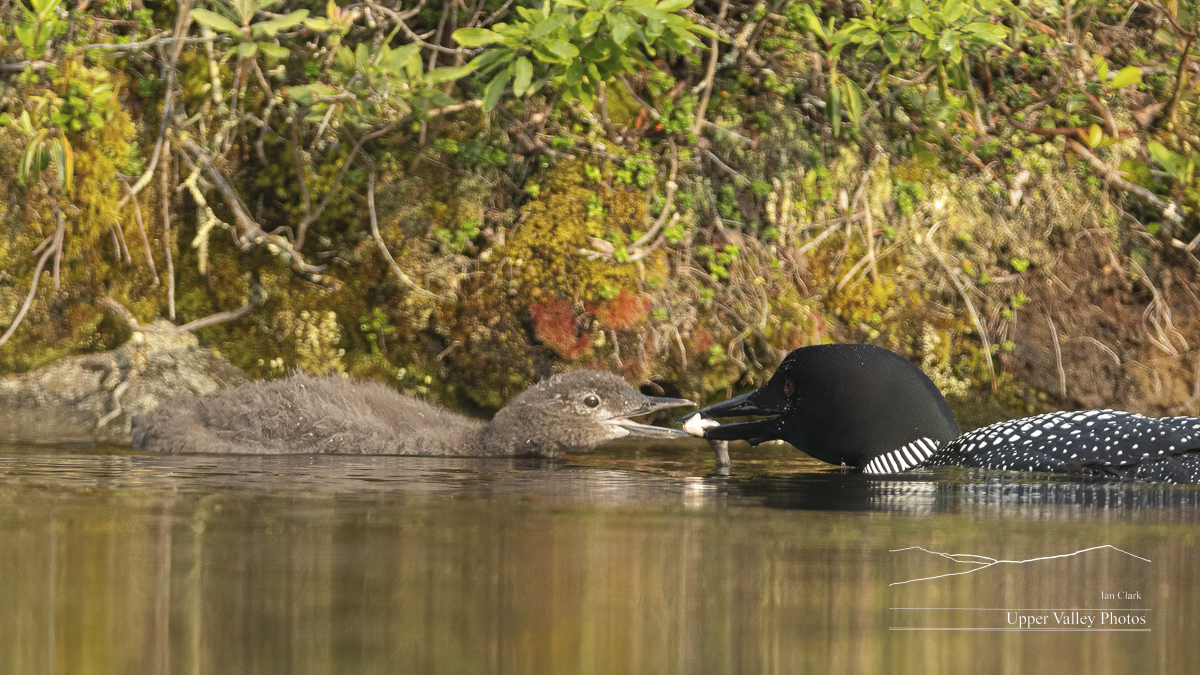
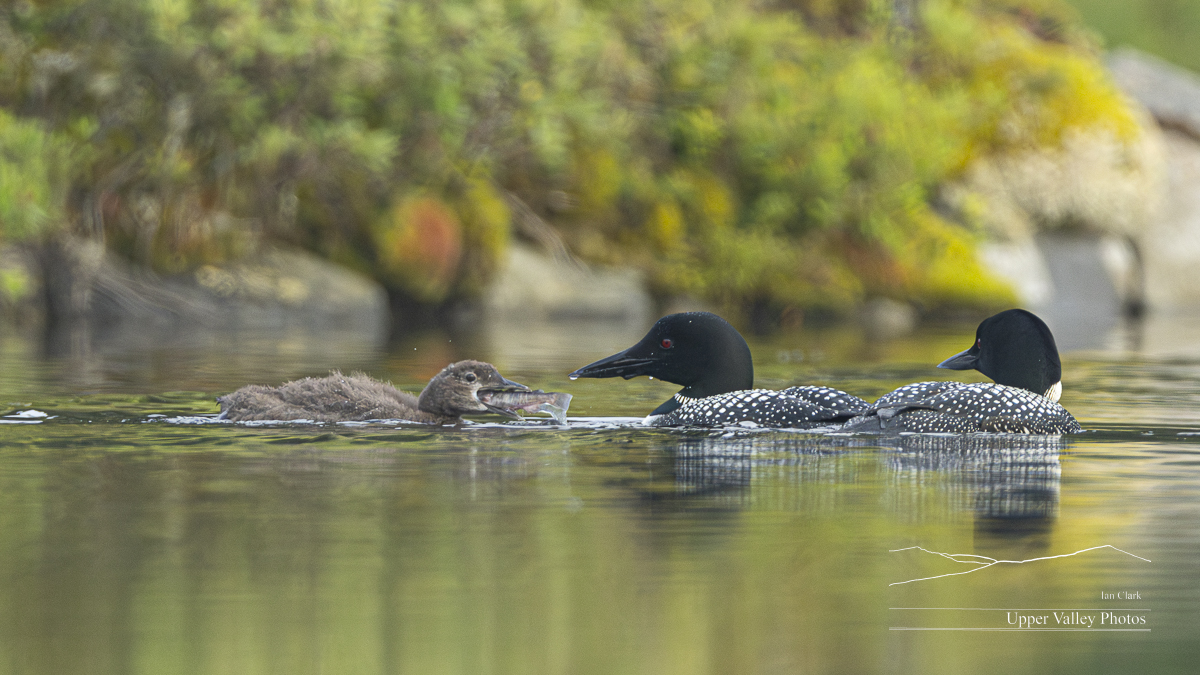
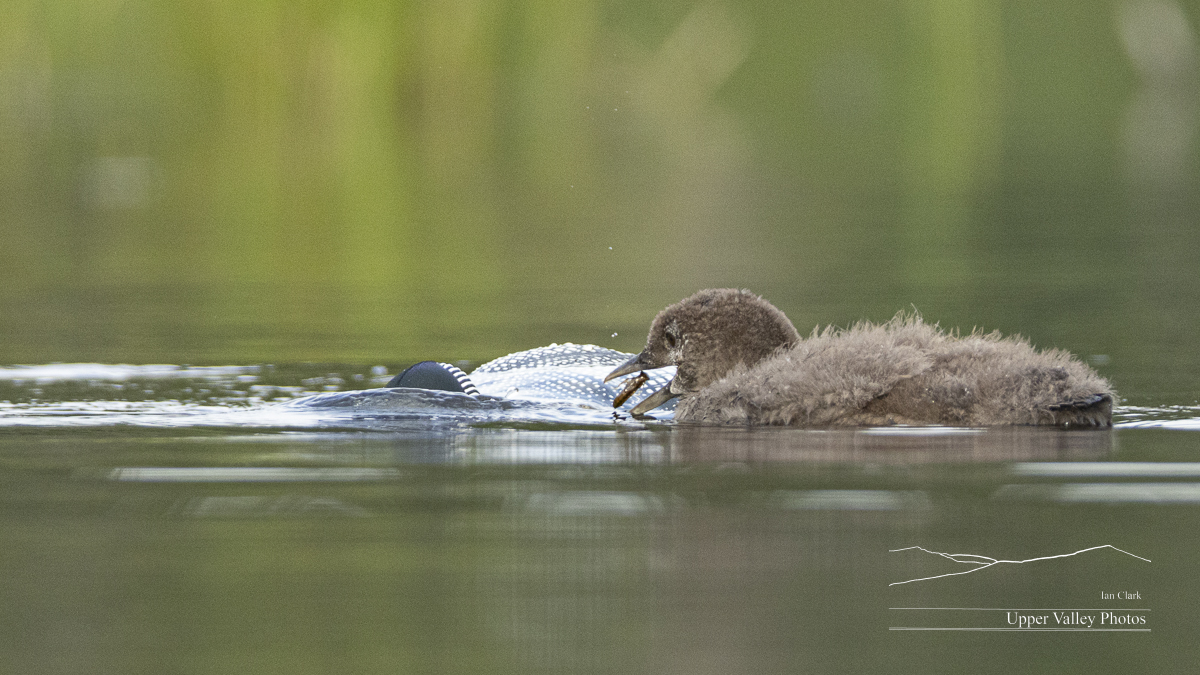
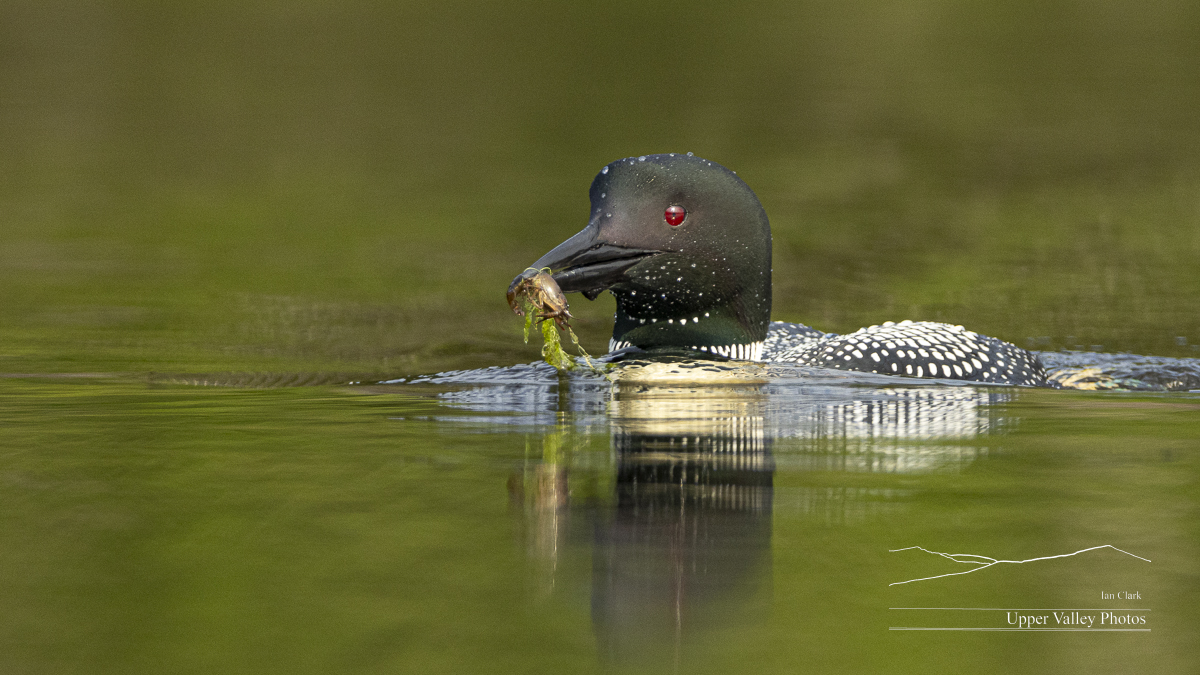
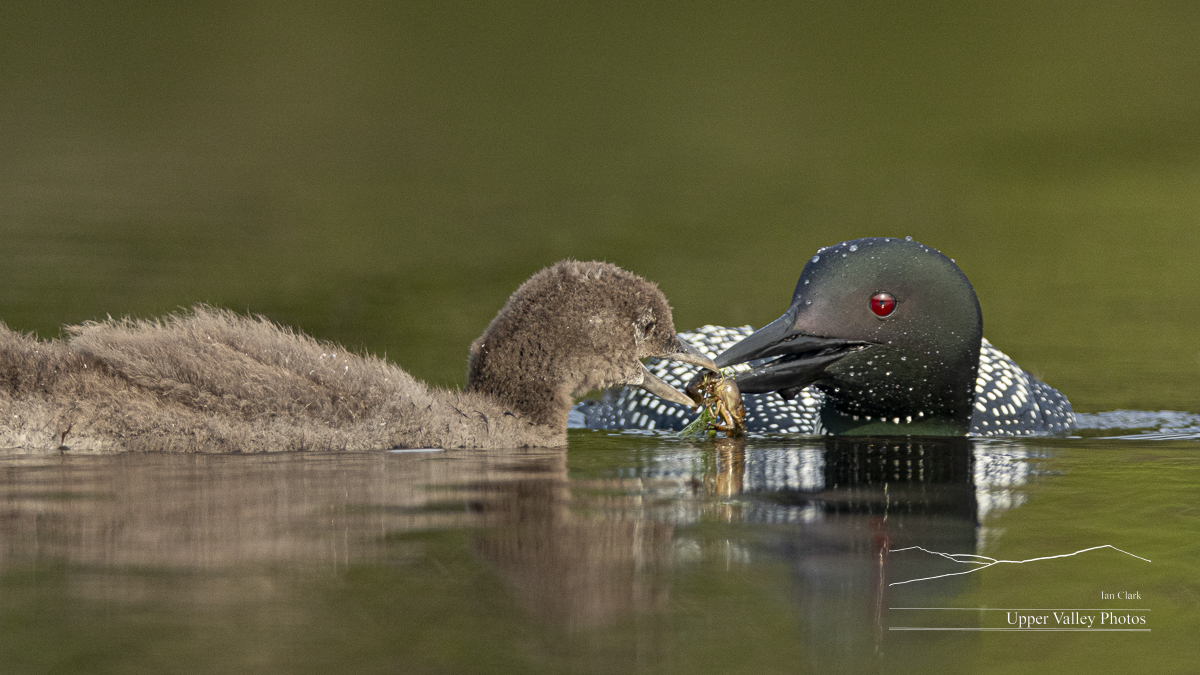
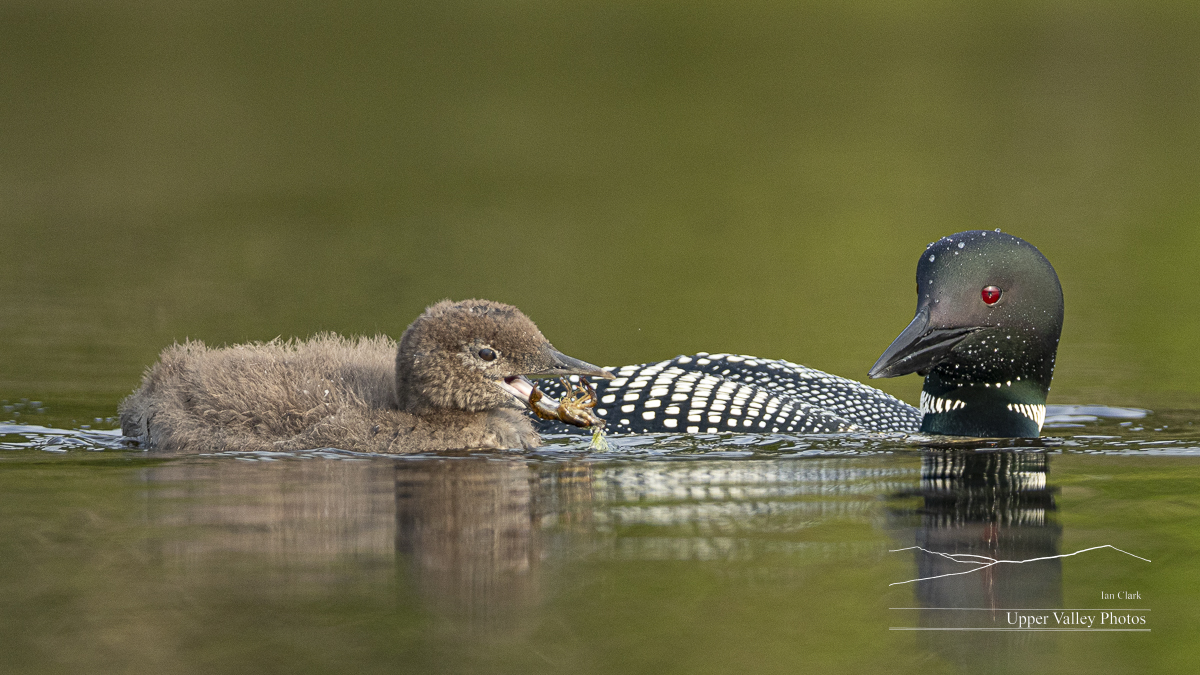
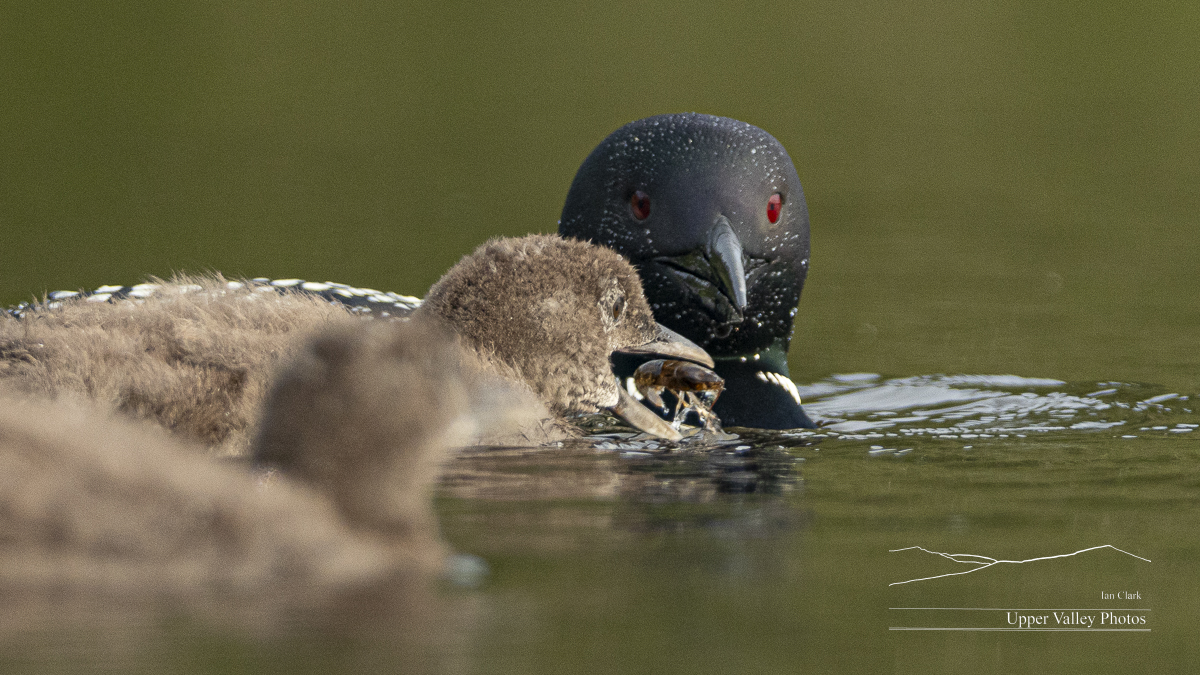
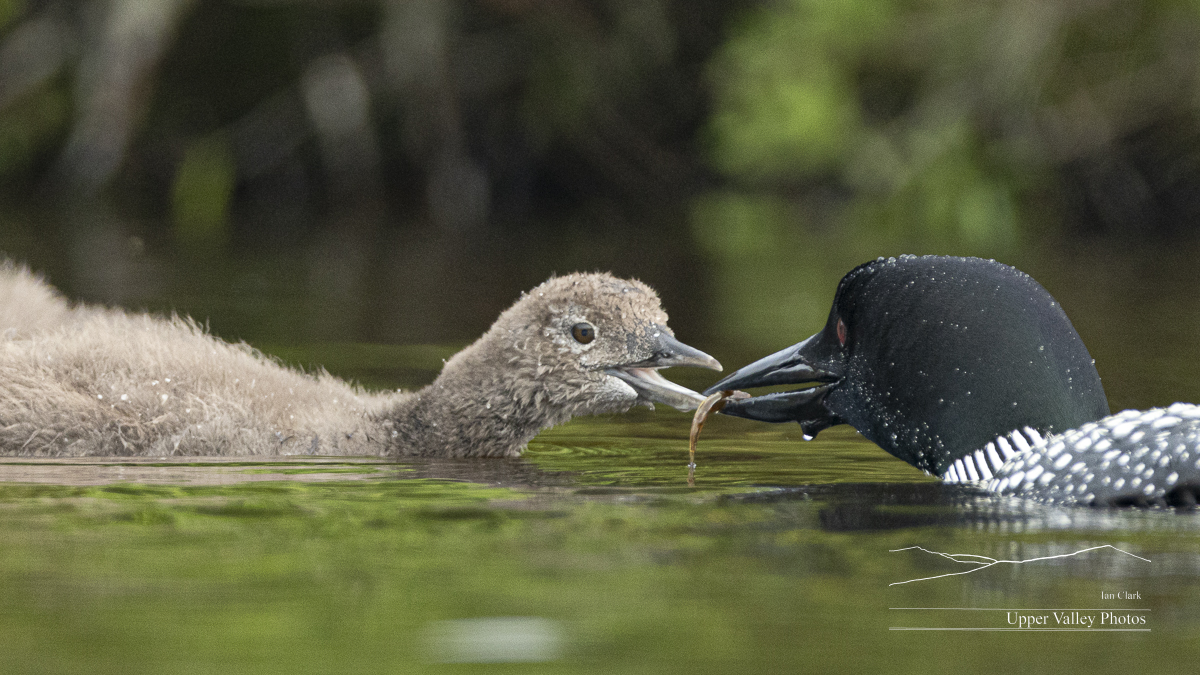
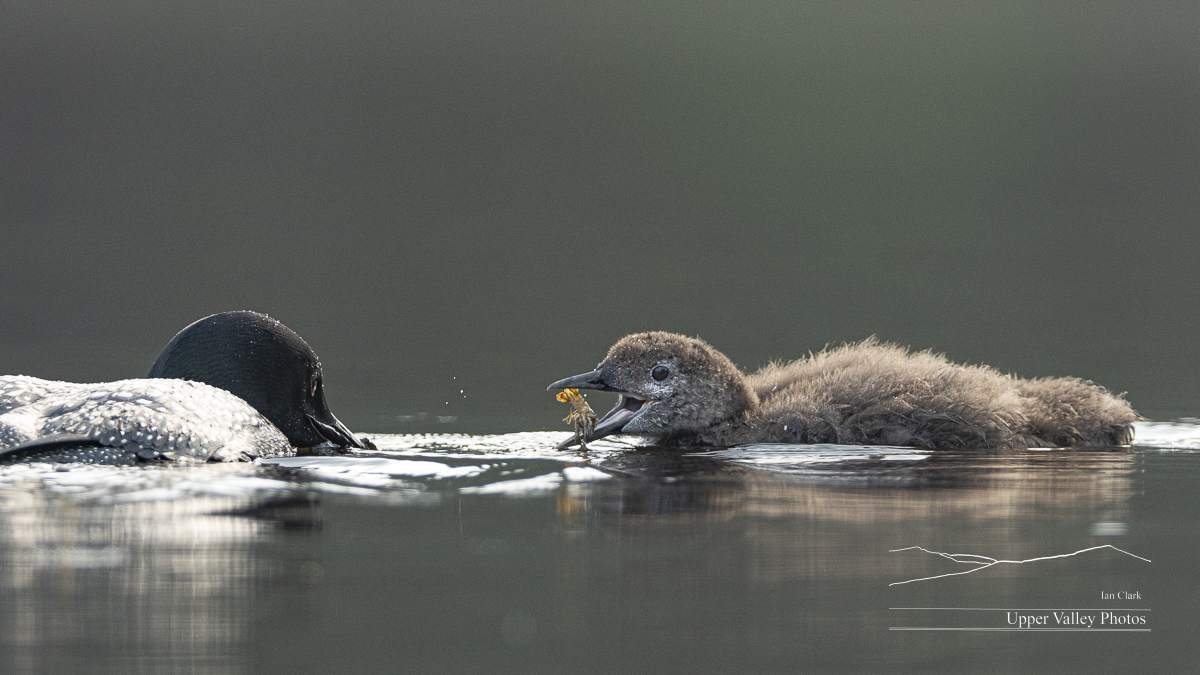
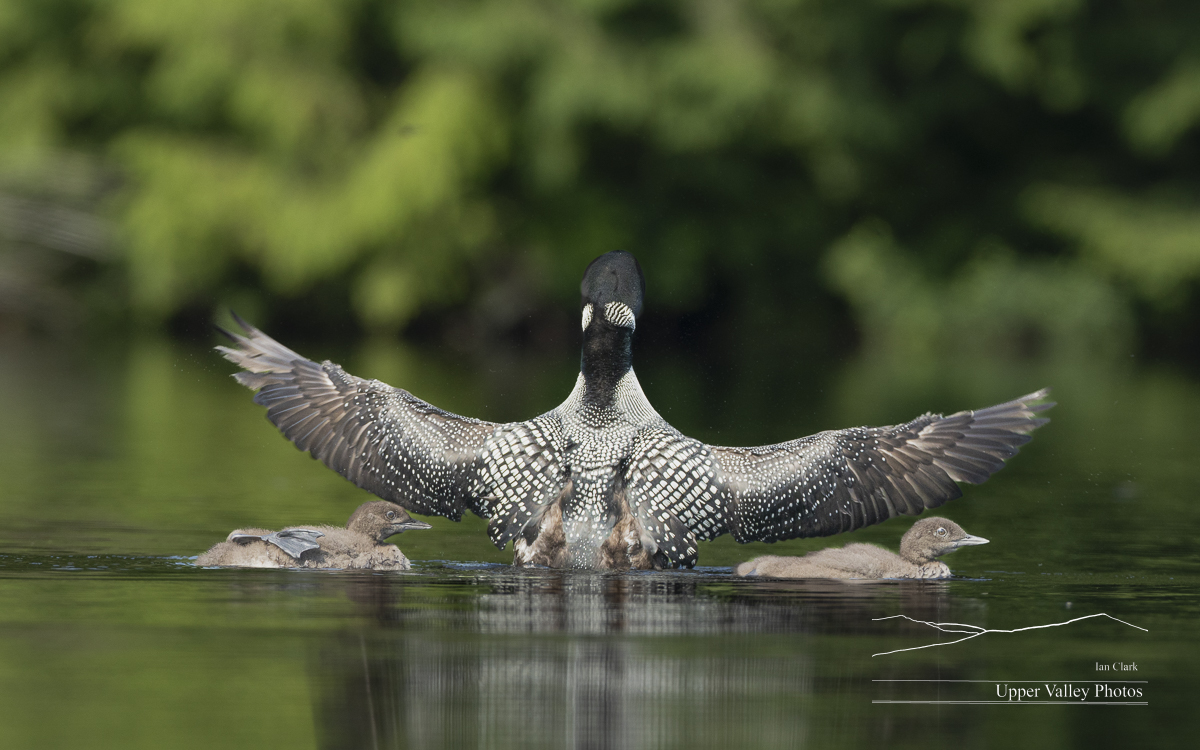
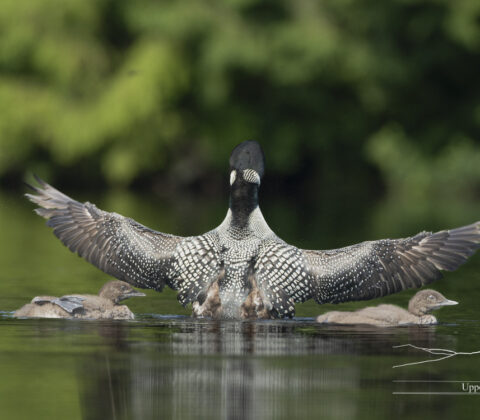
Checking in on the Loon Families
Bad weather and too many chores kept me from checking on the loons for a time. When the weather cleared this week, I was quick to hit the water.
I’ll be down at the League of New Hampshire Craftsmen’s 90th annual Fair in Sunapee, NH, August 5th to the 13th. Stop by to have a look. All the Fair details here.
Let’s start with a few pix of the Eastons from the day after my last post. The chicks are two and three days old. This is the pair where dad is banded, allowing me to tell them apart – sometimes.
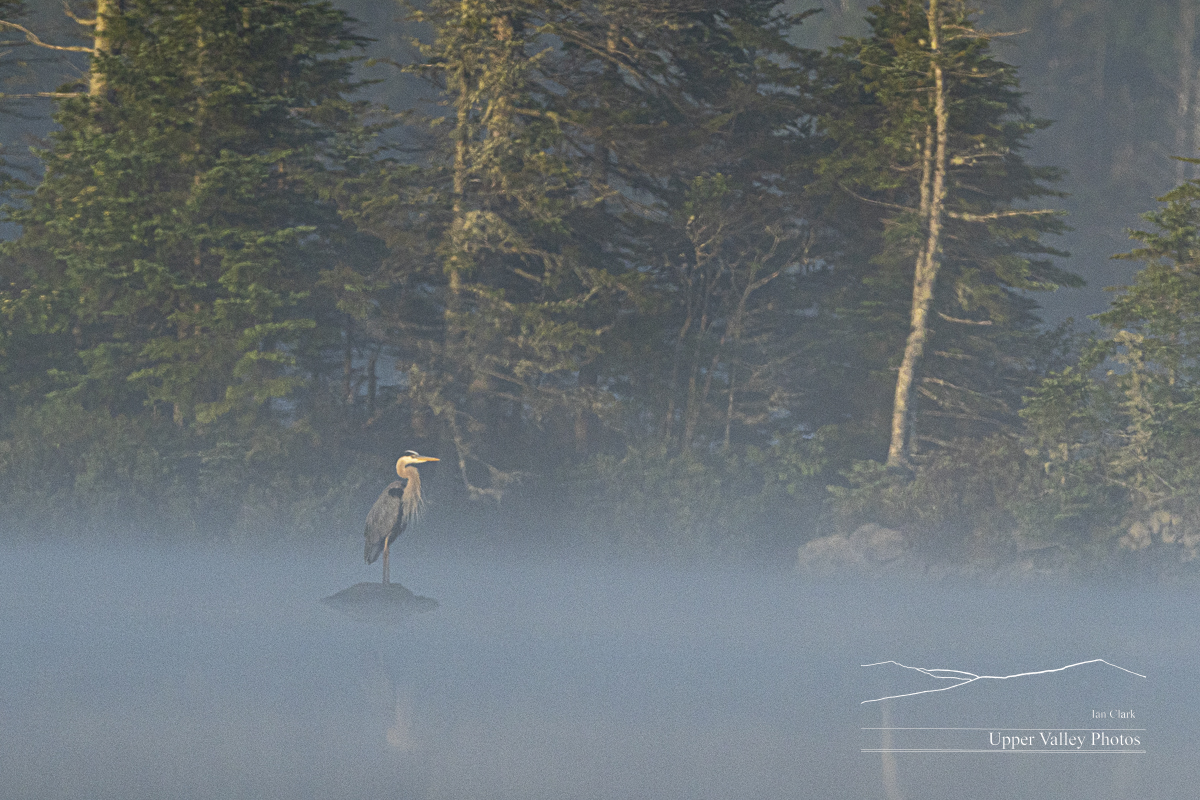
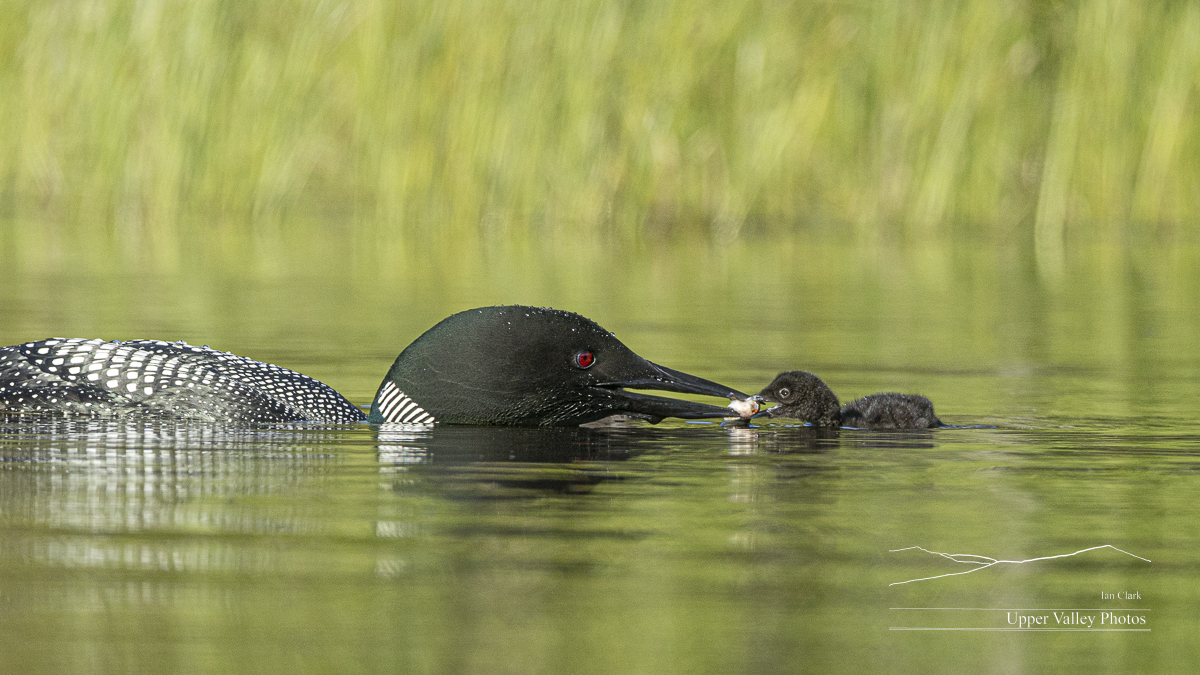
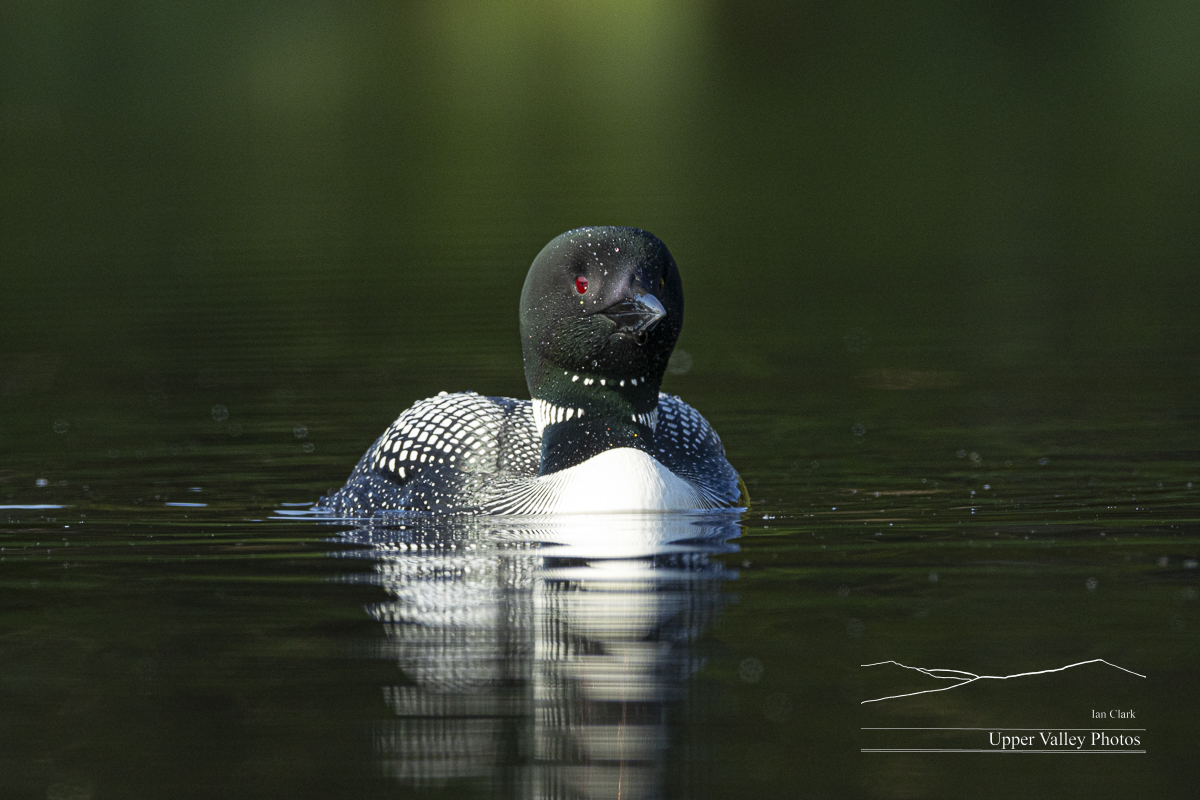
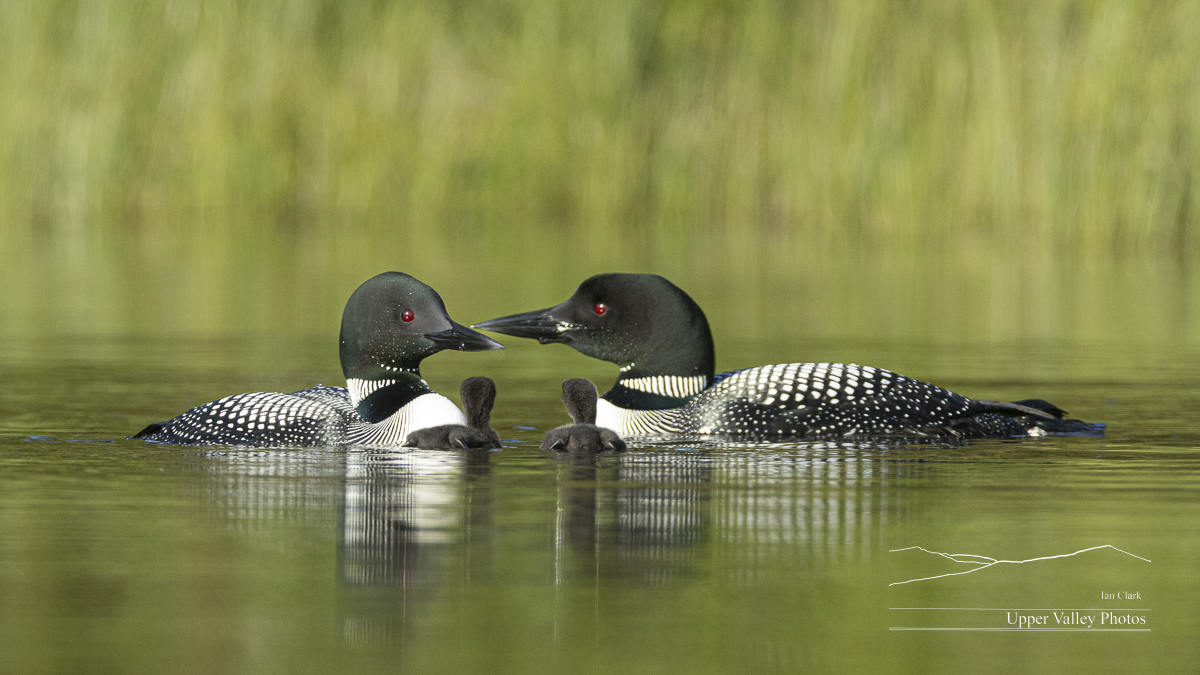
That evening, I made it over to check on the Middletons.
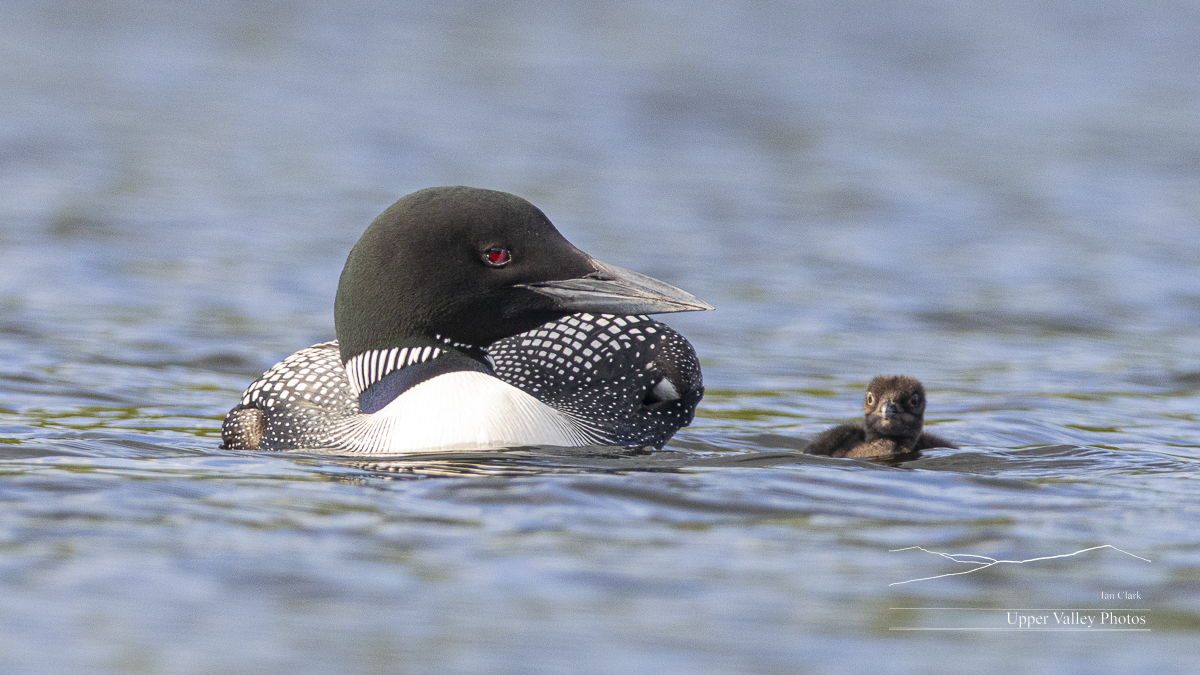
The next morning, I returned to visit the Eastons. They spent most of their morning feeding the chicks.
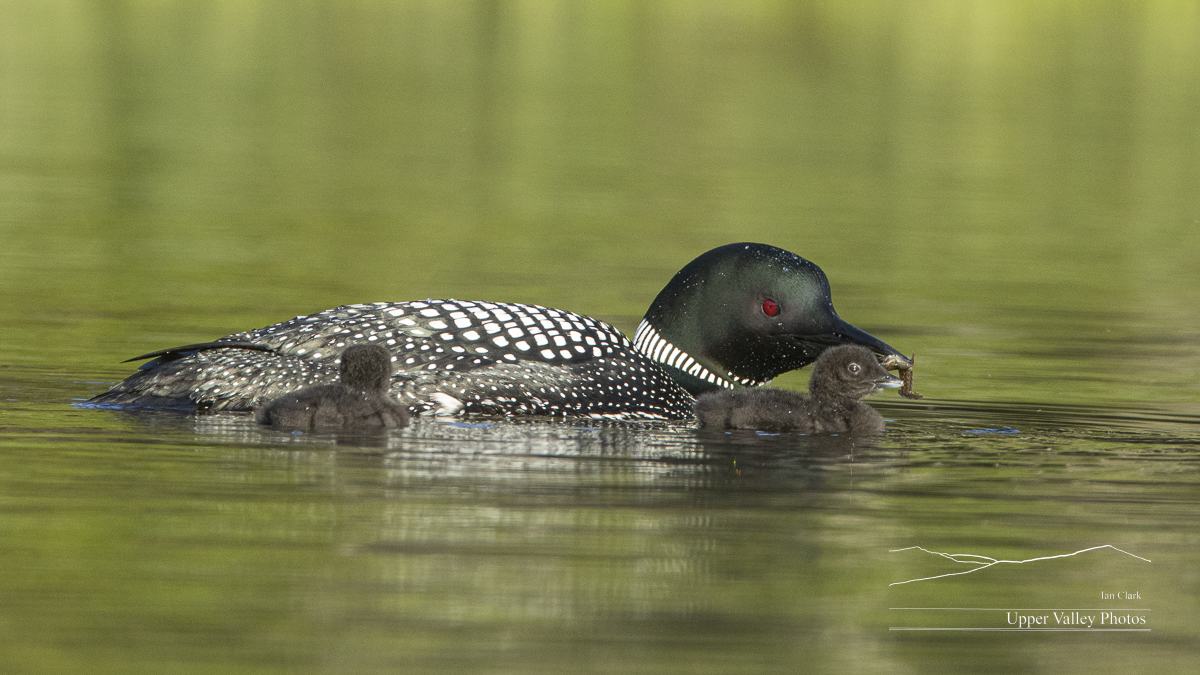
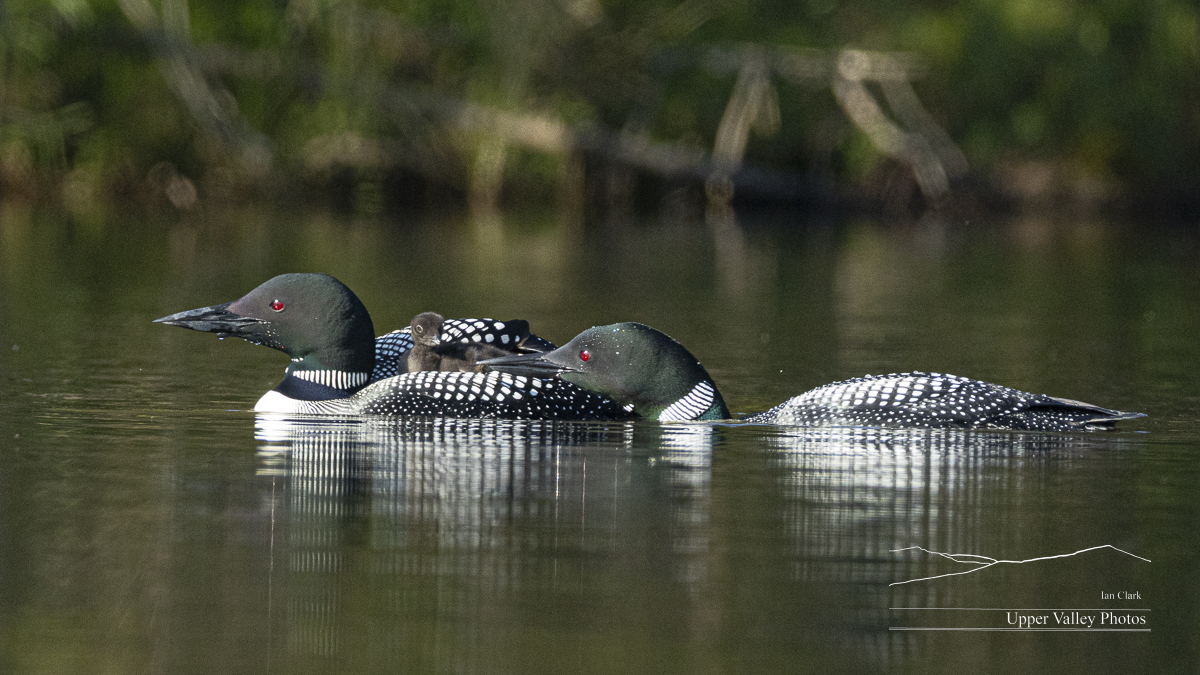
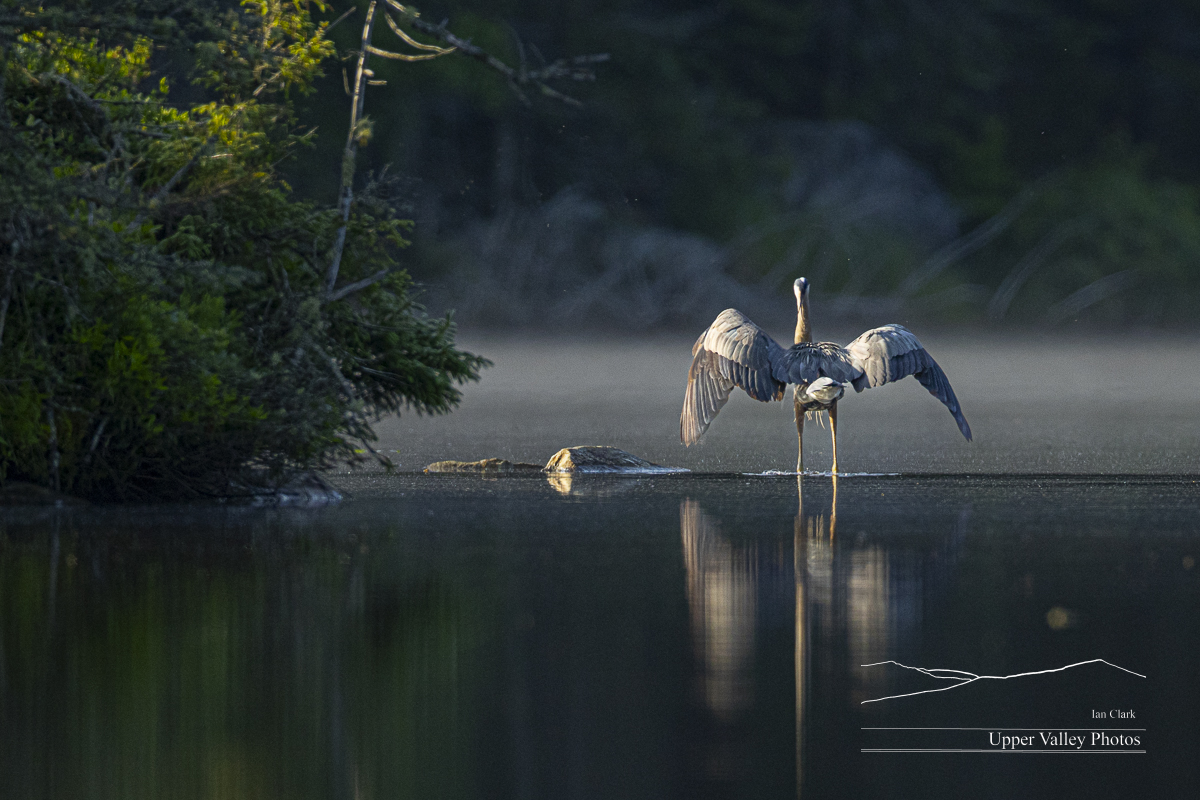
I didn’t make it back out until July 5th, when I again visited the Eastons.
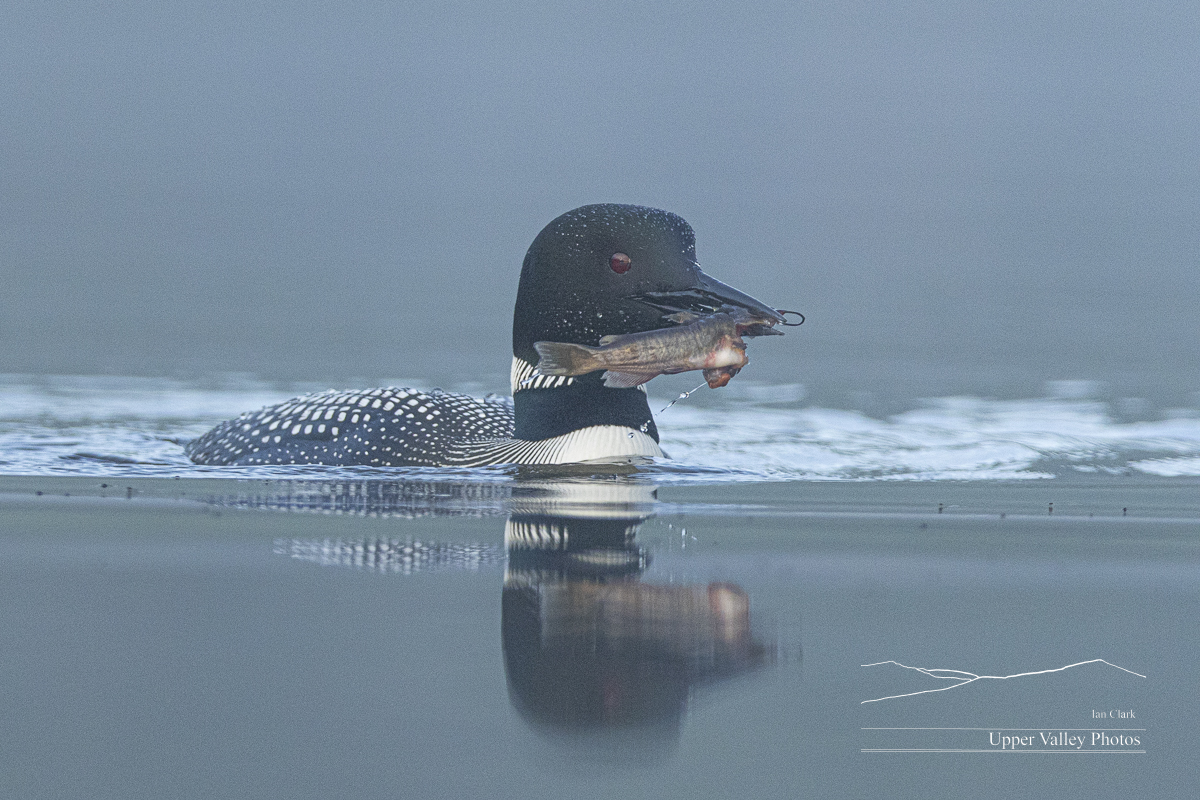

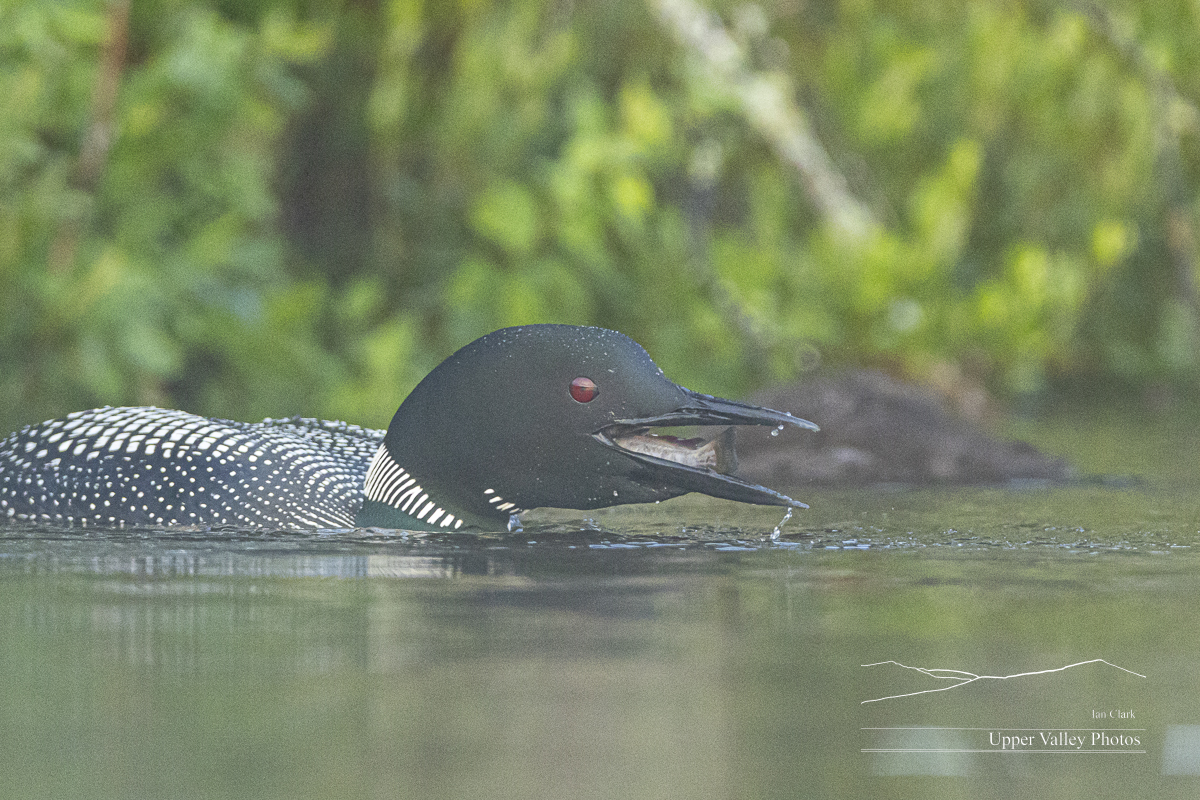
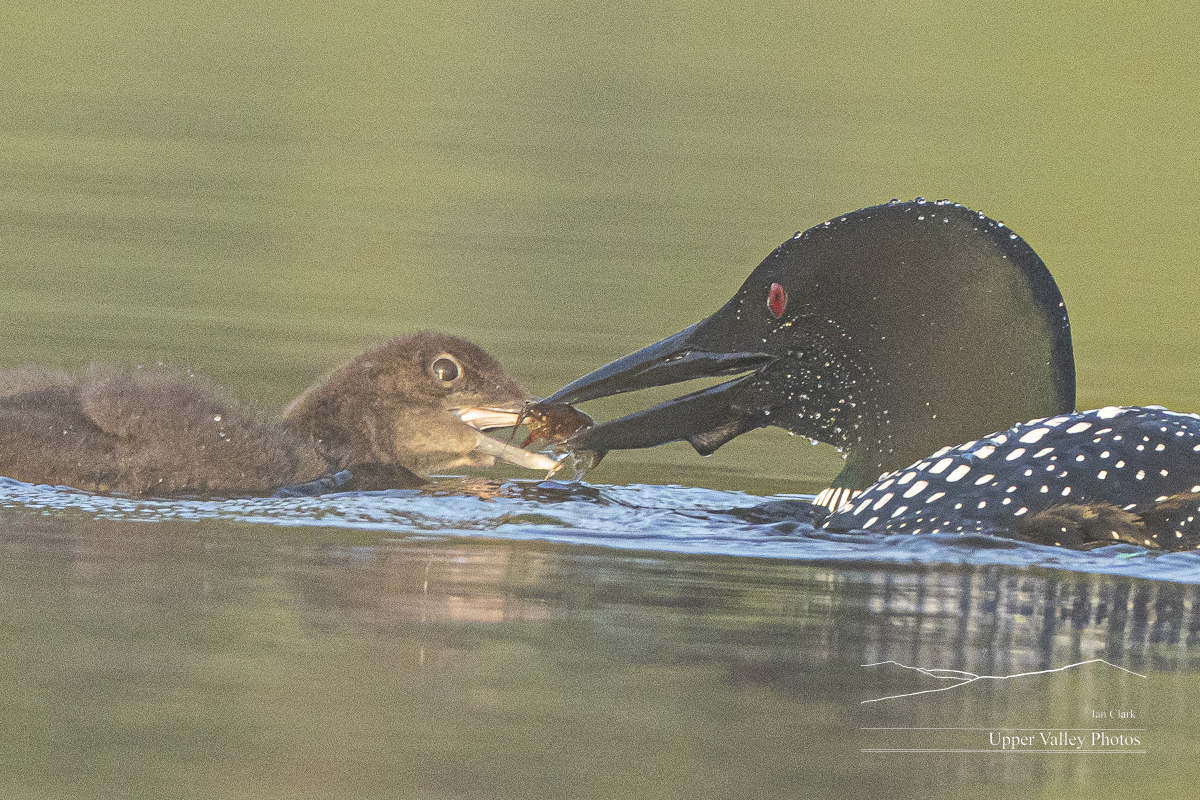
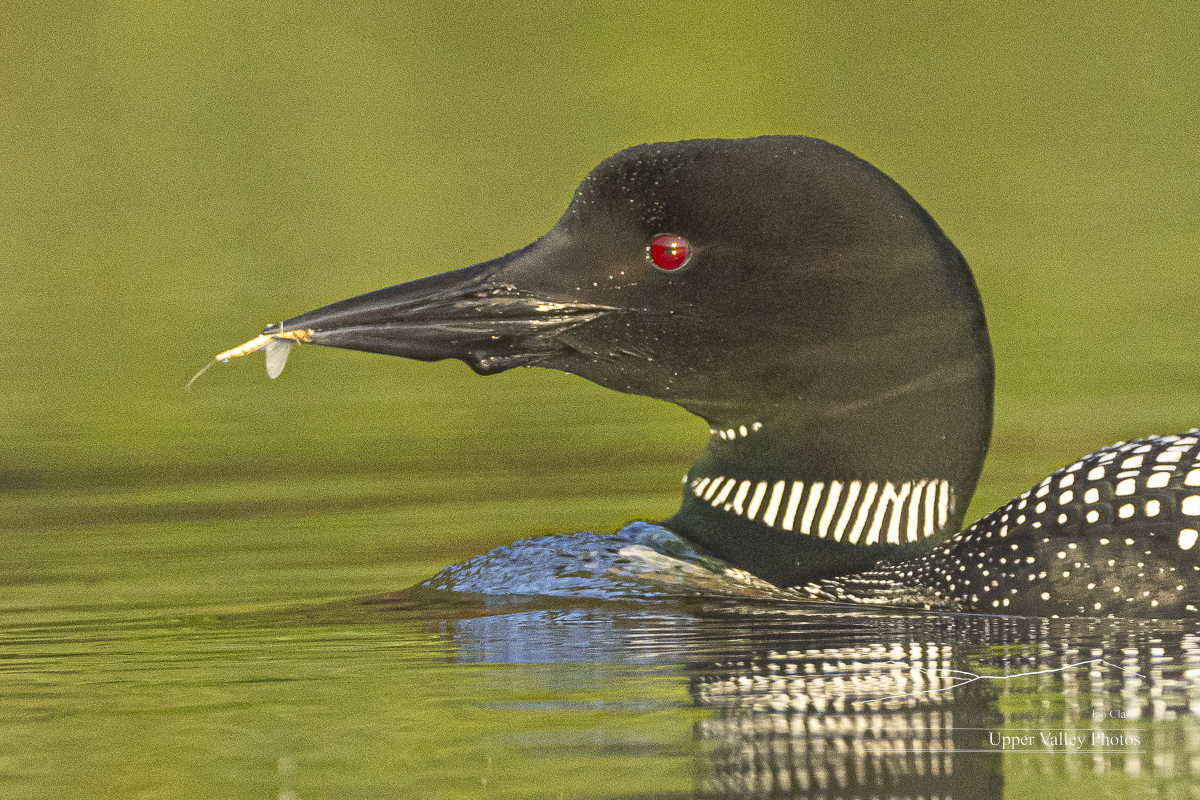
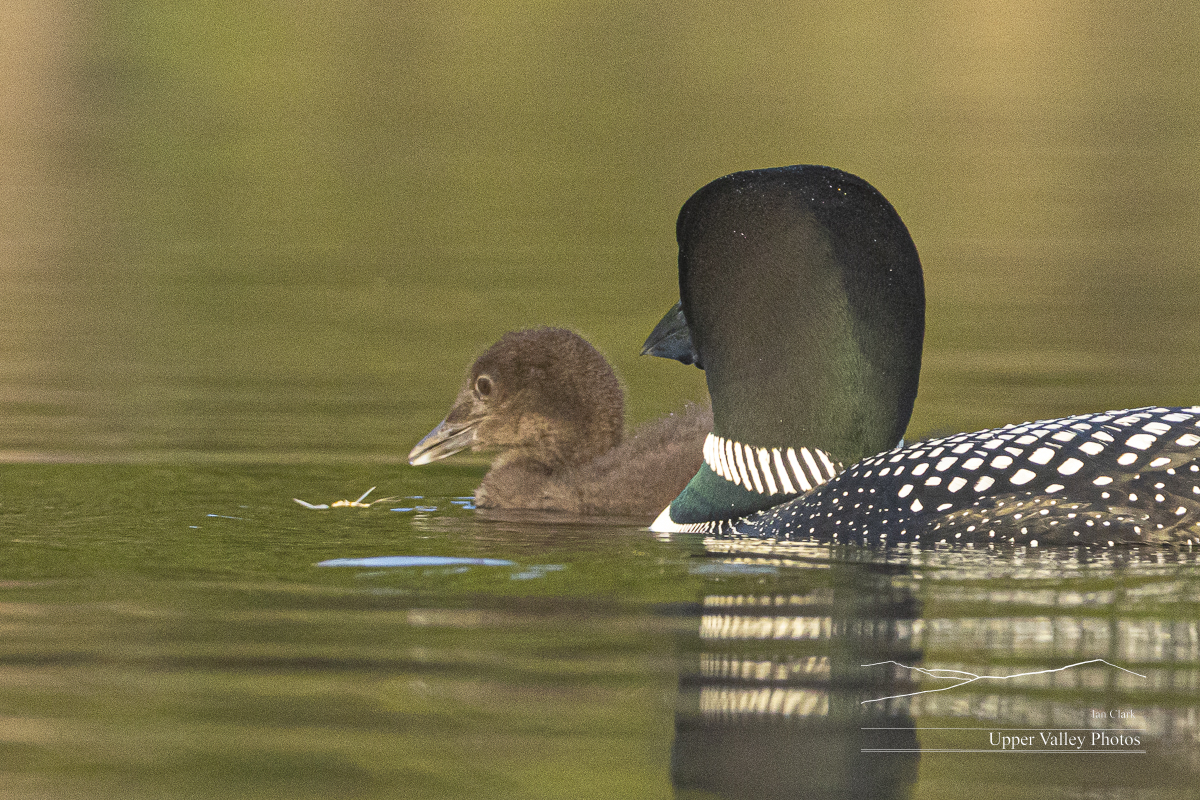
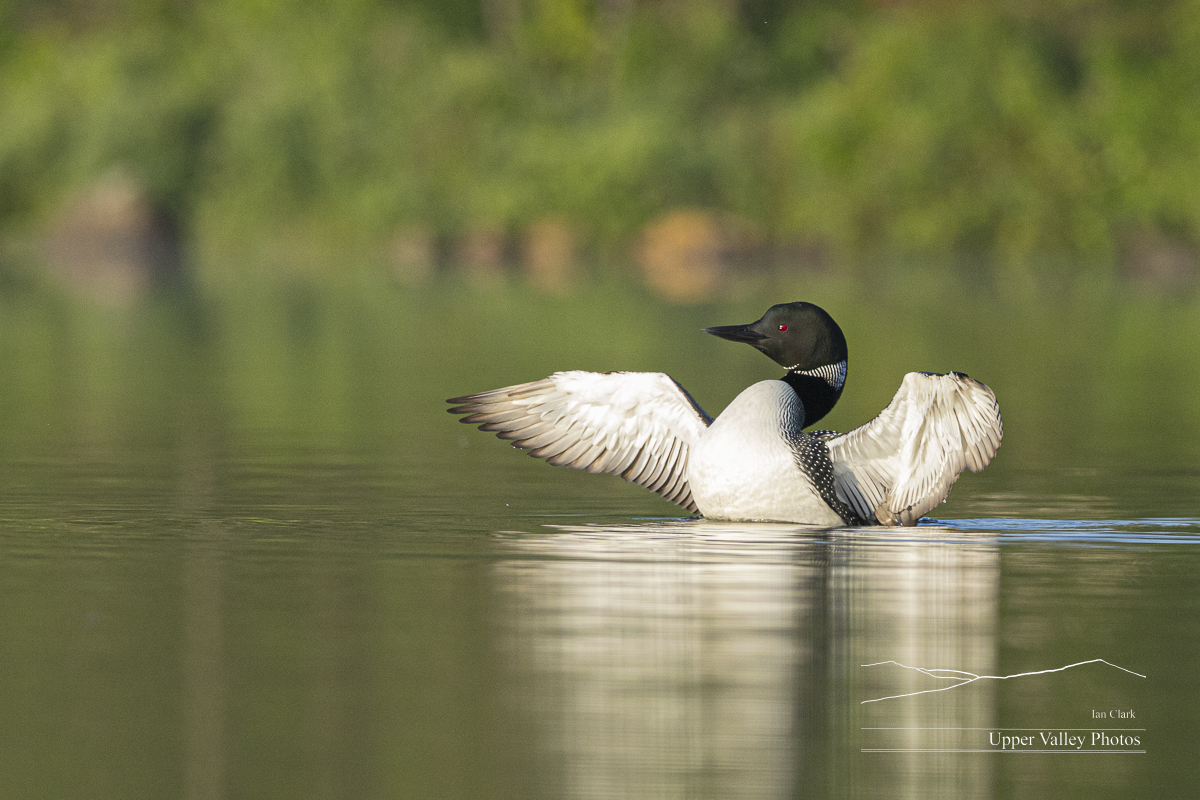
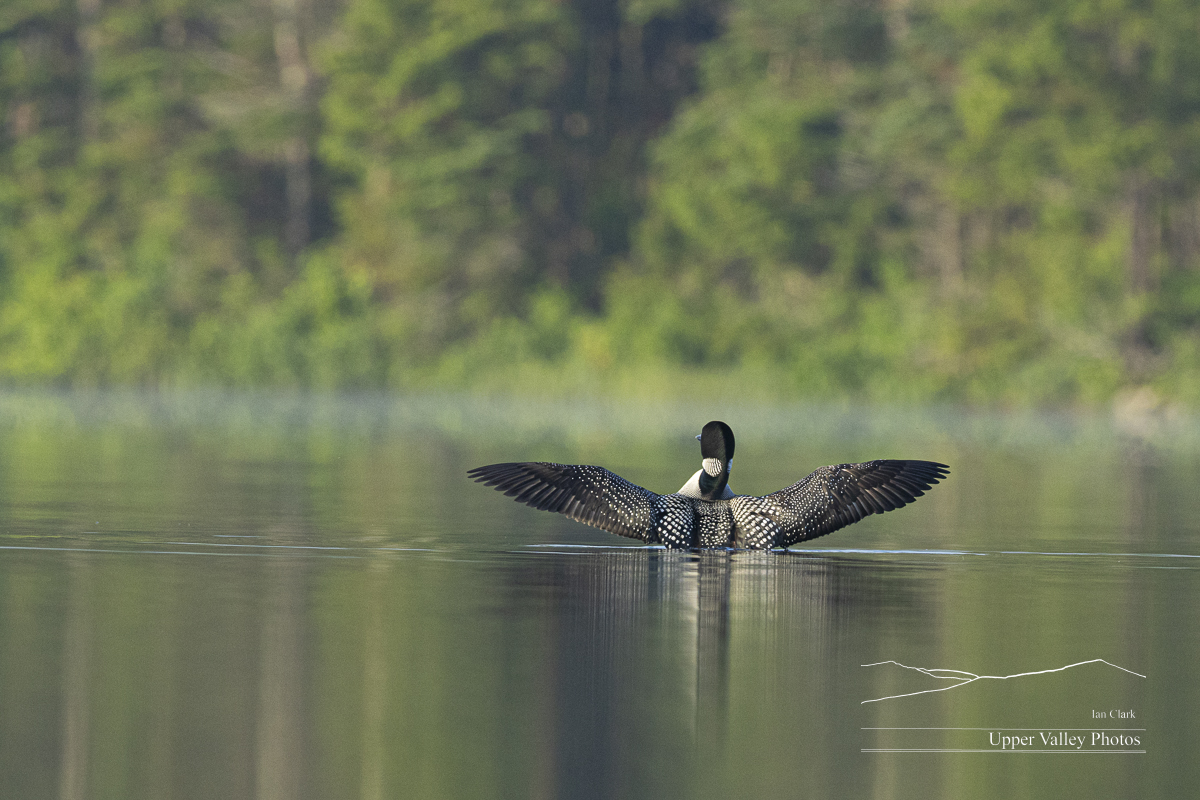
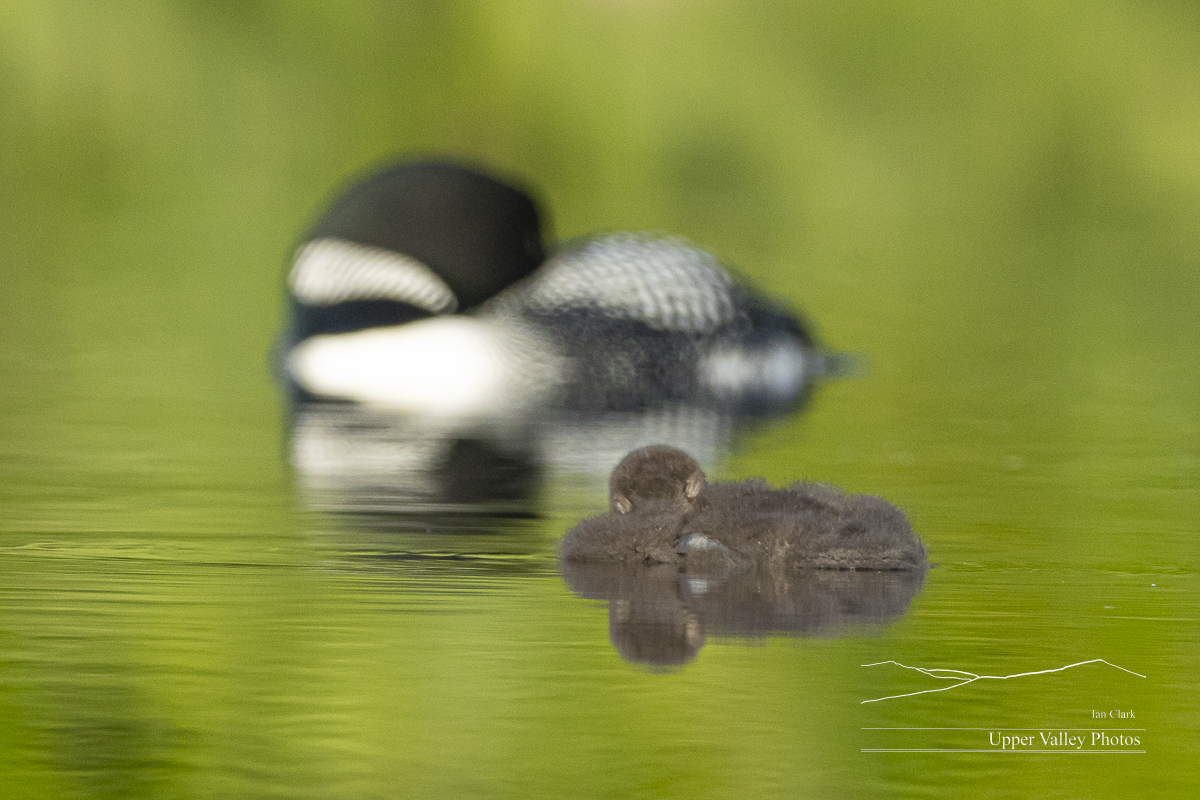
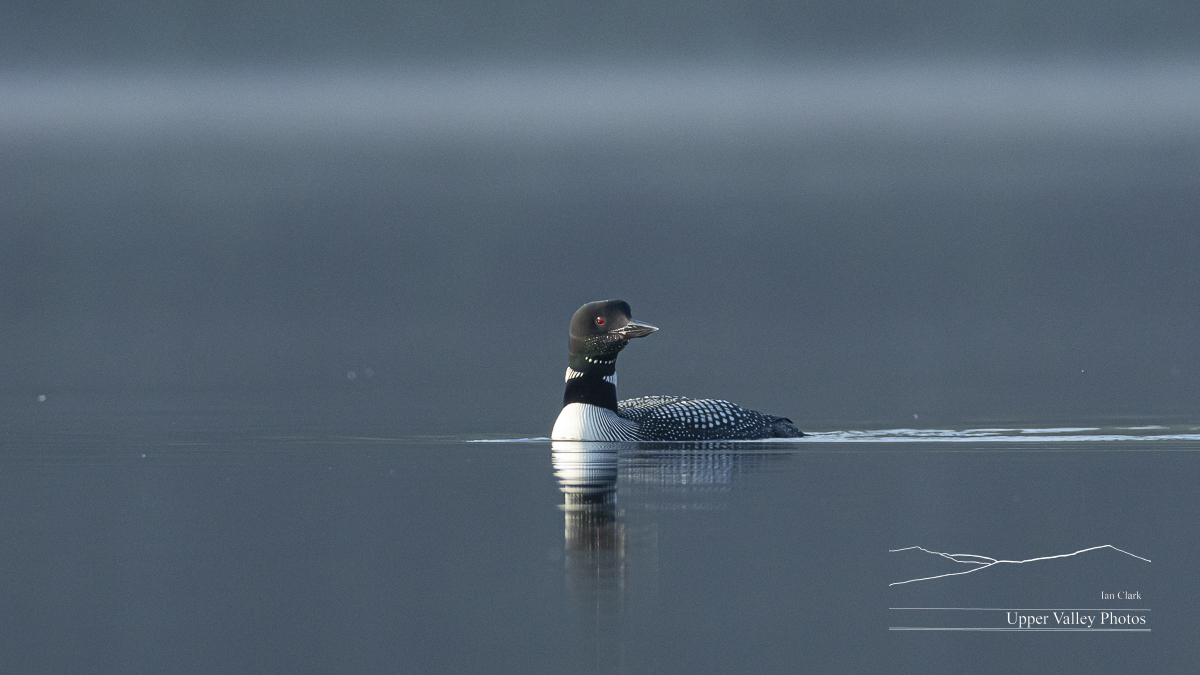
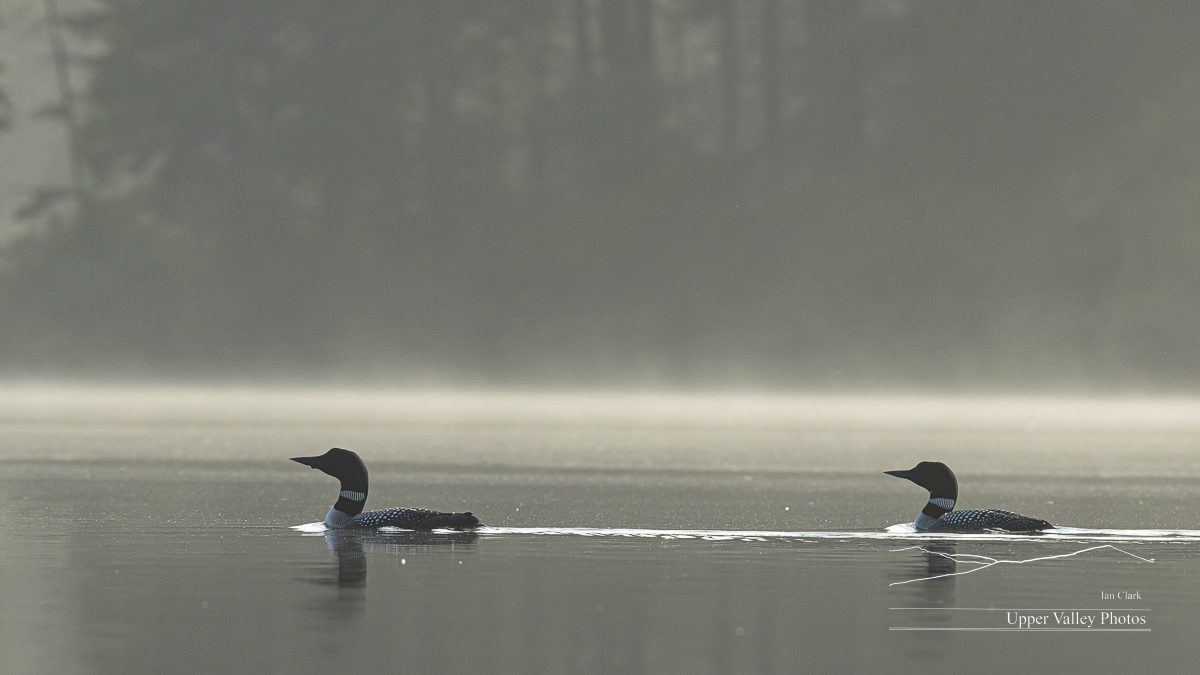
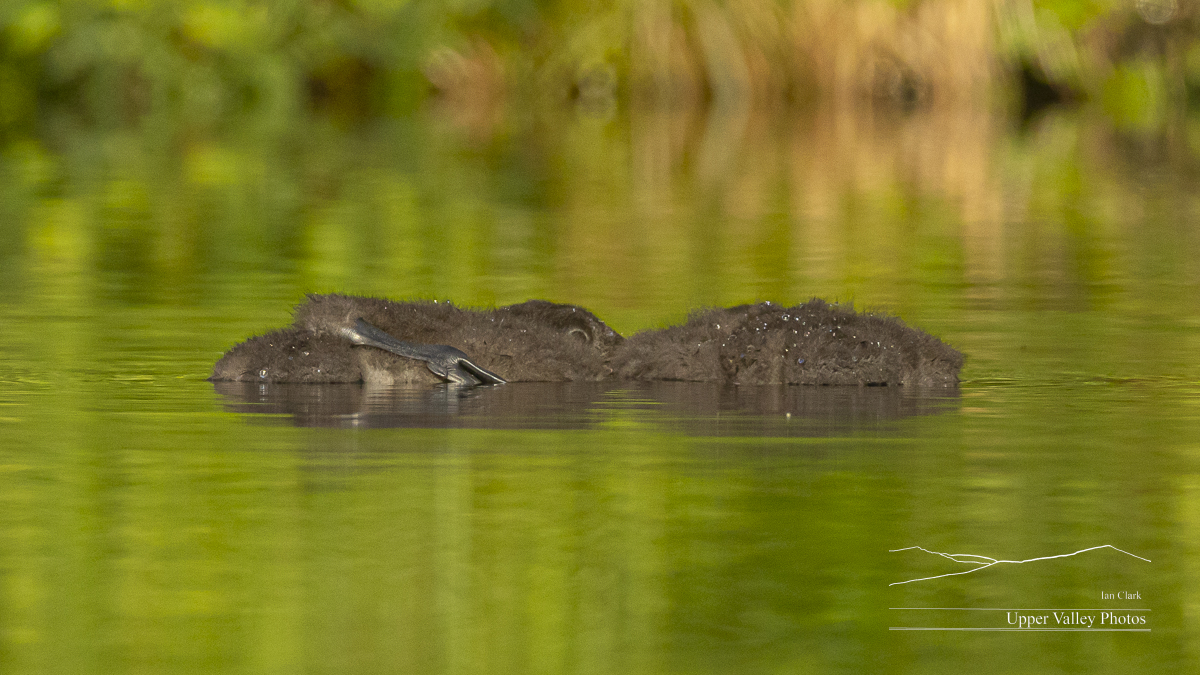

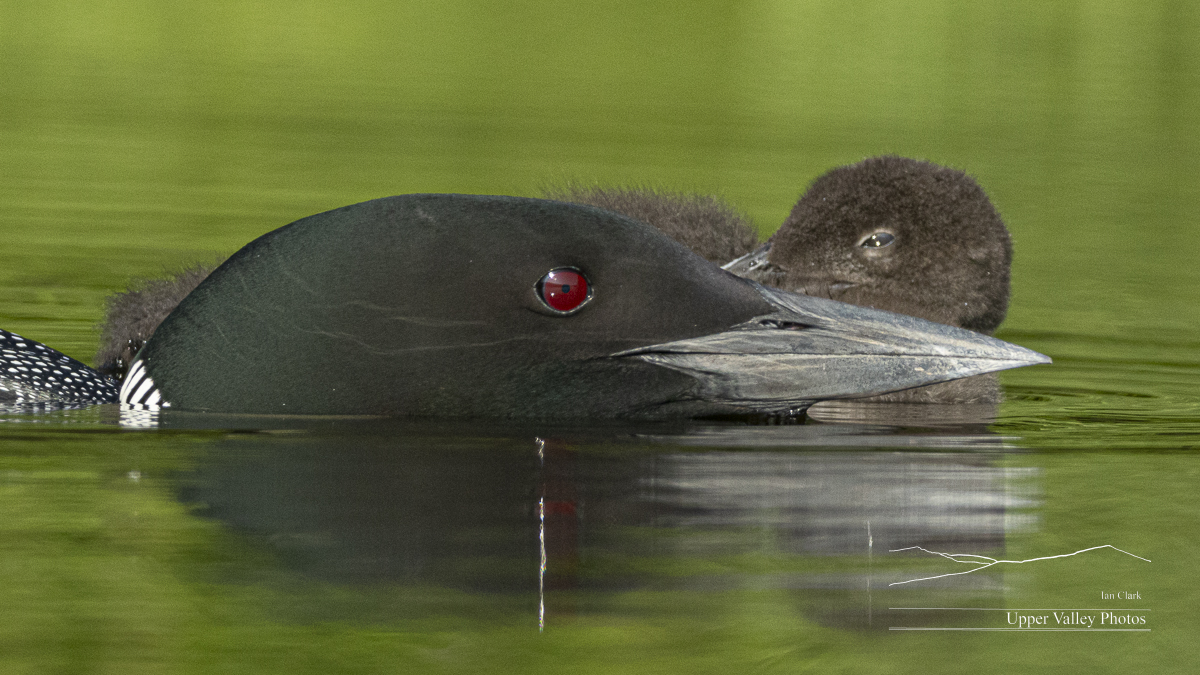
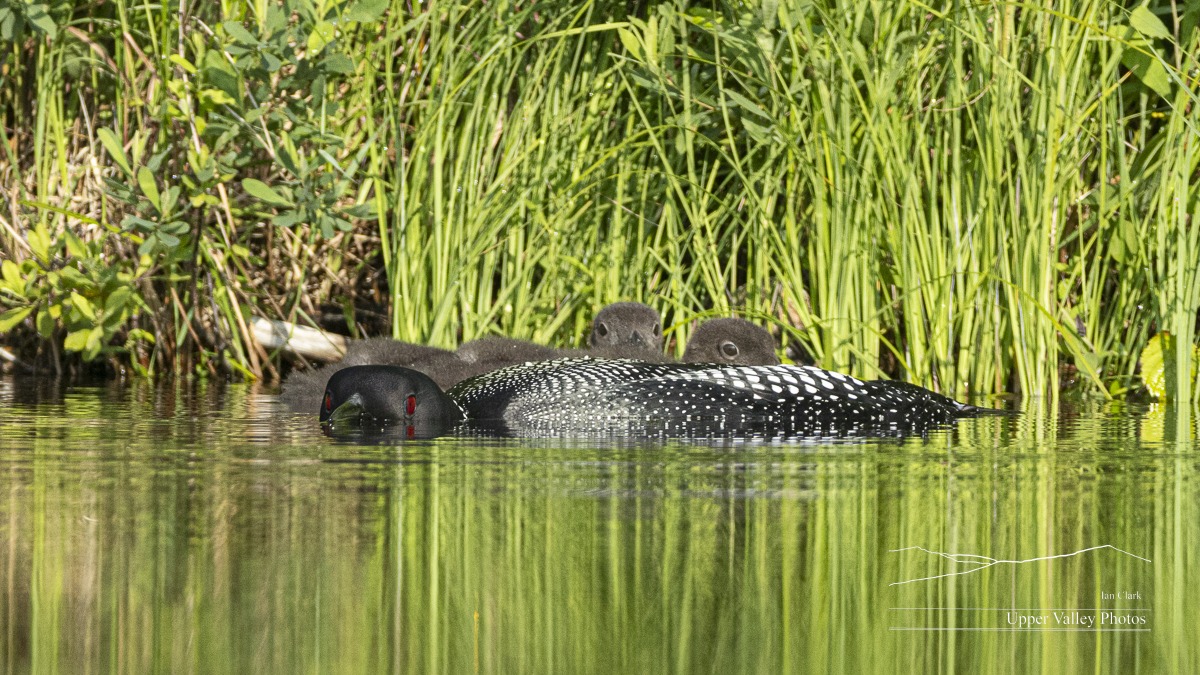
The morning of the sixth, I headed west to check on the Westons. Their pond has steep hills on both sides of the southern end of the pond. The family spent most of the morning foraging in deep shadows along the side of the pond. I headed out to see who else was about.
The usual suspects were out and about, kingbirds, red-winged blackbirds, lots of warblers seen not heard. But the best find was a trio of tree swallow fledglings and their parents feeding them.
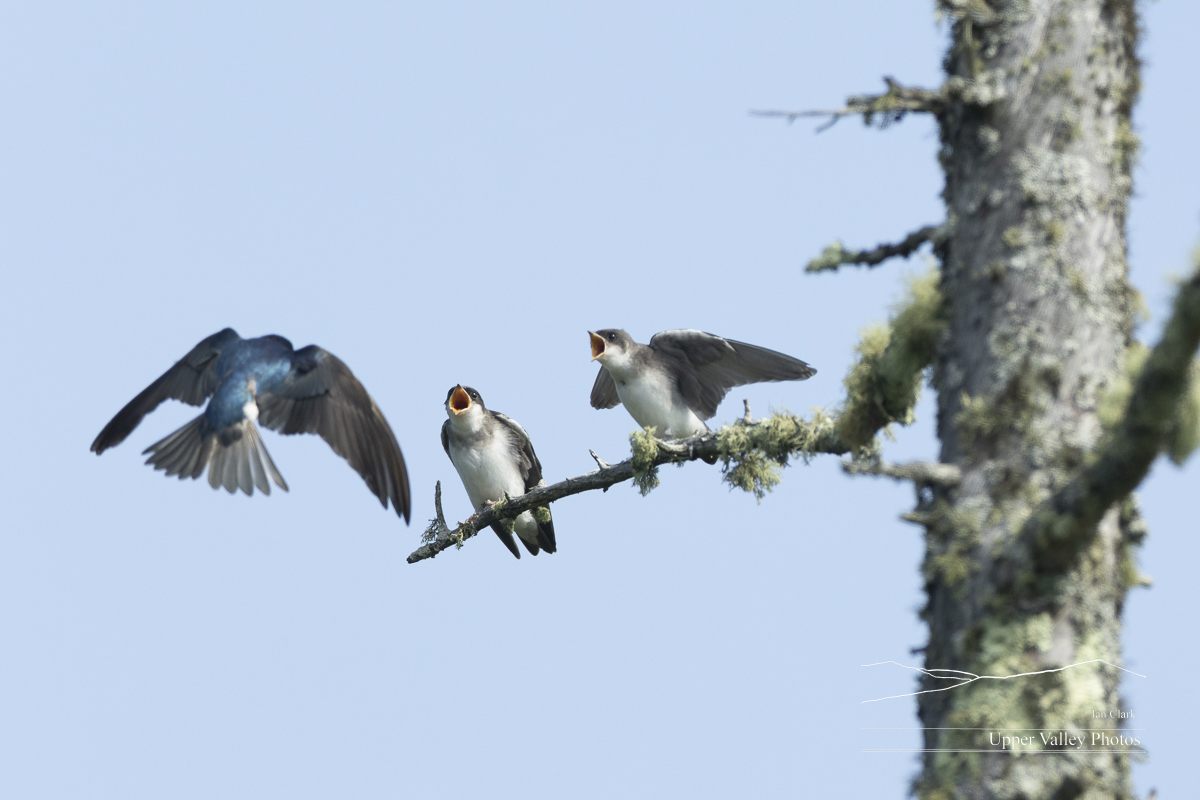
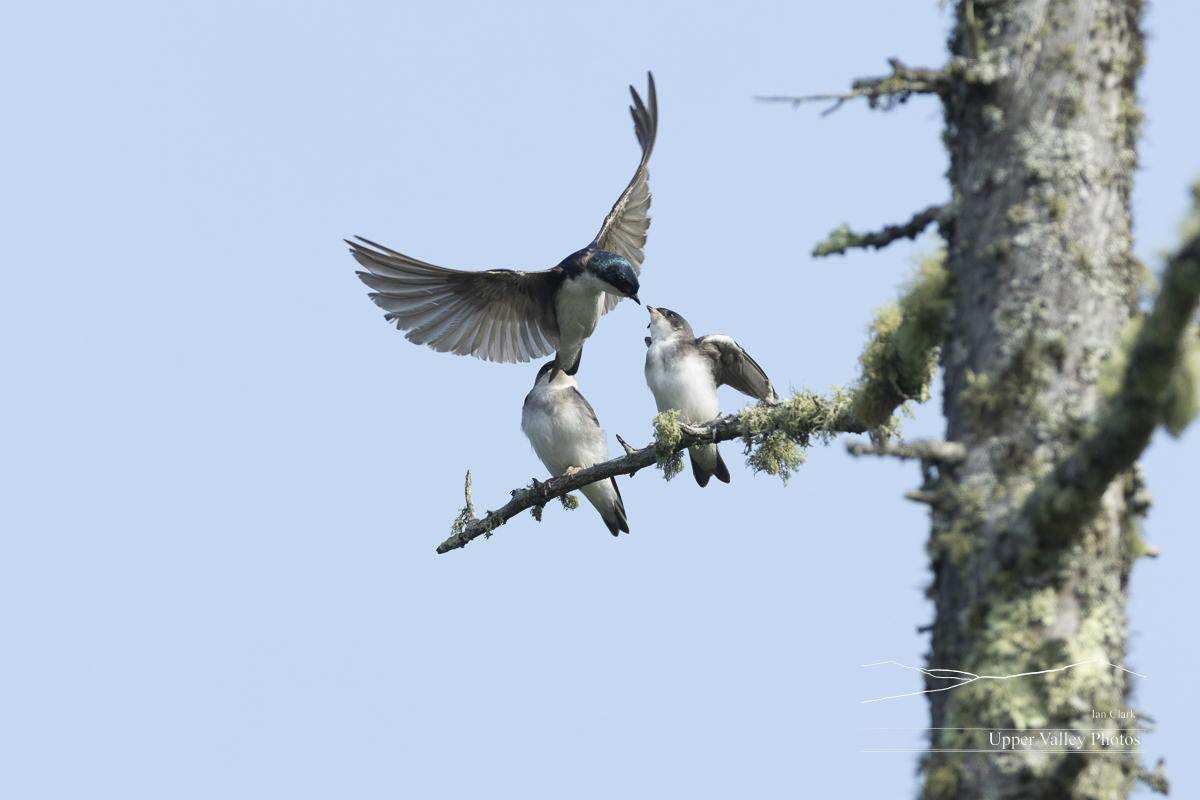
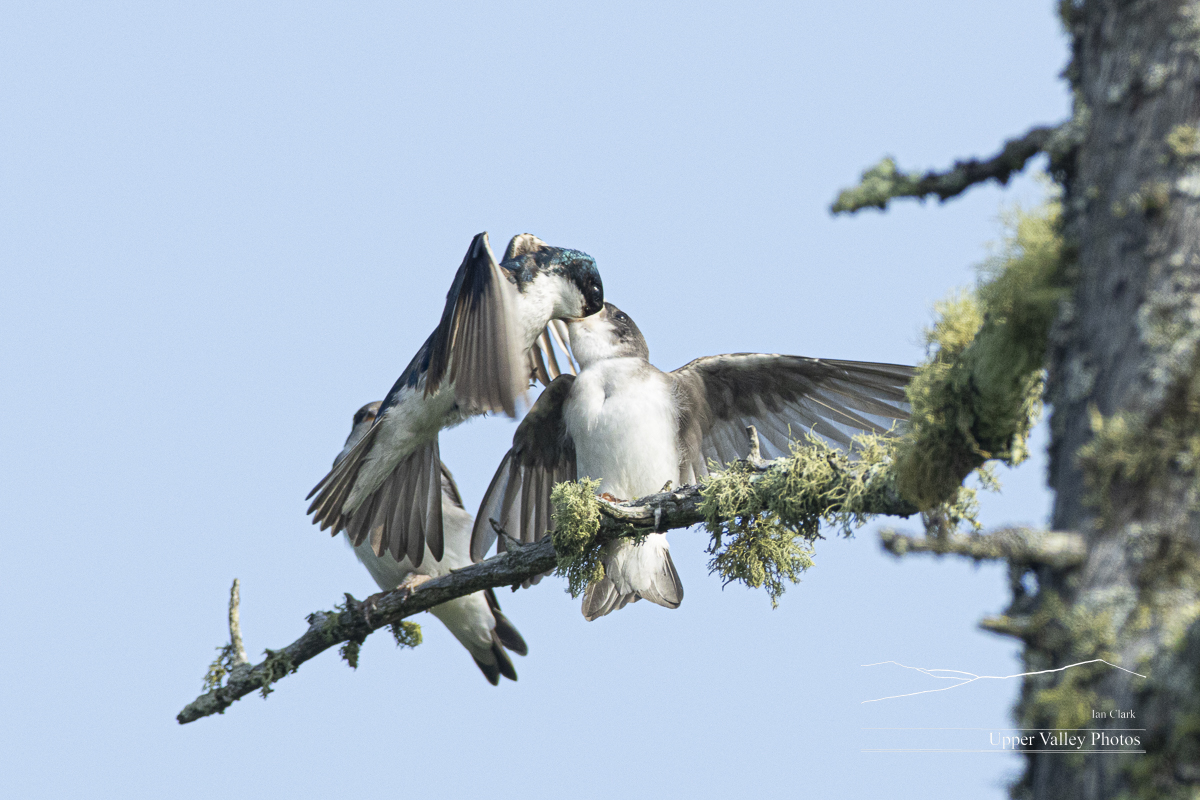
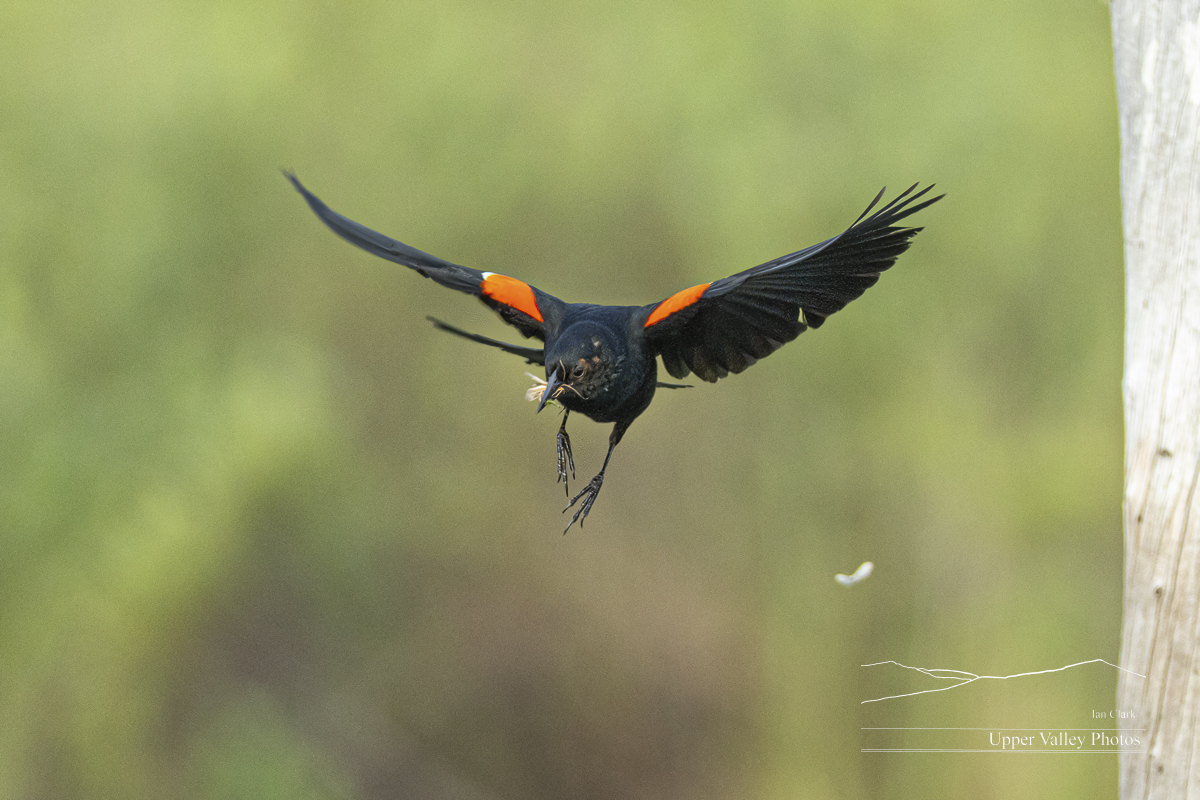

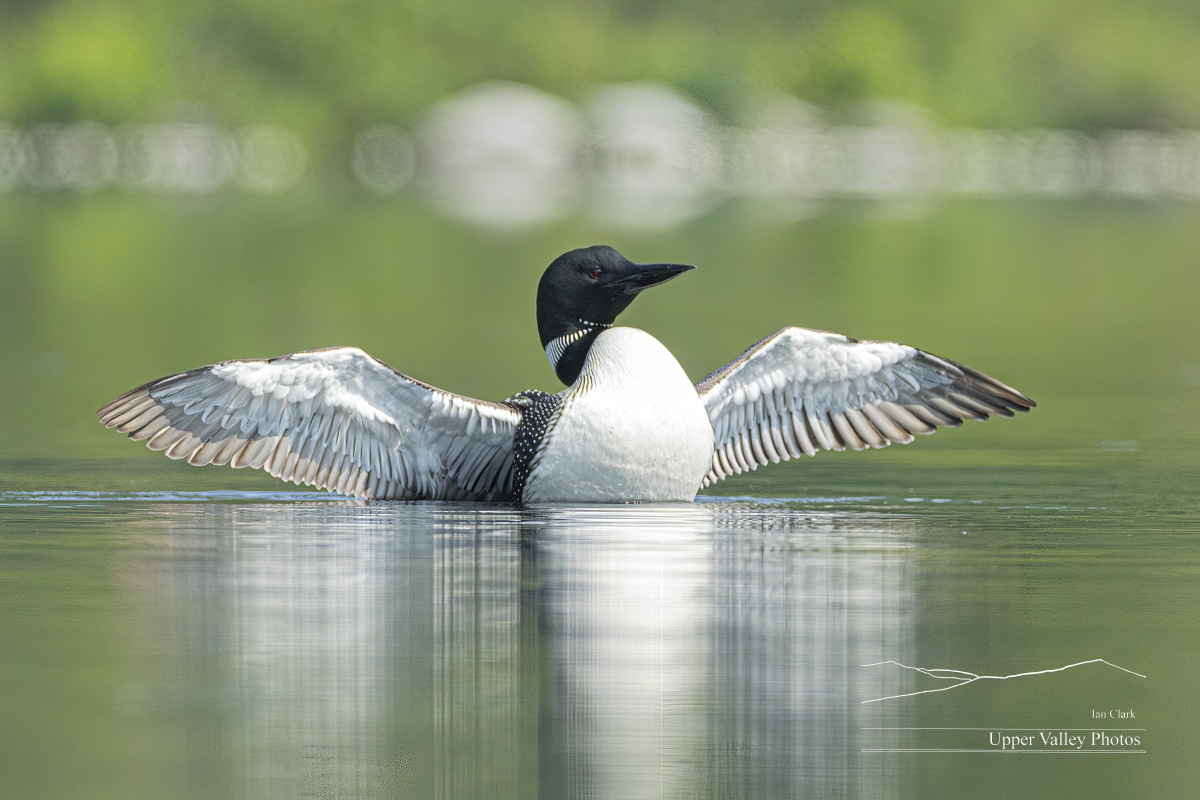
Yesterday, I visited the Middletons. There’s sad news, they’ve been fighting with an intruder or two most days. Their chick has disappeared. We don’t know what happened to it, but the intruders are suspects. As well as a host of other dangers from fish and snapping turtles to otters and eagles.
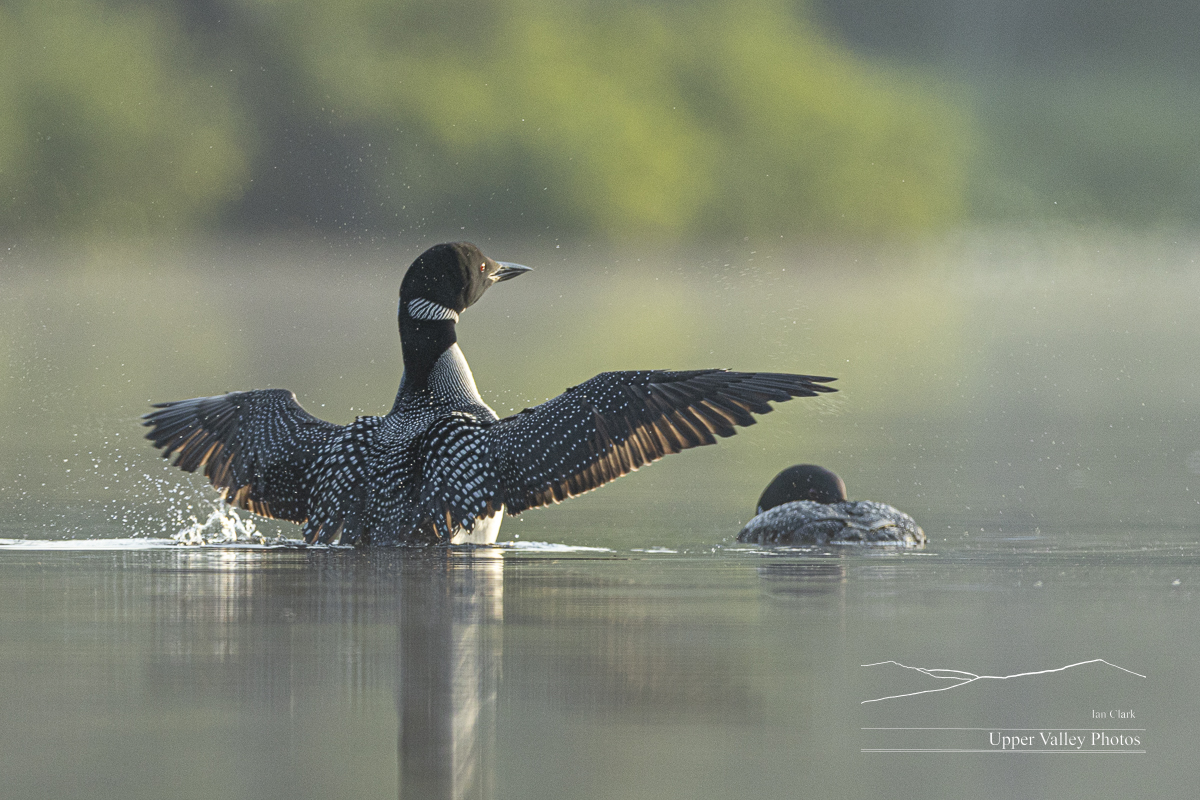
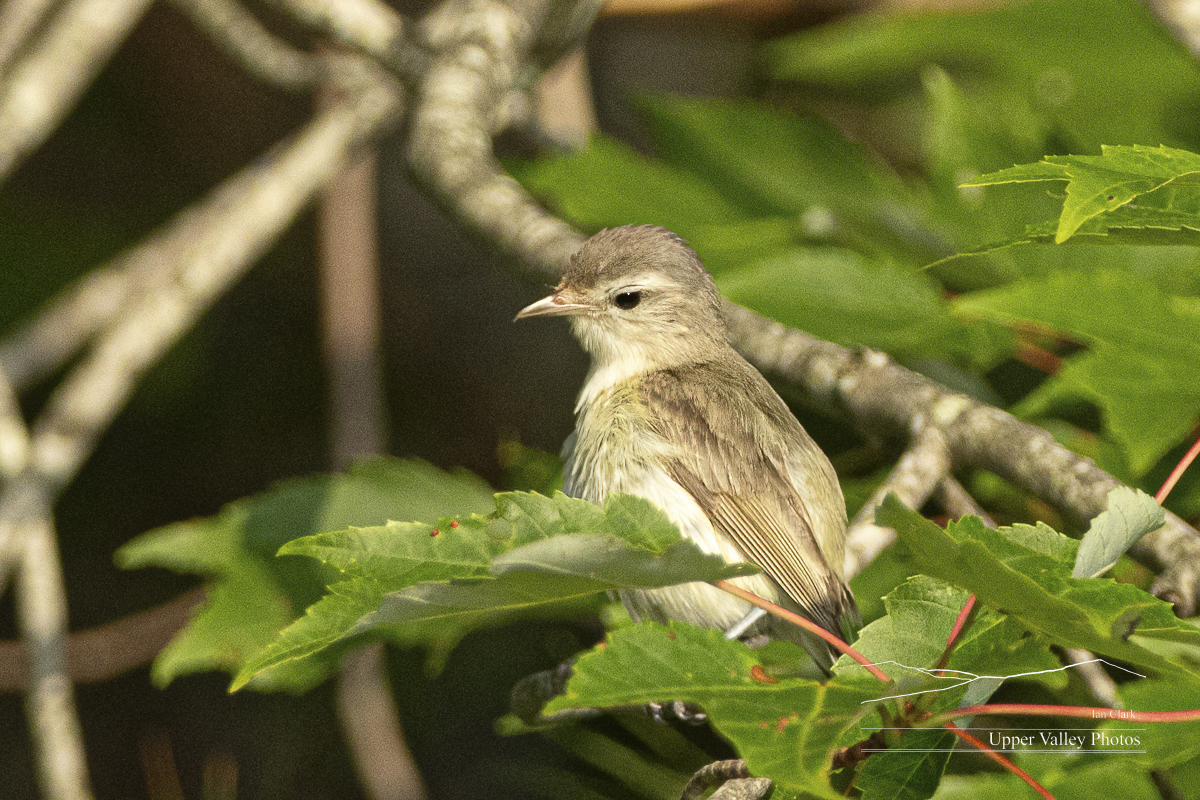
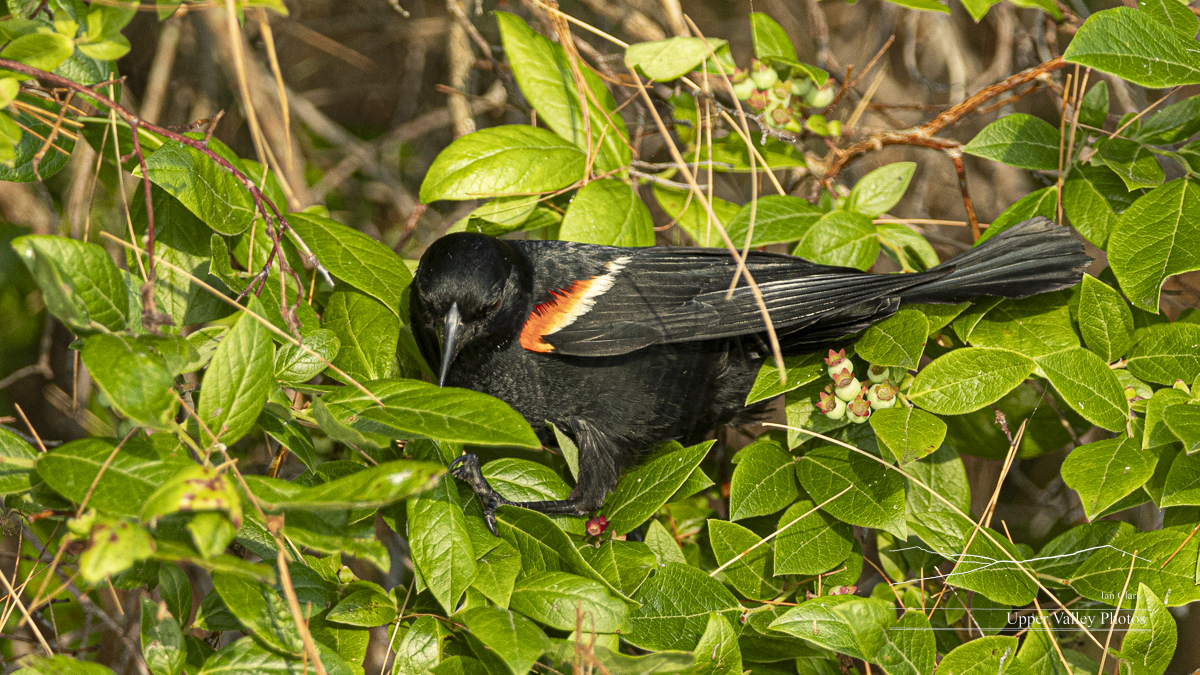

After their nap, the loons swam down to the cove where I’ve found them mating several times in the past. They might have been courting. They explored the beaches were they mate, hooting softly to each other. Then they did a brief courtship display, swimming swiftly side by side and diving together. They didn’t mate, but I’m hopeful they’ll try again.
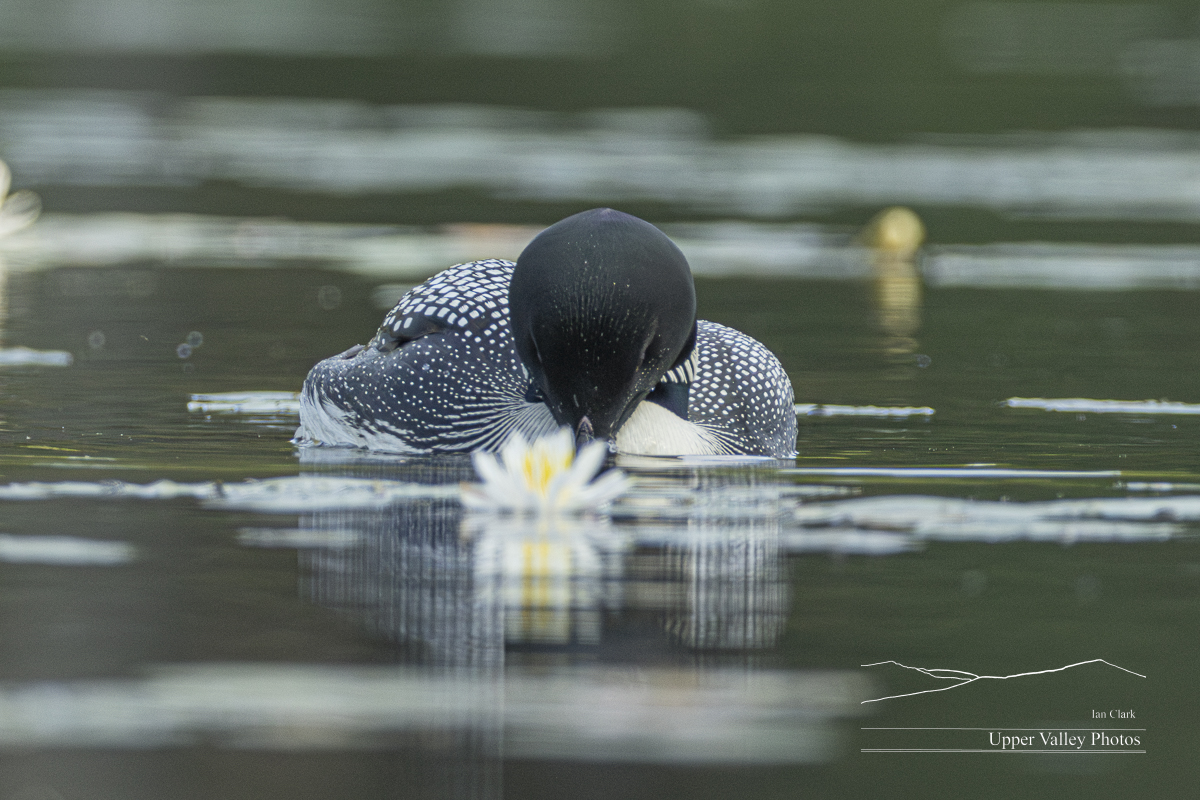
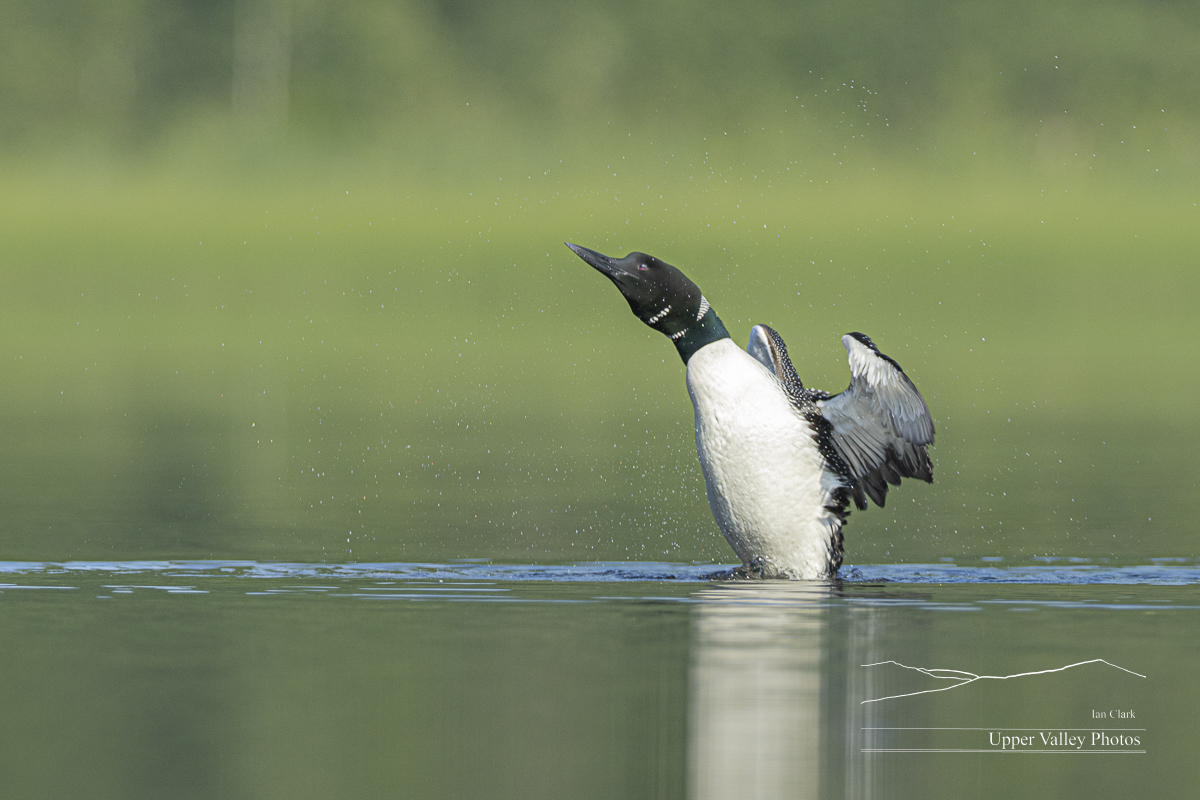
The weather kept me in this morning, I’ll be back out soon. Our second brood of bluebirds will fledge in the next couple days. They’re up flapping their wings and looking out the window.
First Loon Chicks Have Arrived
UPDATE: We’ve got a second pair of chicks that have hatched since I posted this. Lots of pix in their own post at here.
The weather final cleared enough to let me get back out to check on our three loon families. Well, sort of. I got very wet the first evening and made it back to the car with seconds to spare the second.
First, there’s some sad news from Vermont, the oldest known loon in Vermont has died. His age was estimated at 31 years. VT Diggerhttps://vtdigger.org/2023/06/15/vermonts-oldest-loon-dies-at-the-estimated-age-of-31/ has a piece interviewing Eric Hanson, Lead Biologist at the Loon Conservation Project about the loon.
With loon chicks hatching it is once again time to request that you give them space if you go to see or photograph them. You may not intend them any harm, but you may distract the parents from seeing other threats. Our new loon chicks were greeted by a circling eagle on their first or second day out. The parents need to concentrate on the real threats, keep back and let them do their job. All the images of chicks here were with a 600mm lens and heavily cropped.
Tuesday evening I got a message from a friend on the Weston’s pond that the chicks had arrived. And that the eagle was eyeing them. Wednesday morning was wet and windy. It gradually cleared a bit through the day. I set out in the evening to check on the chicks. It was sunny when I left the house. On the way into the pond, I had to wait while a doe browsed from the road – with her fawn gamboling about in the road. By the time I had everything in the boat, there were a few sprinkles. Not enough to dissuade in intrepid photographer.
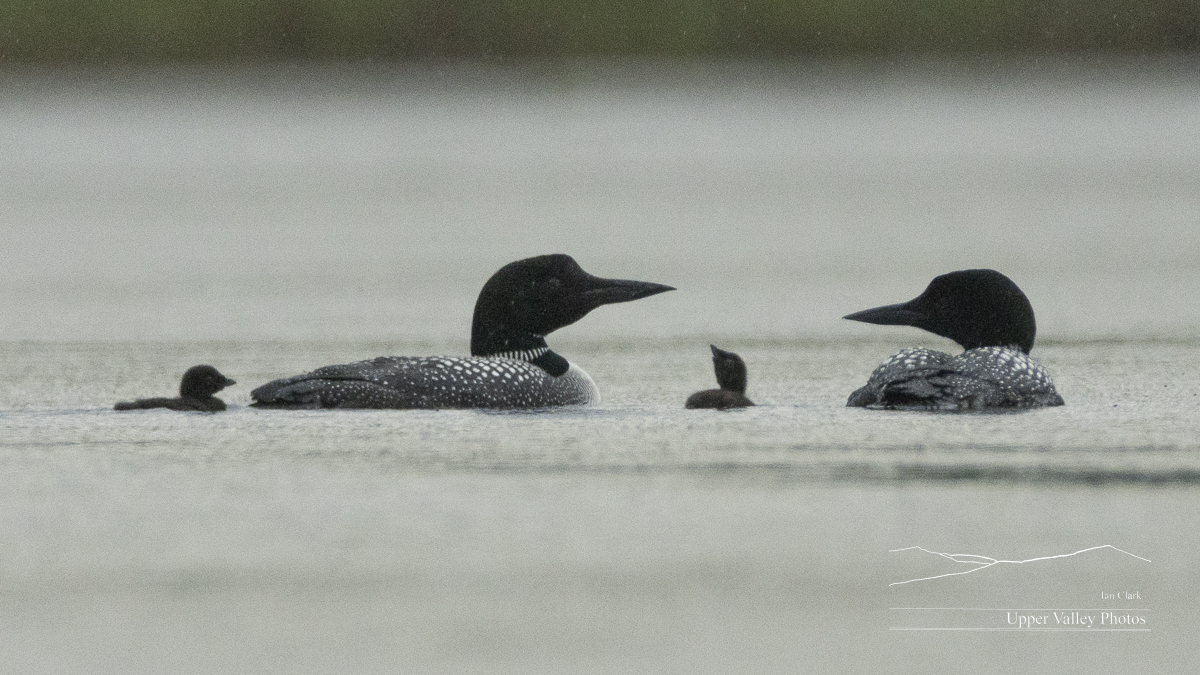
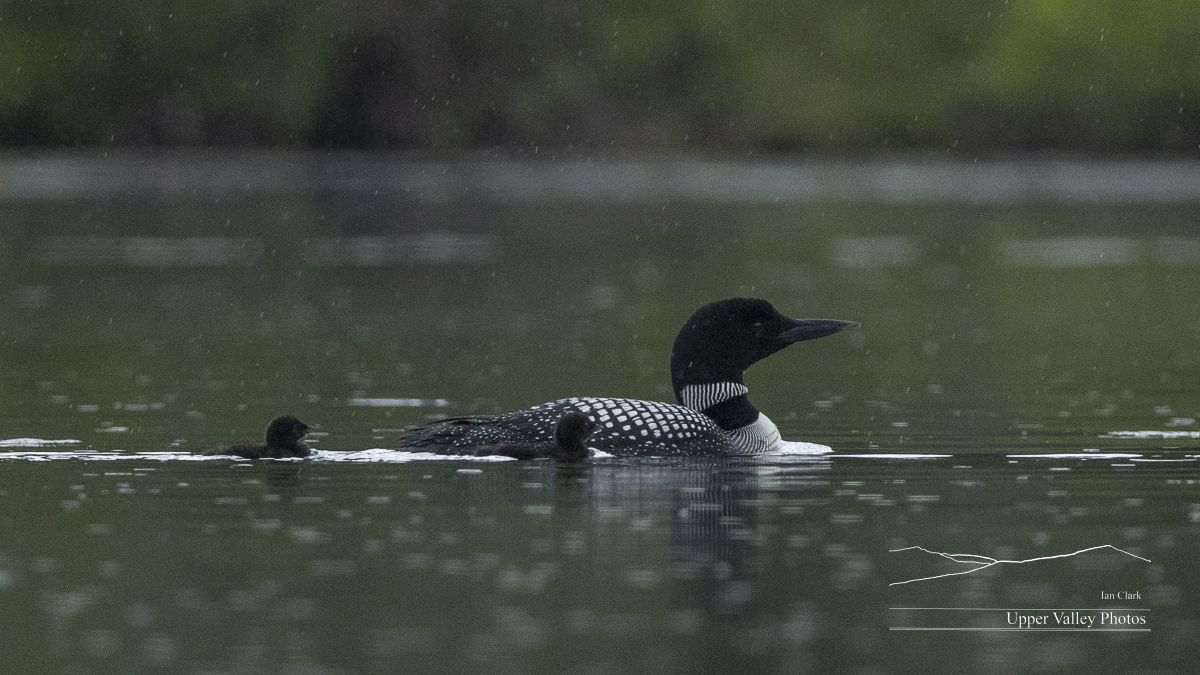
When I got up at 0345 on Thursday ready to head out, it was raining heavily. Early morning is the most productive time in the office, almost no one calls before 0700 or 0800. I got a fair bit done. When the dogs finally got up, I noticed some breaks in the clouds when I let them out. Hoping it would clear a bit, I headed off to to check on the Middletons.
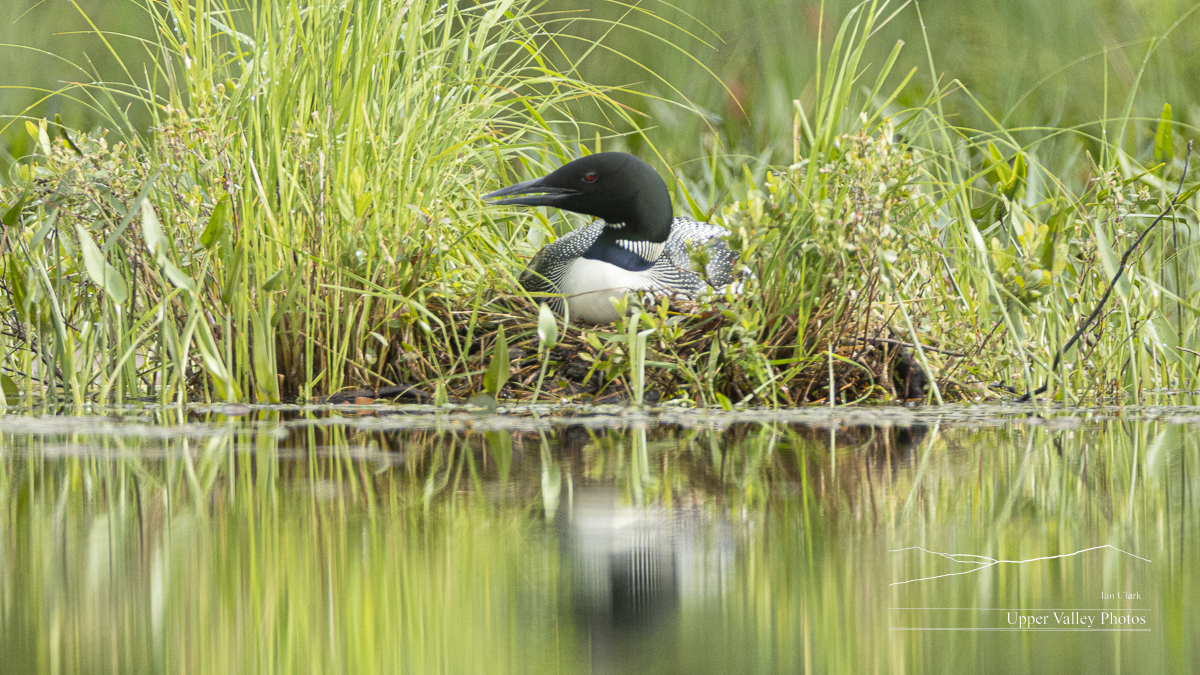

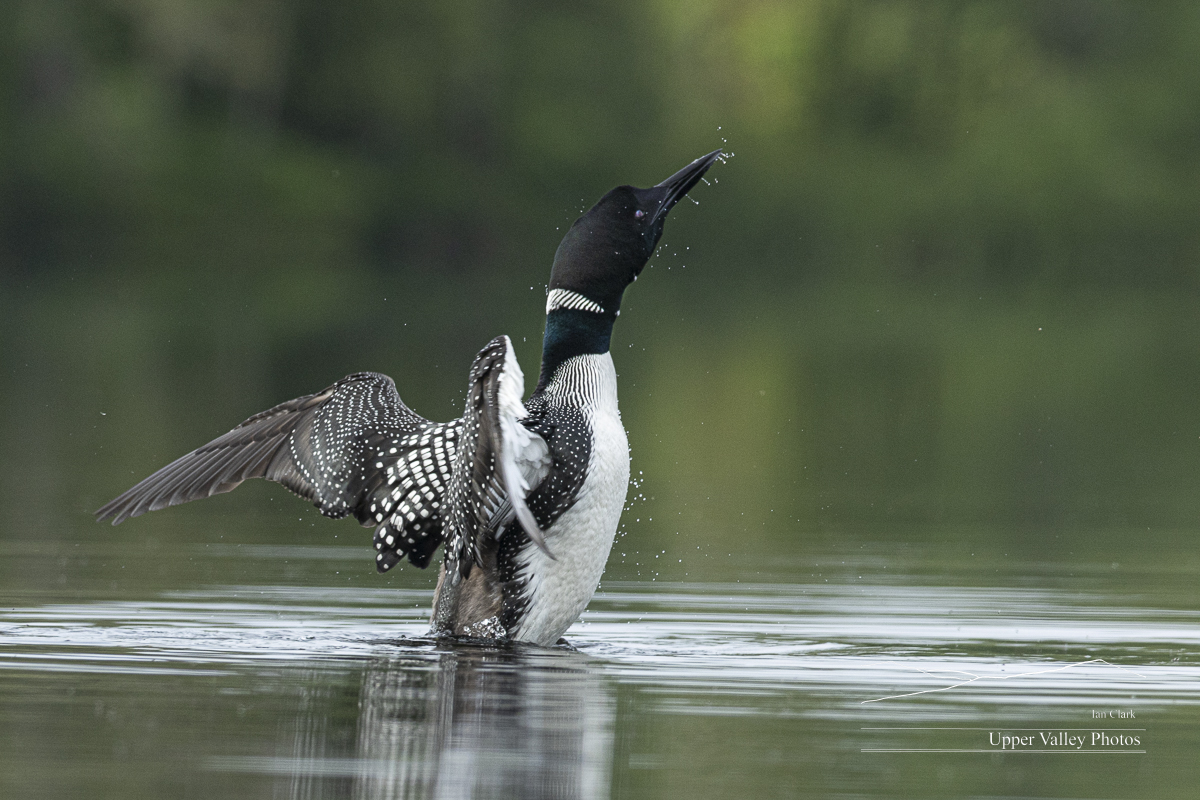

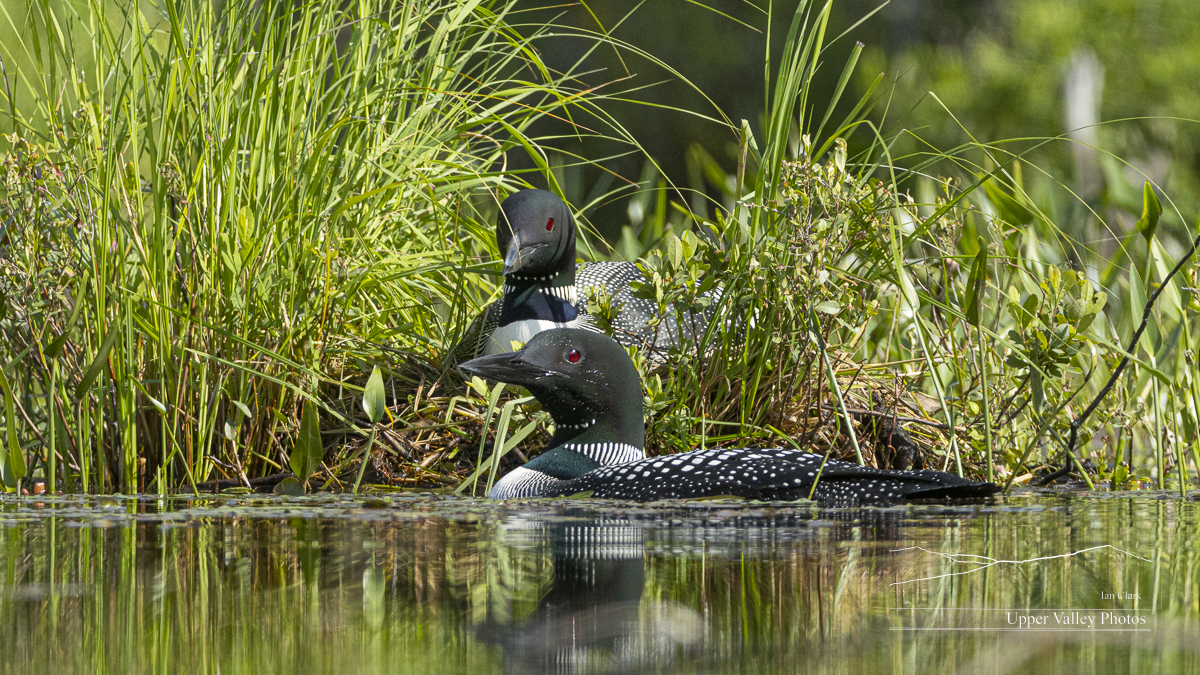
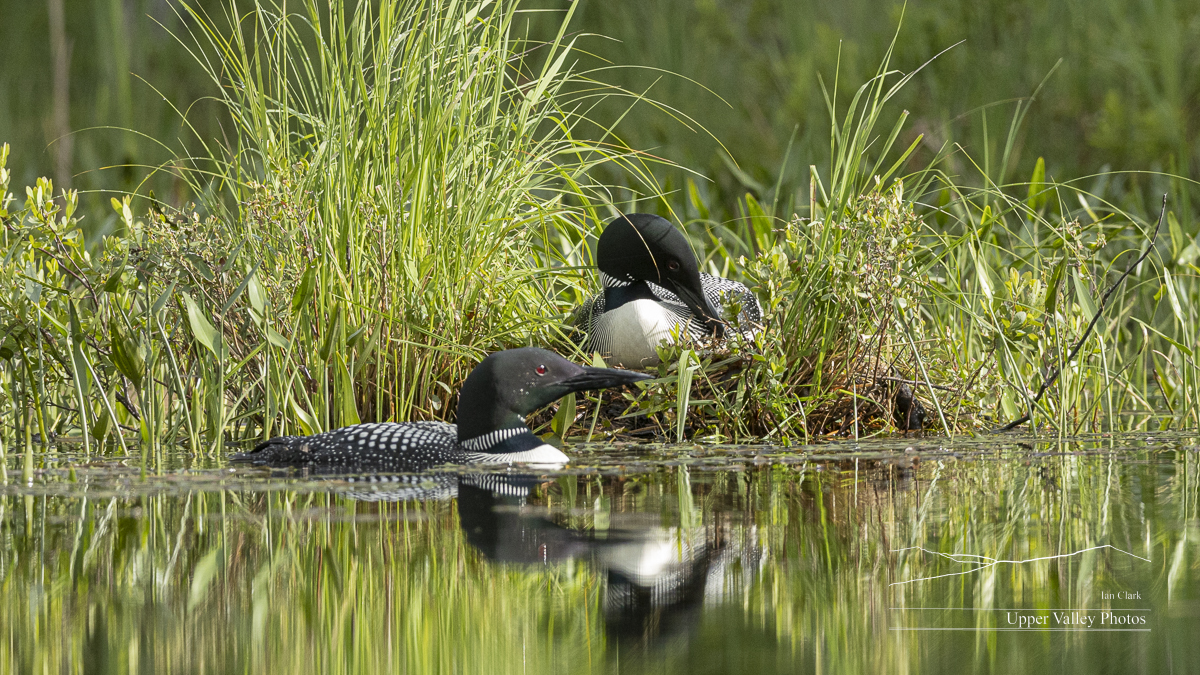
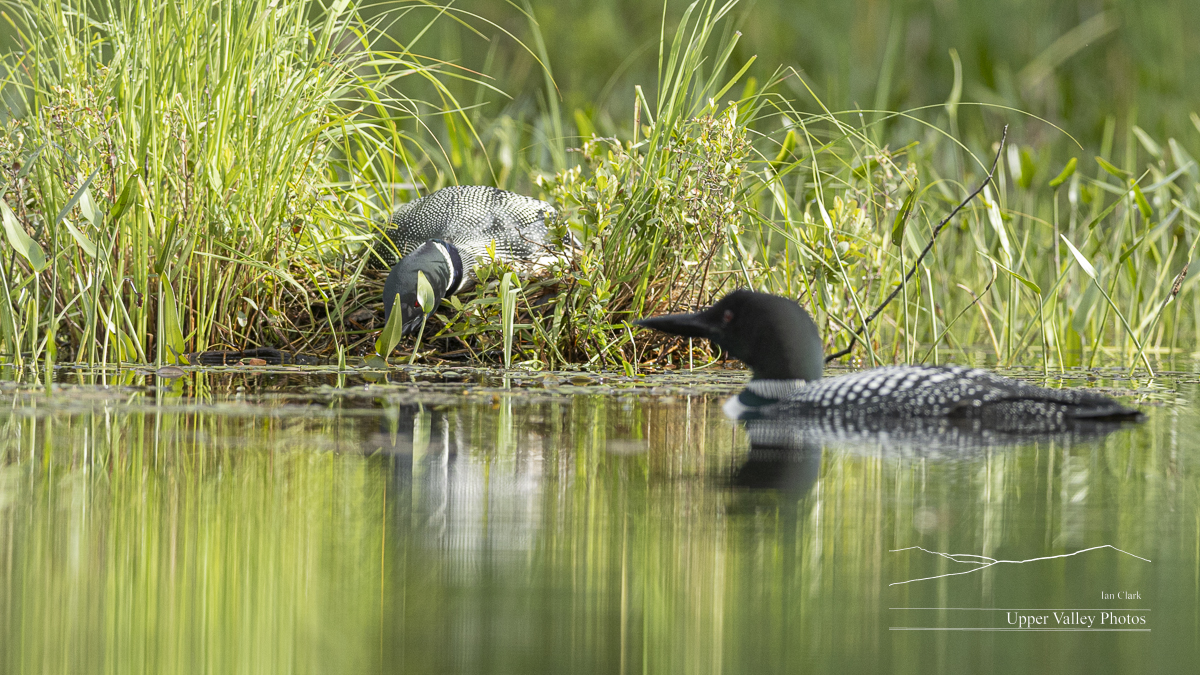
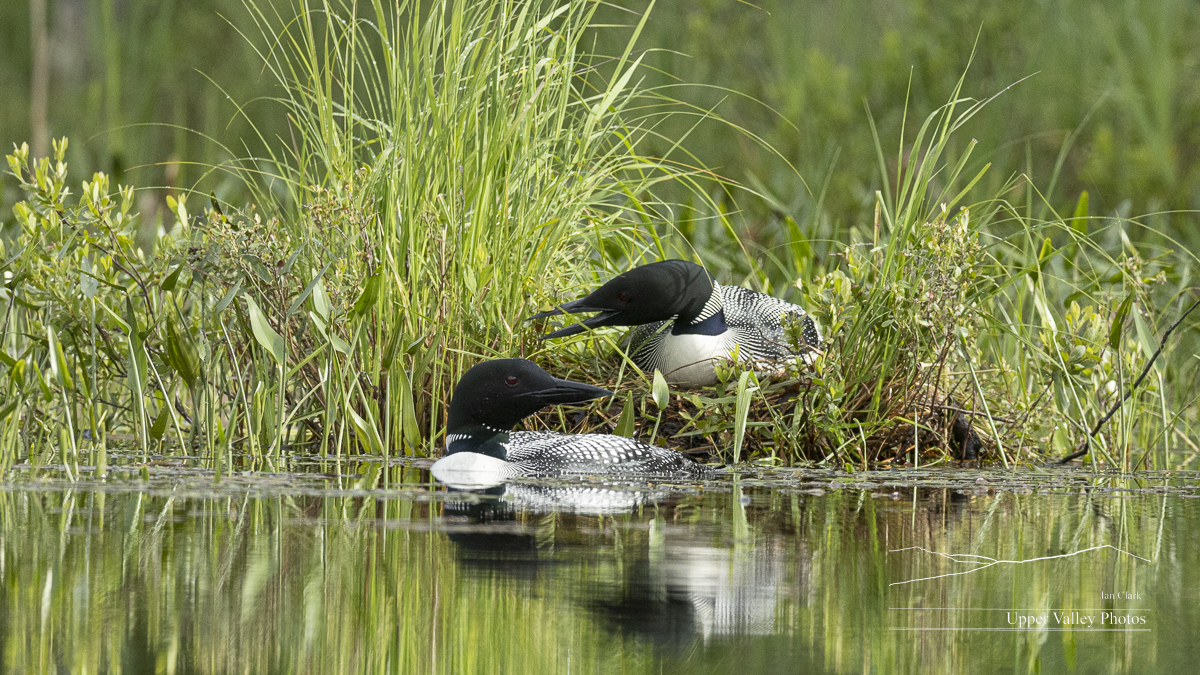
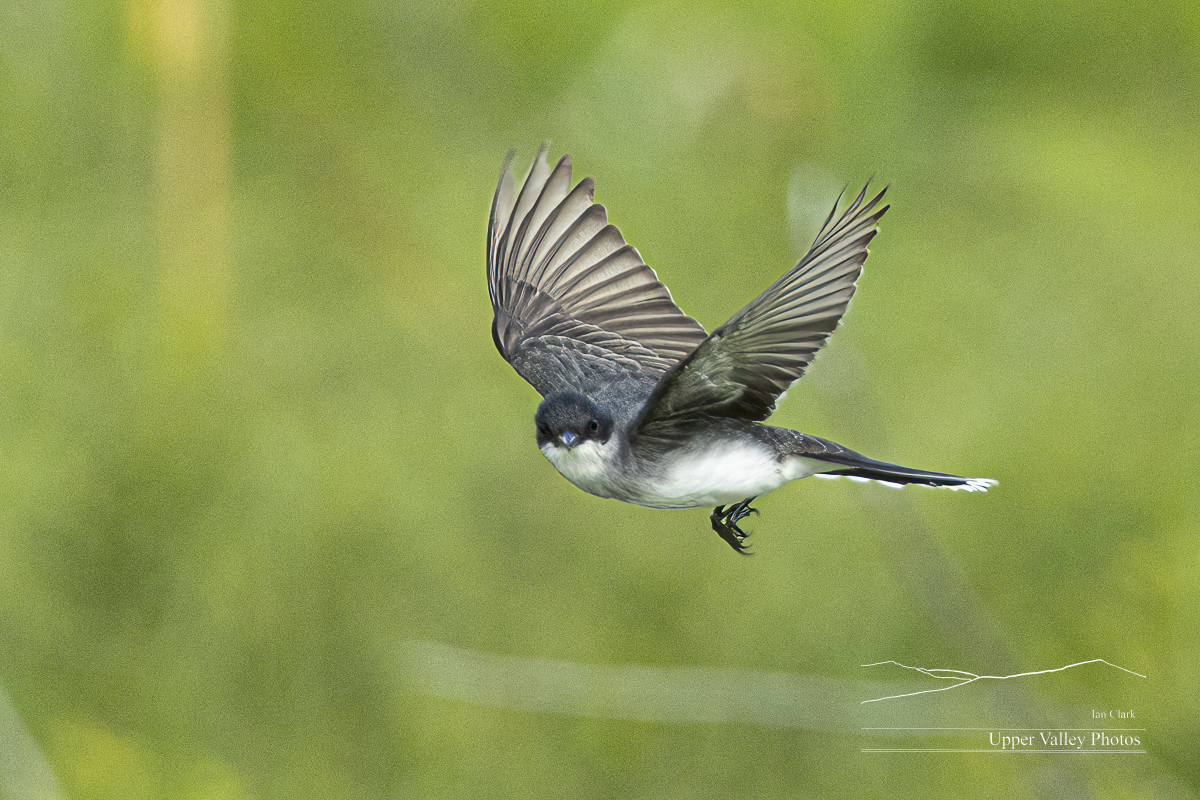
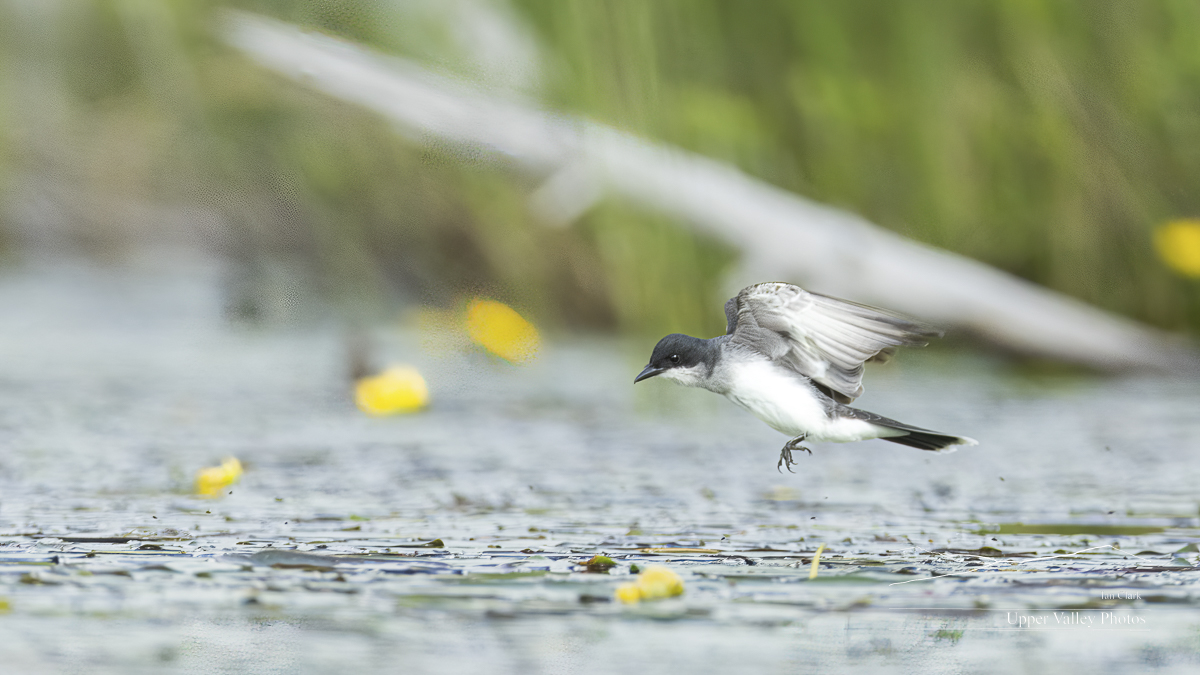
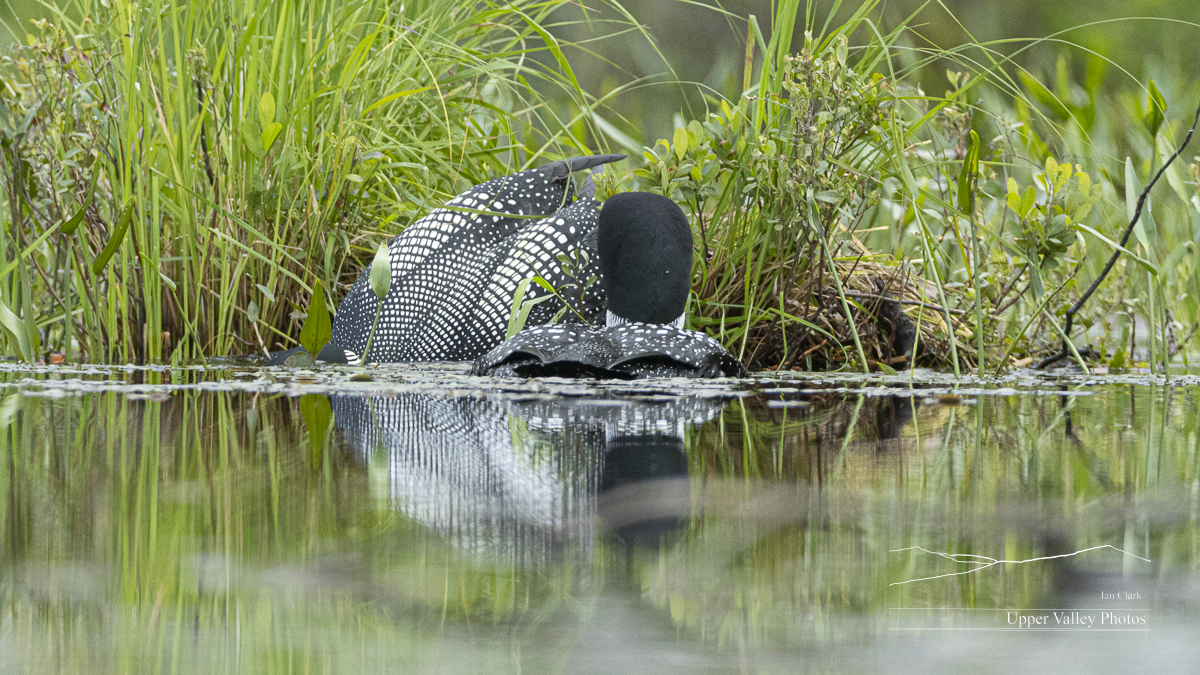
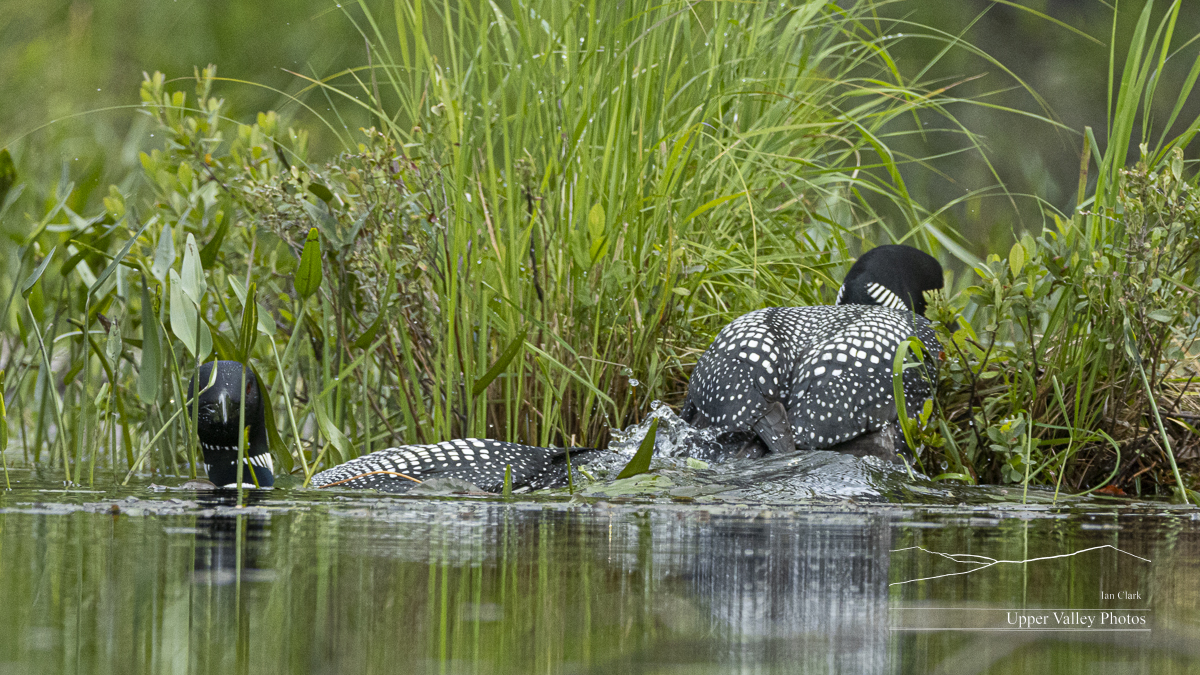
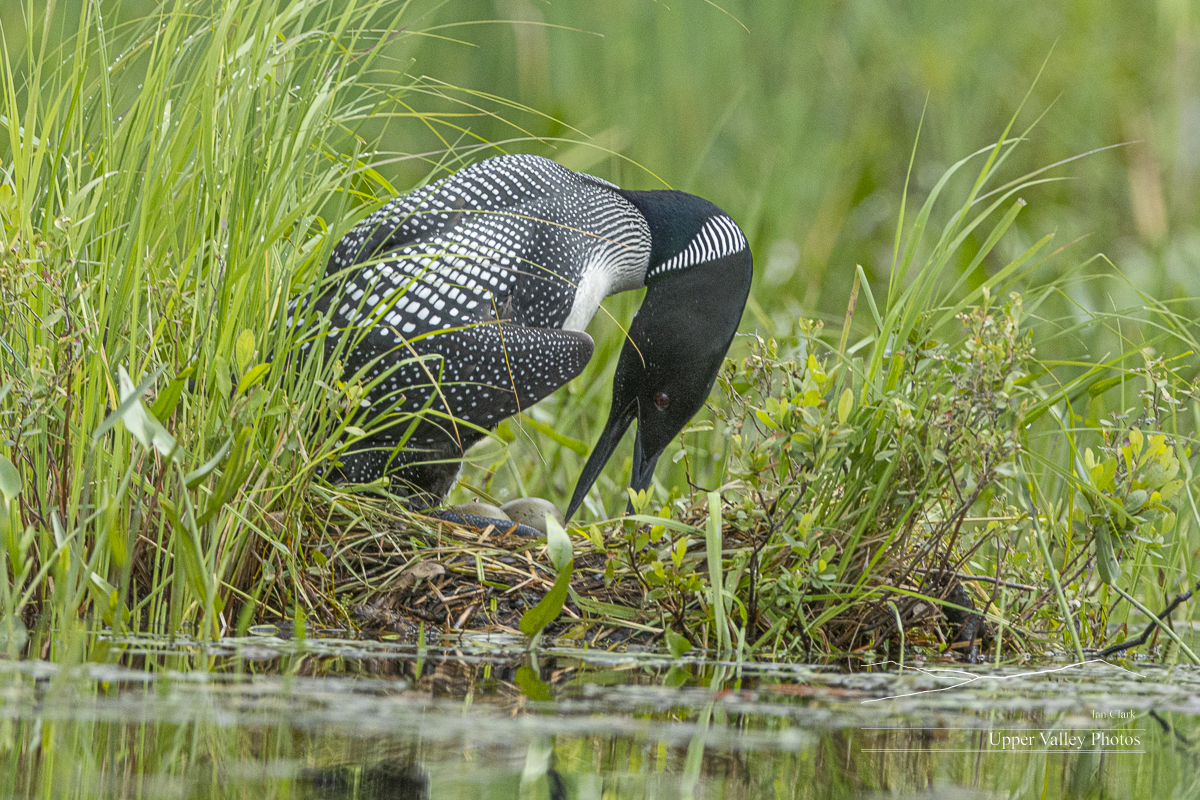

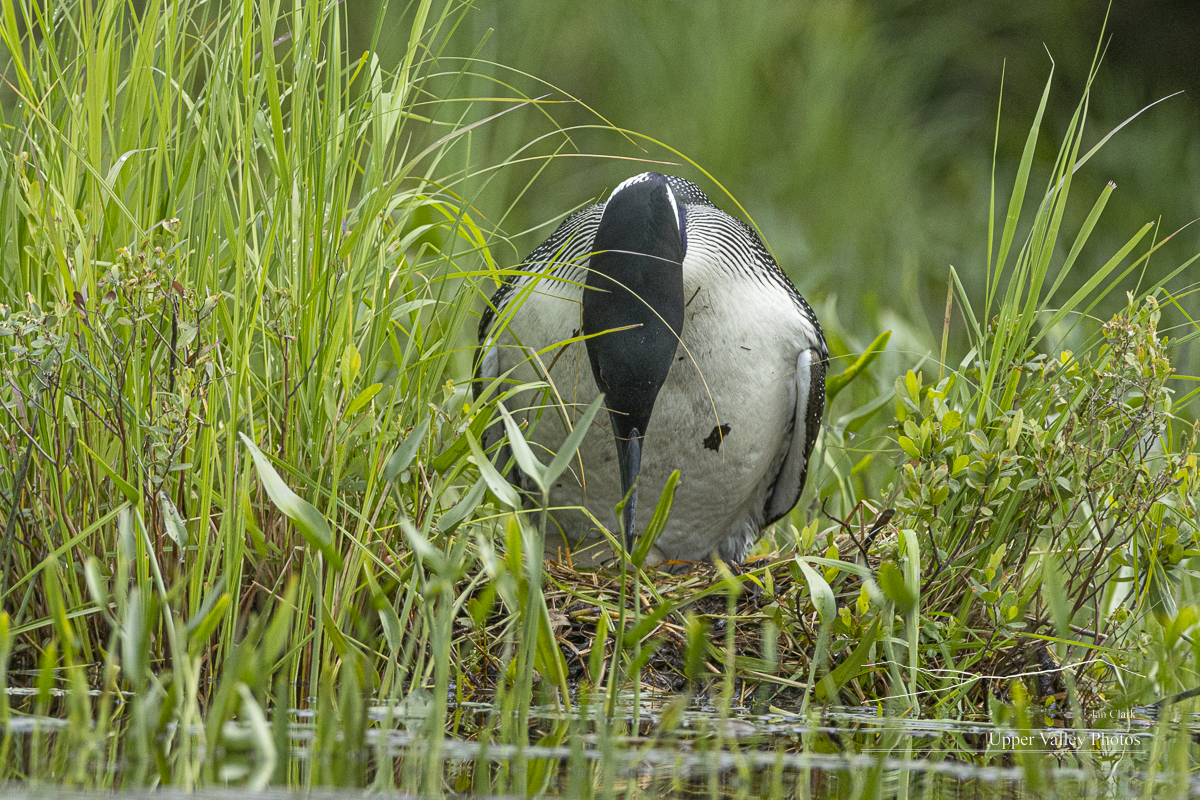
Thursday evening, I went back to check on the Westons. This time with just a couple puffy clouds in the sky.
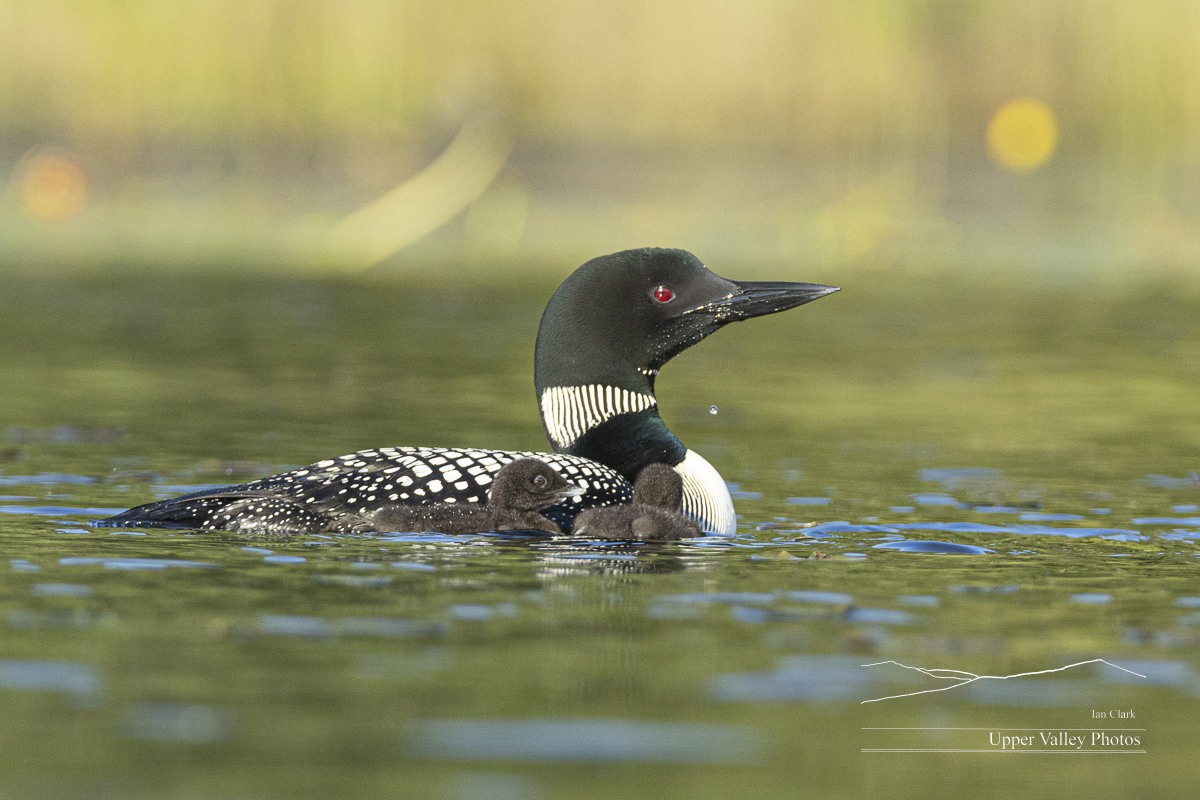
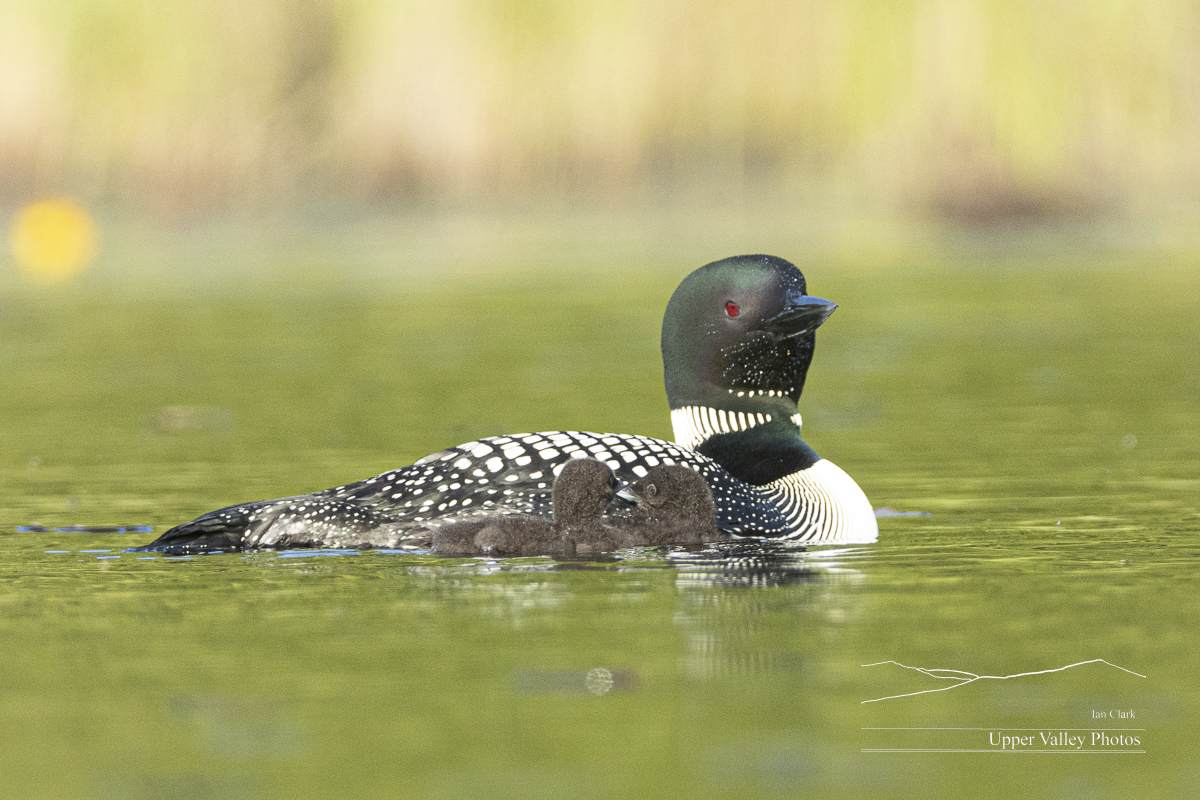
This morning, I was up and out by 0430, with clouds above and fog below me as I headed to see the Eastons. They’re up in the White Mountain National Forest, they were on their nest by the time the Forest Service got the road to the pond open, so we don’t know when to expect the chicks. But, the last three years, they’ve hatched in the third weekend of June, so soon…..
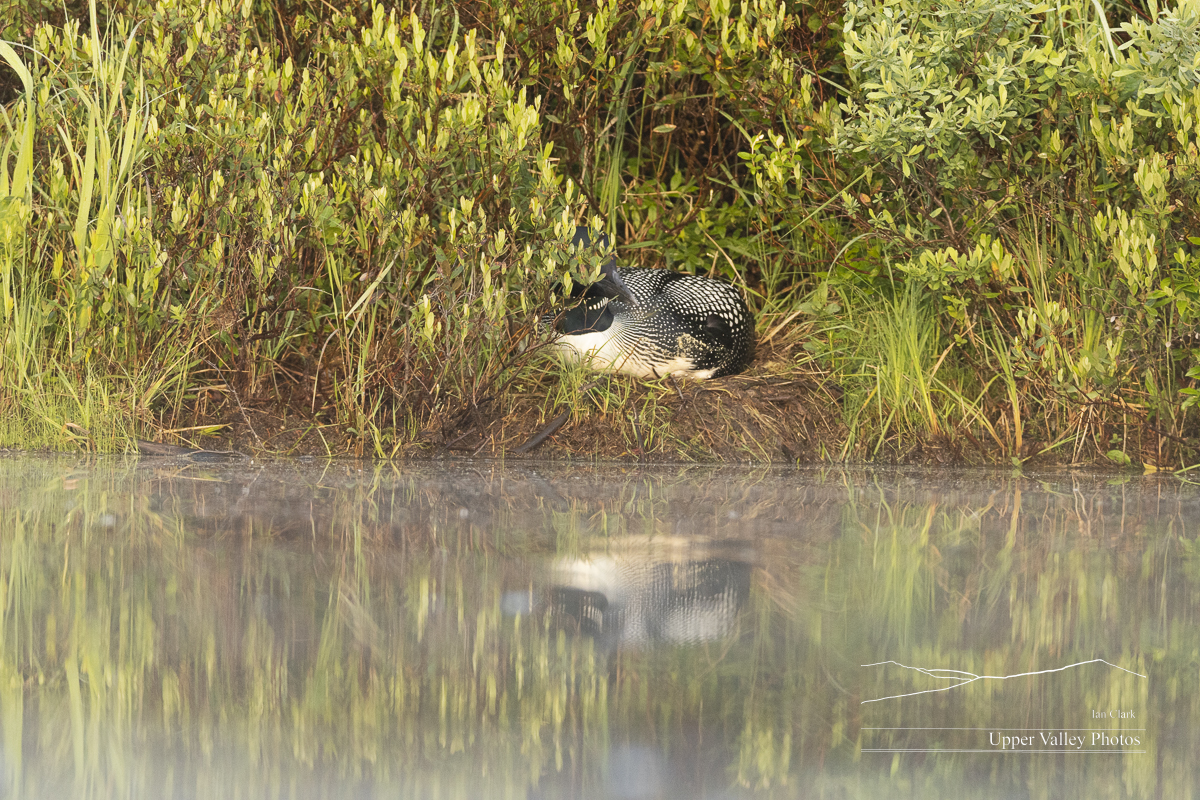
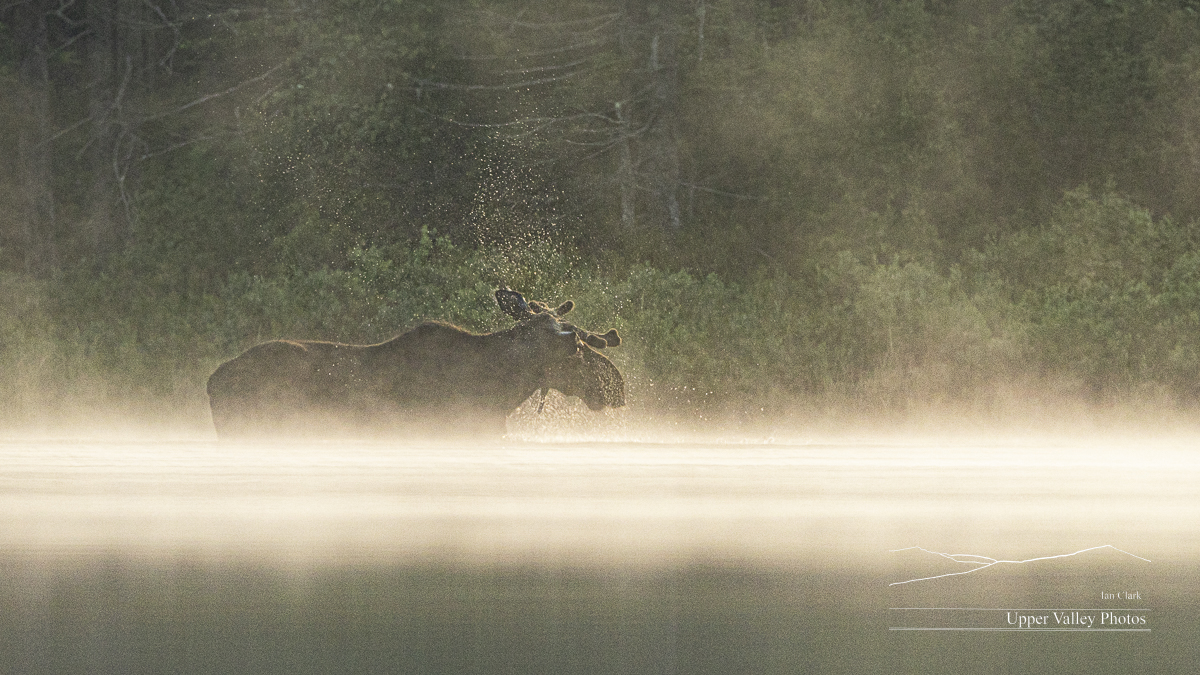
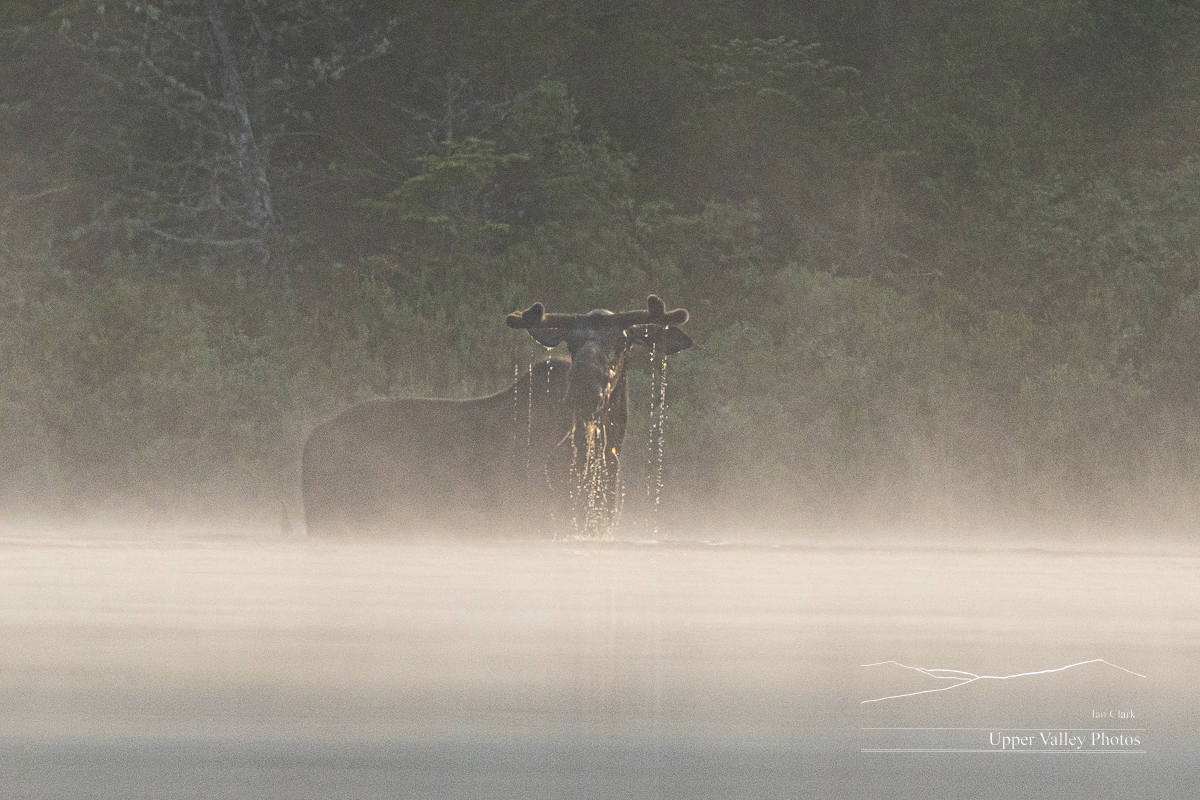
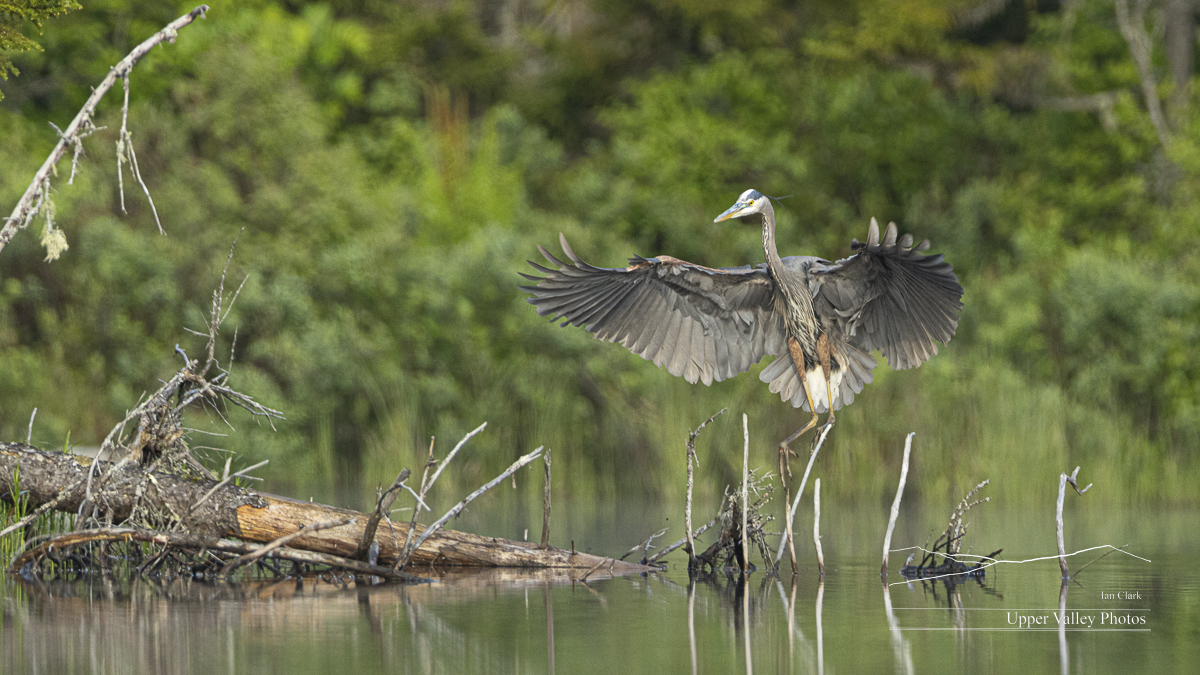
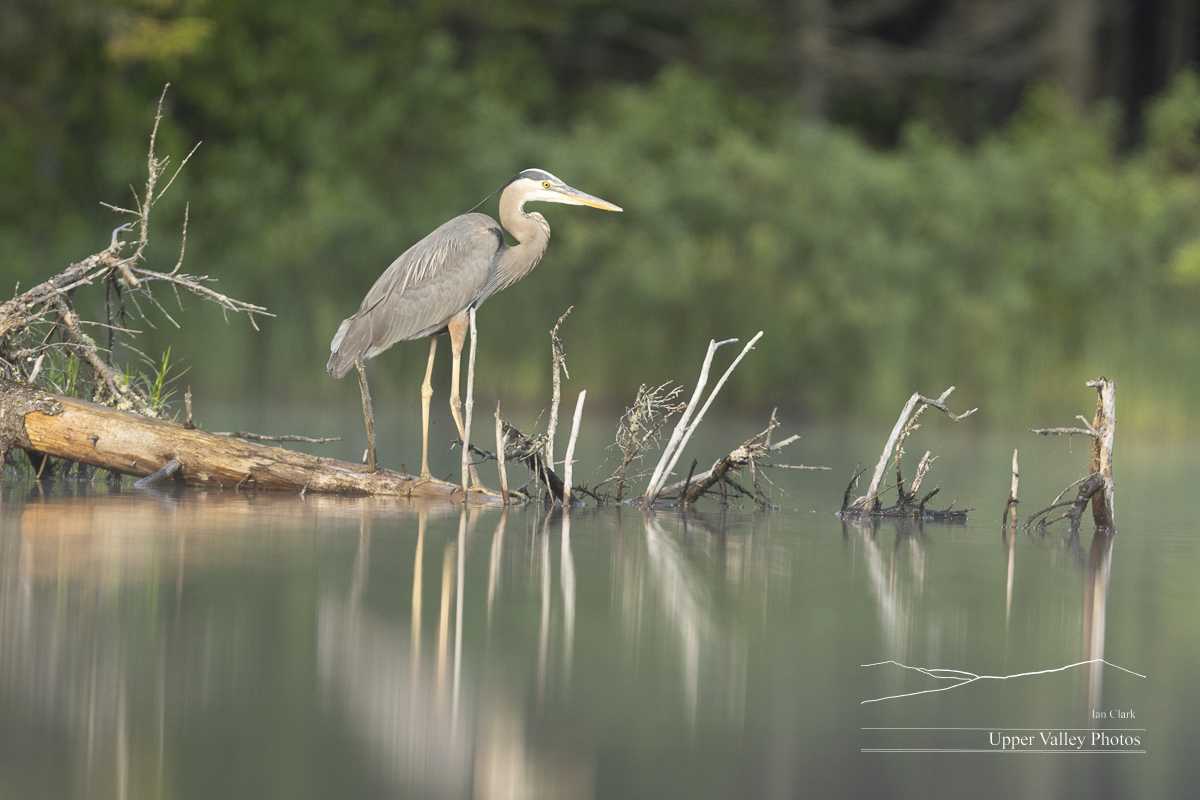
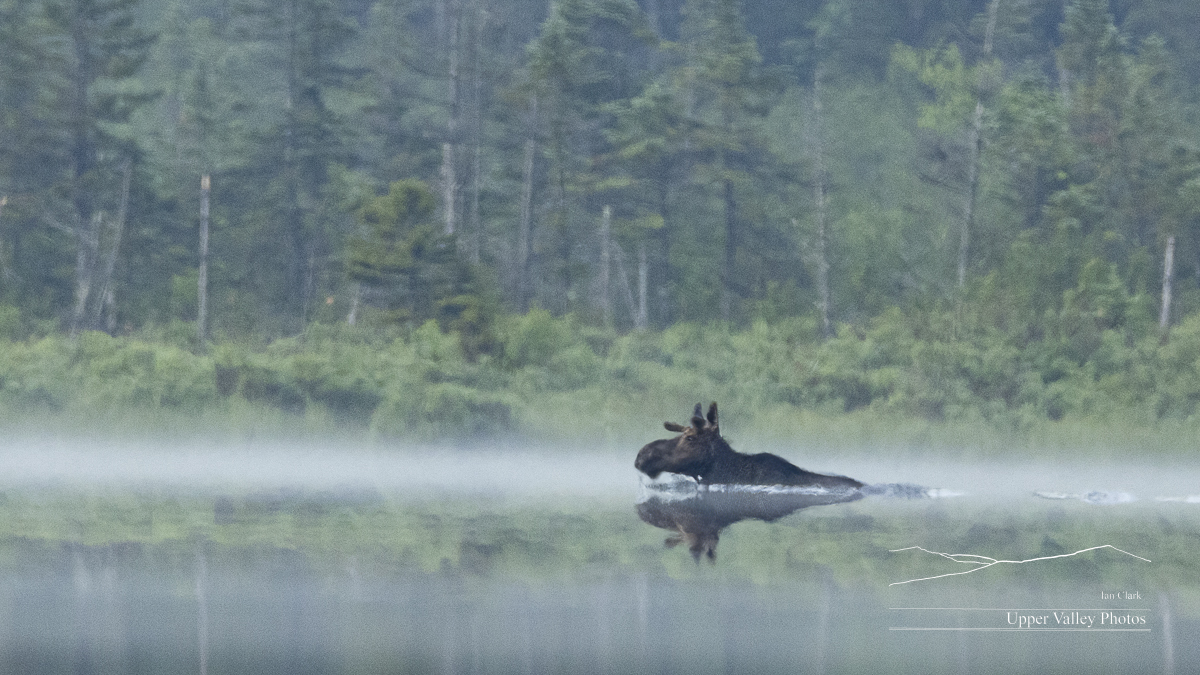
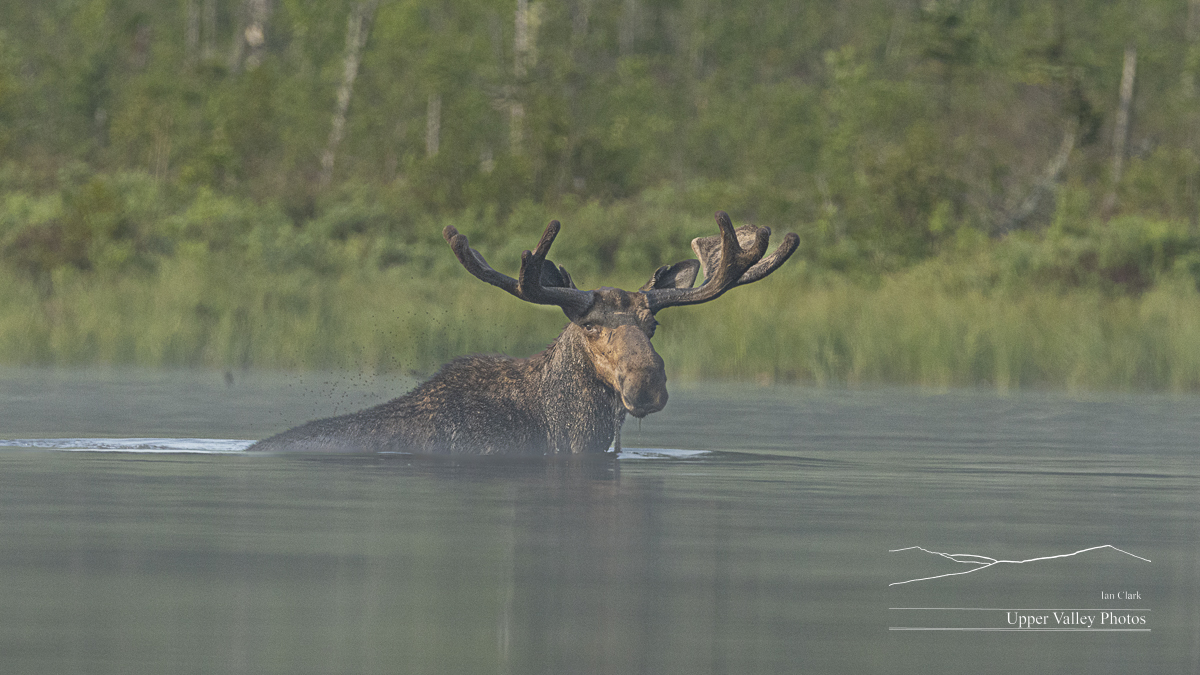
I’ll be out looking for the rest of our chicks as soon as we get a break in the weather.
Link to the newer post: https://blog.ianclark.com/photography/wildlife-photography/the-eastons-have-two-chicks/
Bluebirds Going for a Second Brood
After the first chicks fledged, I’d see bluebirds around the edge of our field occasionally, but their activities were no longer centered around the house. Monday afternoon, I noticed both mom and dad talking from several perches near the house. Yesterday, mom popped into the box to do some quick upgrades and returned this morning to lay an egg.
We’re watching eastern bluebirds in a nesting box with a camera installed inside to let us watch without disturbing them. The camera switches to black & white in low light. And, the exposure control stinks, that’s why it washes out or goes black as a bird comes or goes.
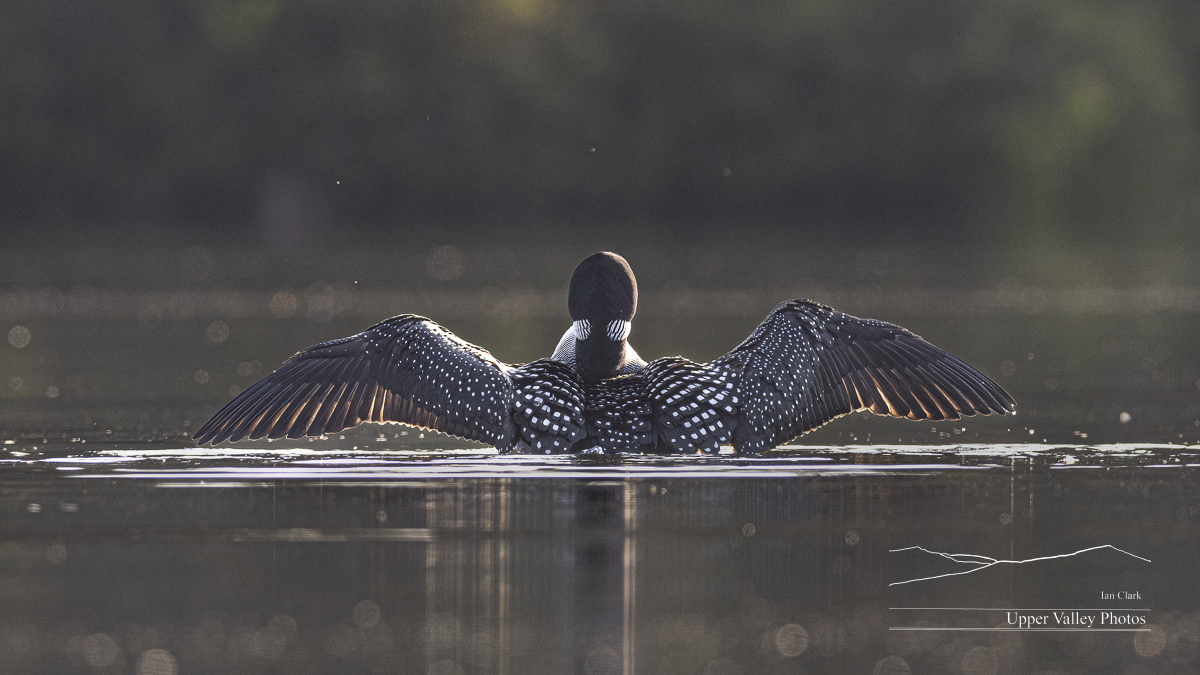
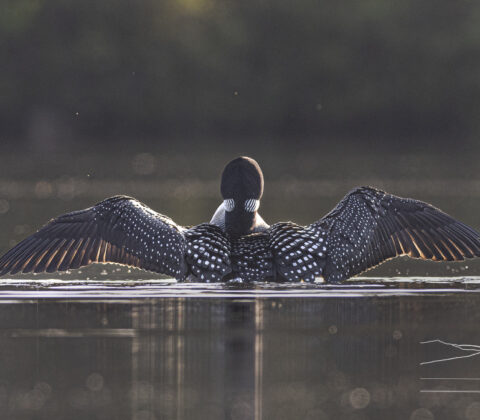
Checking in with the Loon Families
With the beautiful weather we had last week, I was out morning and evening every day checking in on all three loon families along with their neighbors. The Forest Service road to the Easton’s pond is now passible so I finally got up to check on them.
A raft of new subscribers joined us this last week. If you found me from the Paradise City show, thanks for stopping by. For the new visitors, to protect the loon families, I don’t publish their location on the web. Not everyone on the web has wildlife’s best interests at heart. The three families I follow are the ‘Eastons,’ on the easternmost pond I frequent, the ‘Westons’ are on the westernmost and the ‘Middletons’ are in the middle.
The first visit to the Eastons was last Tuesday evening. There was a strong wind kicking up the occasional whitecap. On my first lap around the pond, I didn’t spot any loons and last year’s nesting site was untouched. After time, one adult loon appeared, foraging lazily. The chop was too much for photos and the black flies had decided I was the buffet, so I called an early quit and headed home.
Wednesday morning, I headed out to see the Westons.
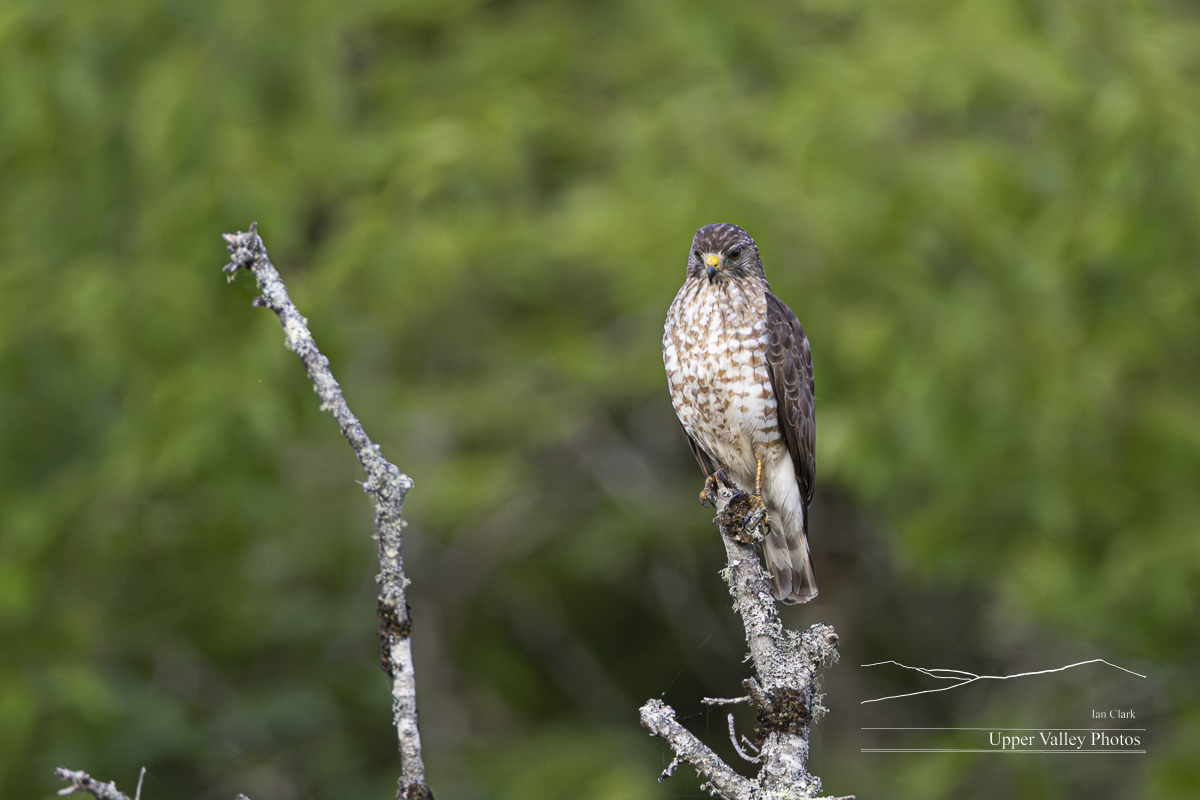
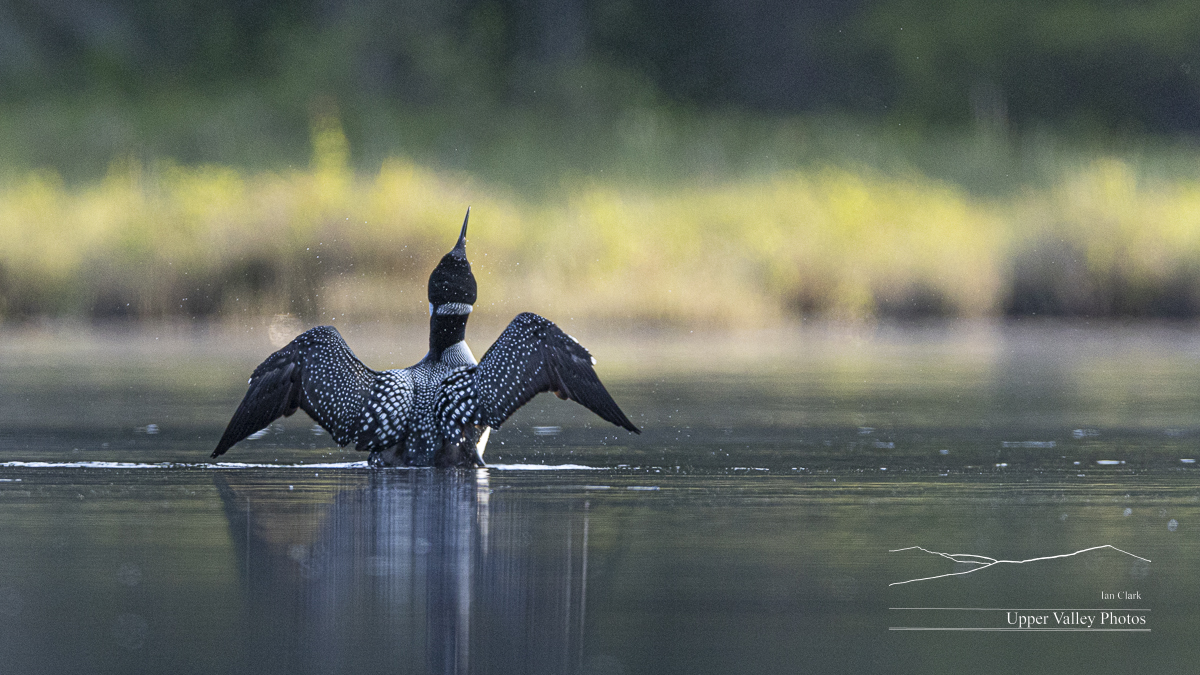
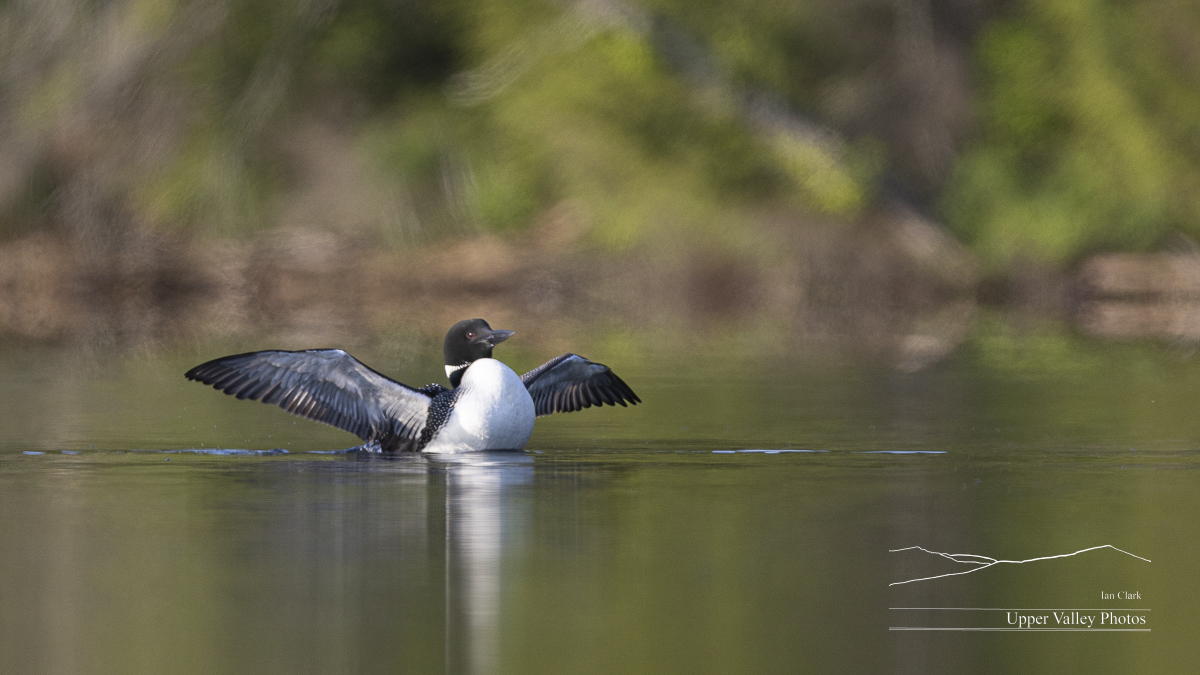

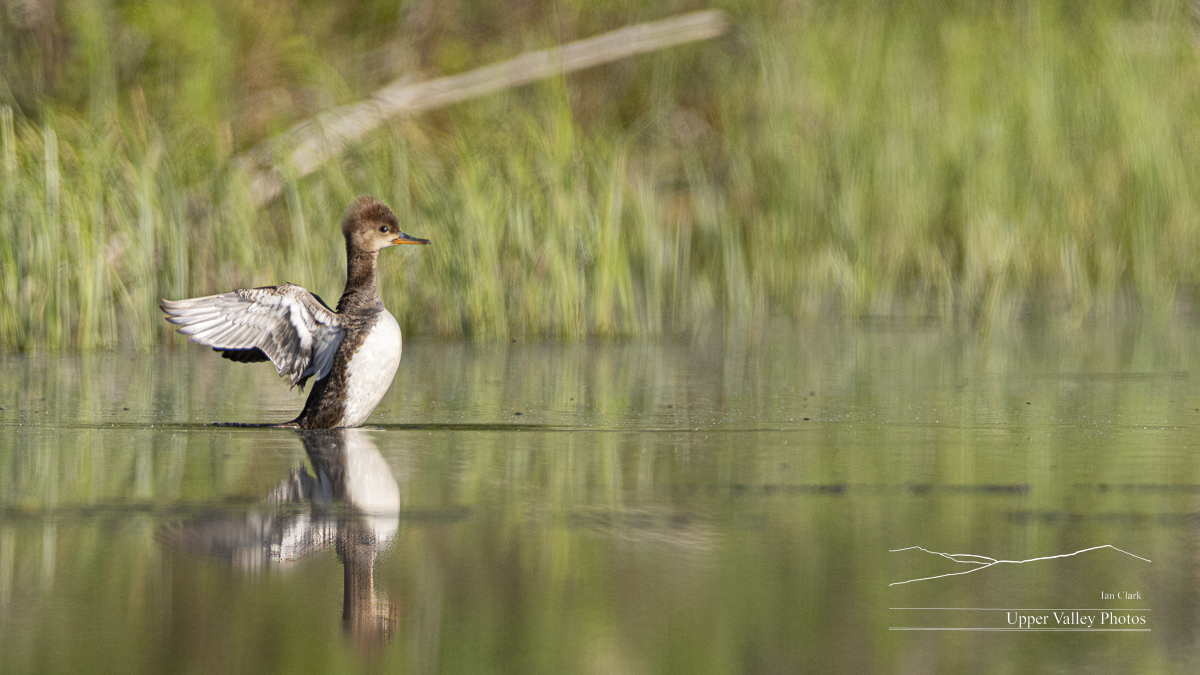
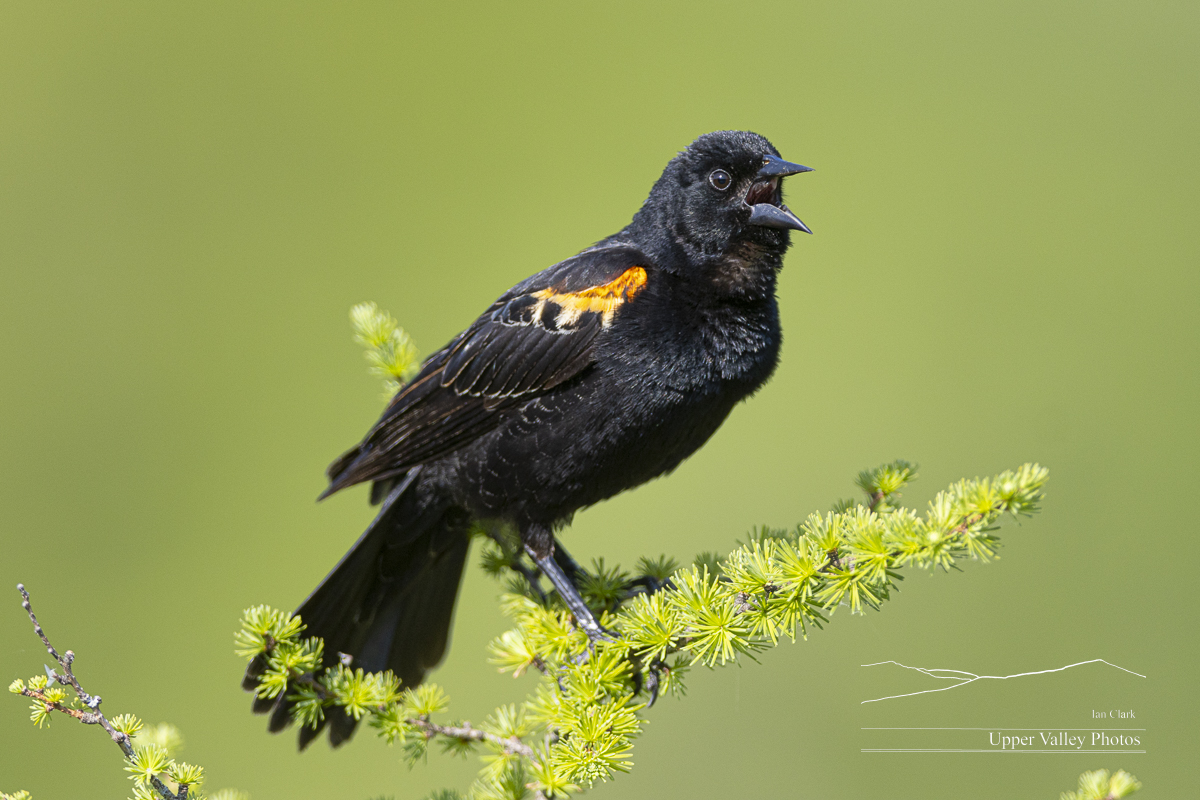

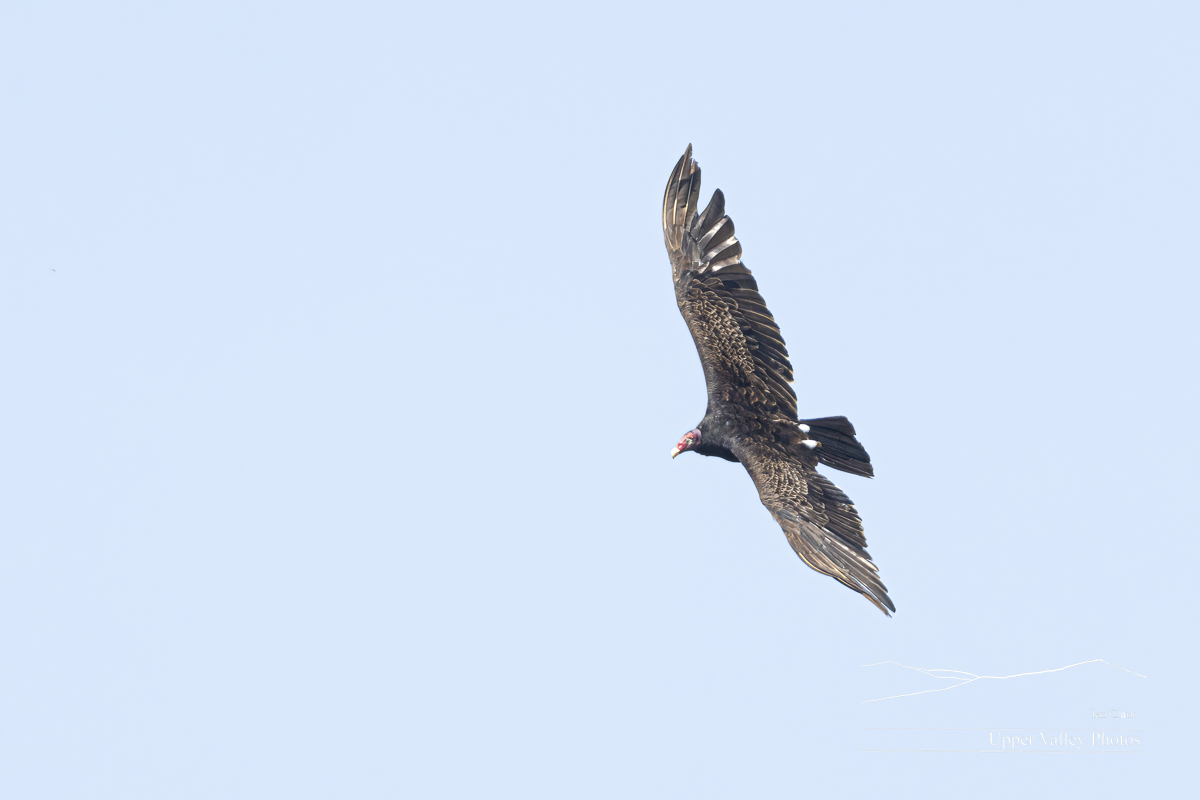
Wednesday evening, I dropped in on the Middletons. It was well into the 90s. In previous years, the nest was fairly exposed to the afternoon sun and the loon with afternoon nest duty often sat in full sun for a couple hours. I headed over to check on the nest. On my way, the resident osprey took a fish from just a few yards in front of me. Of course, I didn’t see him until he was just a few feet above the water, I had to watch instead of taking photos.
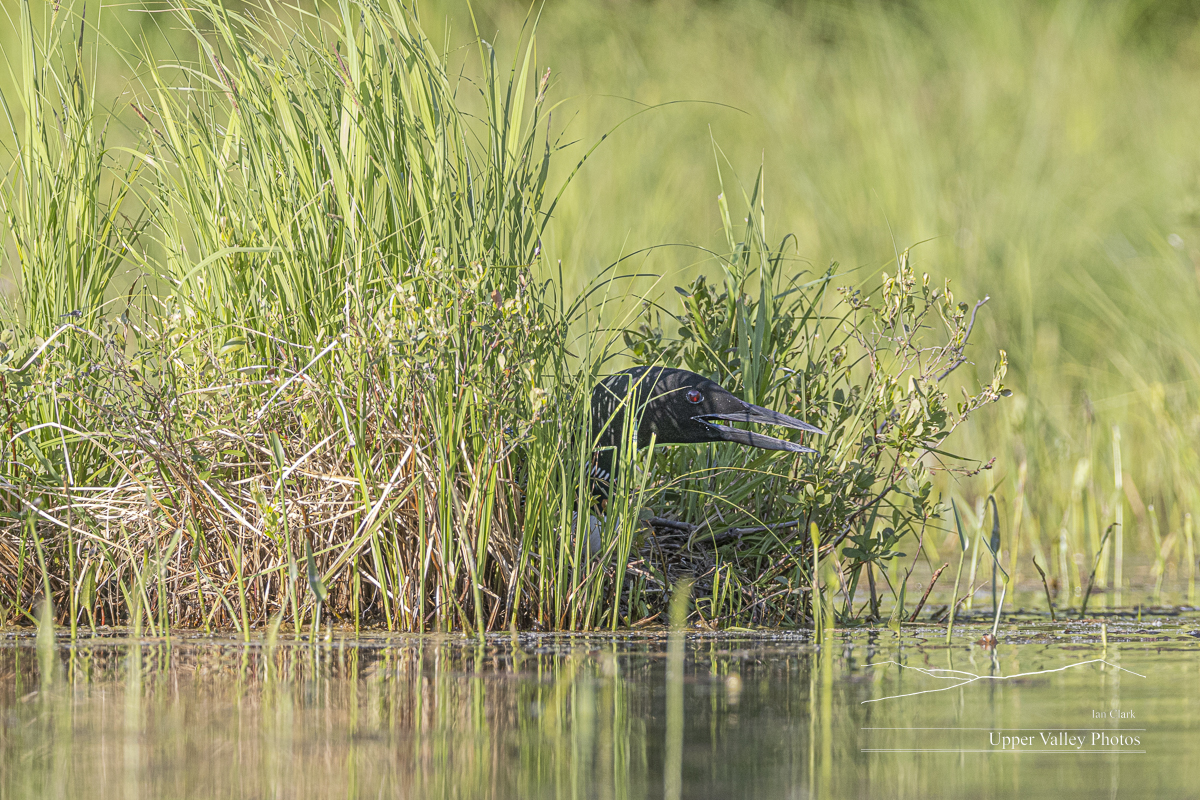
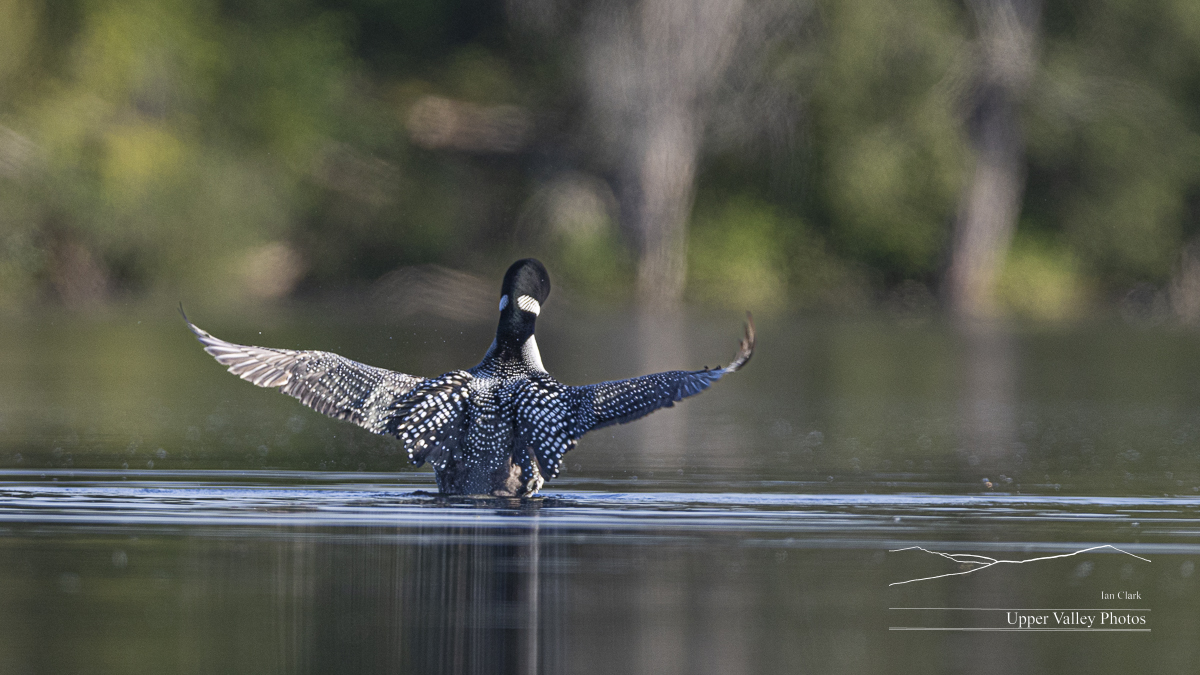
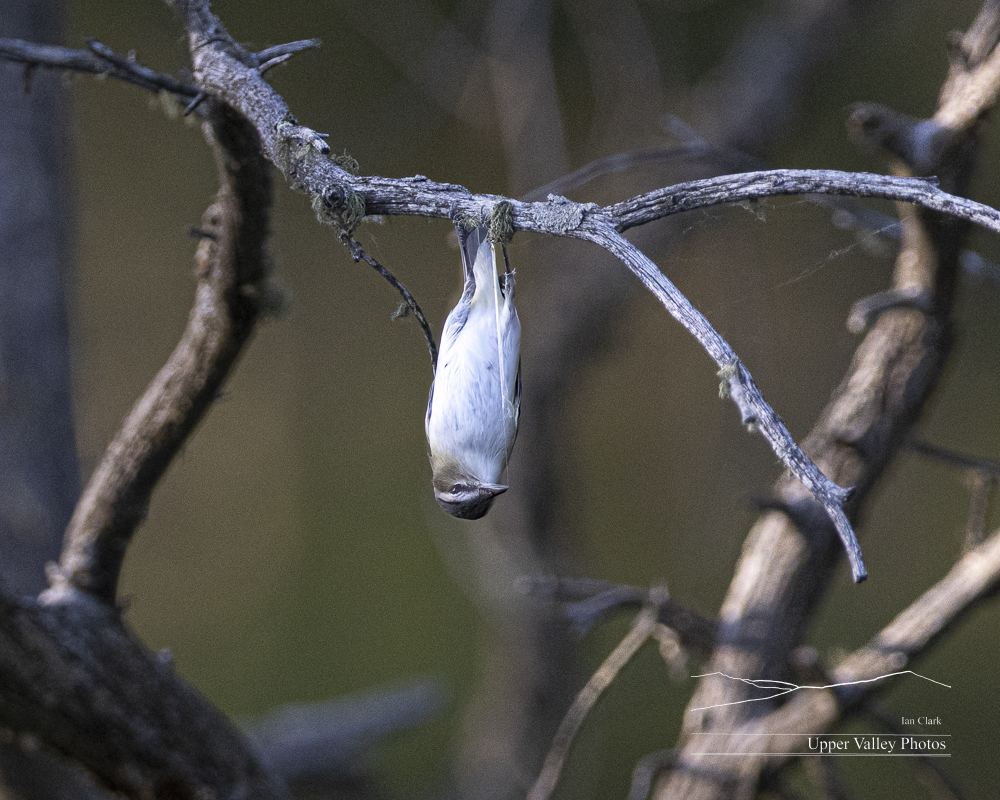
Thursday morning I headed back to visit the Eastons, hoping both had returned. There was no wind, it was a perfect morning just to be out on the water, even better for photos. As I headed down the pond, I quickly spotted a loon sitting on the bank a couple hundred feet from the previous nesting site. Studies of banded loons suggest that if they are successful in hatching chicks in a nesting site, they’ll reuse the site. The literature says the male picks the site, I hoped our male had returned (I want all my critters to live long happy lives before retiring to Boca Raton.) The male on the pond the last few years was banded, I wanted to get a look at their legs.
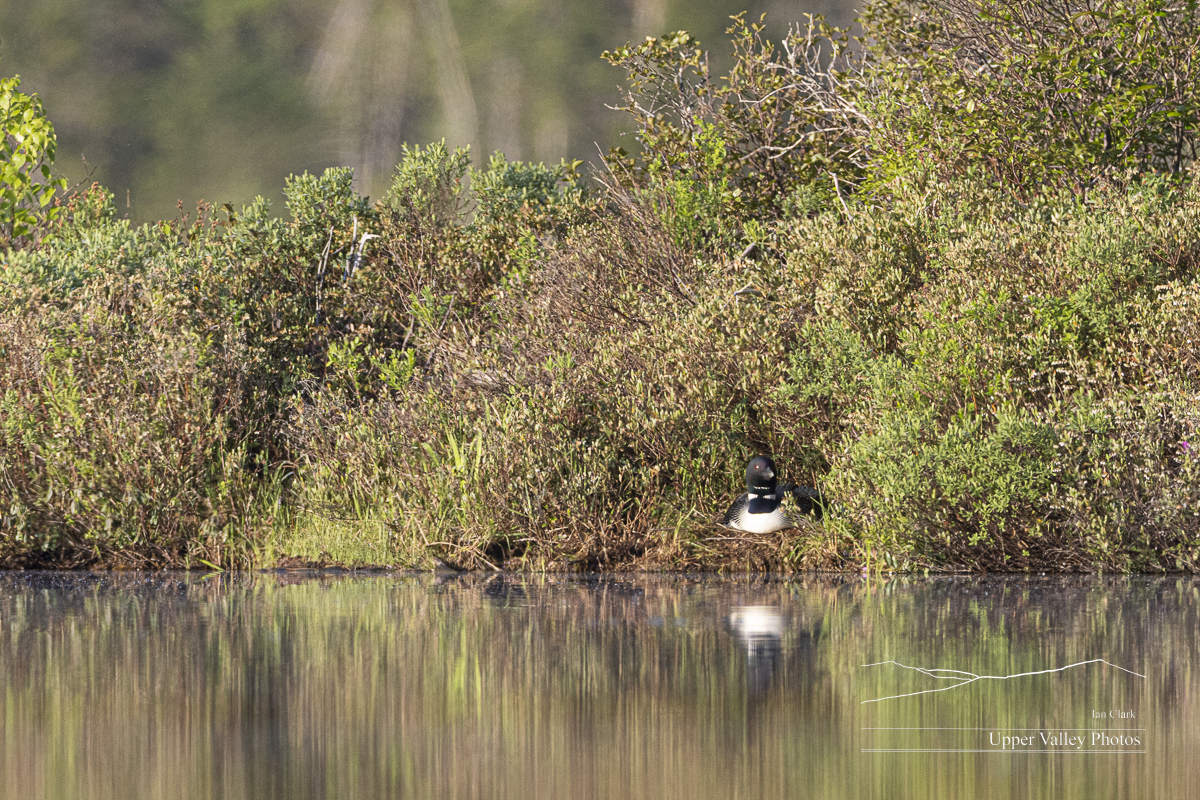
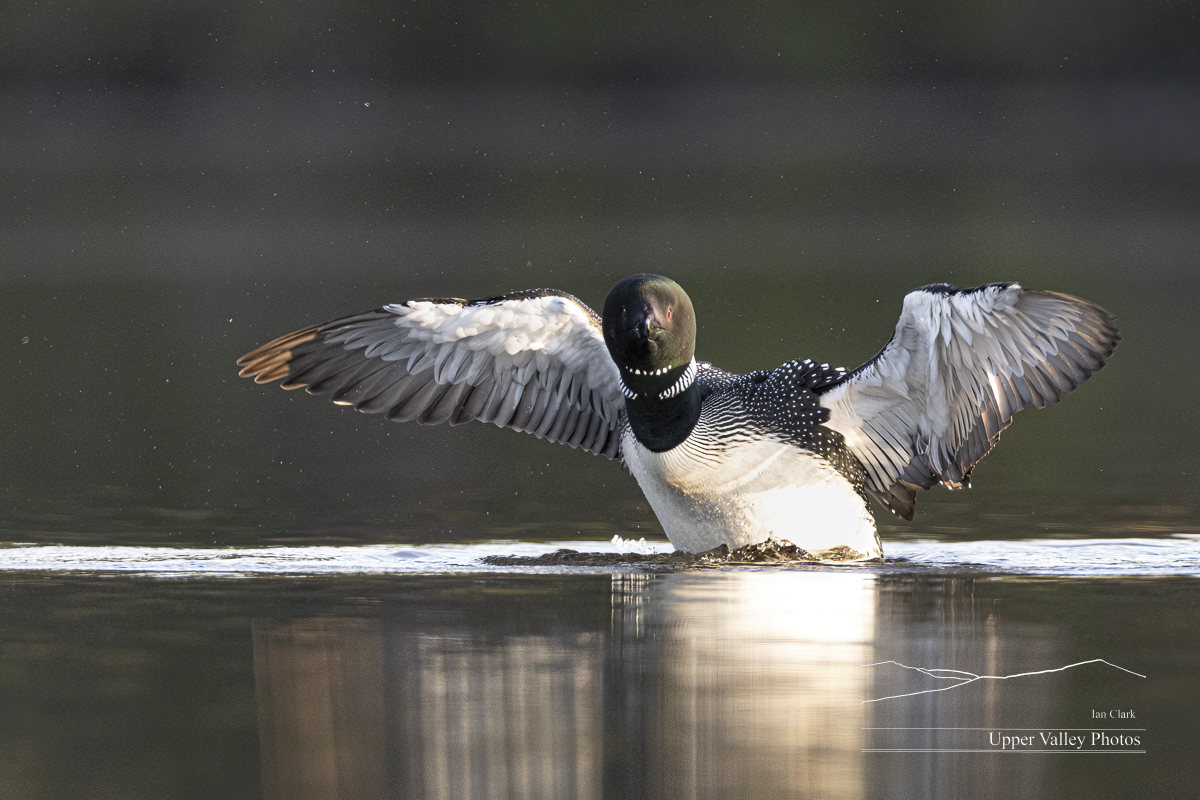
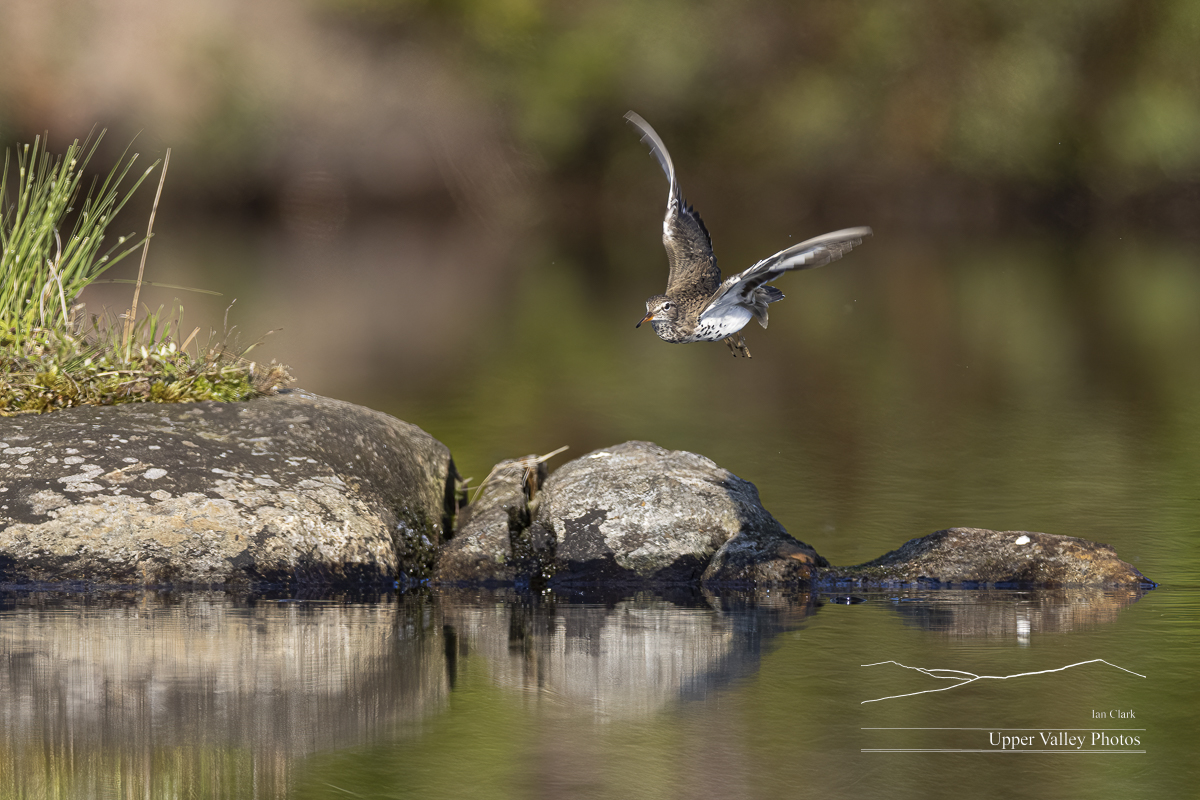
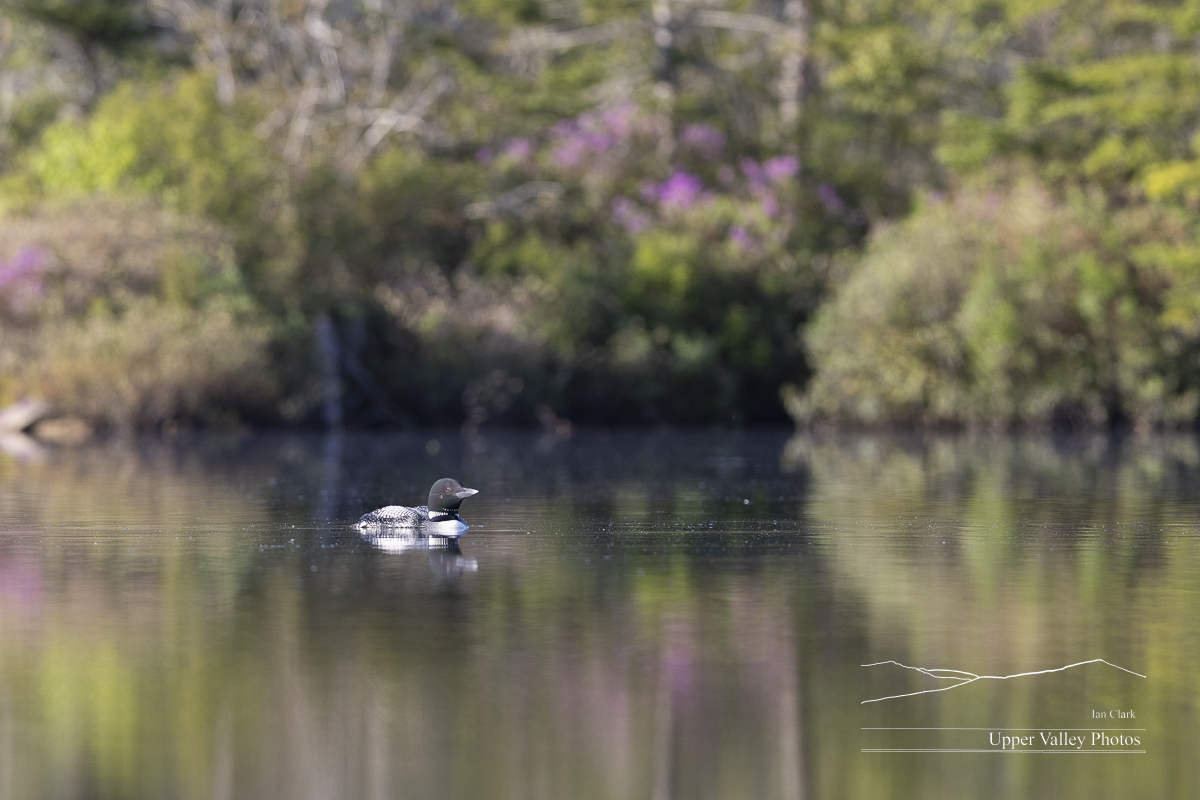
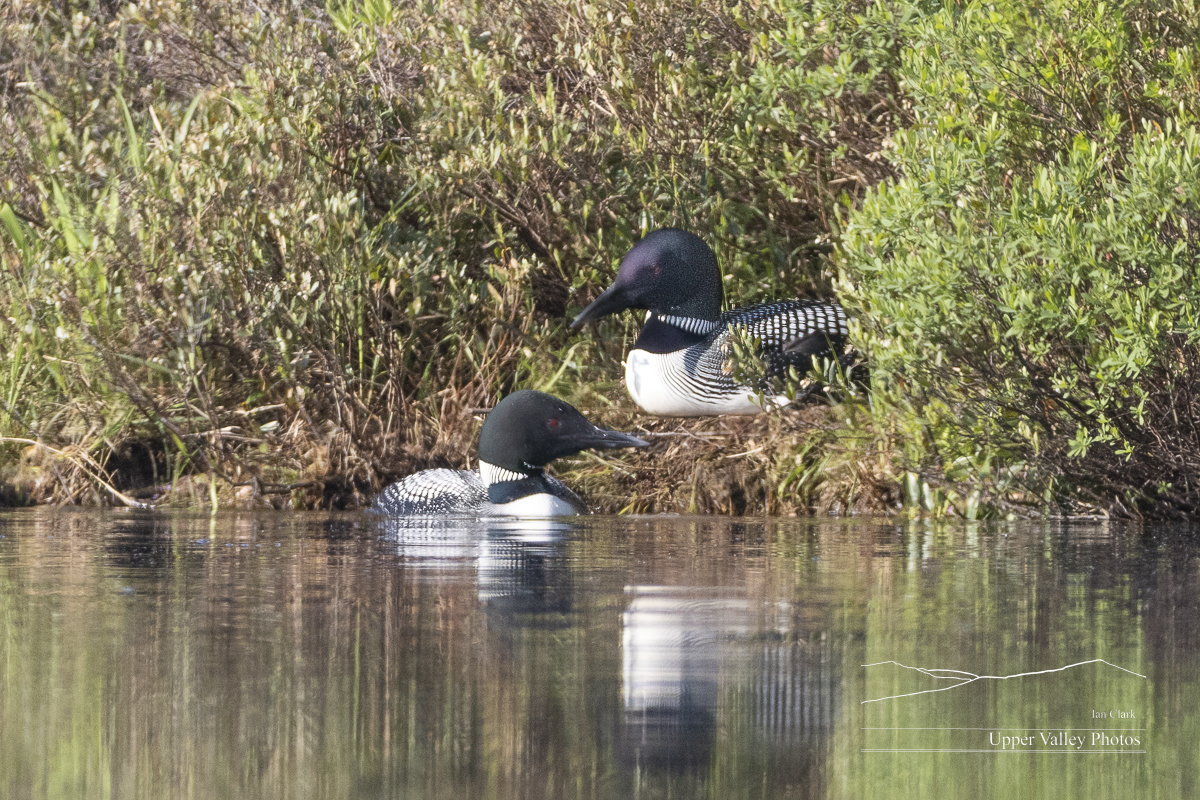
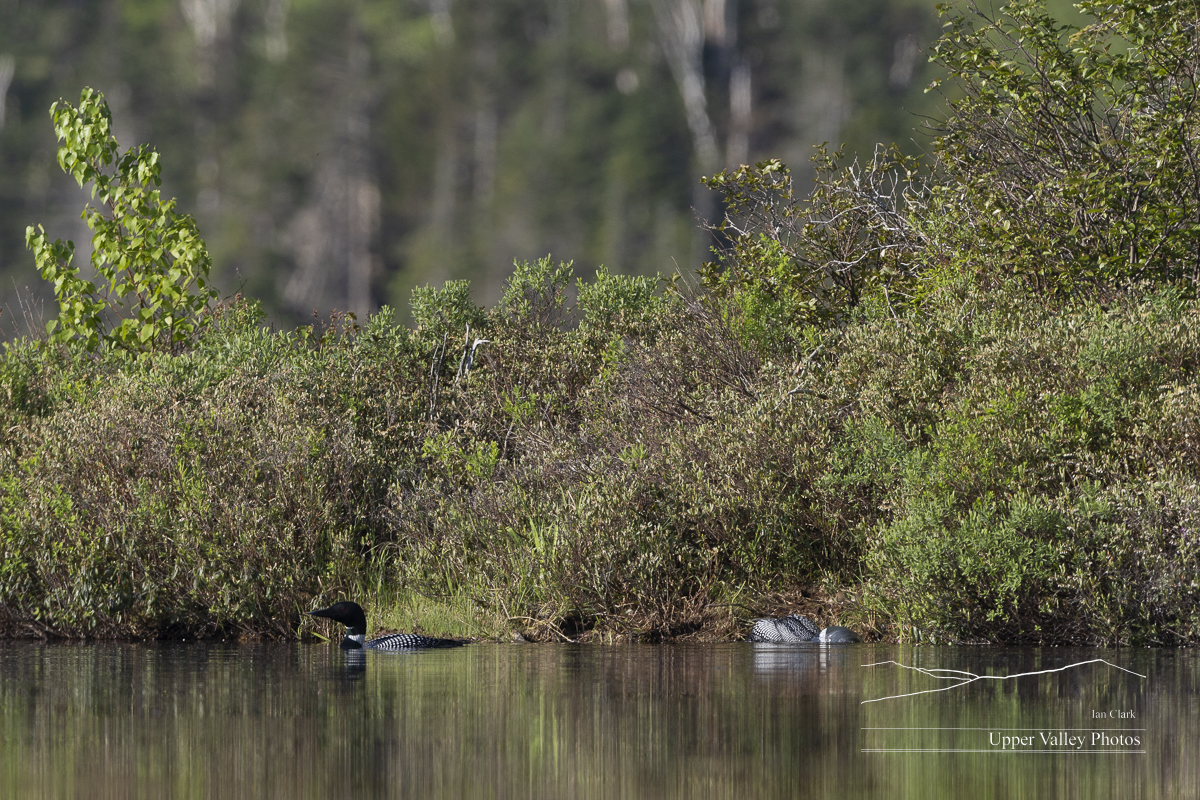
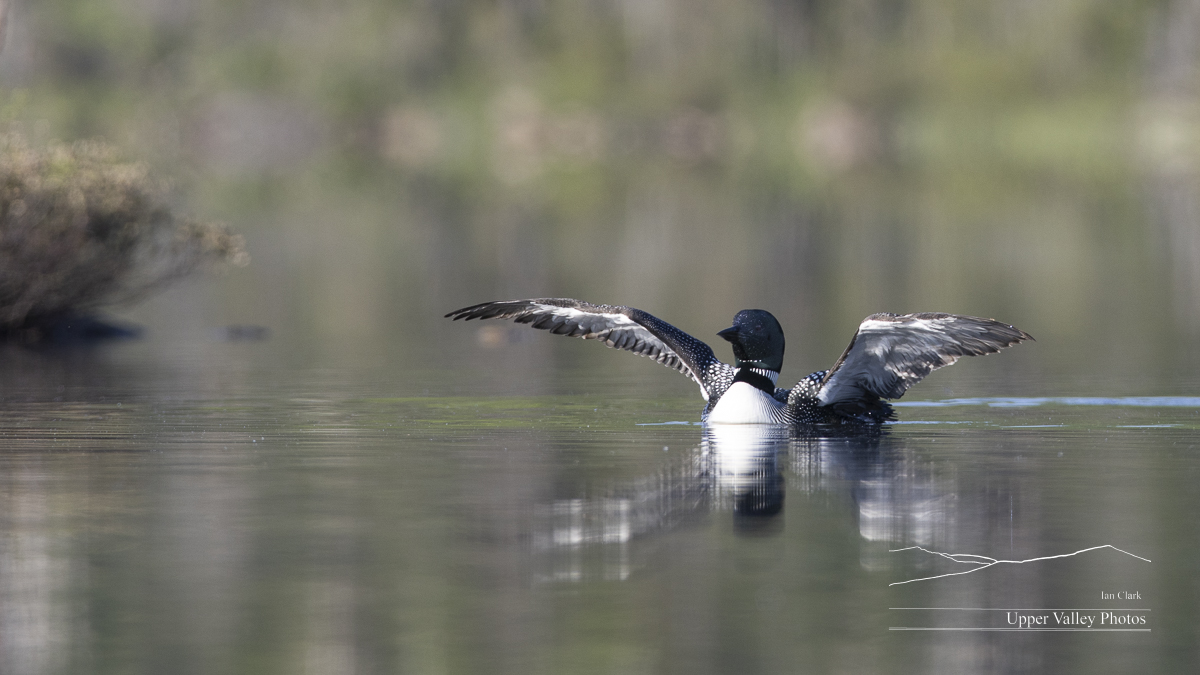
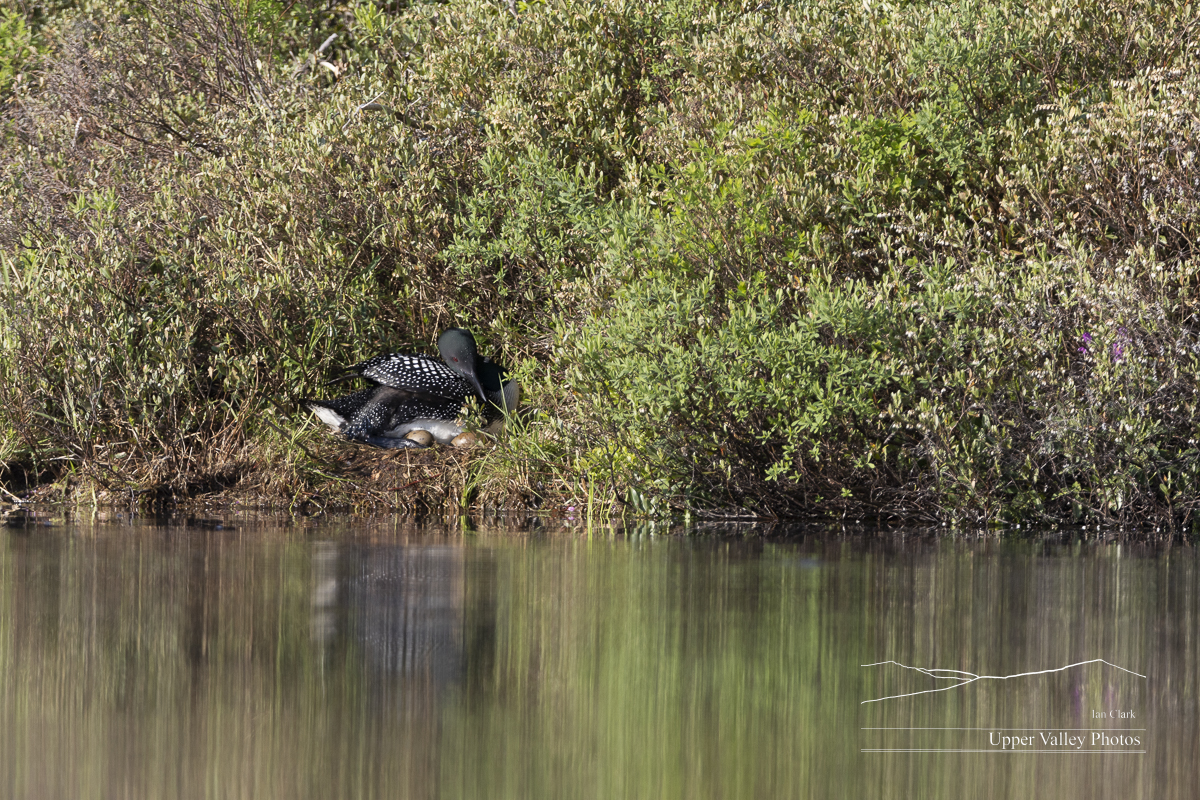
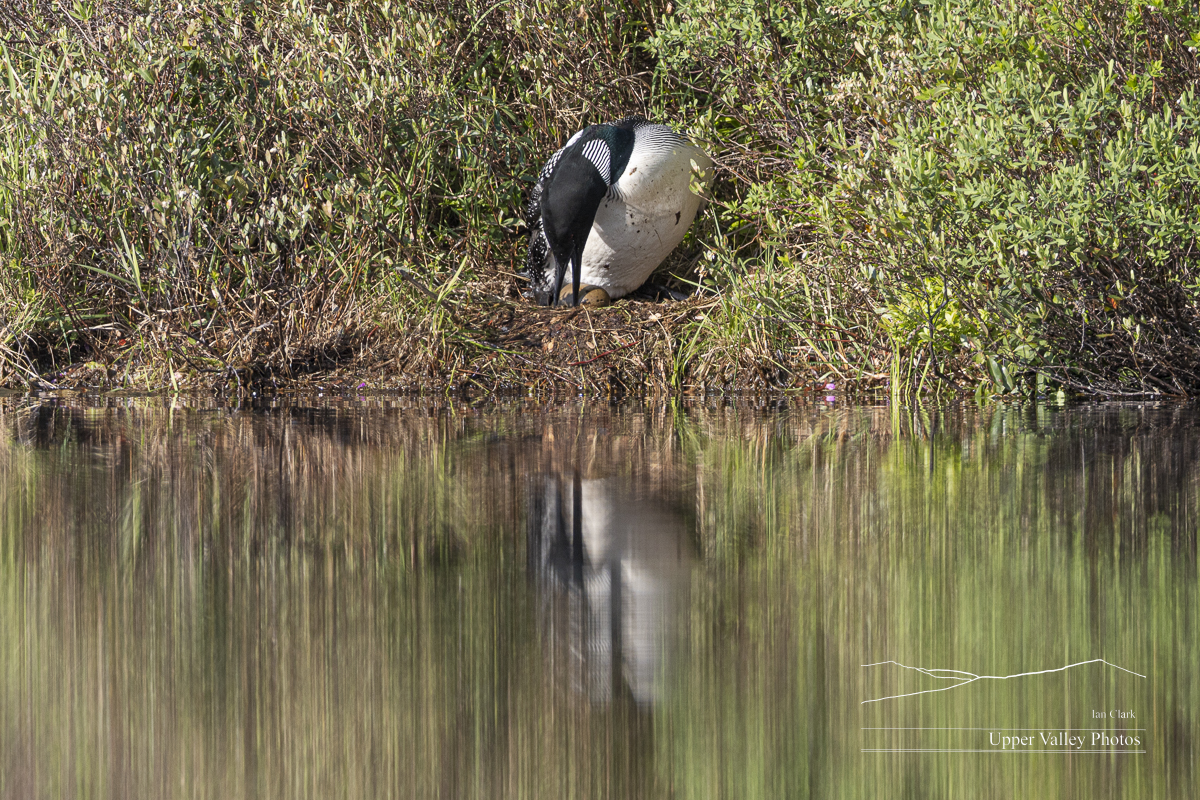
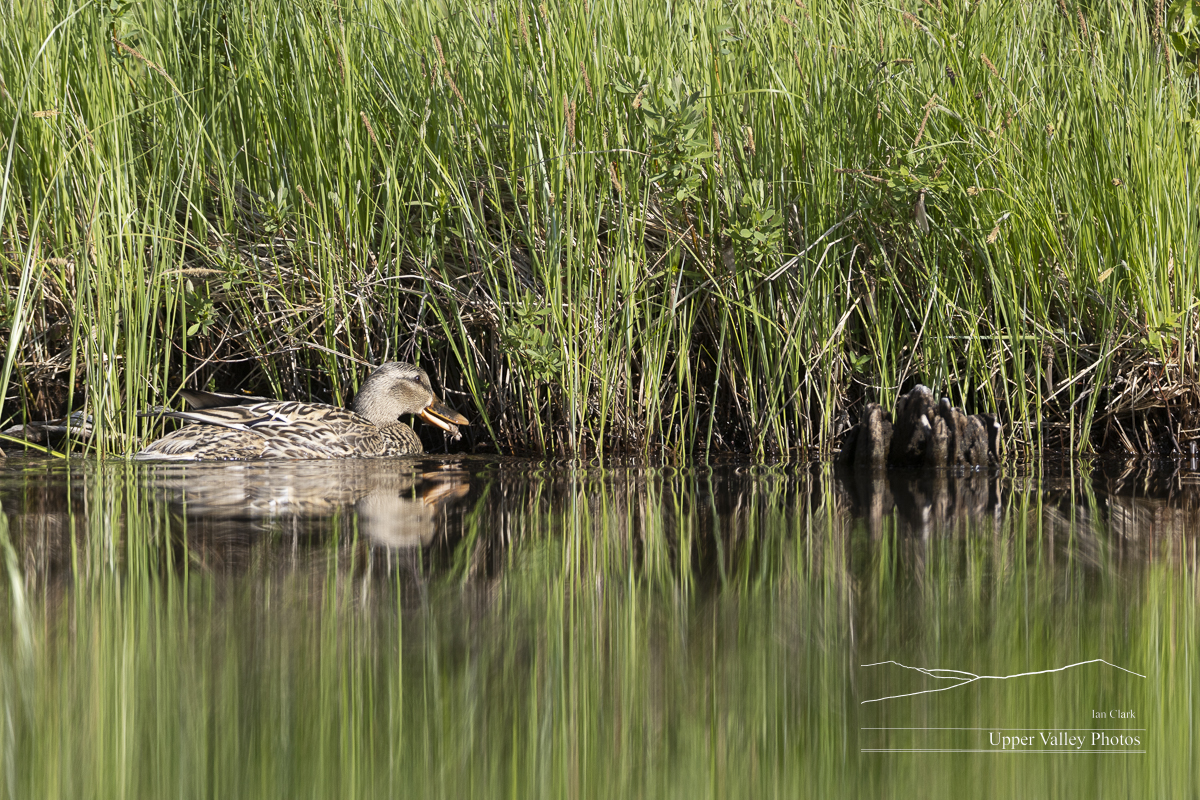
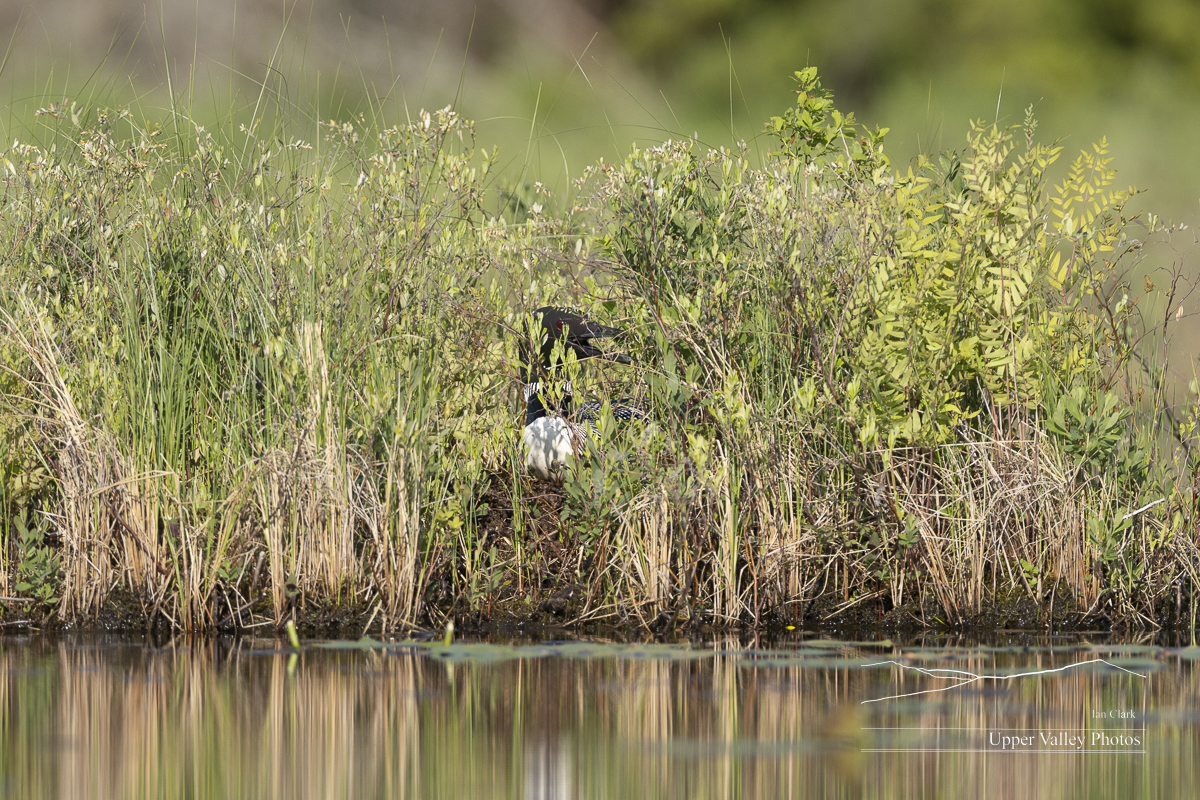
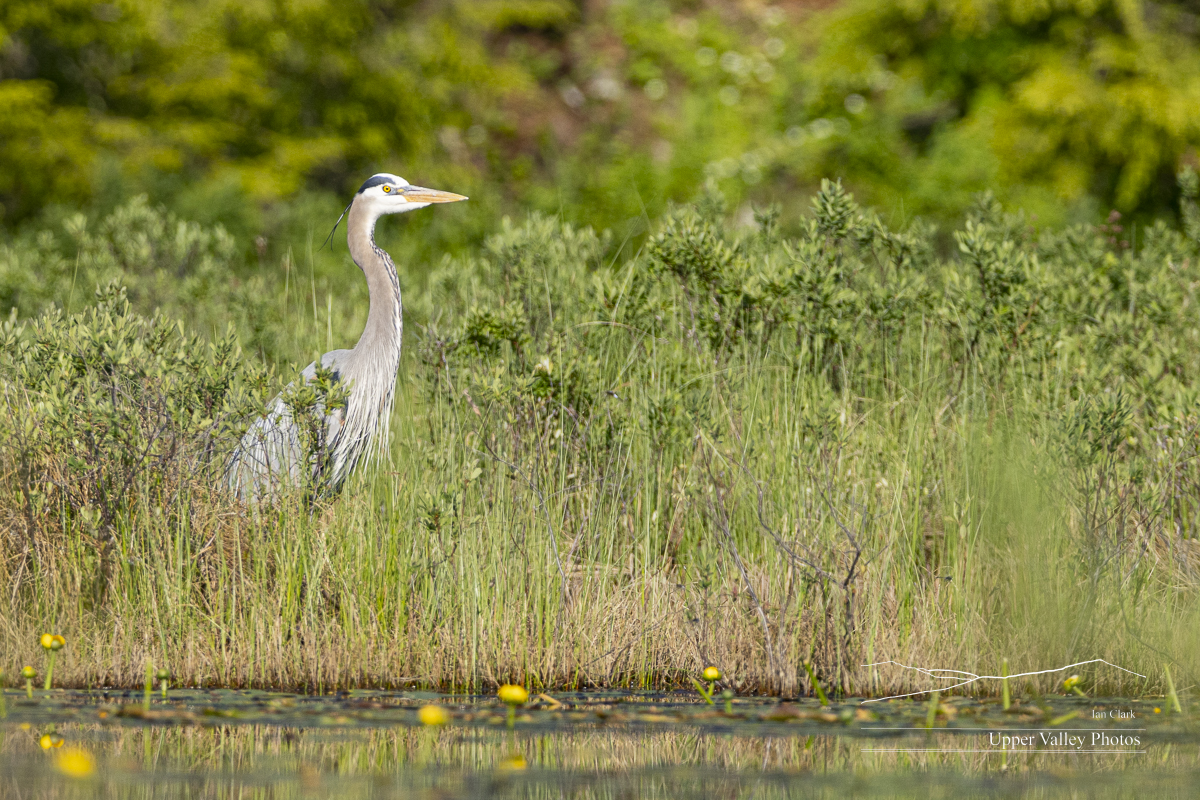
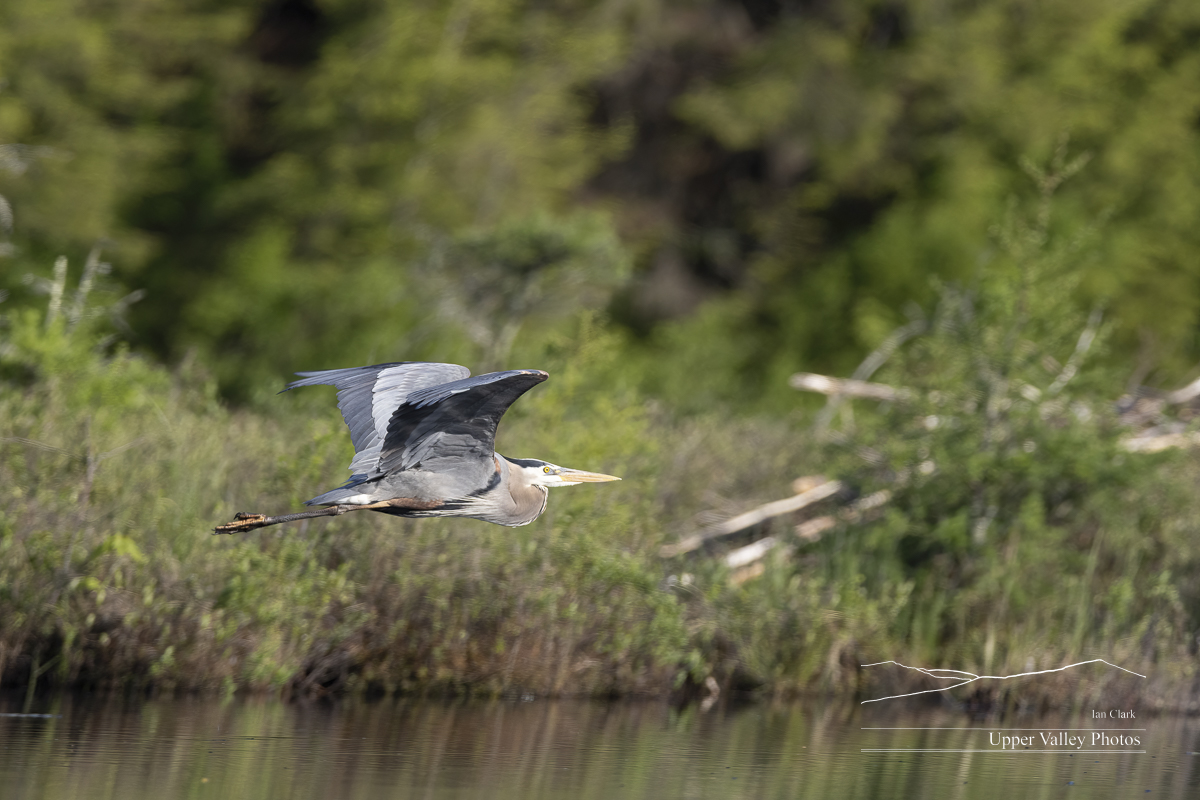

Friday morning, I packed up the Loon Preservation Committee’s nesting sign and headed back to the Eastons.

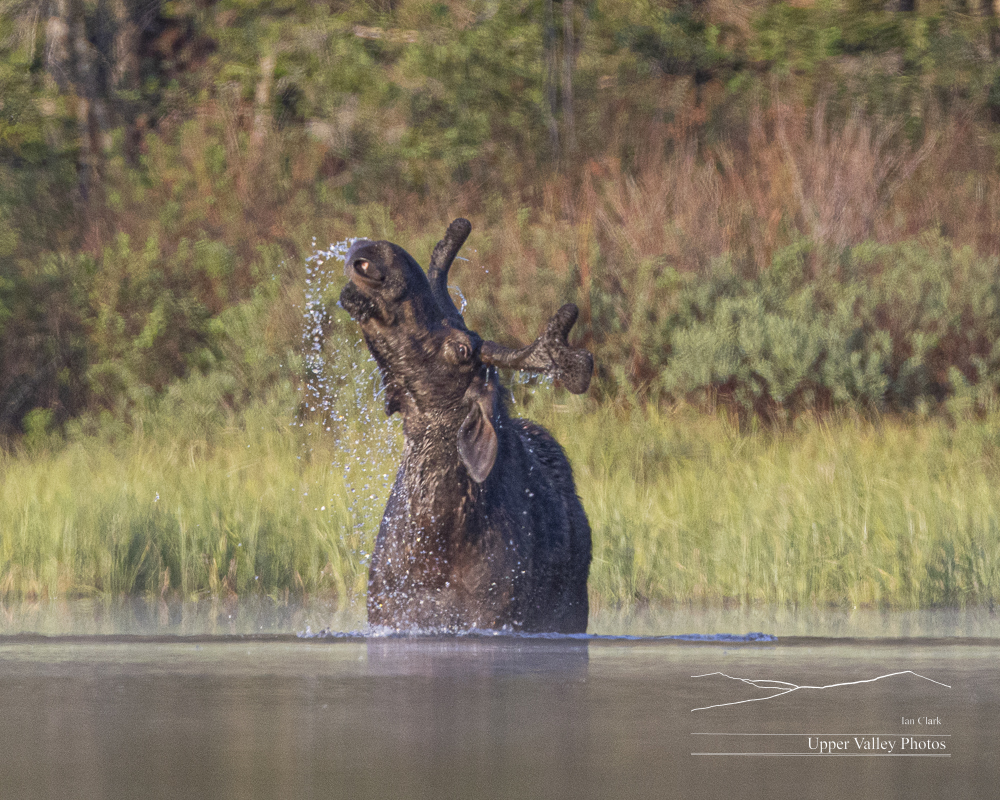
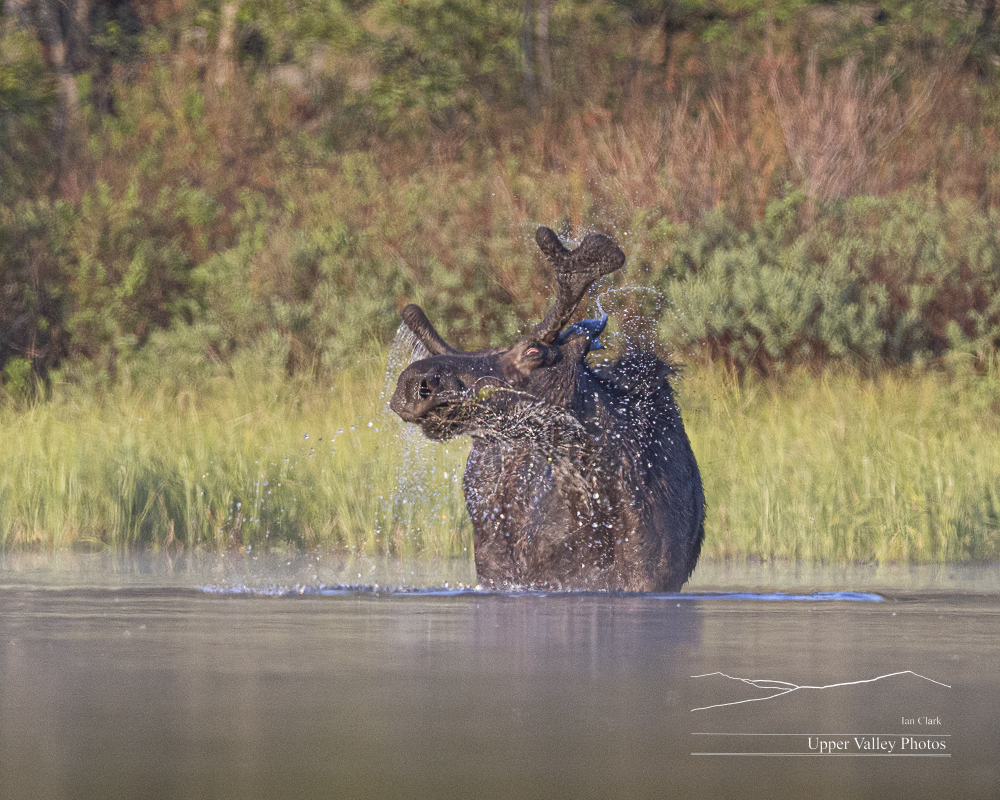
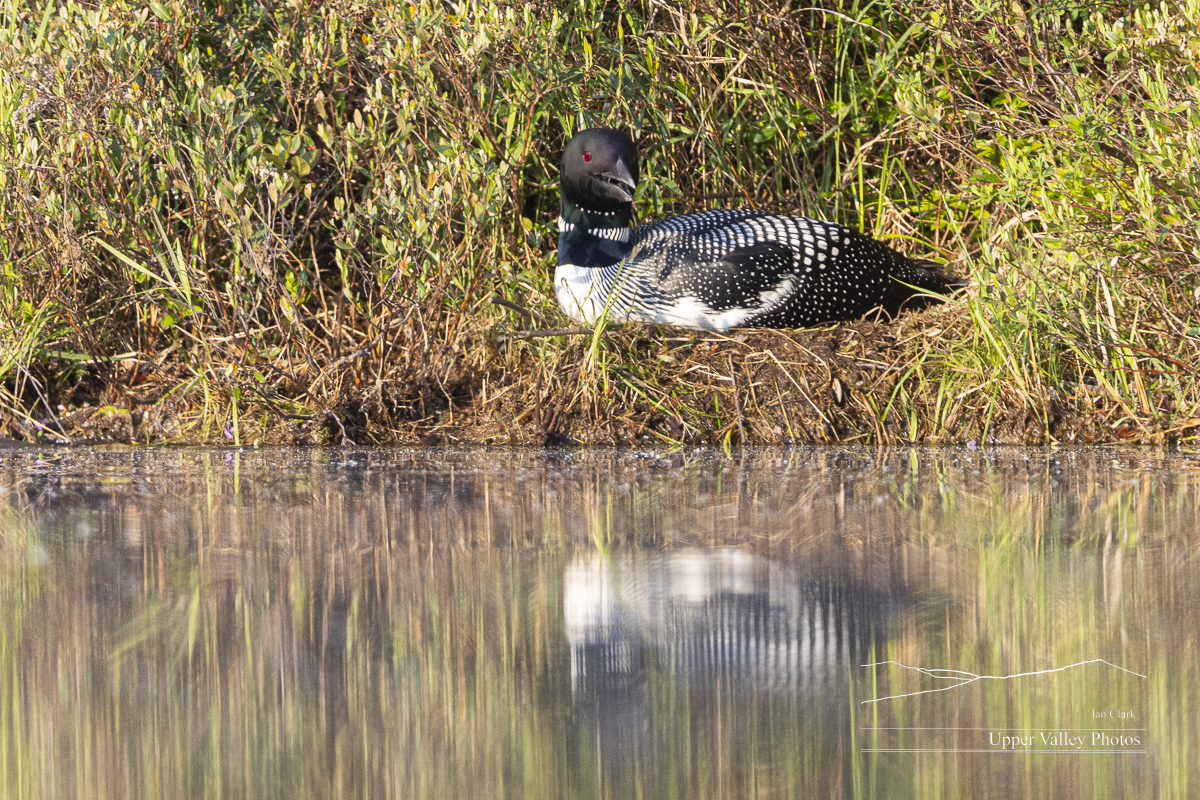
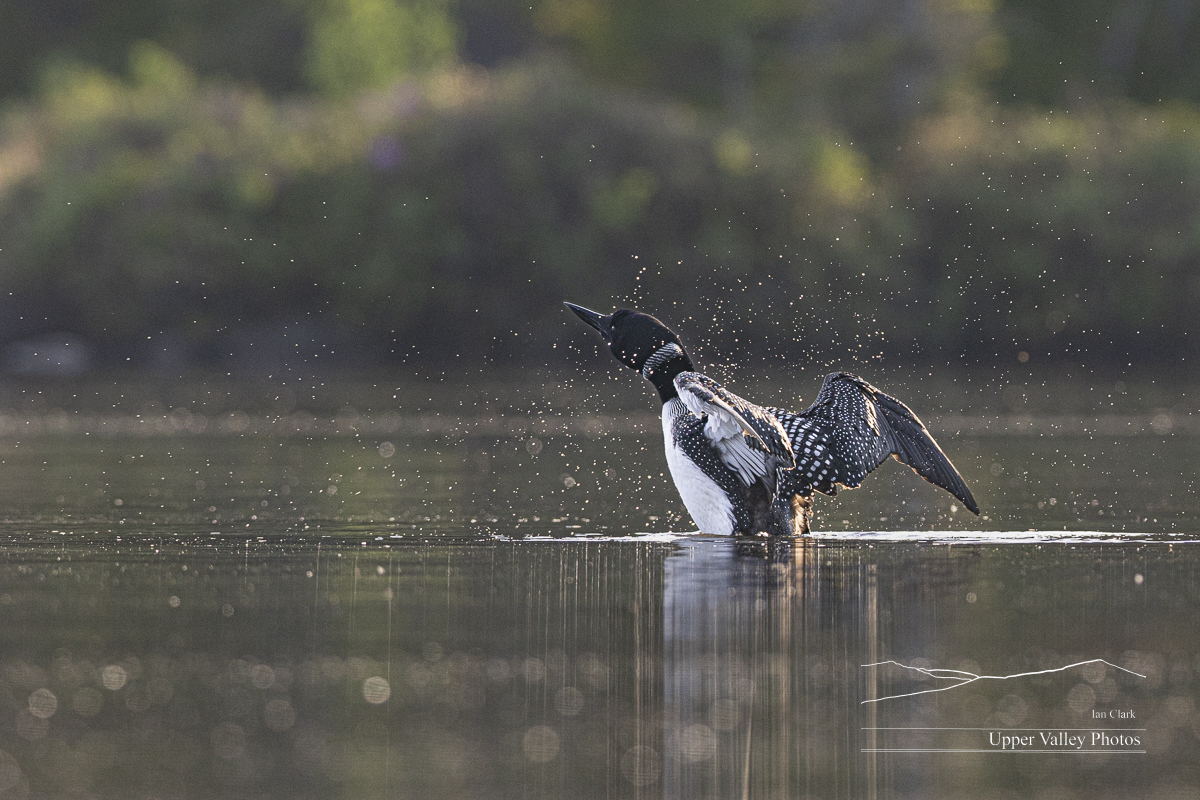

We’re Expecting!
The weather kept me from visiting the loons for several days. I was out to see the Middletons last Thursday, May 18. I didn’t get back until last evening. And I had a chance to visit the Westons this morning. Let’s see how they’re doing.
I’ll be at the Paradise City Art Show in Northampton, MA this coming weekend. Stop by and say hello. I’ll have lots of prints, from small to large, and note cards with lots of critters. All the show details here.
Last Thursday was another chilly morning, with a little bit of fog on the water.
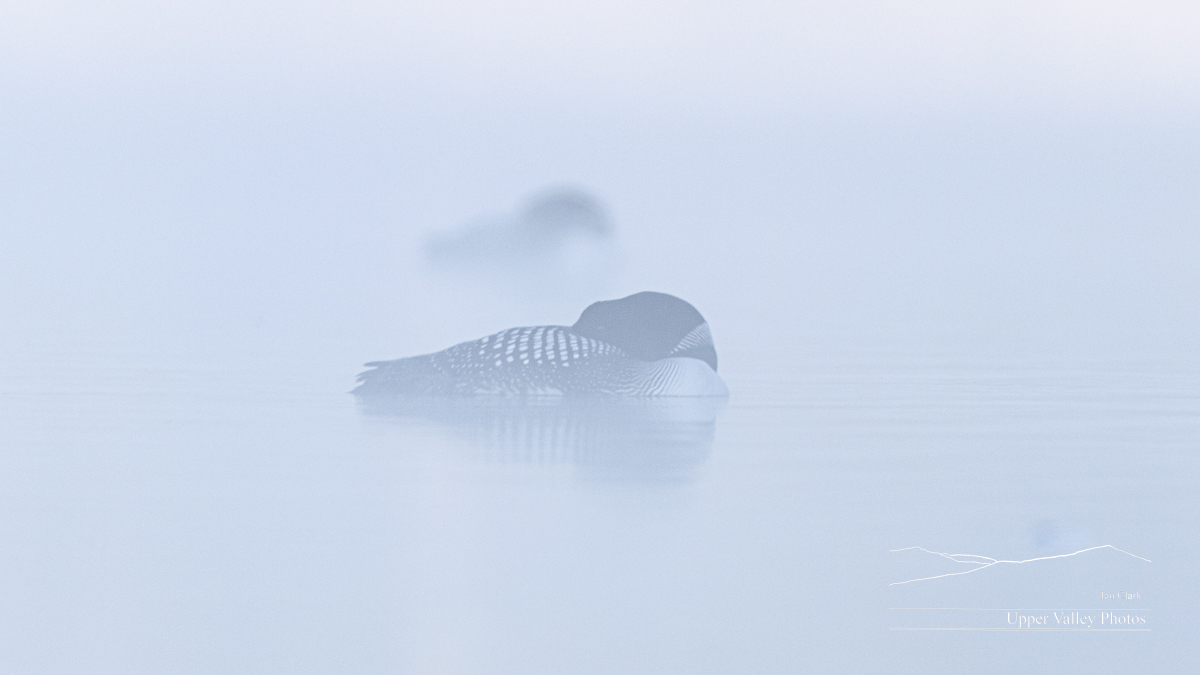
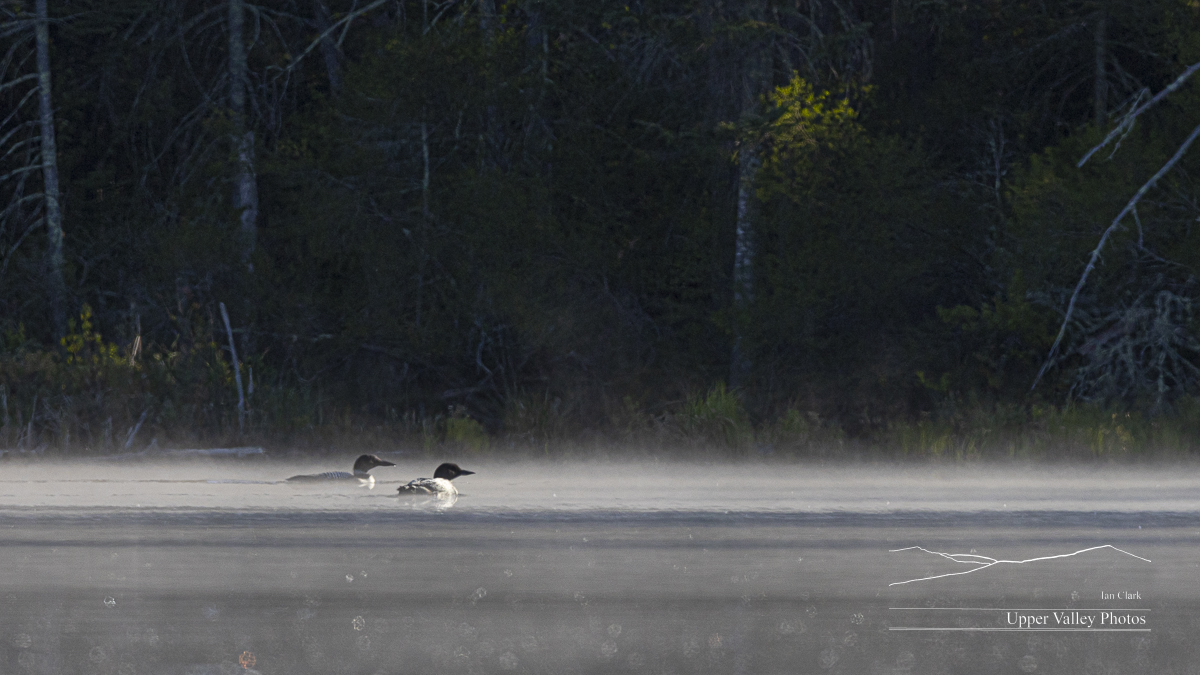
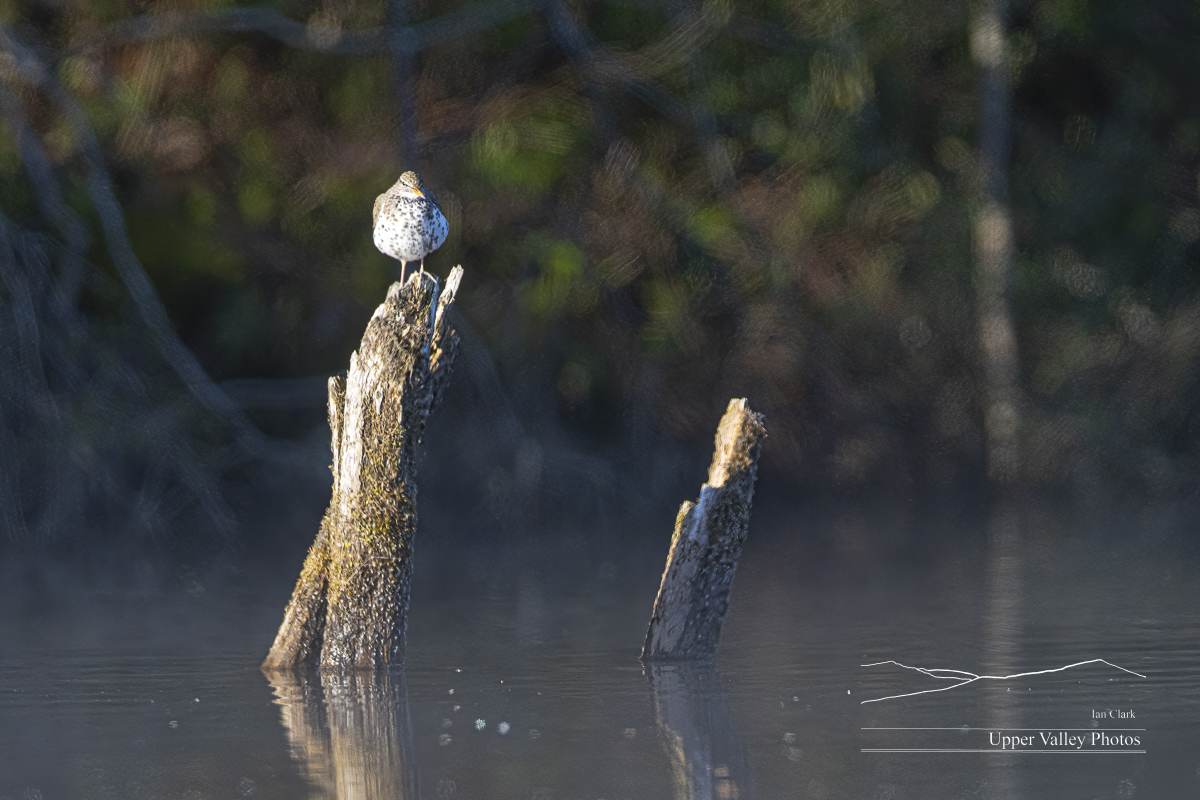
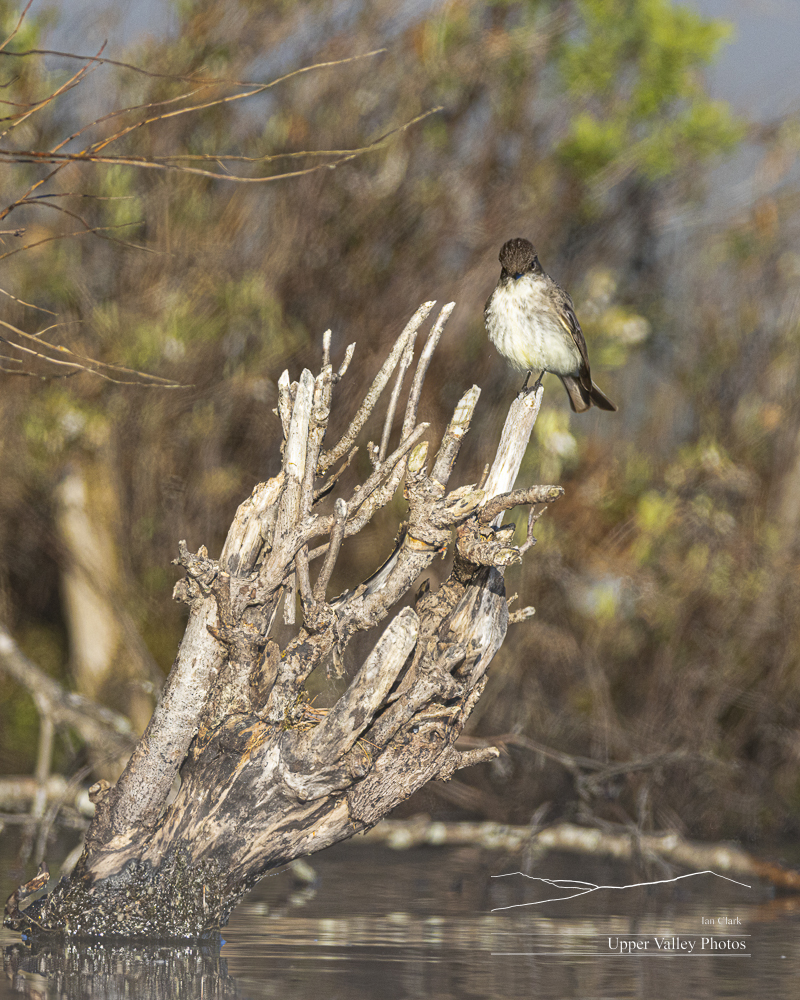
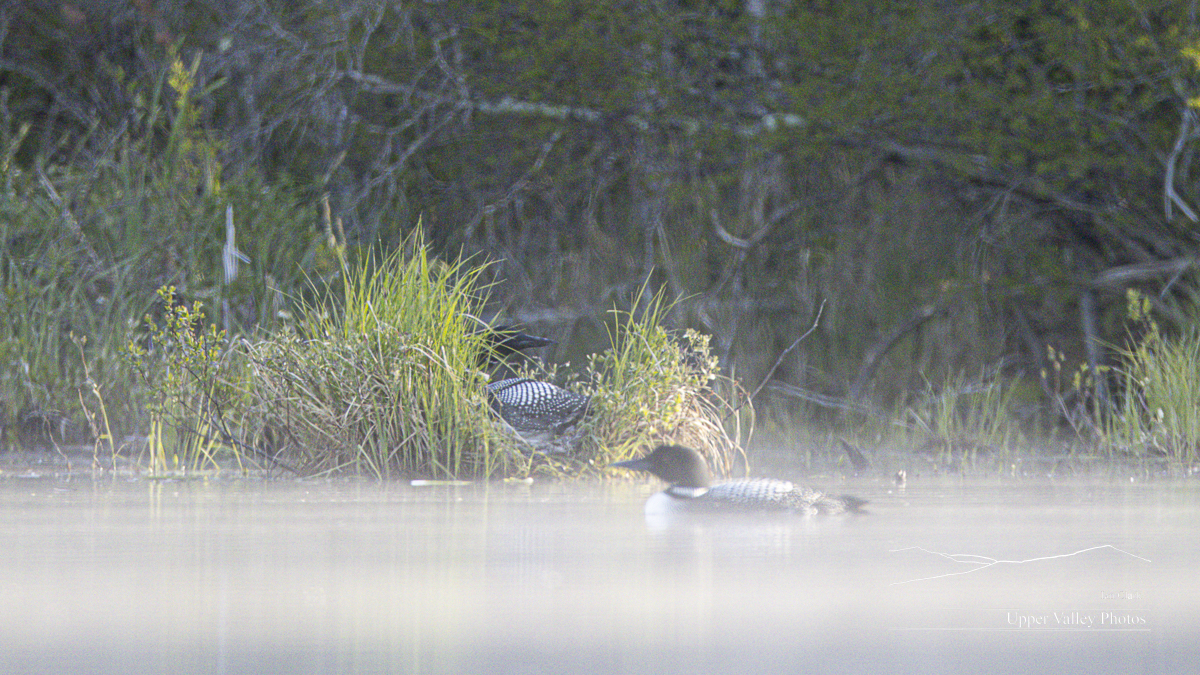


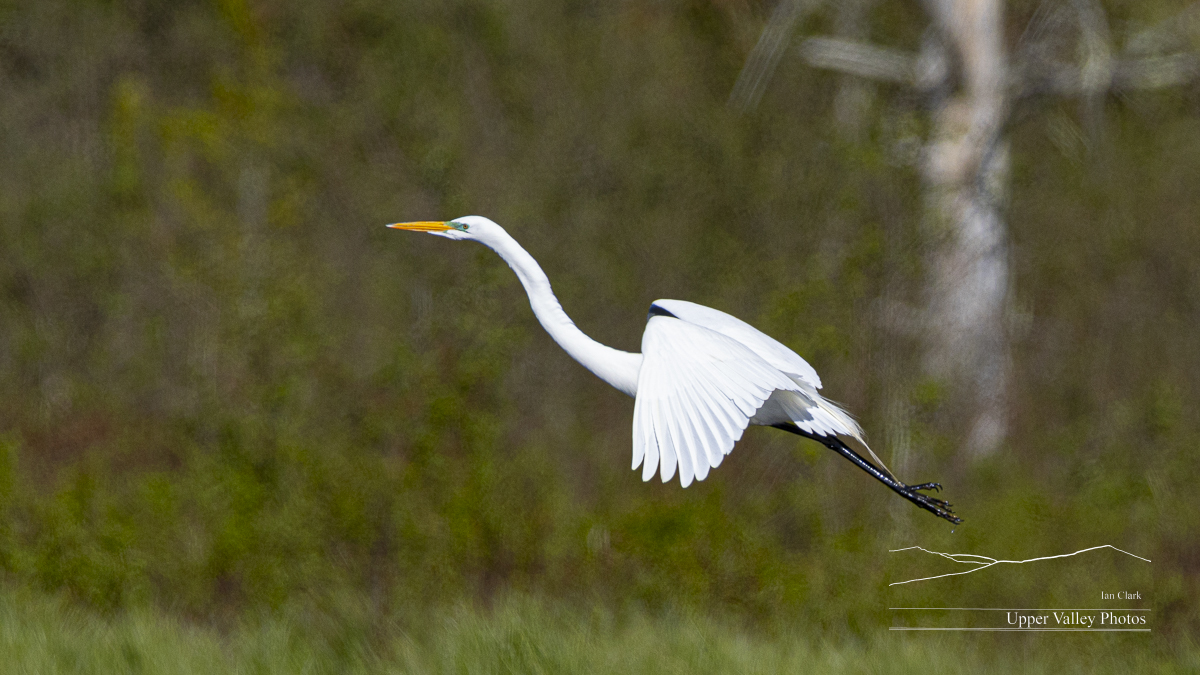
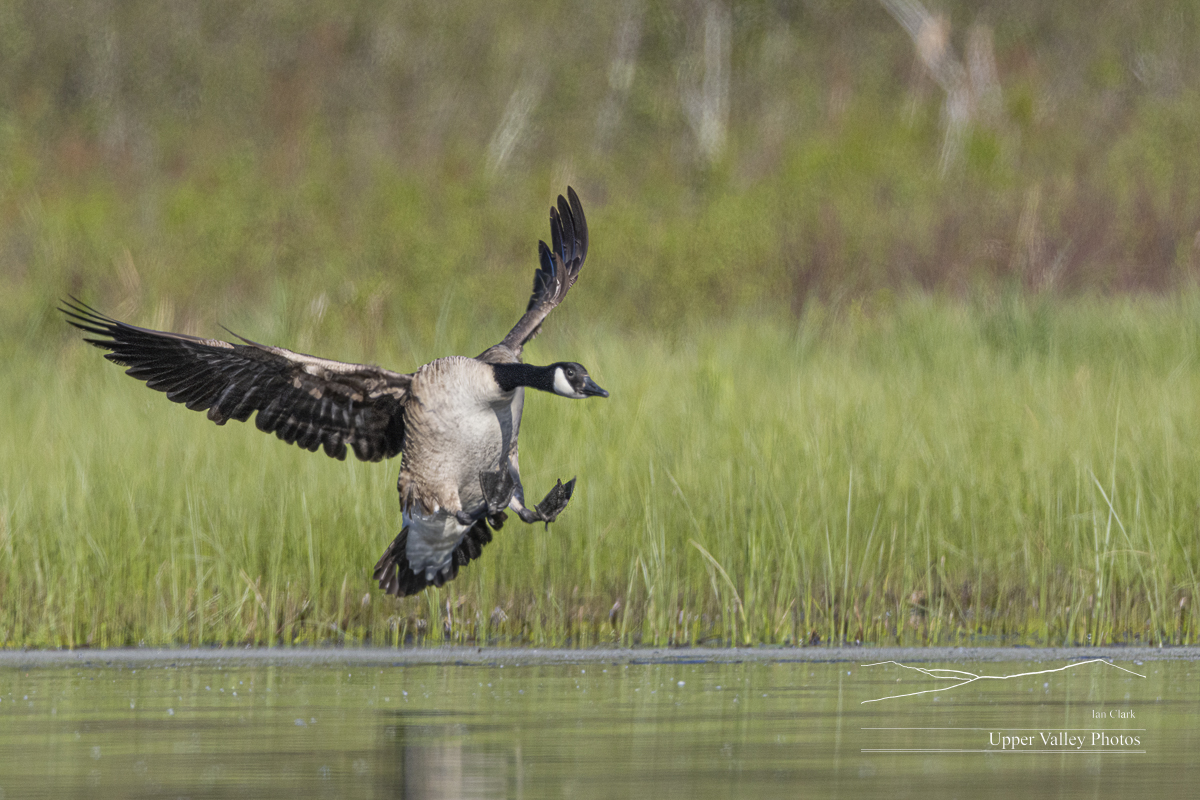
I returned yesterday evening, much to the delight of the black flies.
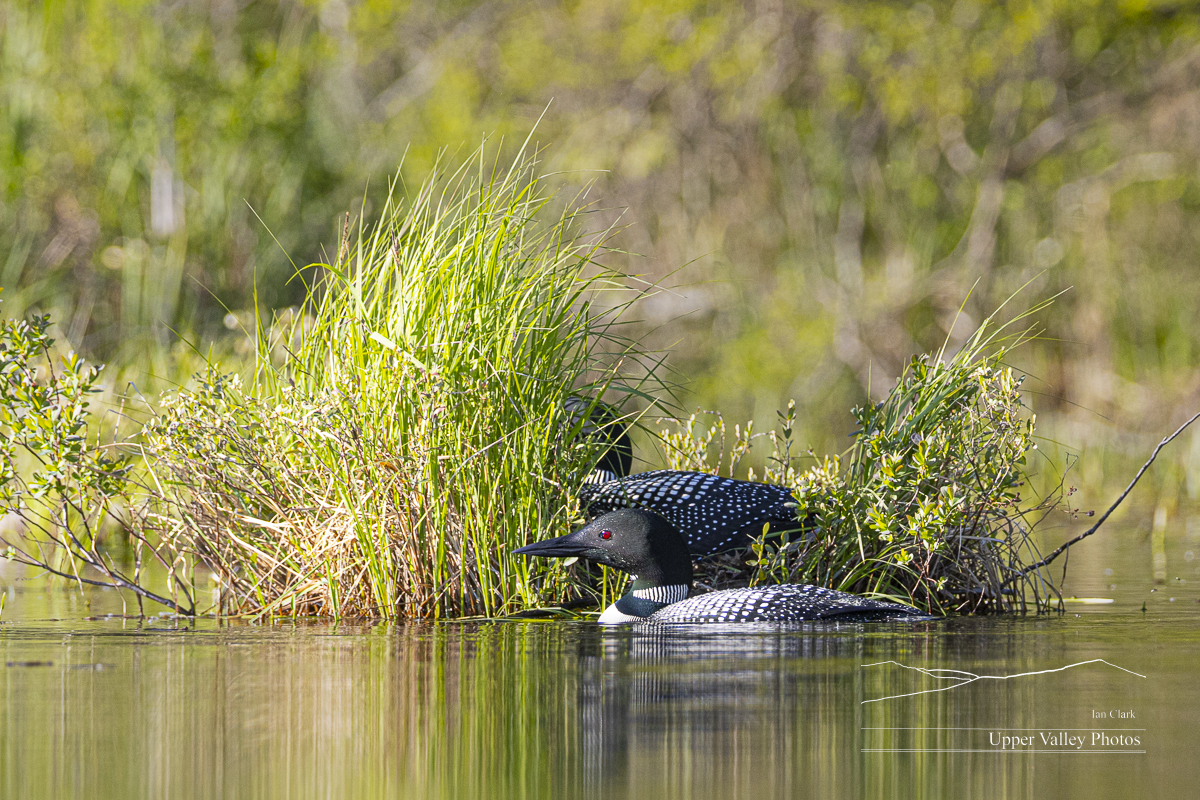
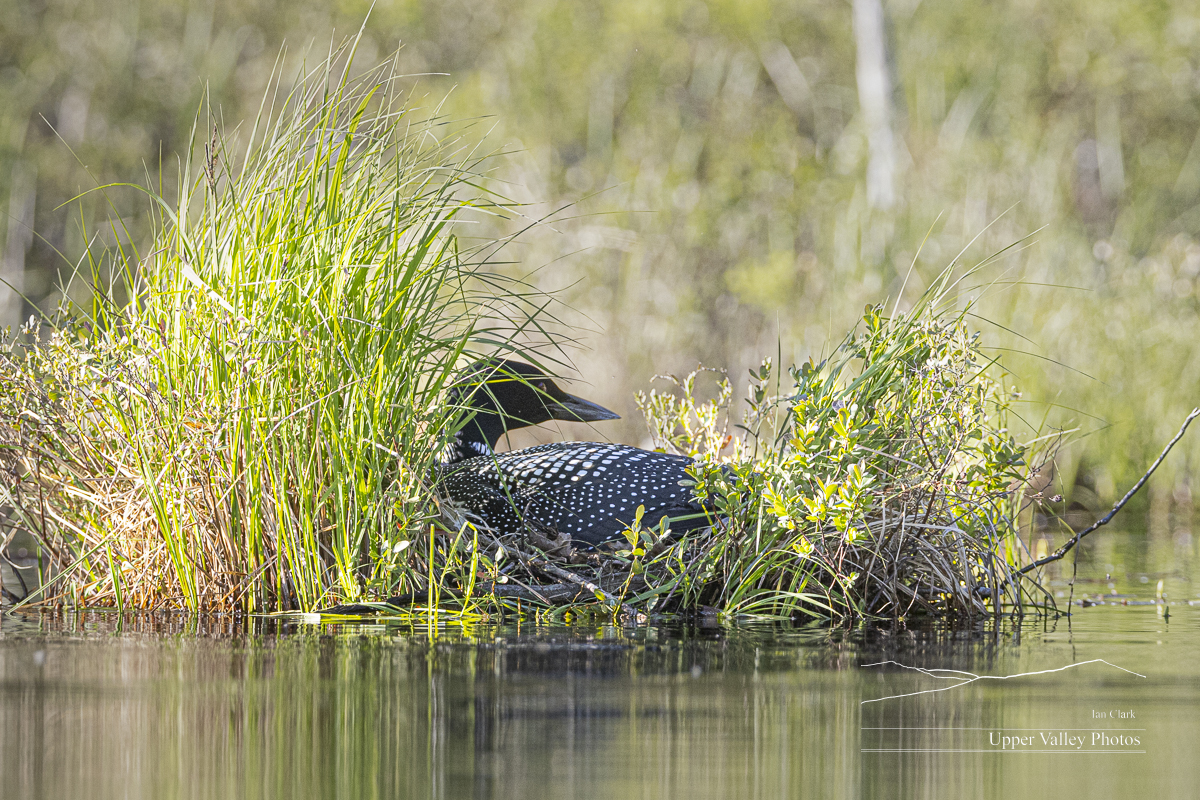
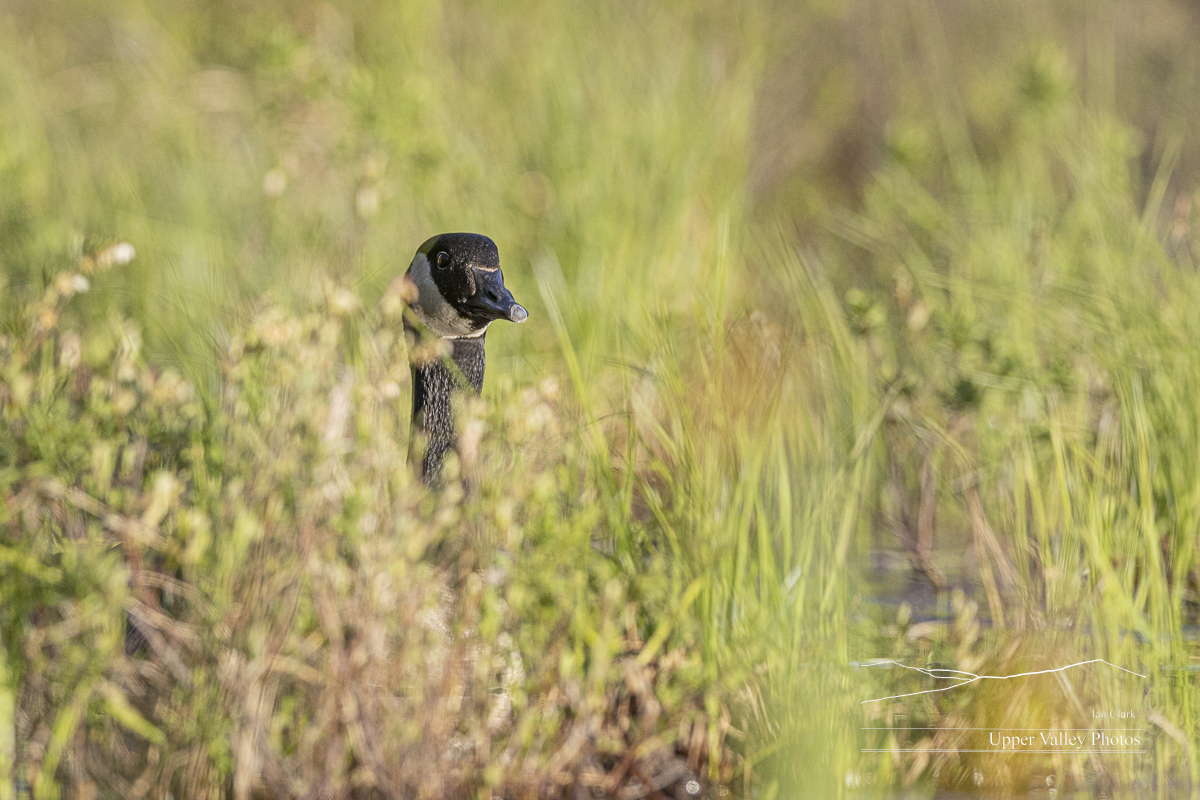
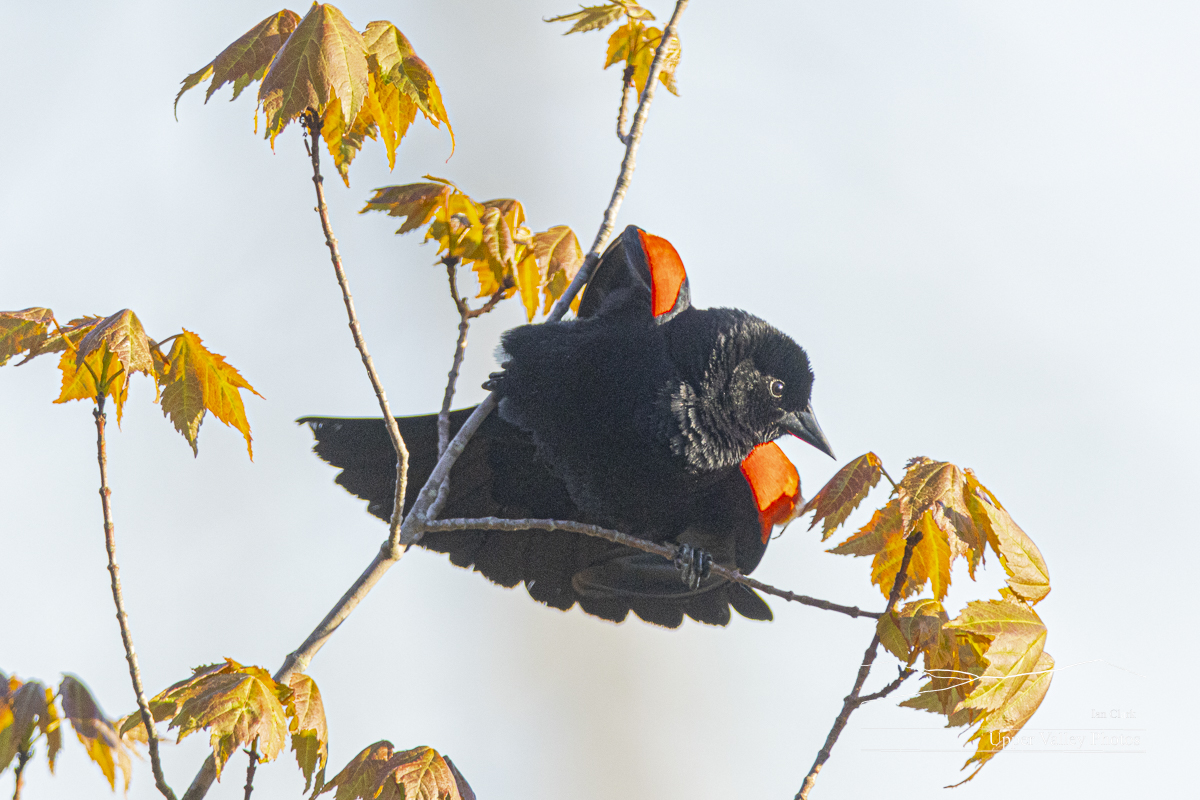
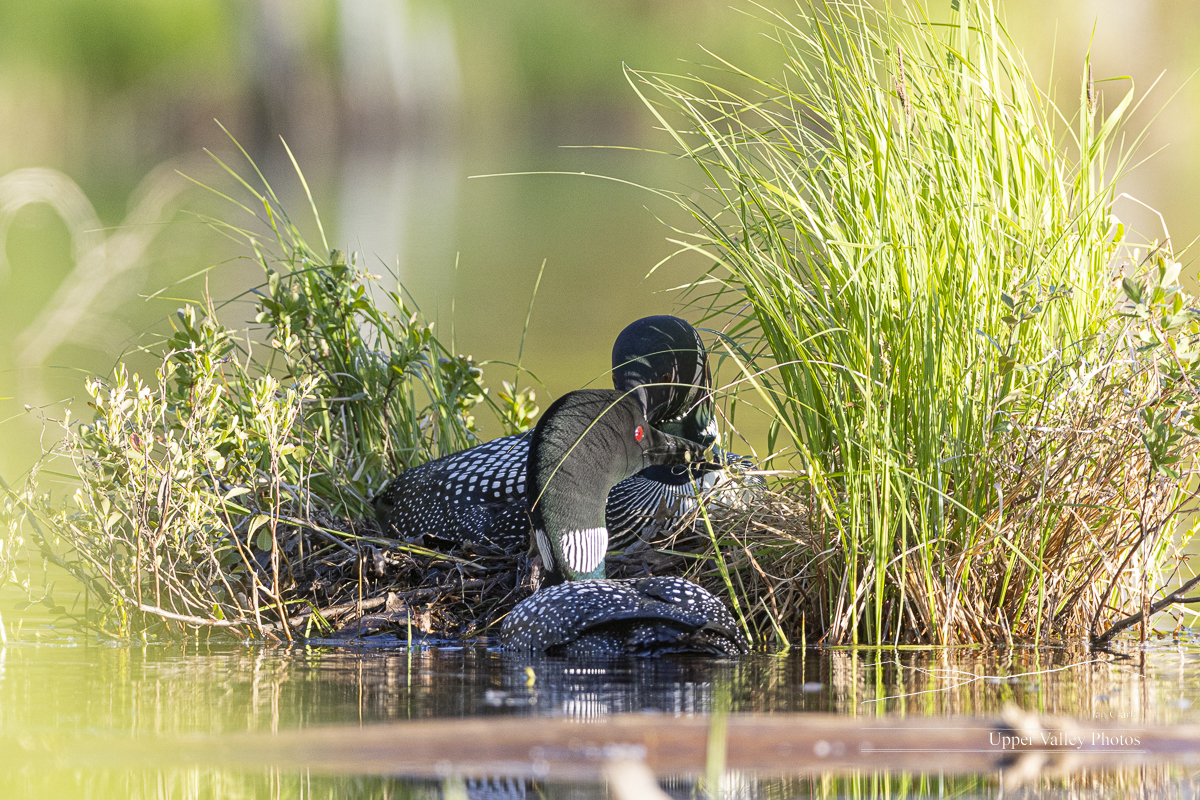
This morning I headed off to check in on the Westons. It became a beautiful morning after a chilly 38° start, with lots of nice fog on the water. The last few years, the Westons have been about a week behind the Middletons in mating and nesting. They must have a new calendar this year.
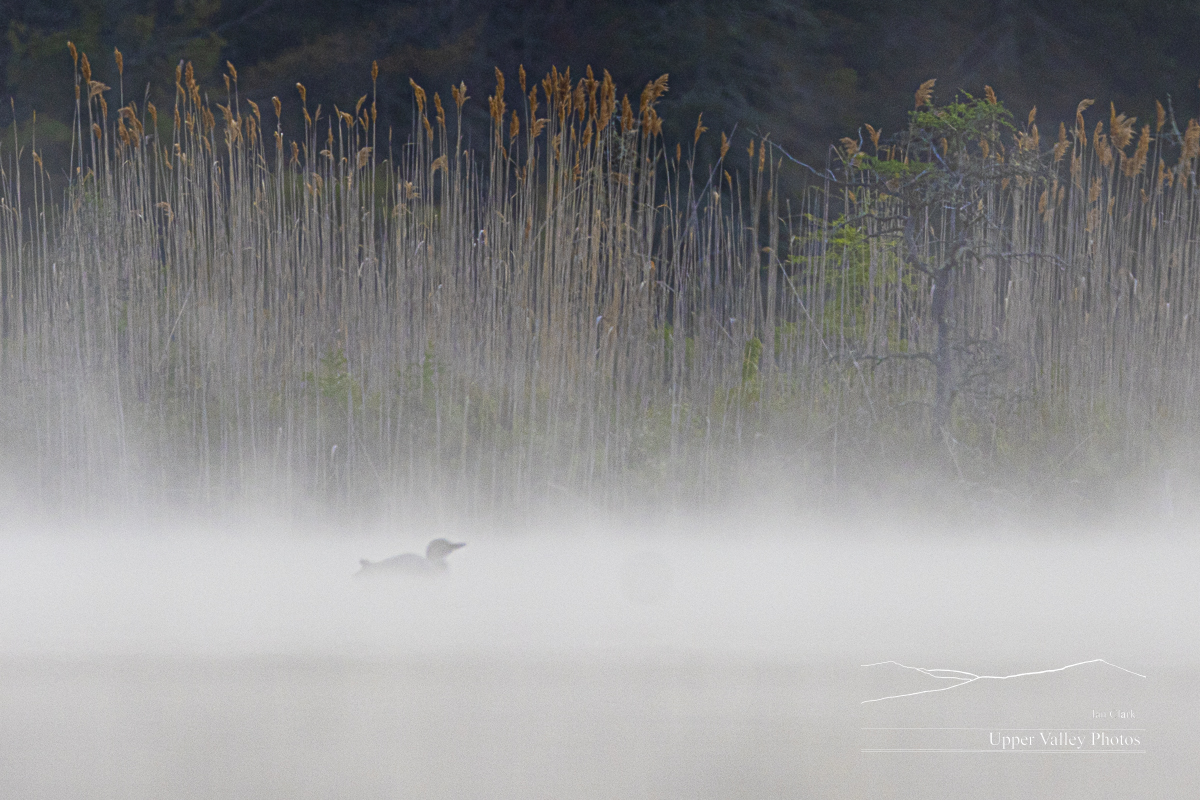
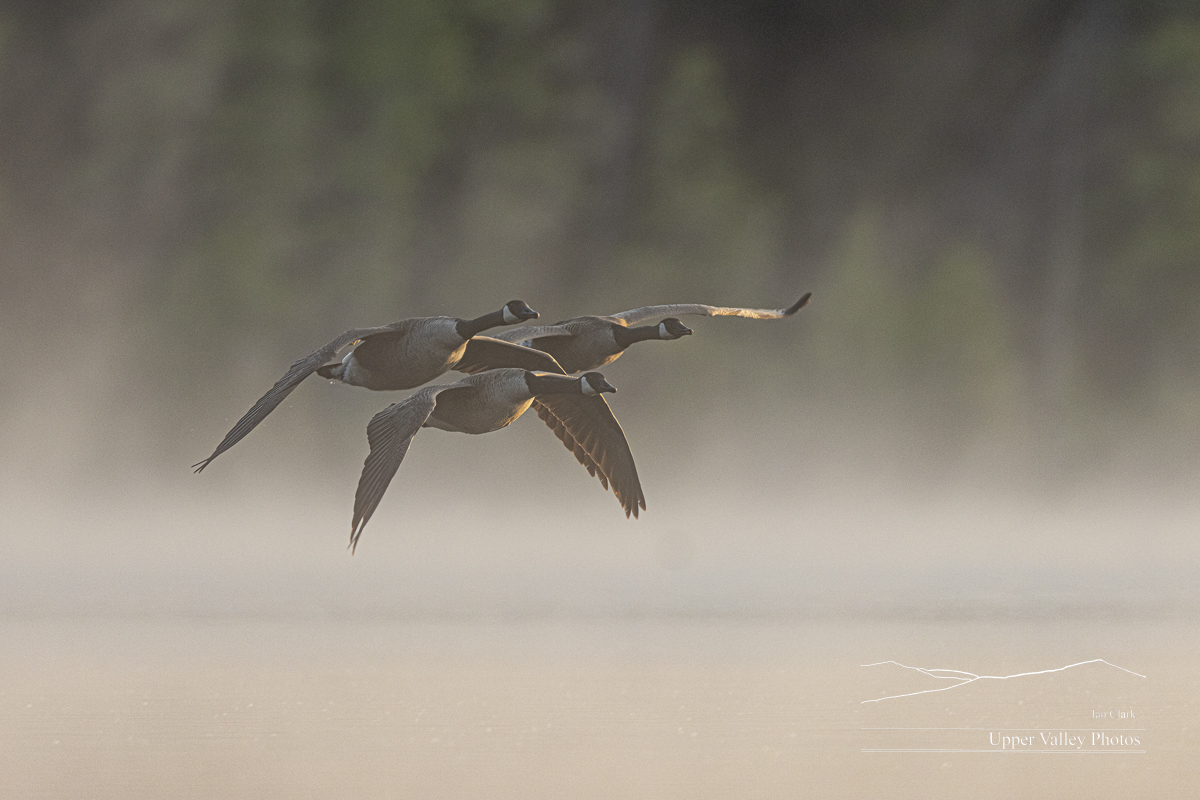


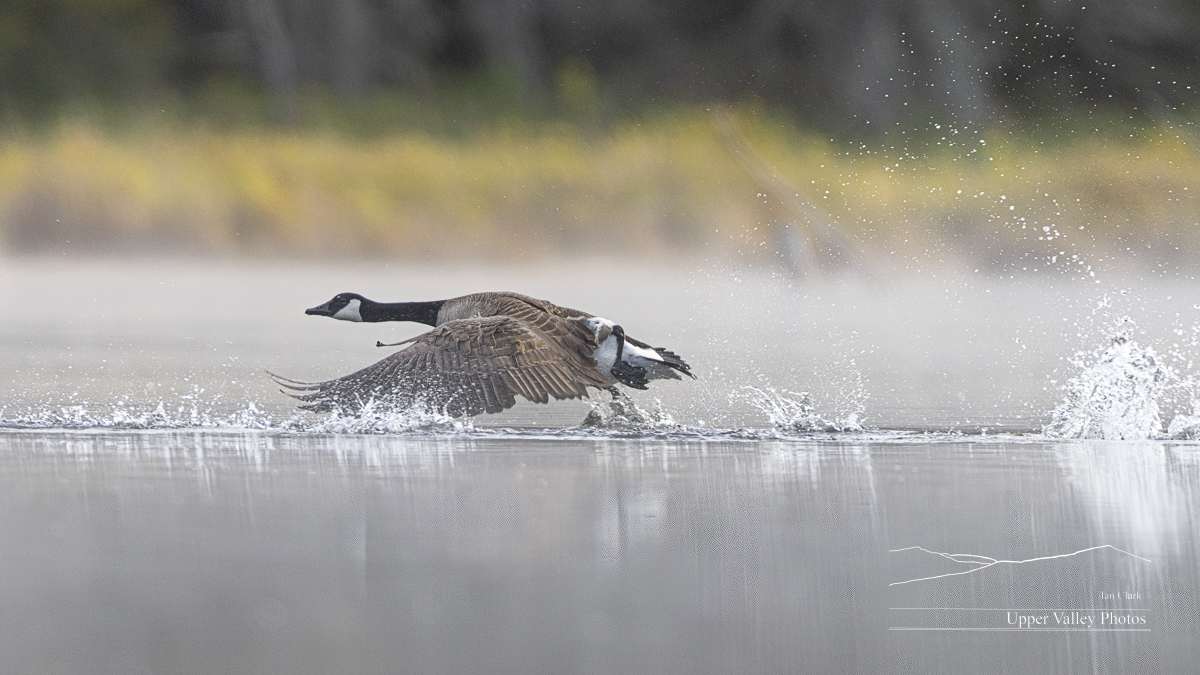
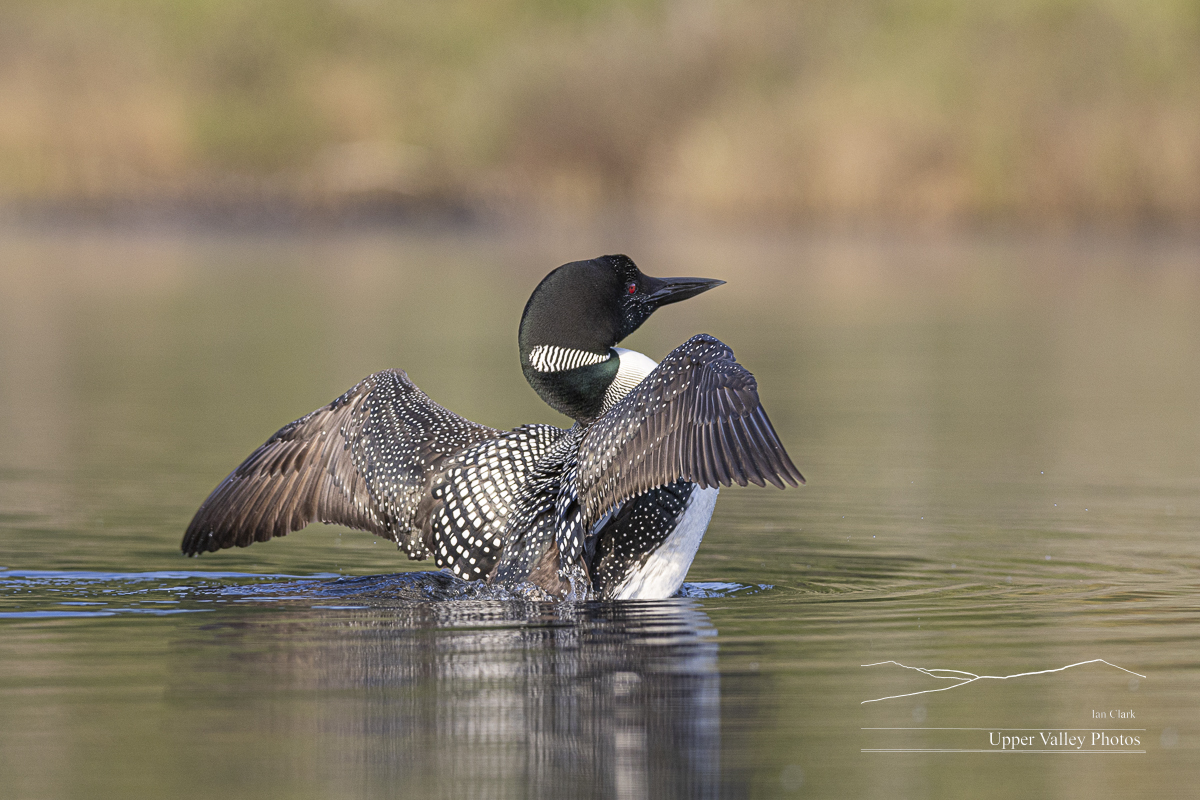
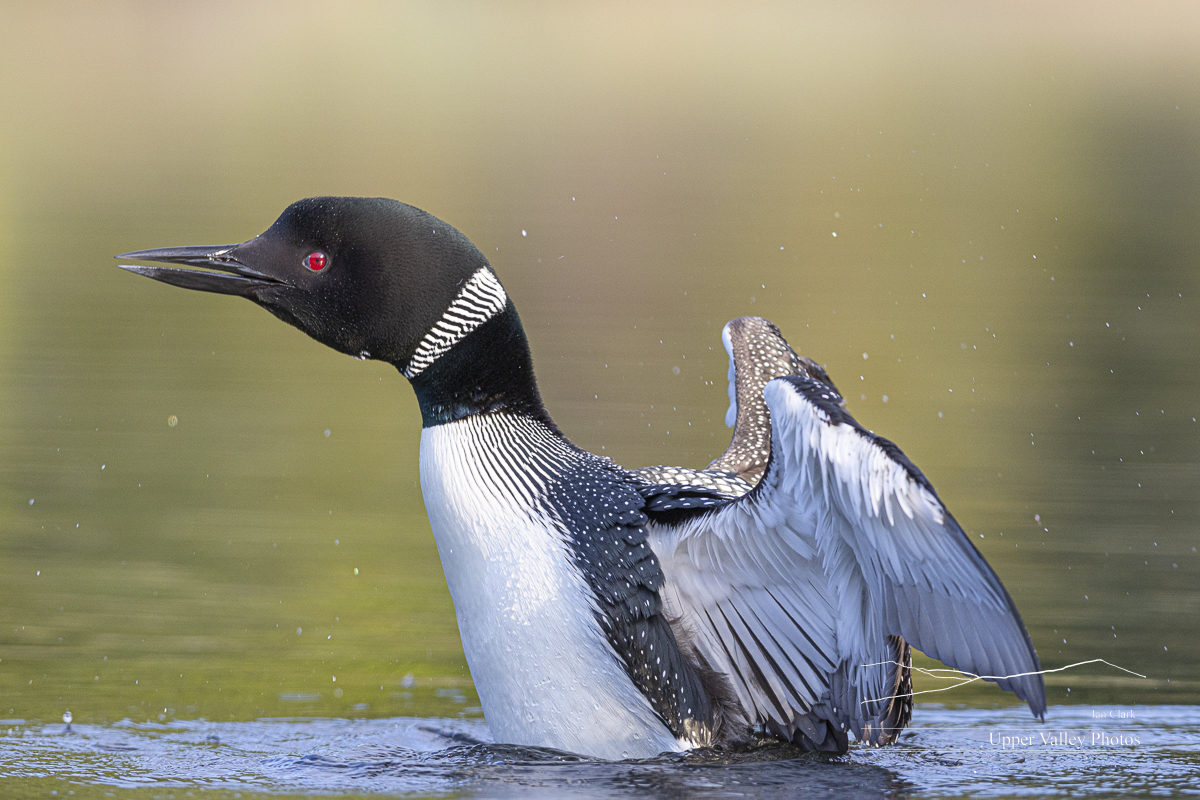

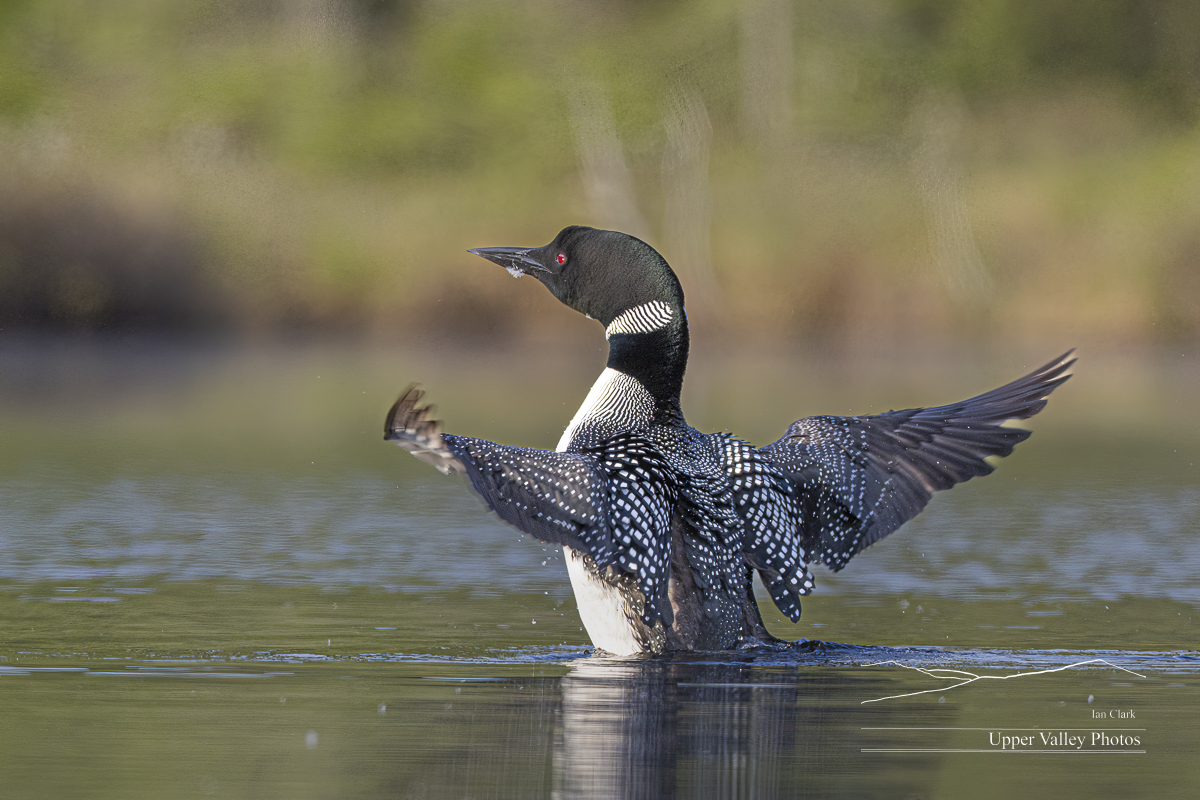
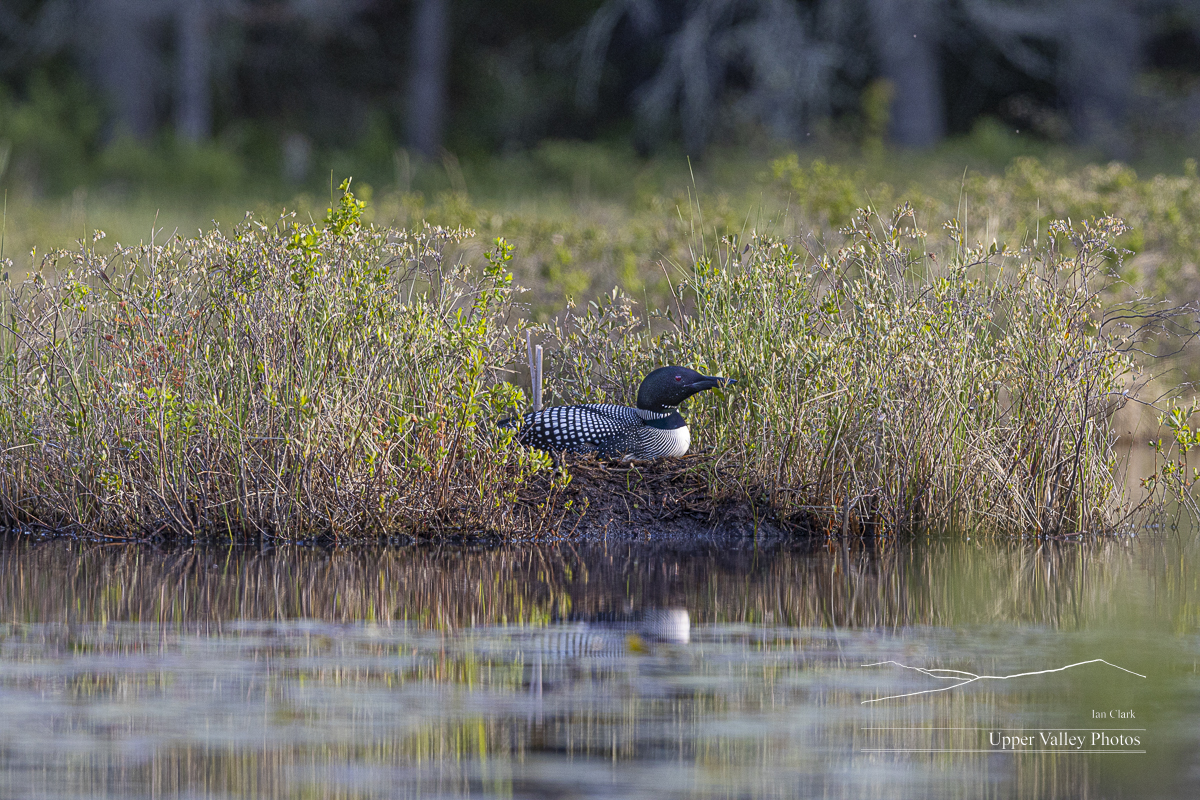
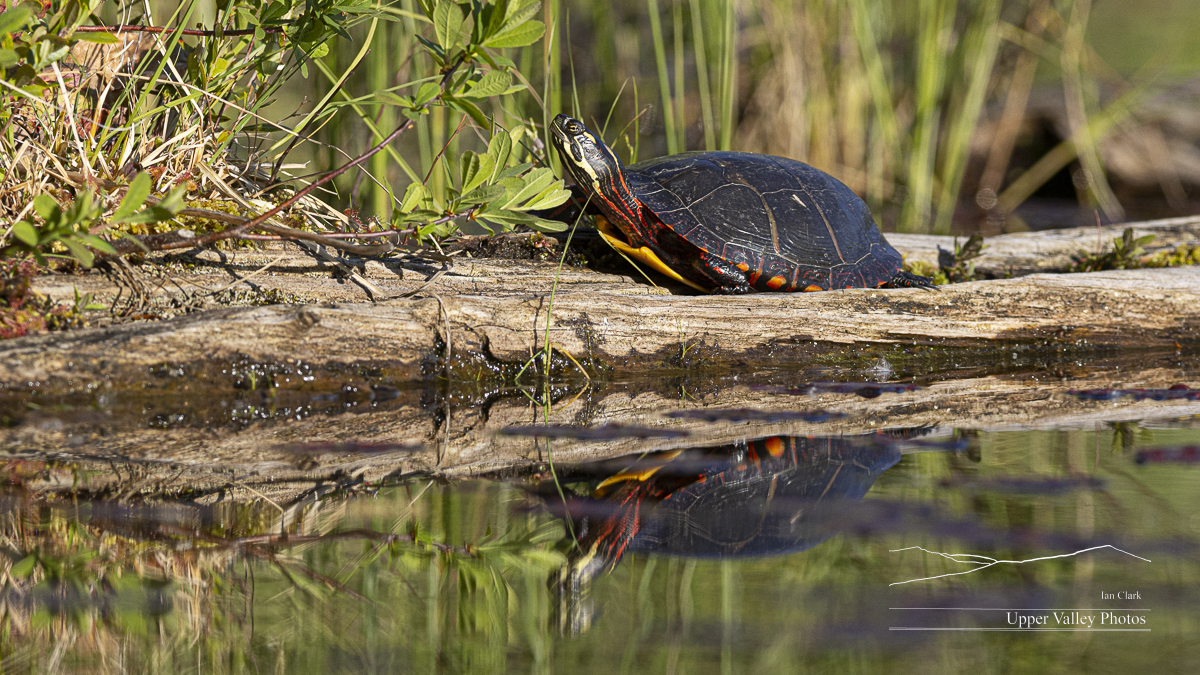
This handsome fellow was out celebrating World Turtle Day today. As good a reason to go wild as any!
It will be next week before I get a chance to get back to check on them. I’ll let you know what I find. Enjoy the holiday weekend and please remember the U.S. military personnel who gave their lives to protect us
